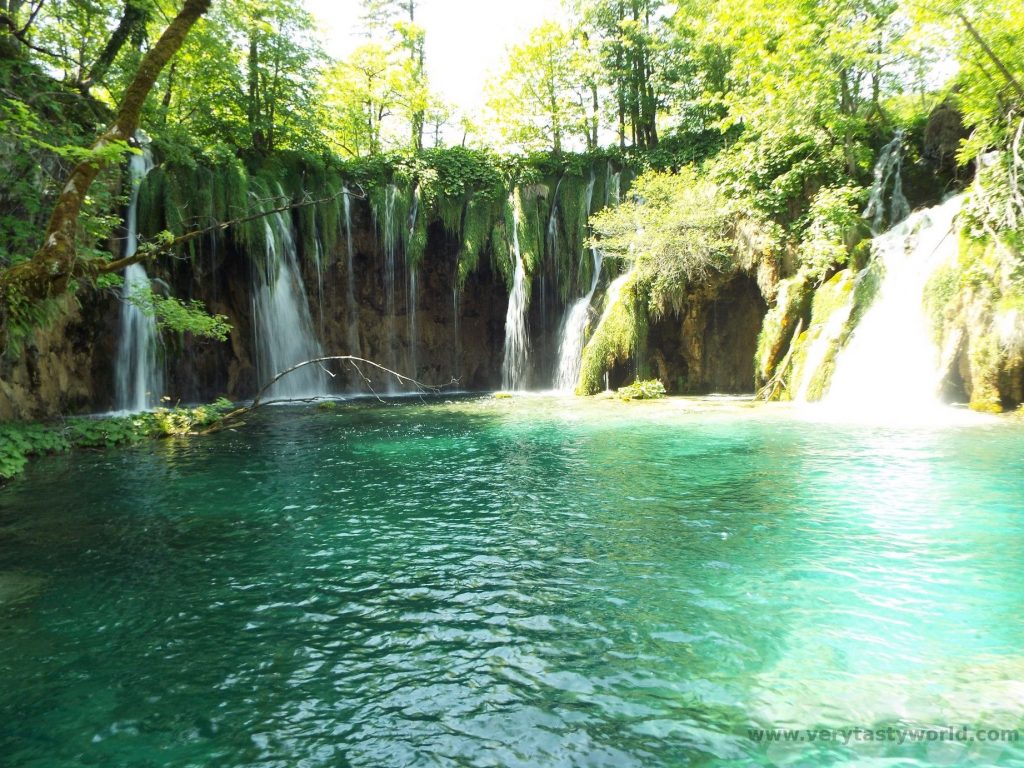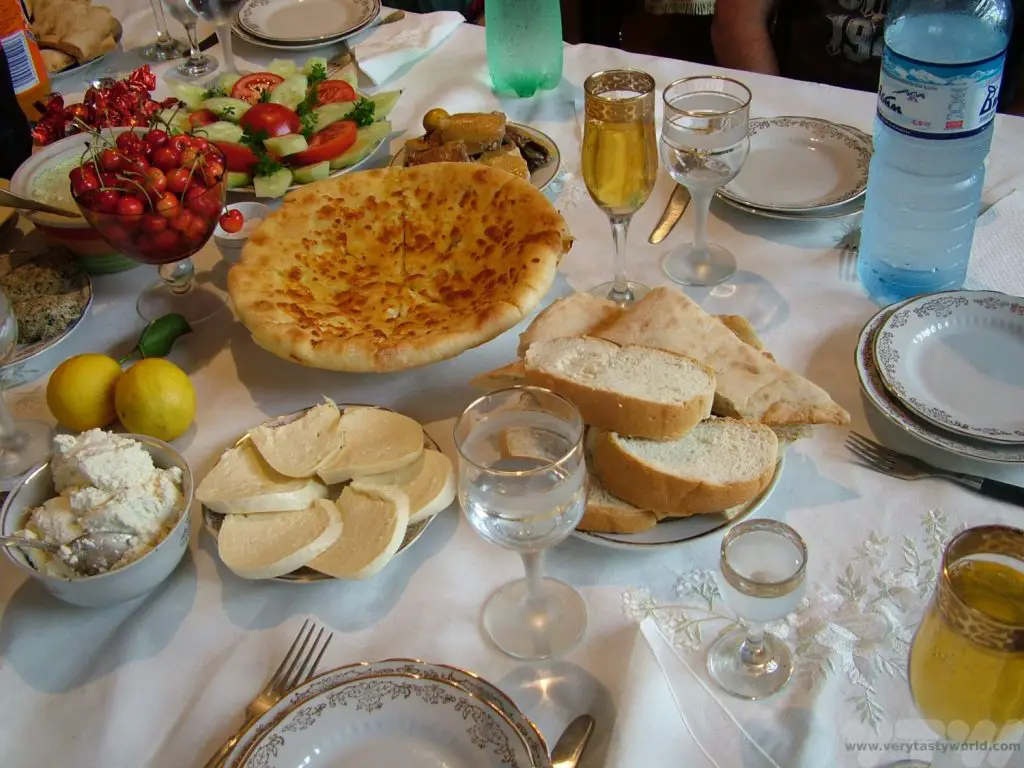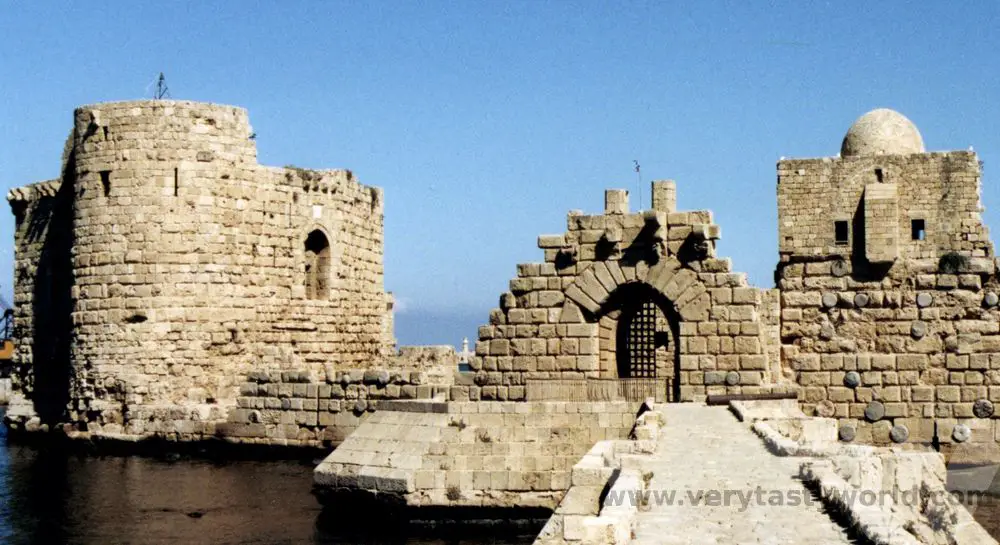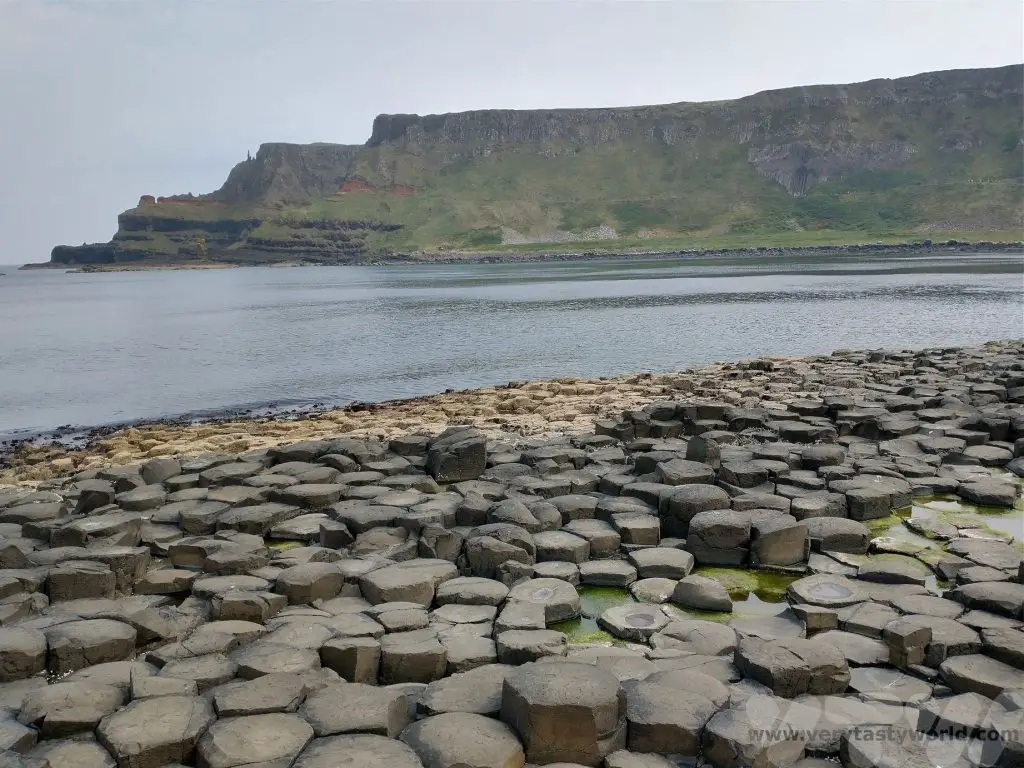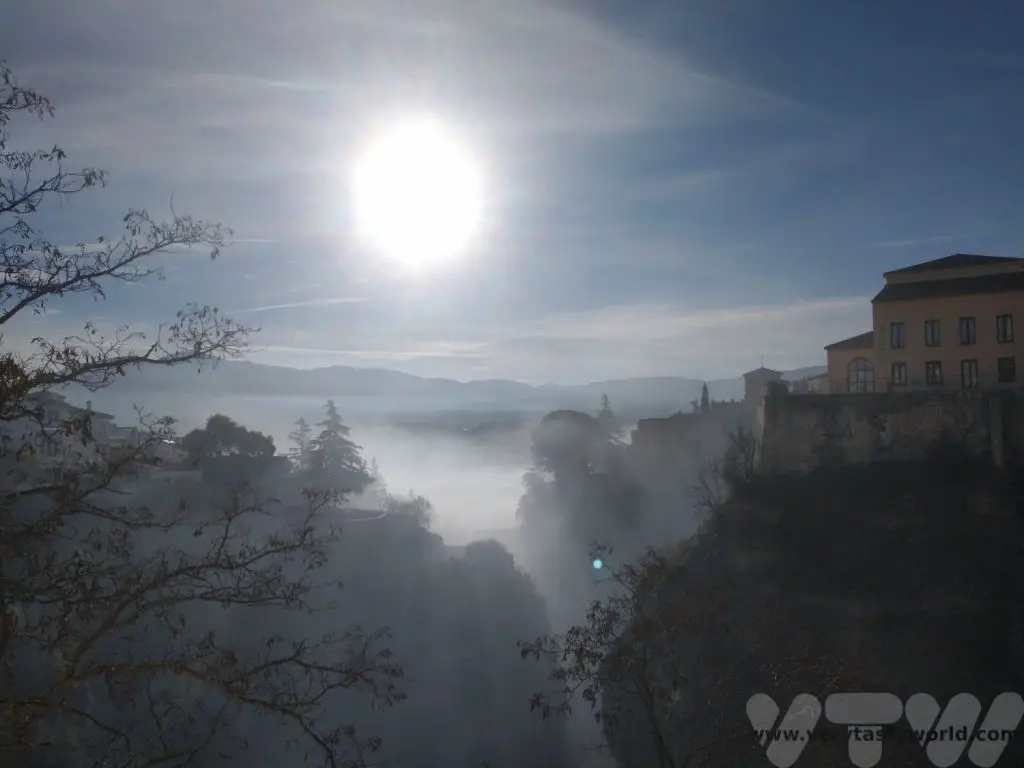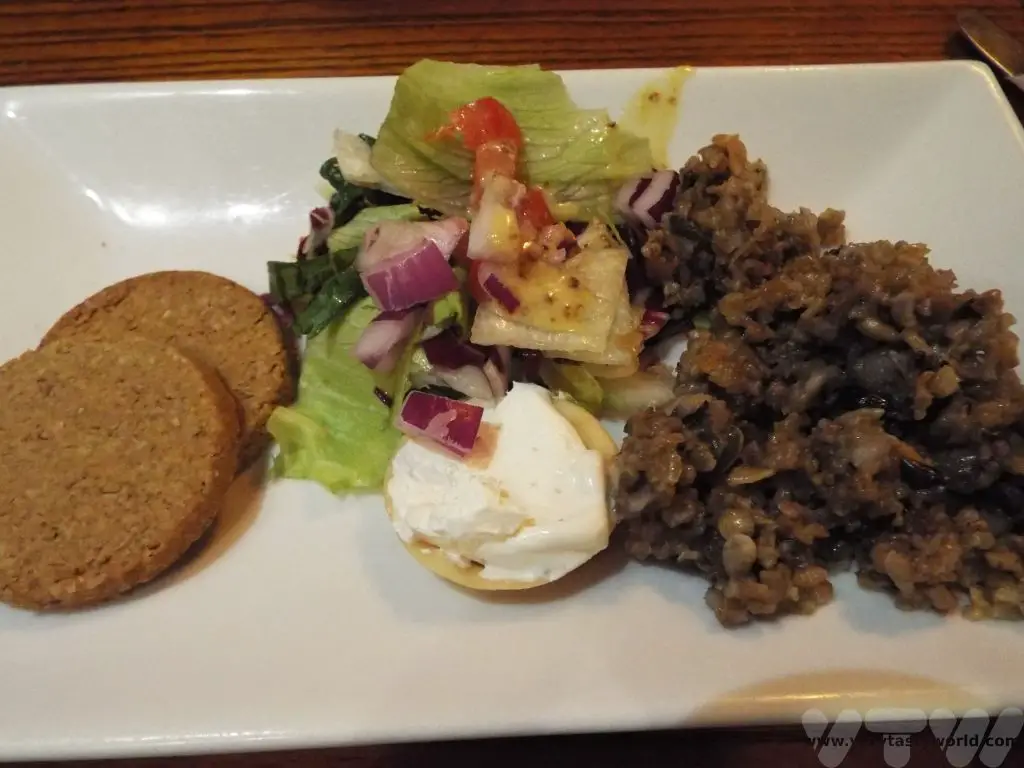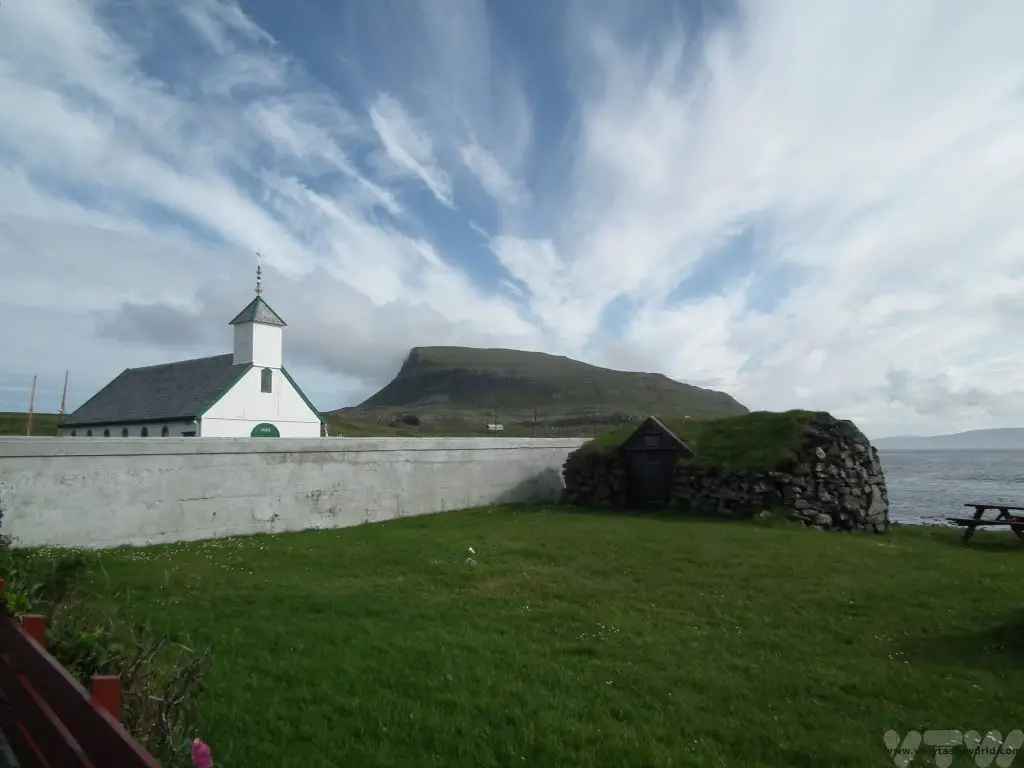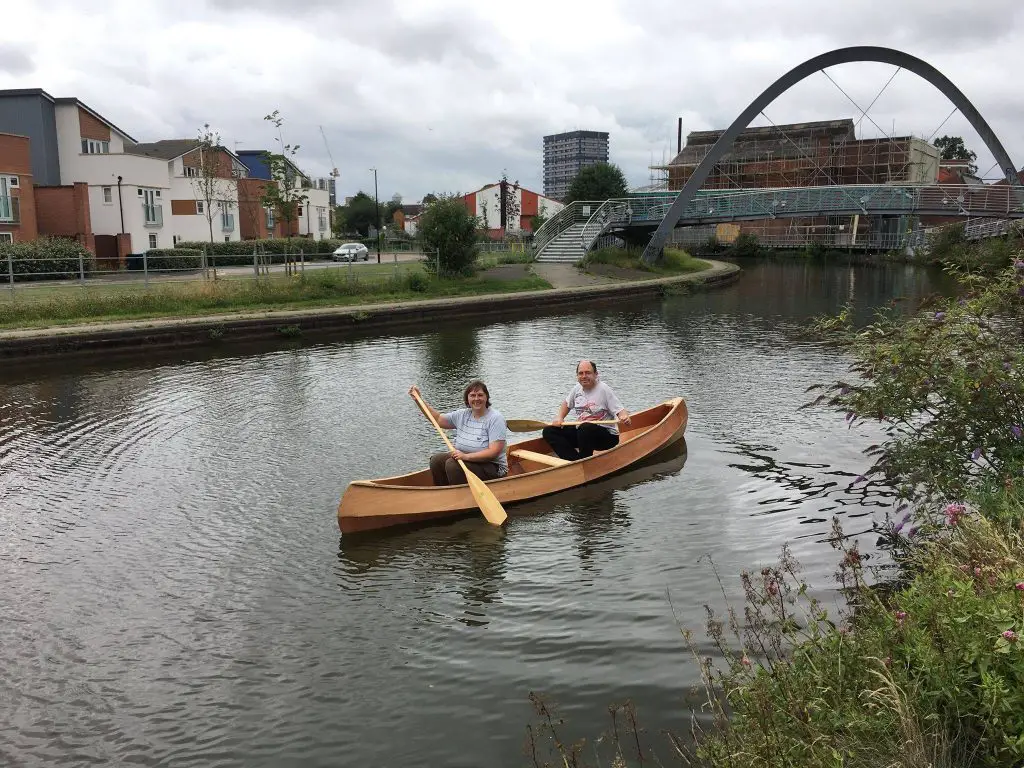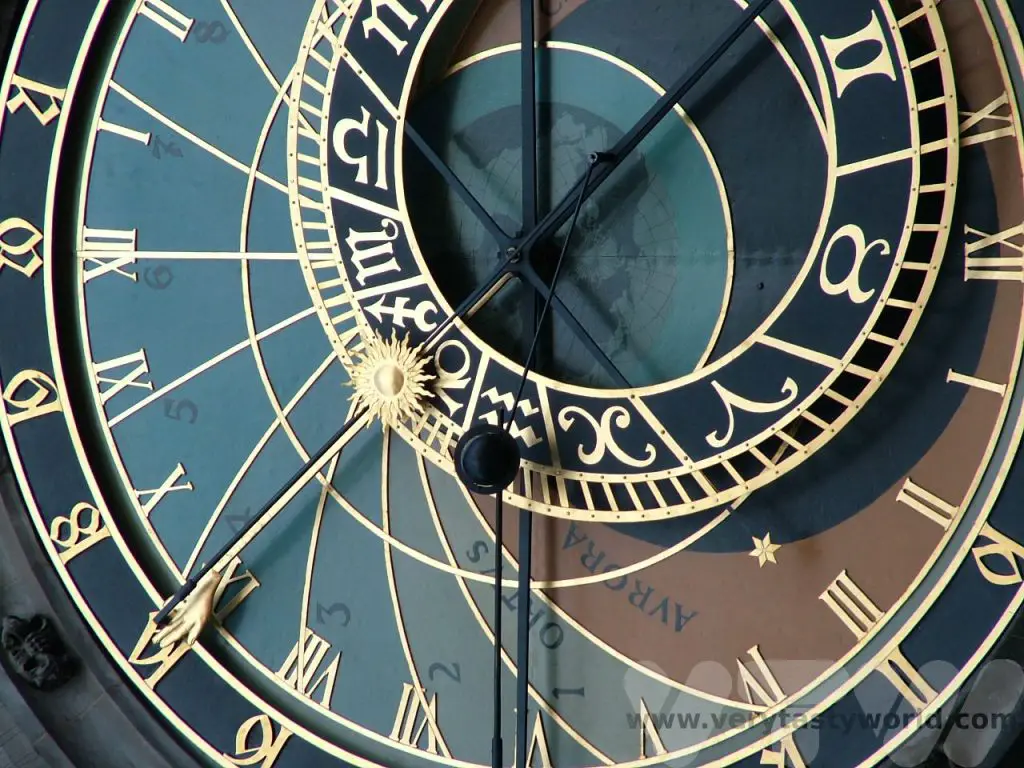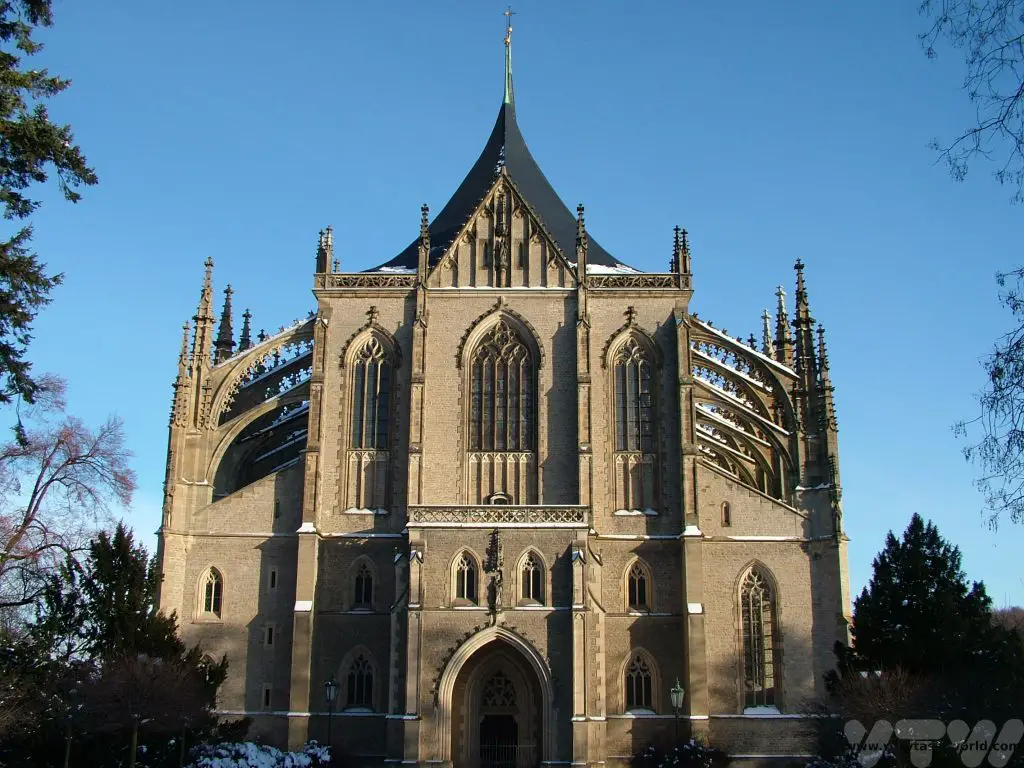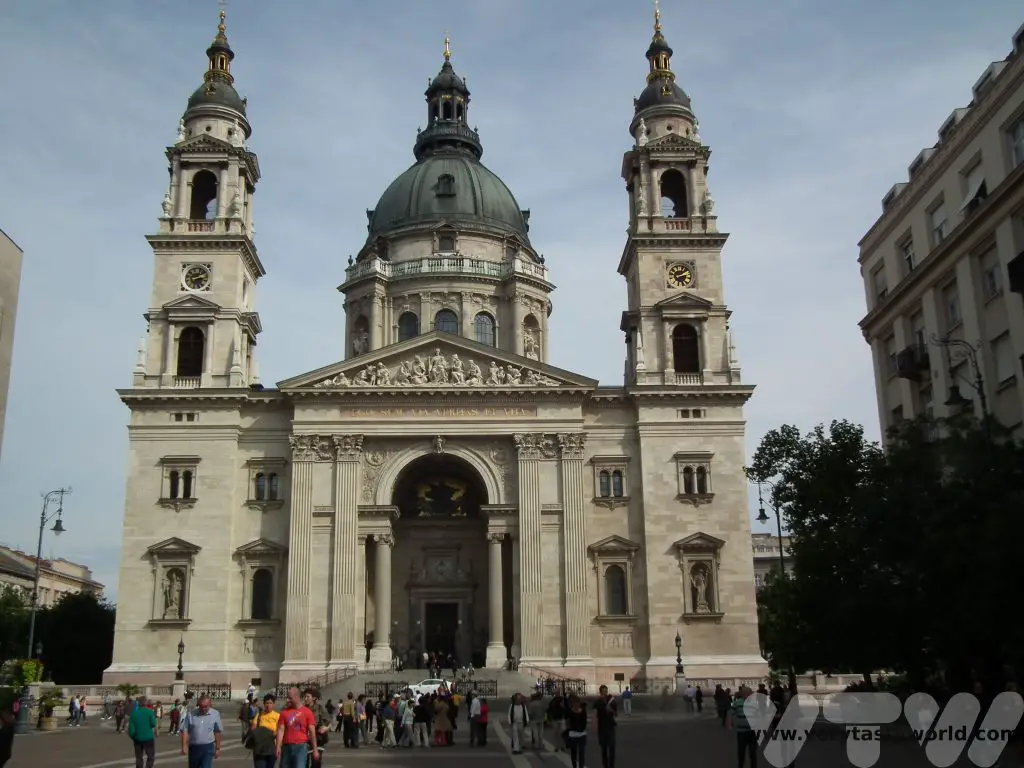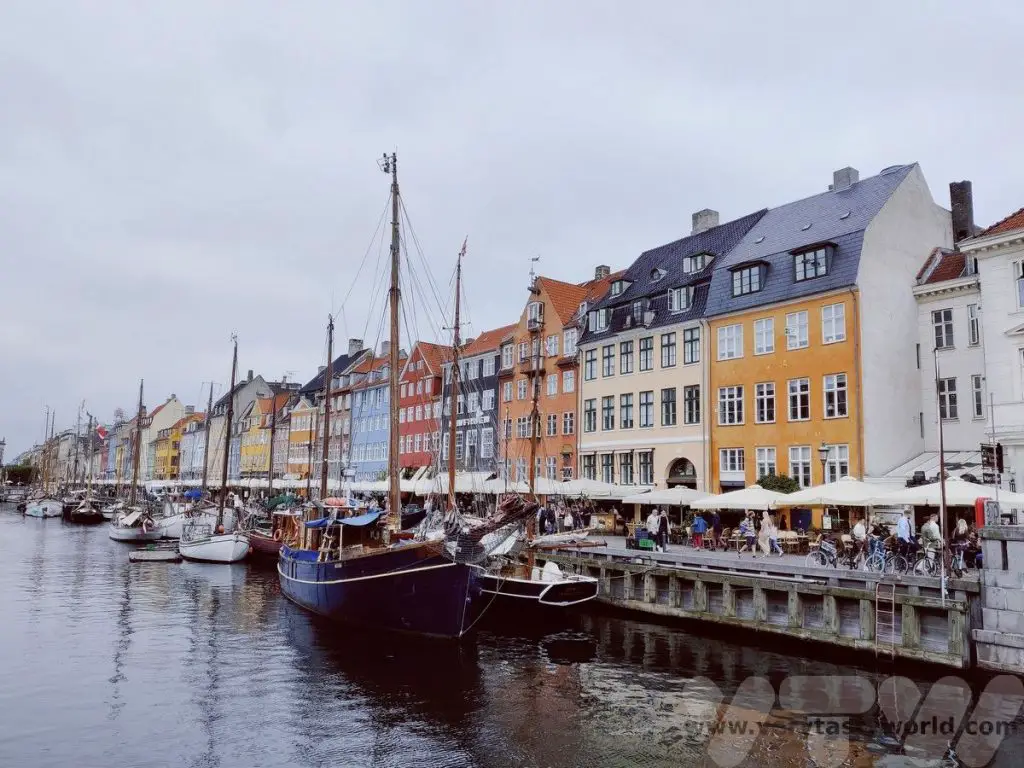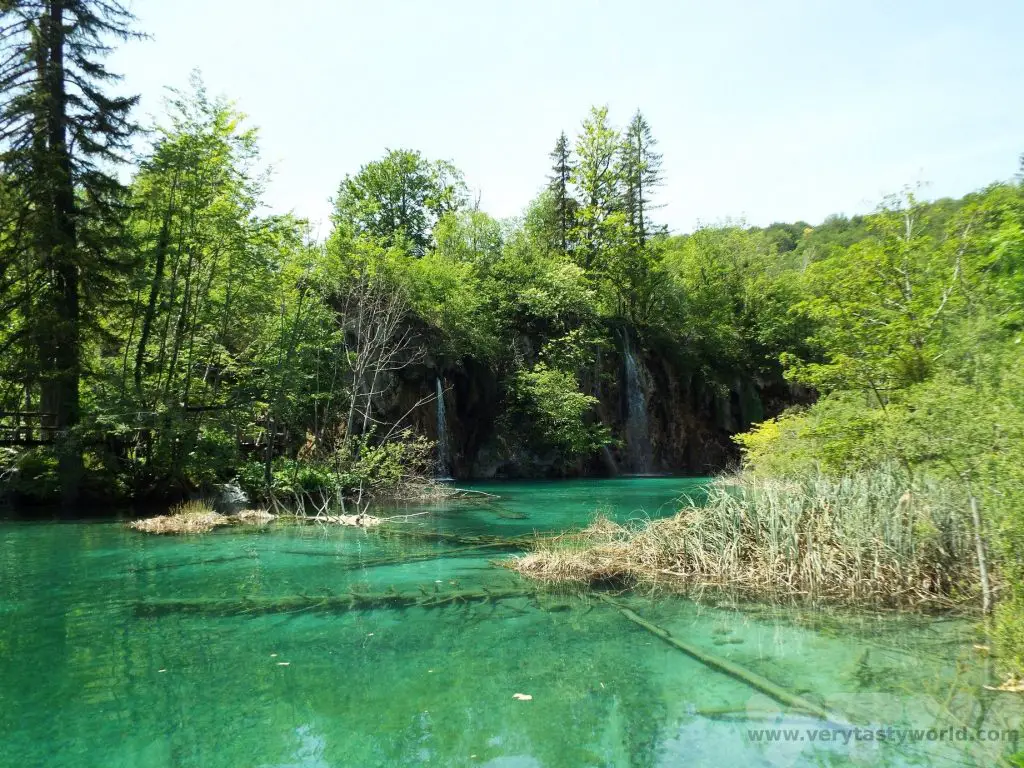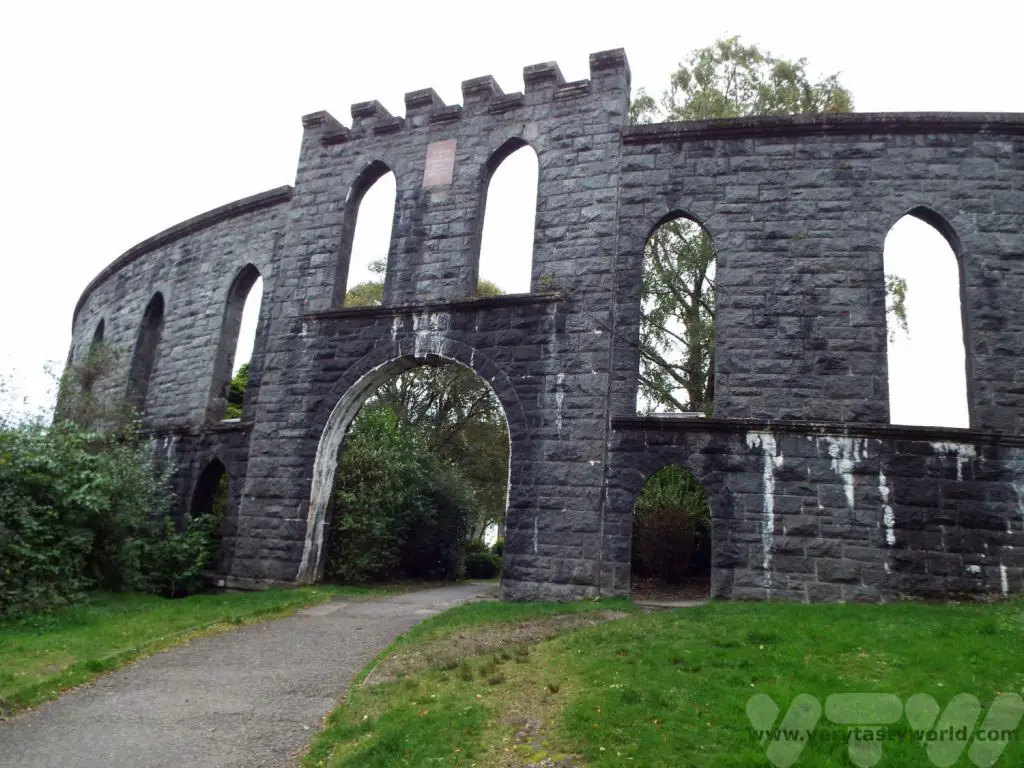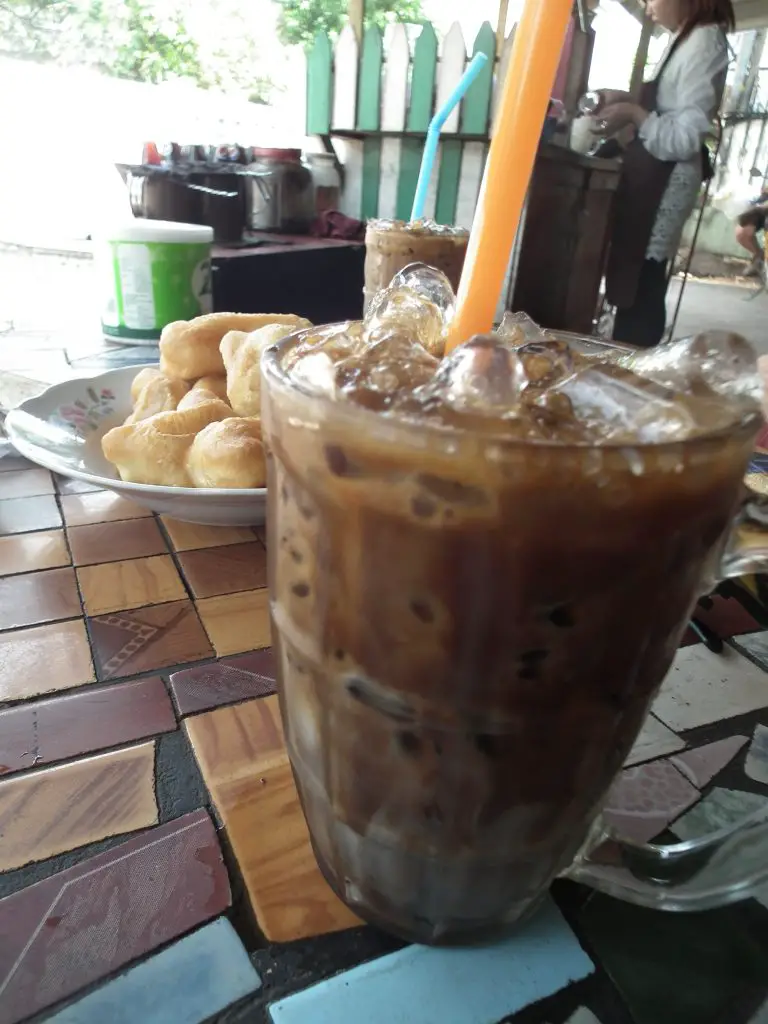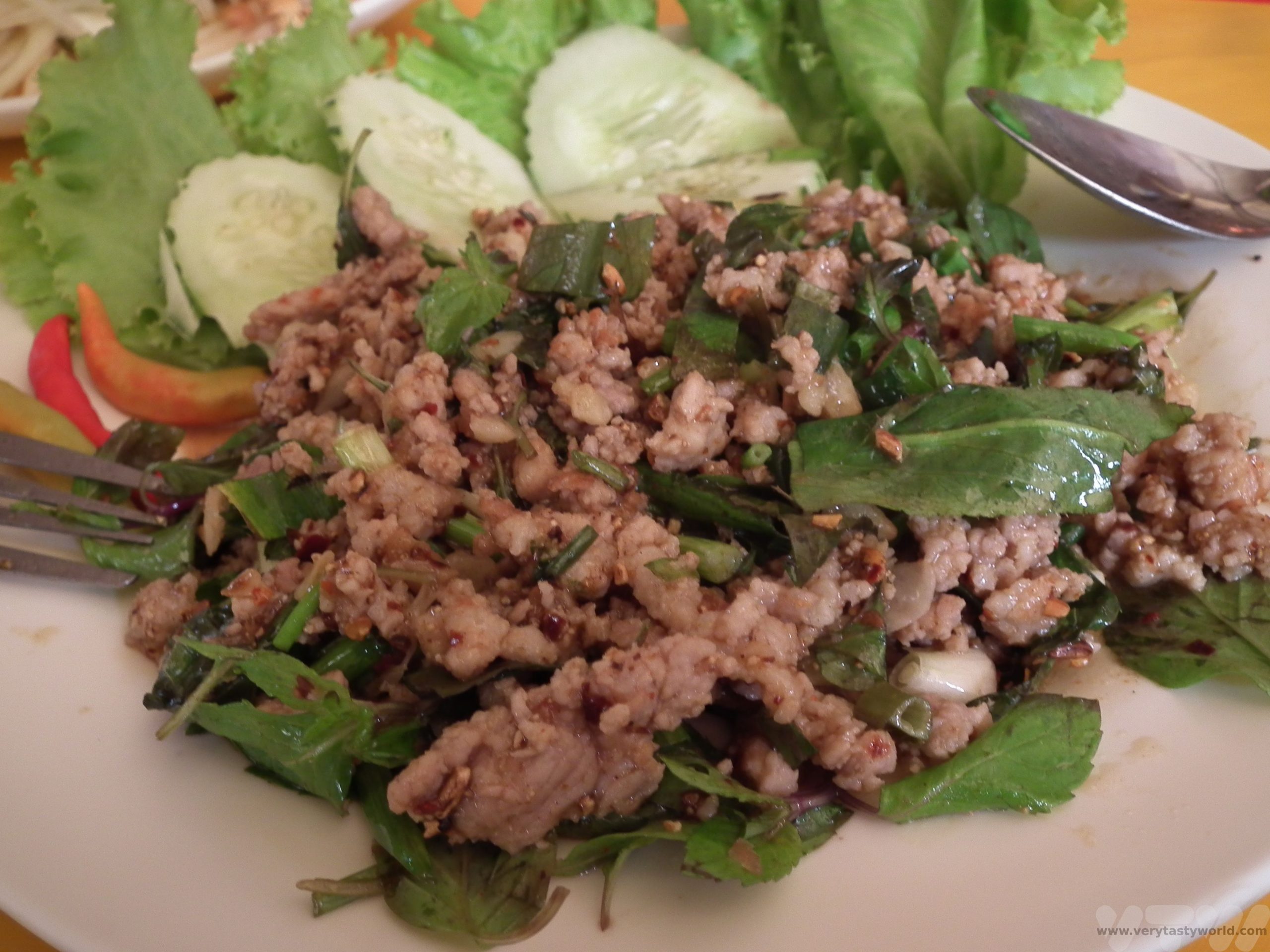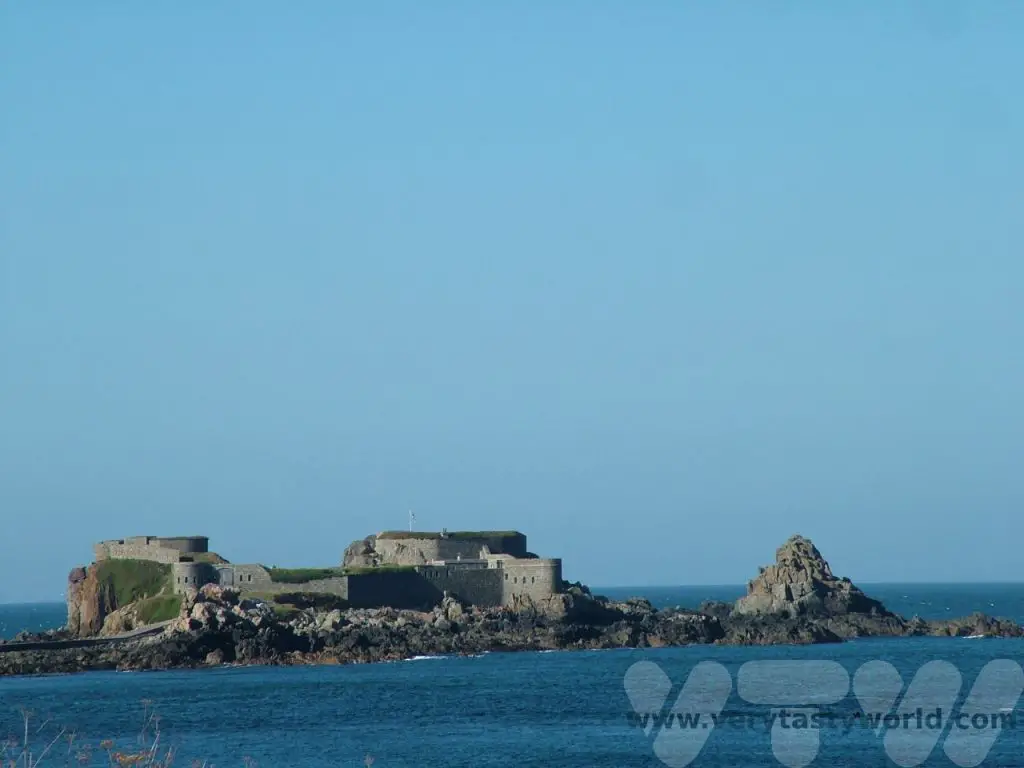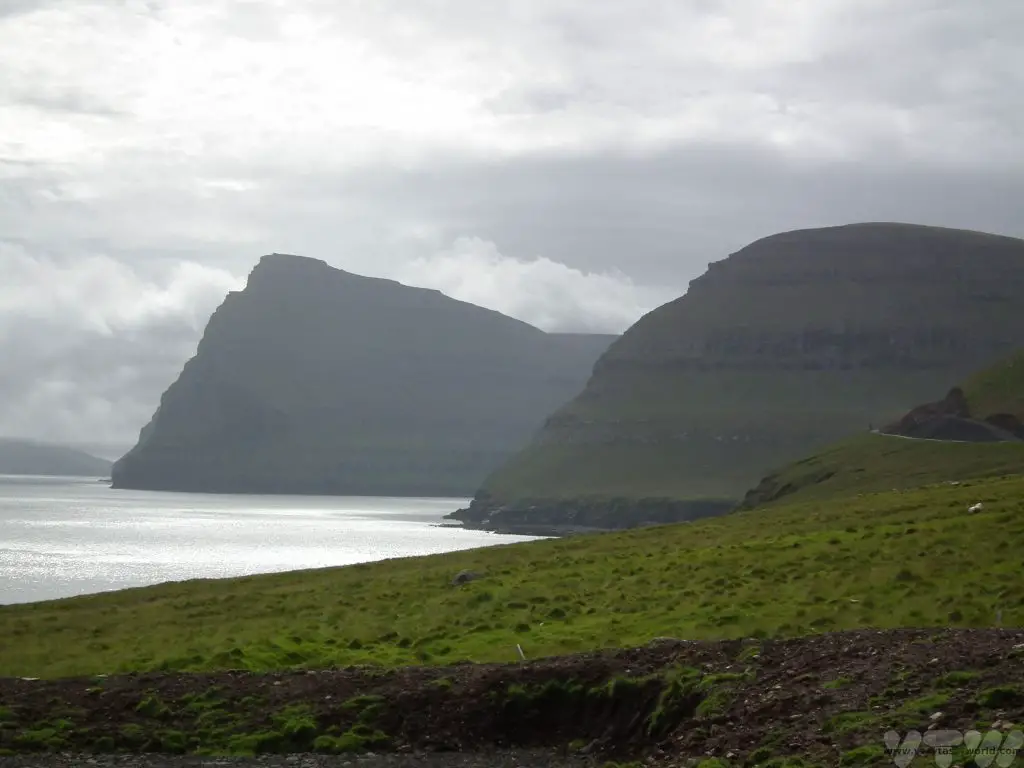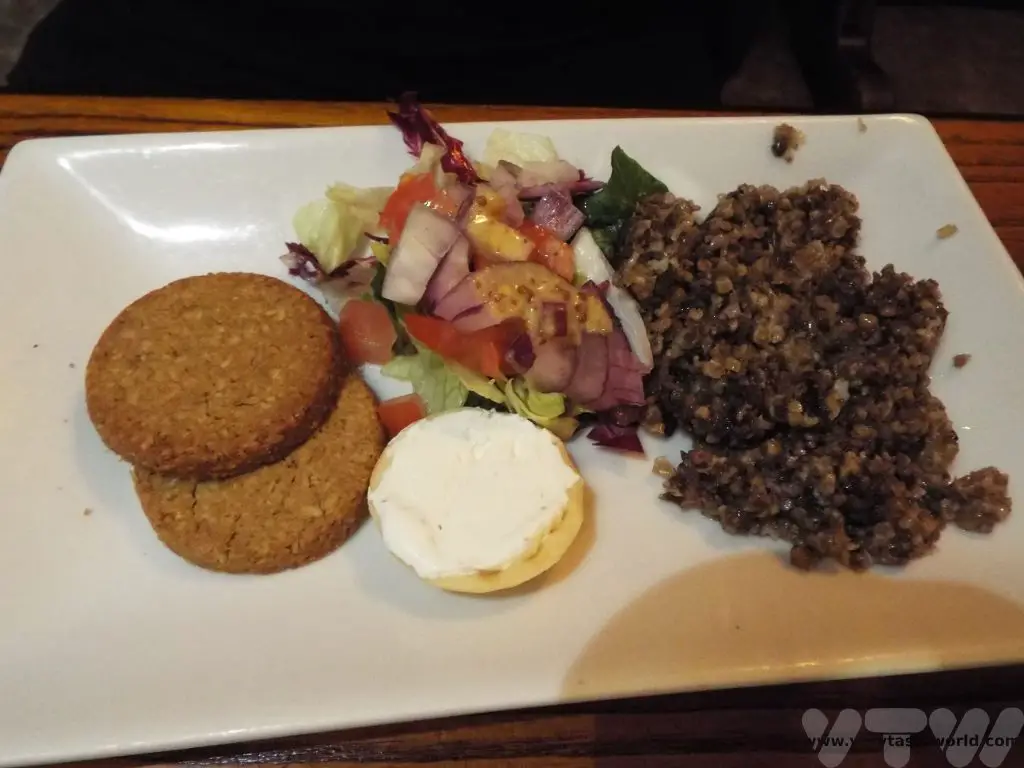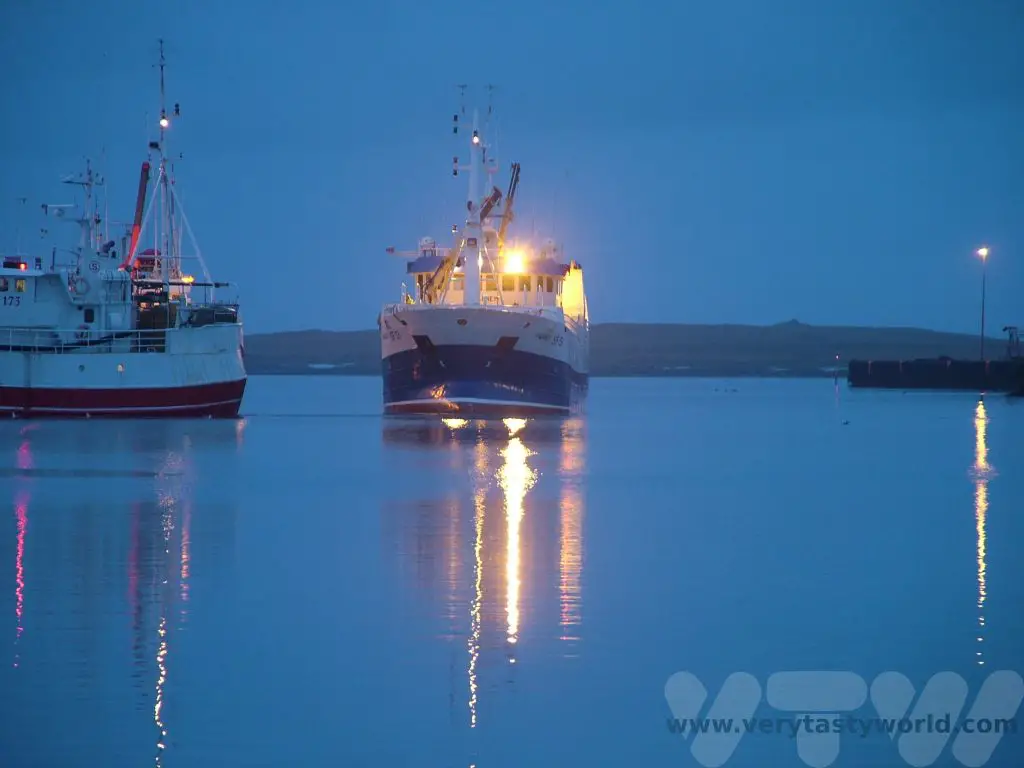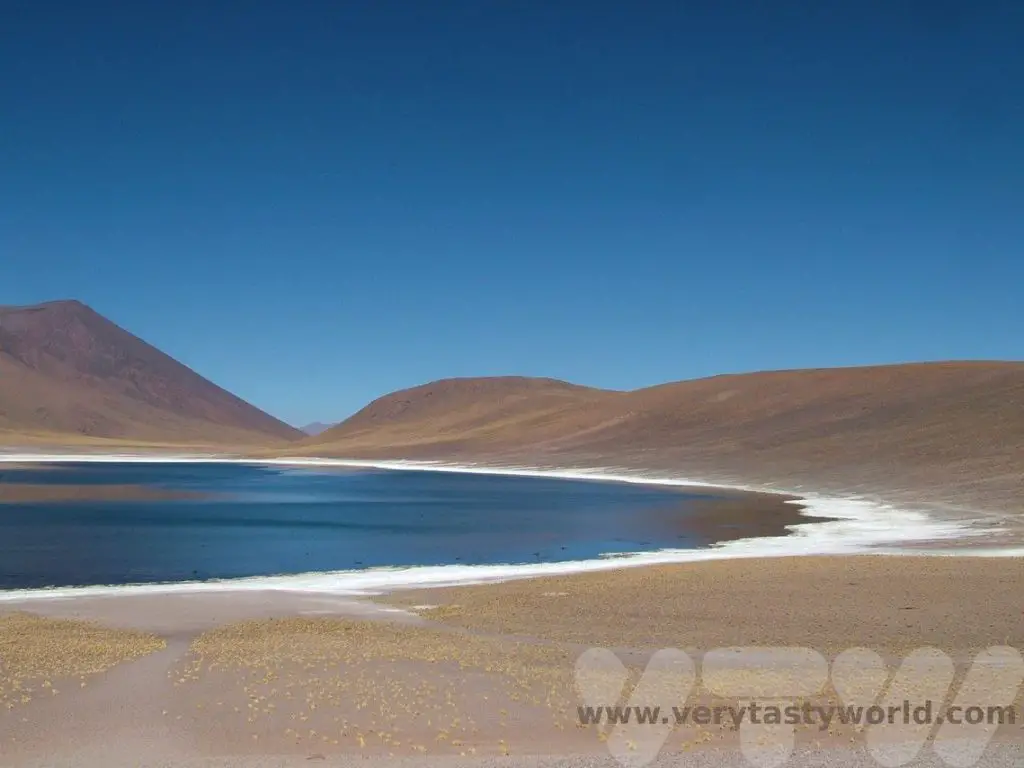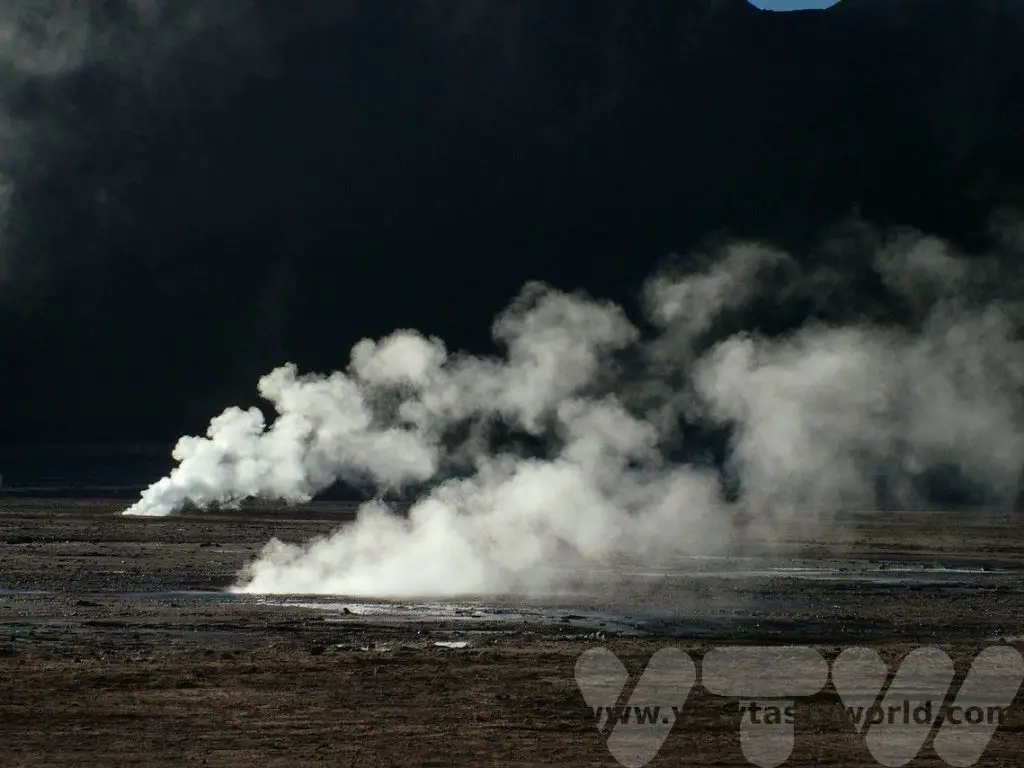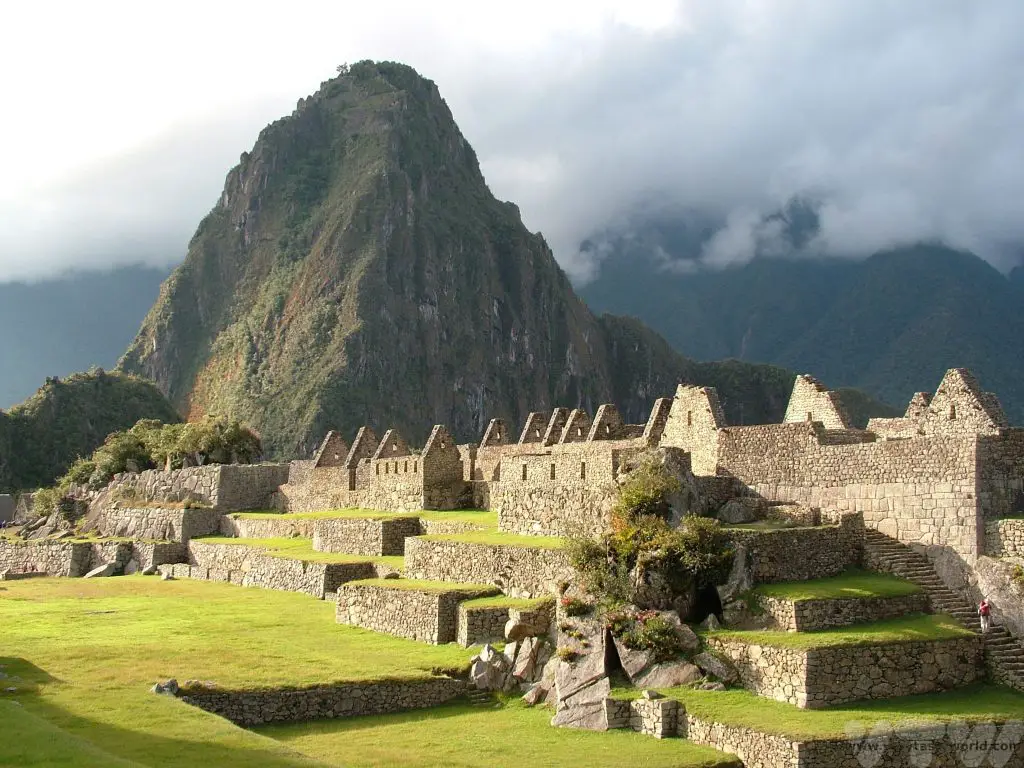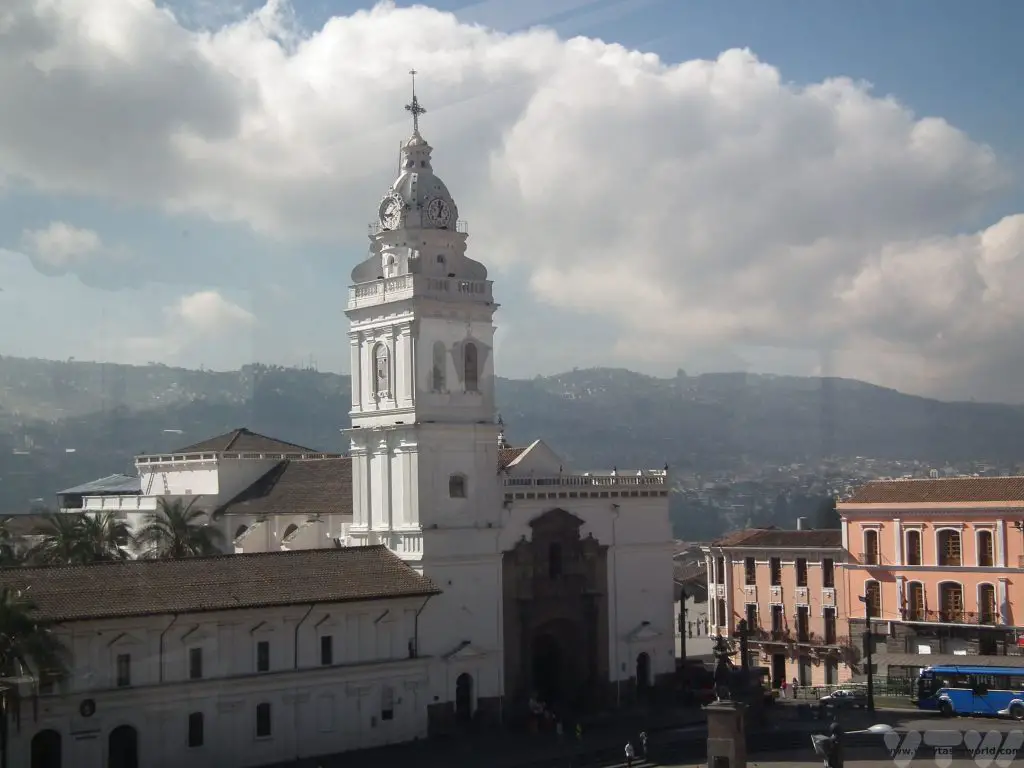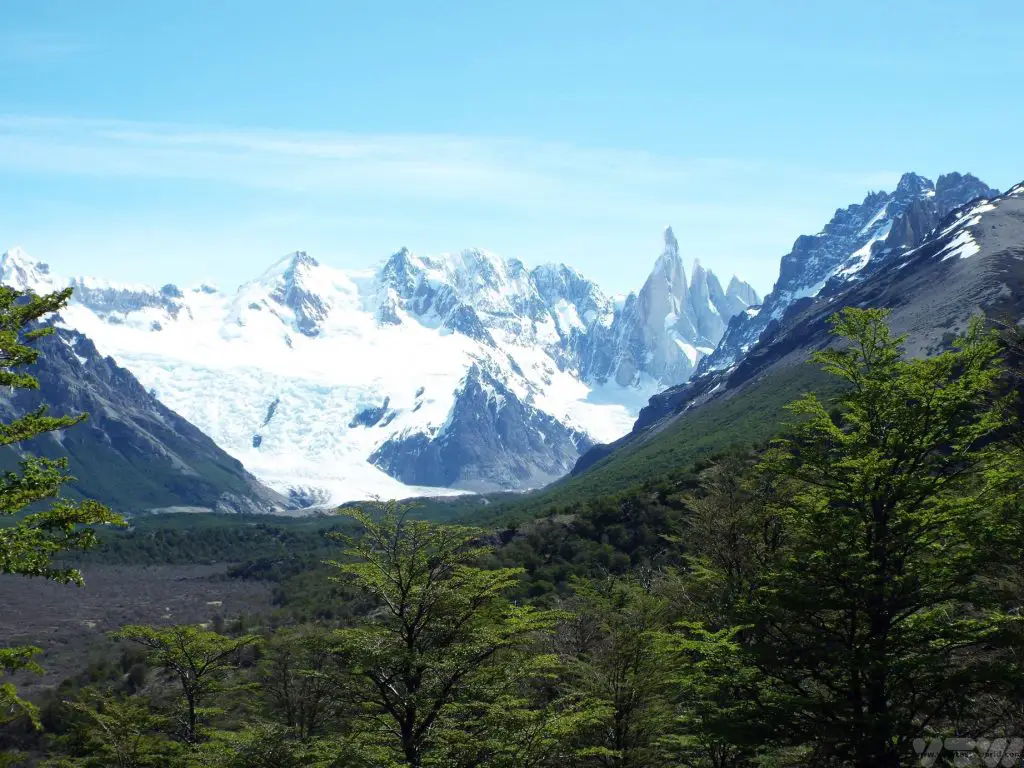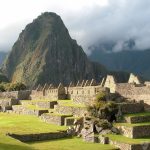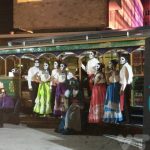Is Sarajevo Worth Visiting?
Sarajevo is the capital of Bosnia and Herzegovina. It is situated inland and lies in the valley of the Miljacka River in the Dinaric Alps. We visited this lively and cosmopolitan city as part of a road trip though Bosnia and Croatia.It takes a couple of hours to reach there from Mostar and an hour or so from Travnik and Konjic. So is Sarajevo worth visiting? The answer is an emphatic yes! It’s a lovely city with a fascinating history as well as plenty of things to see and do.
Driving in Bosnia is generally a pleasure, but is quite slow in the countryside. The closer you get to Sarajevo the wider and faster the roads become. Driving in the city itself isn’t too difficult either, the traffic was busy but not overwhelming, but make sure you have practiced your hill starts if you’re driving a manual transmission car – the suburbs are very hilly and some of roads are quite narrow.
Welcome to Sarajevo
A walking tour is a really good way to discover a new city, it’s a great means of finding your bearings and discovering places to explore in more depth. Local guides are also a useful resource for getting recommendations for places to eat and drink. We spent our first morning on a walking tour with a small group of international visitors who were also keen to discover what Sarajevo had to offer.
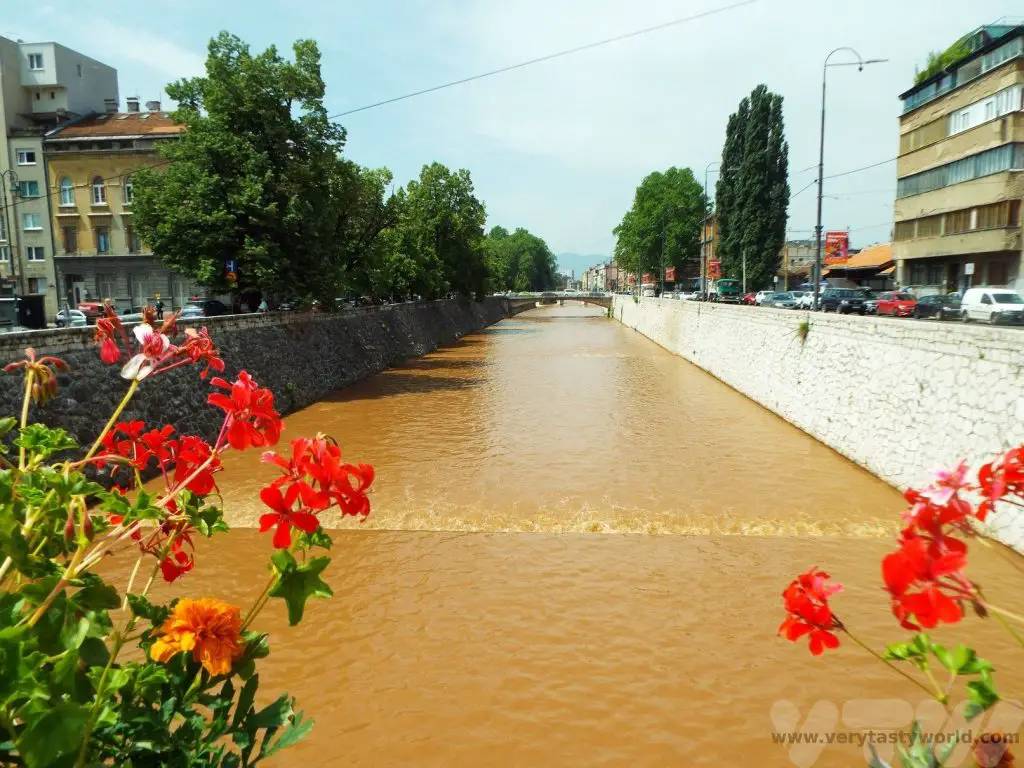
When we first met the guide he asked us, “can you tell me anything about Sarajevo?” Sadly, the only things we could think of were negative – the siege of Sarajevo during the Bosnian War in the 1990s and the shooting of Archduke Franz Ferdinand which led to the commencement of the First World War. Our guide acknowledged that Sarajevo has had more than its fair share of world history, but also that it hosted the Winter Olympics in 1984, which was a positive thing. And he also pointed out that Sarajevo is a hugely multicultural city with a rich history.
Our walking tour started in the old town. On the pavement of Ferhadija there is a plate bearing an inscription:
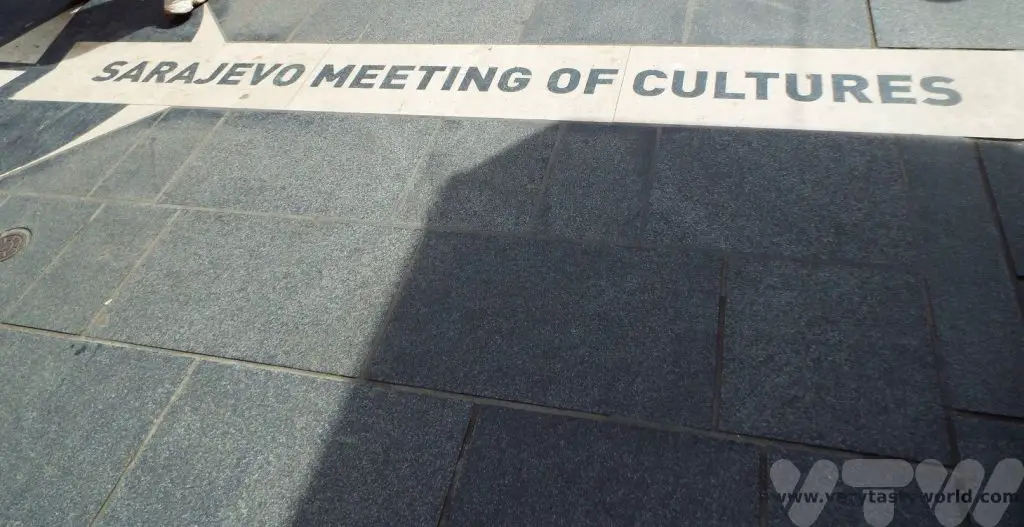
This represents the boundary between the old (Ottoman) and new (Austro-Hungarian) parts of the city. The walk conveniently followed the history of Sarajevo.
Sarajevo’s Ottoman Old Town
Although there had been settlements in the area, Sarajevo as we know it was founded during the Ottoman empire in 1461 by Isa-Beg Ishaković, who constructed a number of buildings including mosques, a market and bath houses.
It was Gazi Husrev-beg, governor of the Sanjak of Bosnia in the mid 16th century, who developed the city and enabled it to thrive. Importantly, he recognised Sarajevo’s strategic importance along trade routes and set up free accommodation for traders passing through the city. It reflected the hospitality of the time but also ensured that the area flourished. The old city has a large covered marketplace and several mosques.
The city’s clock tower was an important building. It tells the time in an unconventional way – when the hands are at midnight this denotes the time of sunset. This would have been an important way for Muslims observing Ramadan to know when they could start eating.
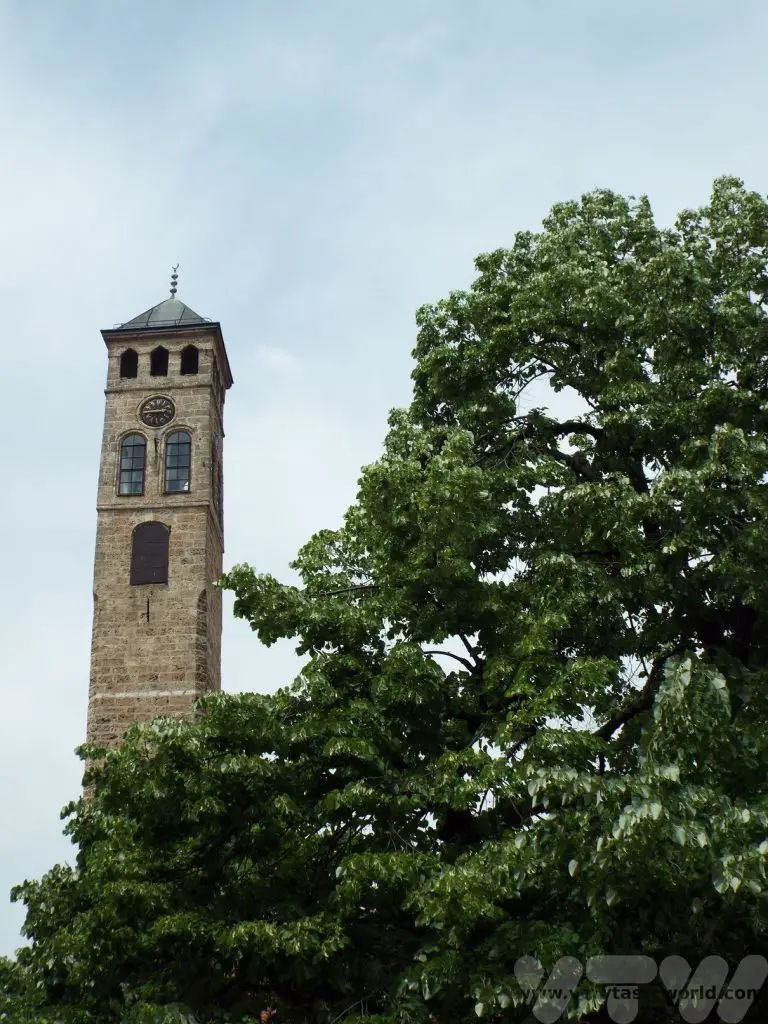
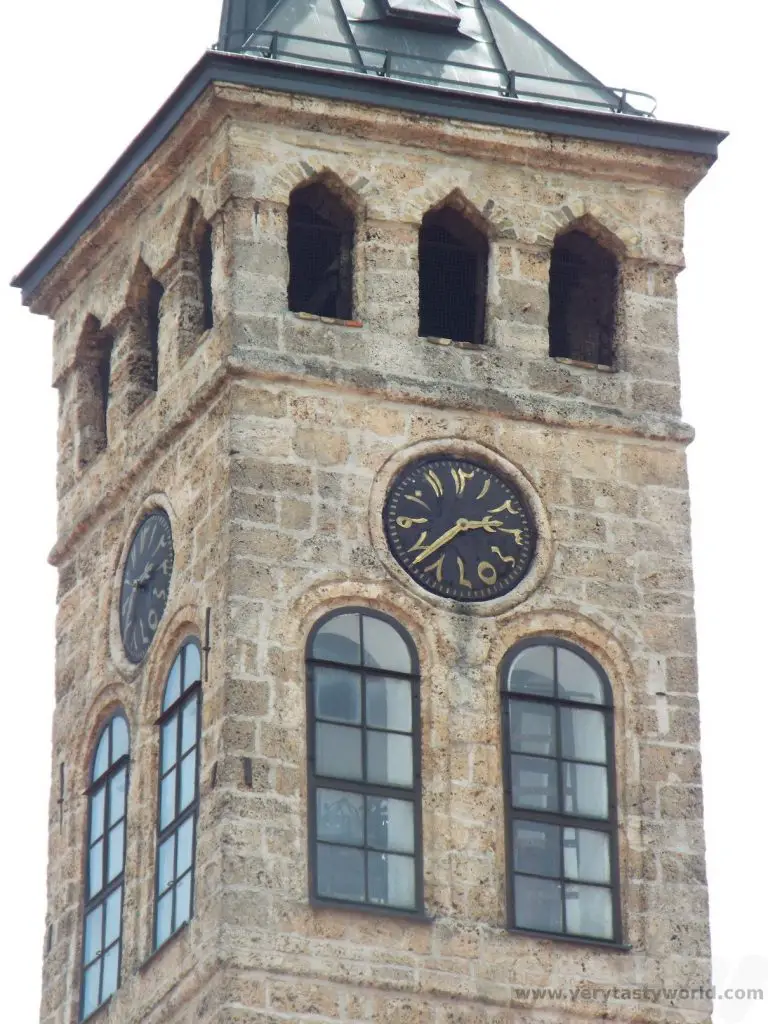
Of course, sunset occurs at a slightly different time every day, so the clock would have had to be changed manually. In addition, Sarajevo is a located in a steep valley, surrounded by mountains and the city has outgrown the clock. These days, a cannon is fired from the Yellow Fortress to mark an audible sunset alert for all Muslims.
Gazi Husrev-beg Mosque is dedicated to the city’s benefactor and was built in 1530. It is an impressive structure, highly decorated.
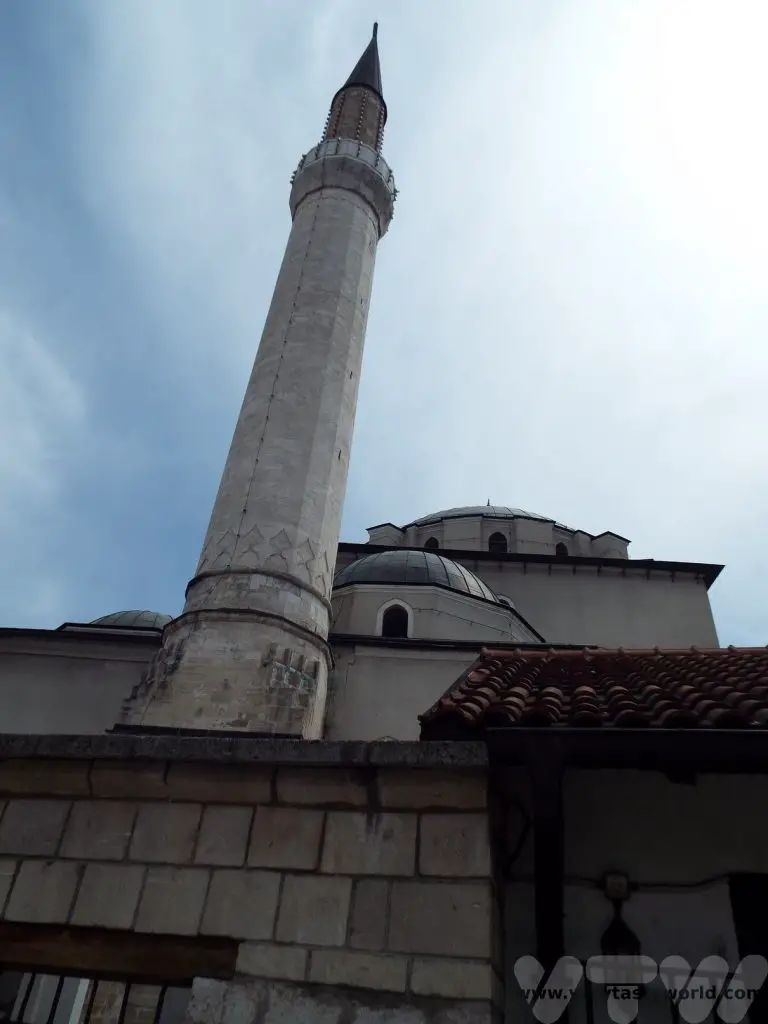
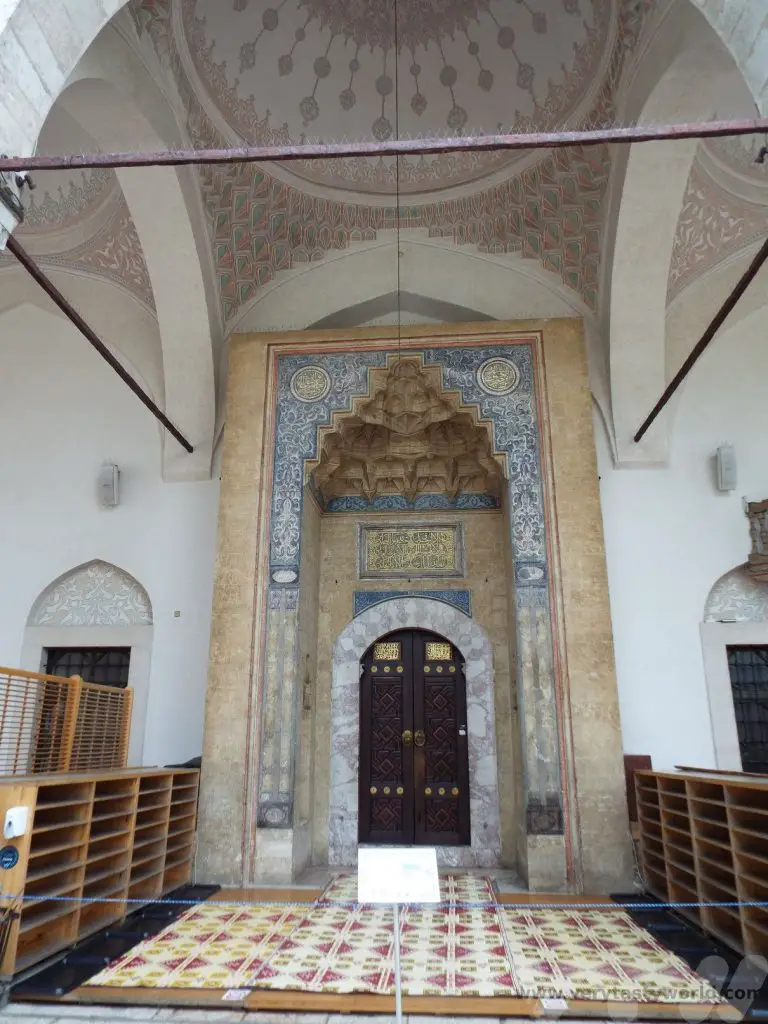
It is located next to the covered market, which still operates as a market, albeit with more touristy goods on offer these days.
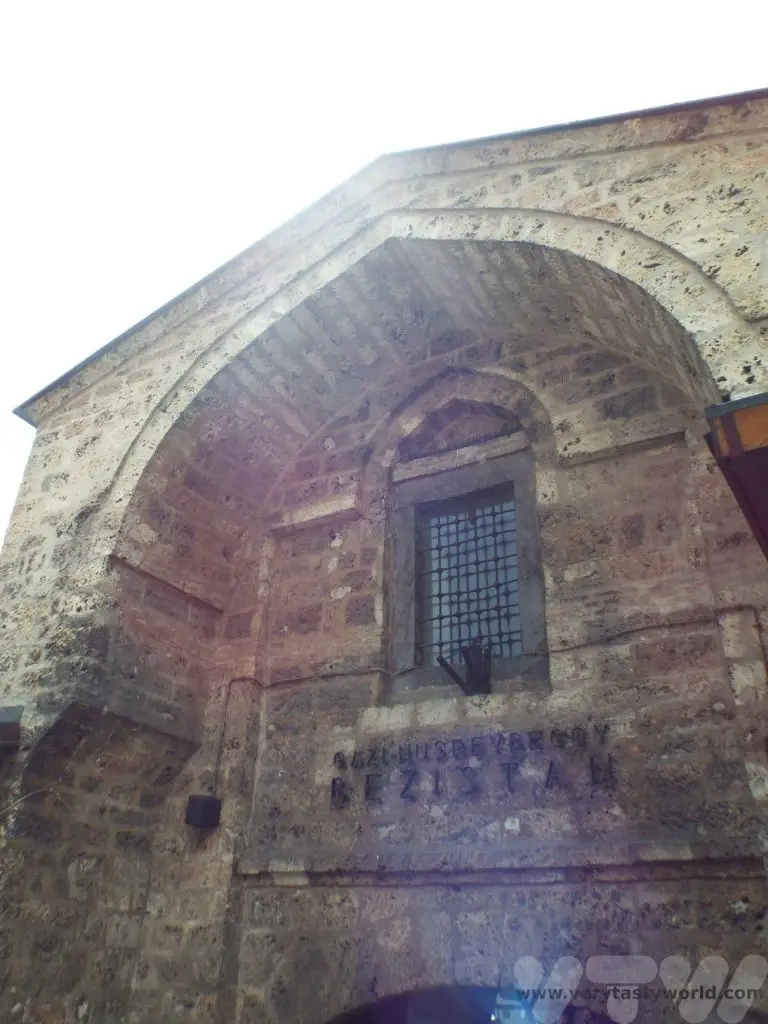
The complexity of the water system that was developed during Ottoman times can be seen in the ornate fountains.
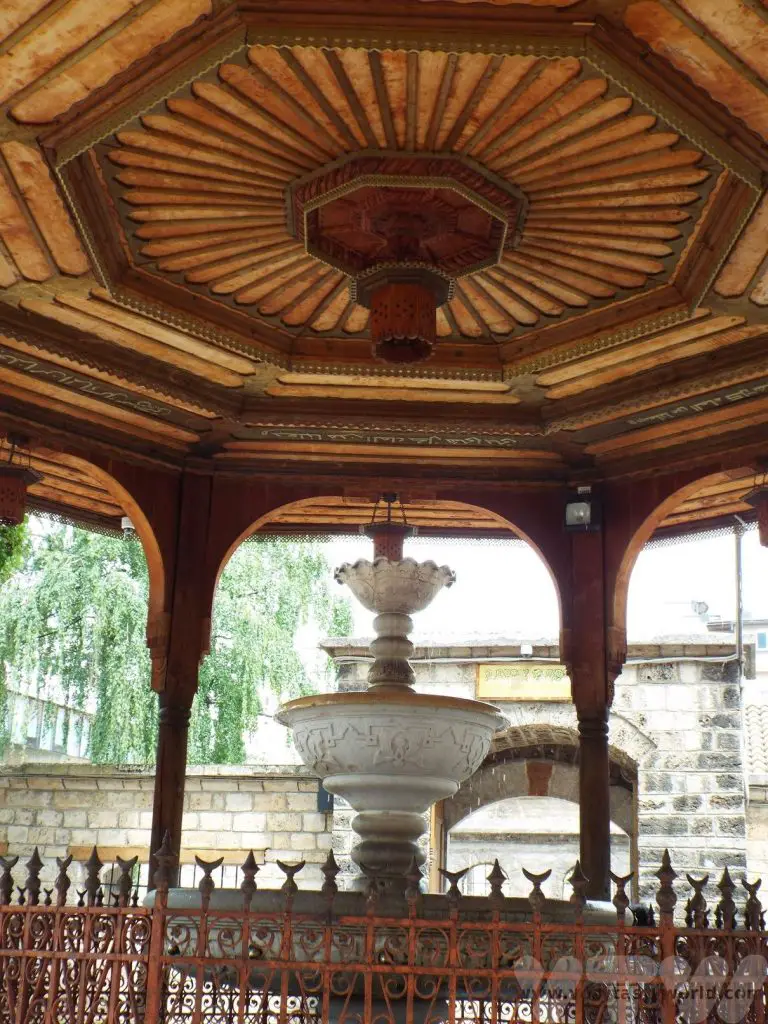
With a clock tower, library, religious schools, bathhouses and a sophisticated water system, Sarajevo was one of the most important and enlightened cities of the Ottoman empire, second only to Istanbul.
It is a delight wandering through the old town. There are lots of streets with all sorts of goods to buy and craftspeople making and selling their wares. Lots of foodie shops and restaurants too! If you want to buy a coffee set or indeed some delicious coffee there are plenty of emporia in the area to choose from.
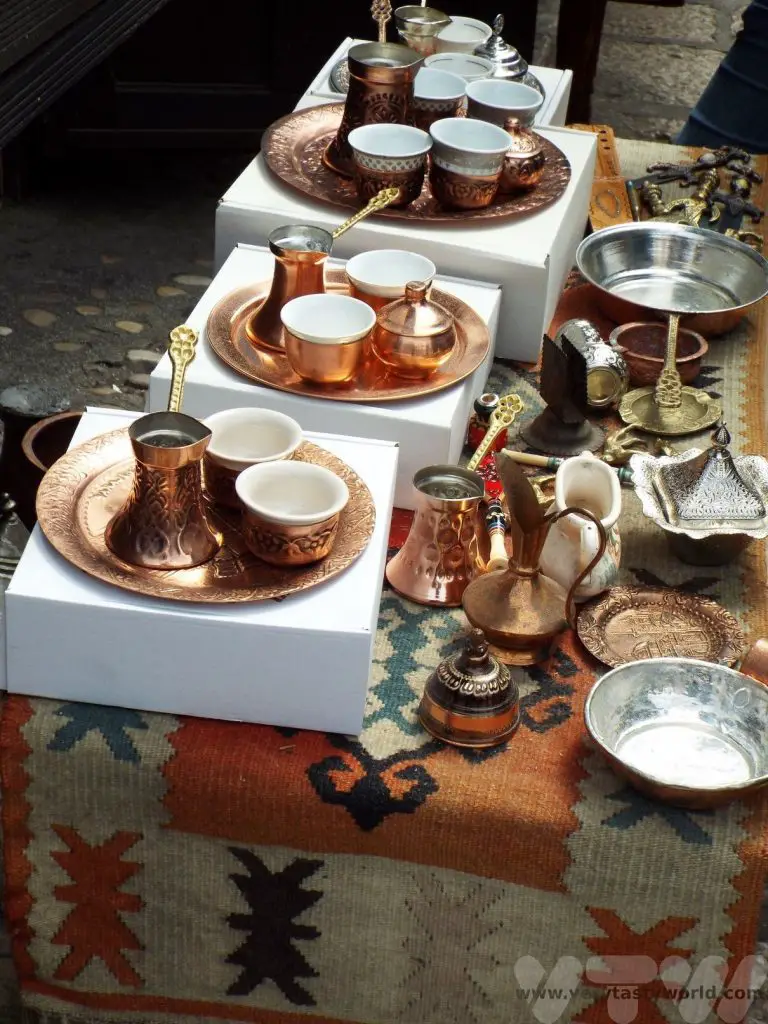
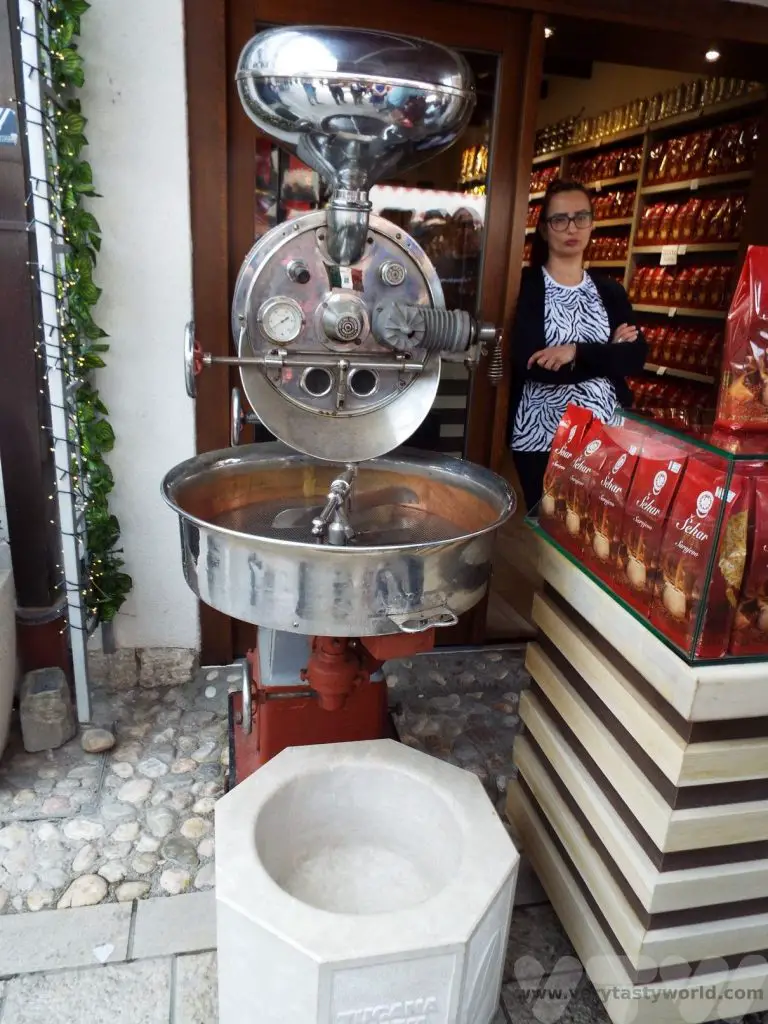
Like many places it can get crowded, so we were advised to beware of pickpockets, be alert and keep valuables safe.
In the 16th century Christians and Sephardic Jews, who were fleeing persecution, moved to the city and established places of worship. Sarajevo remains a places where people of multiple religions live together.
Austro-Hungarian Sarajevo
After walking through the old town we reached the river Miljacka which has carved its way through the mountains over the millennia. By 1878 Bosnia Herzegovina had been annexed to the Austro-Hungarian Empire. A series of modern buildings were constructed along the river’s banks. One of these was the town hall. Designed in 1891 it bears Moorish influences.
This impressive building had many functions over the years, including as a parliament building and national library.
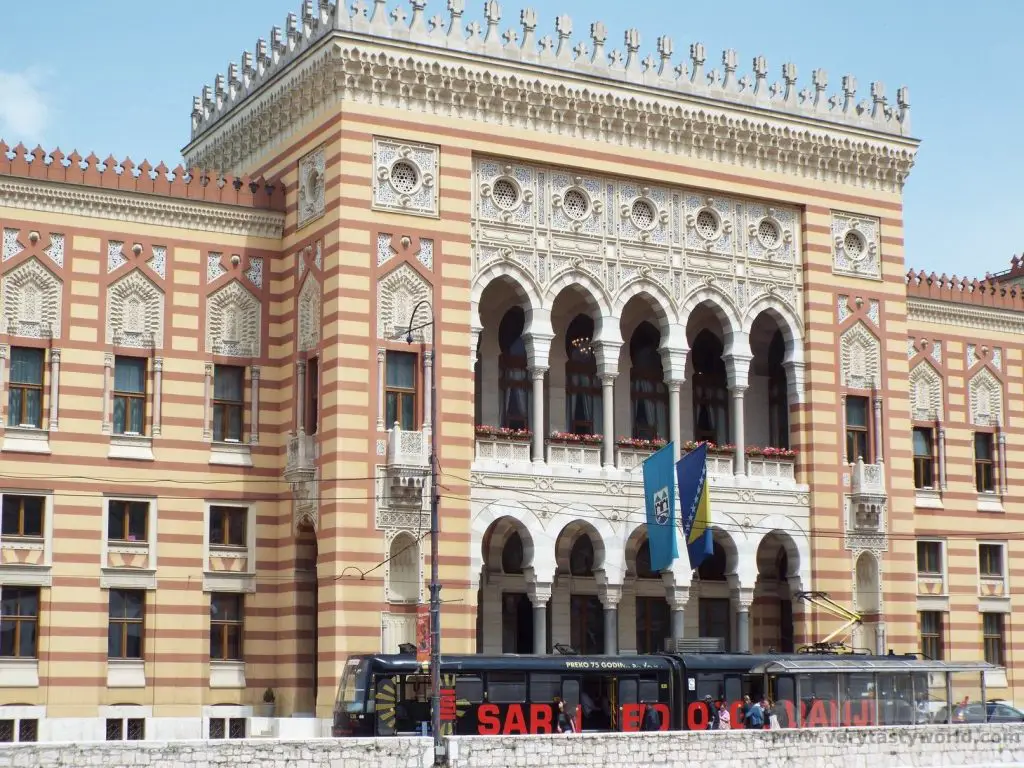
It was hit by incendiary bombs in 1992 during the Bosnian War and the library, along with most of the books, was lost in a fire which destroyed the building. However, it was rebuilt and opened again in 2014.
On the other side of the river is a building known as the spite house, which was located on the site where the main building was to be constructed. Despite many financial incentives, the owner refused to sell his house and so the authorities eventually relocated it on the other side of the river. Known as Inat Kuca, it is now a restaurant.
It’s a pleasant walk along the river banks, although the muddy river was very much a contrast to the crystal clear waters of Mostar and other rivers in the region.
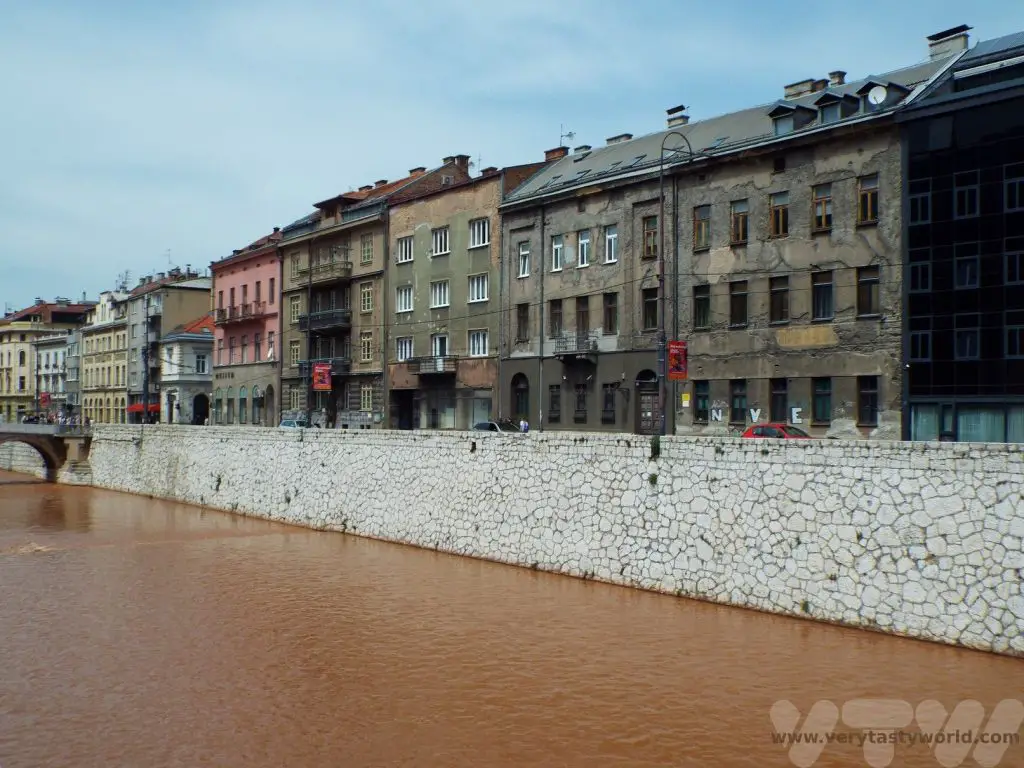
Crossing back over the river via the Latinska Ćuprija bridge we reached another location that placed Sarajevo in the history books.
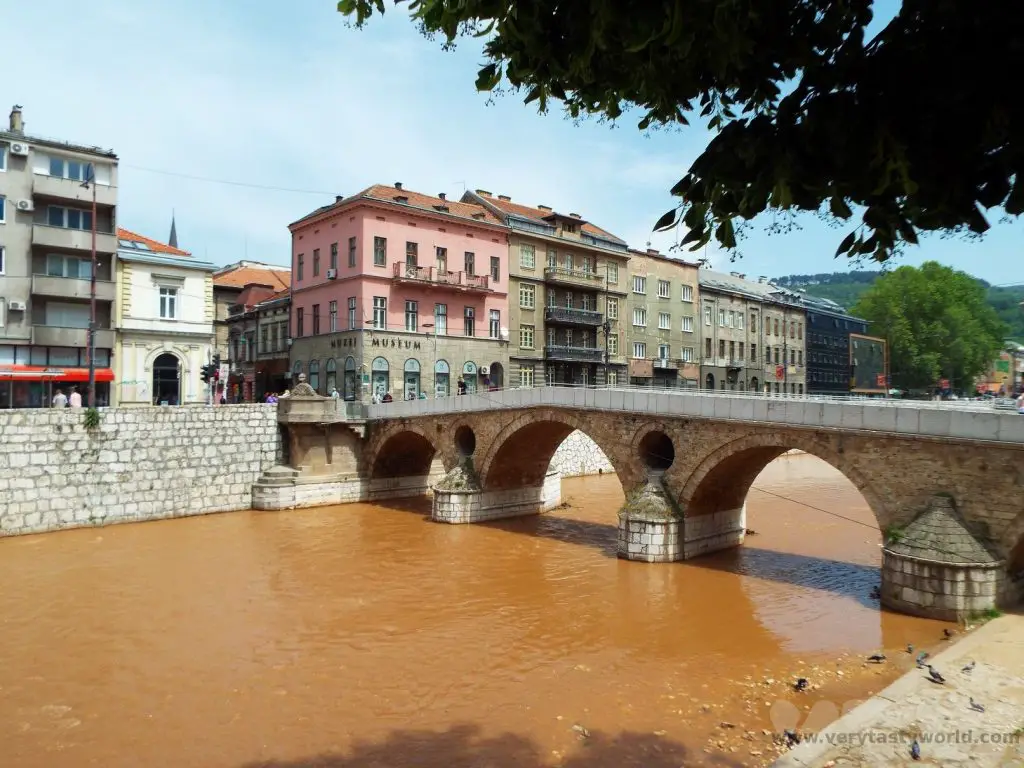
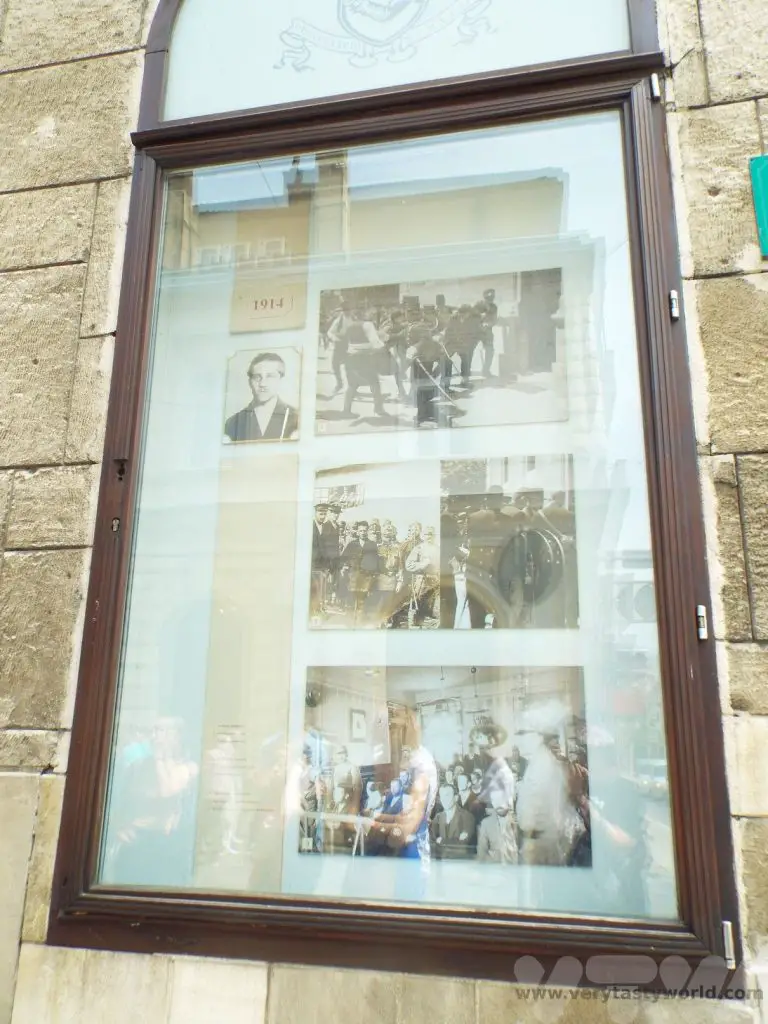
It was on the corner of the street leading onto this bridge where Archduke Franz Ferdinand of Austria, who was heir presumptive to the Austro-Hungarian throne, and his wife, Sophie, were shot at close range on 28 June 1914 by nationalist Bosnian Serb student Gavrilo Princip. This event led to the start of World War One.
Following the end of the war, the Austro-Hungarian Empire collapsed and Bosnia and Herzegovina was absorbed into Yugoslavia. During World War Two the city was invaded by the Nazis. Of the 12,000 Jewish people living in Bosnia and Herzegovina 10,000 lived in a thriving community in Sarajevo. It is estimated that 8,000 lost their lives in the Holocaust.
Learning About The Siege of Sarajevo
1992 saw the break up of Yugoslavia and, tragically, the commencement of the Bosnian War. Bosnia and Herzegovina declared independence from Yugoslavia but following a referendum, which Bosnian Serbs refused to participate in, the Serbs encircled Sarajevo and blocked all routes to and from the city. Sarajevo remained besieged for 1425 days, the longest siege in modern history.
During our Sarajevo walking tour we learned about how the local people coped during this horrific time. The city was constantly shelled by forces located in the surrounding hills. Our guide told us that when the water and electricity supplies were halted, people would have to risk their lives crossing the river carrying containers so that they could get access to water from the Sarajevo brewery. It is estimated that nearly 14,000 people were killed, over a third of them civilians.
The film Welcome to Sarajevo (1997) by Michael Winterbottom tells a powerful story, which includes real footage of the war. It makes for difficult viewing but offers a compelling insight into a horrible war.
The siege ended on the 29th February 1996. In the years following the war a number of perpetrators and their superiors were convicted for Crimes Against Humanity.
Further Exploration of Sarajevo
We thoroughly enjoyed the small Sarajevo brewery museum. The delightful guide showed us around and told us about the history of the brewery.
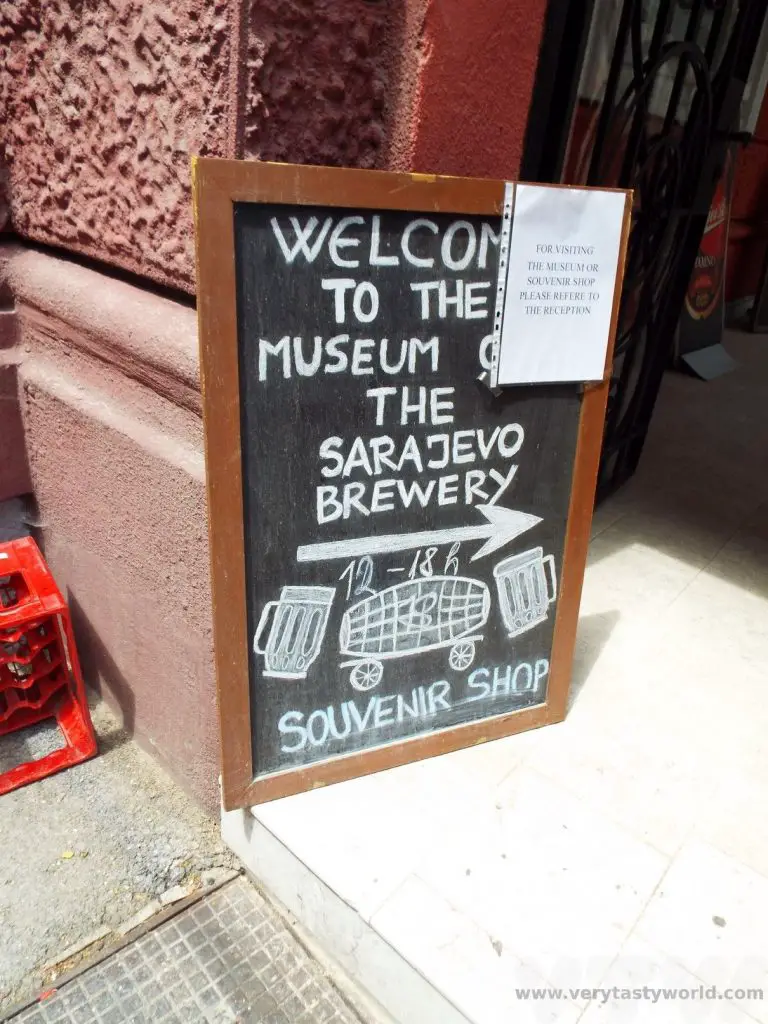
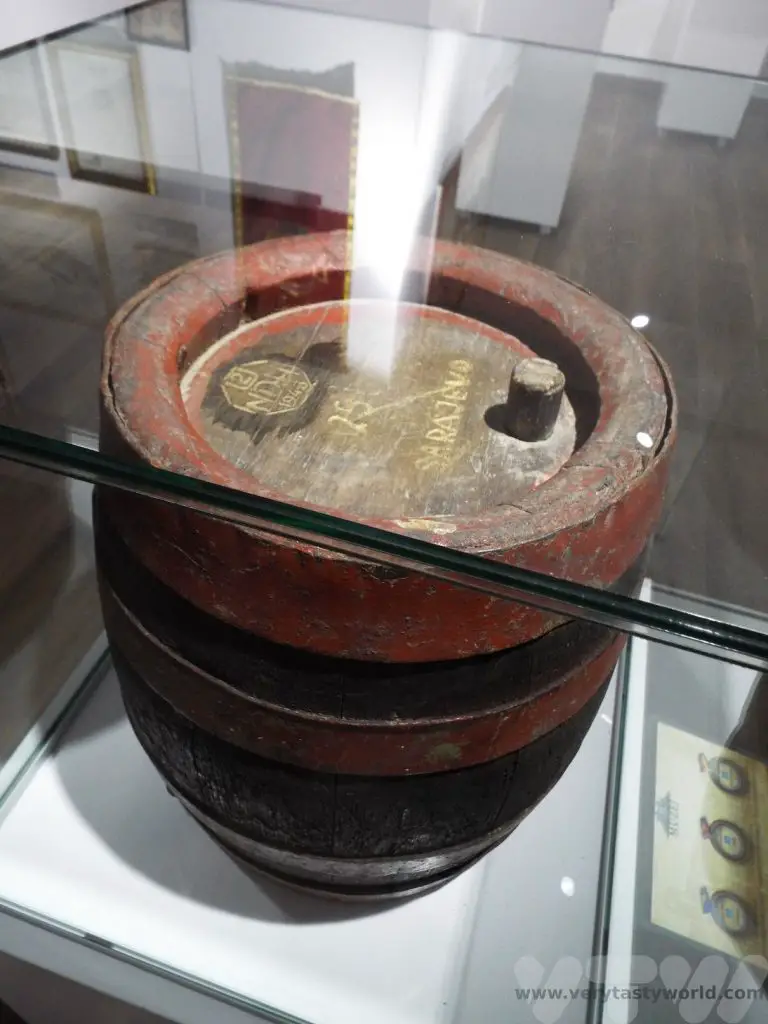
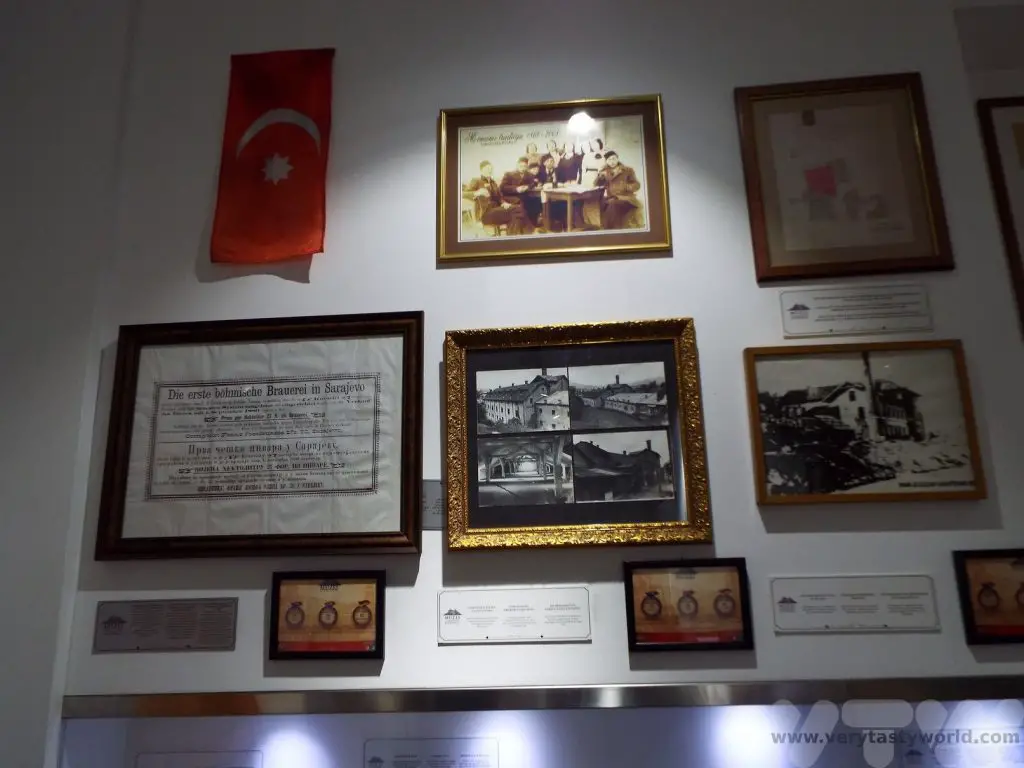
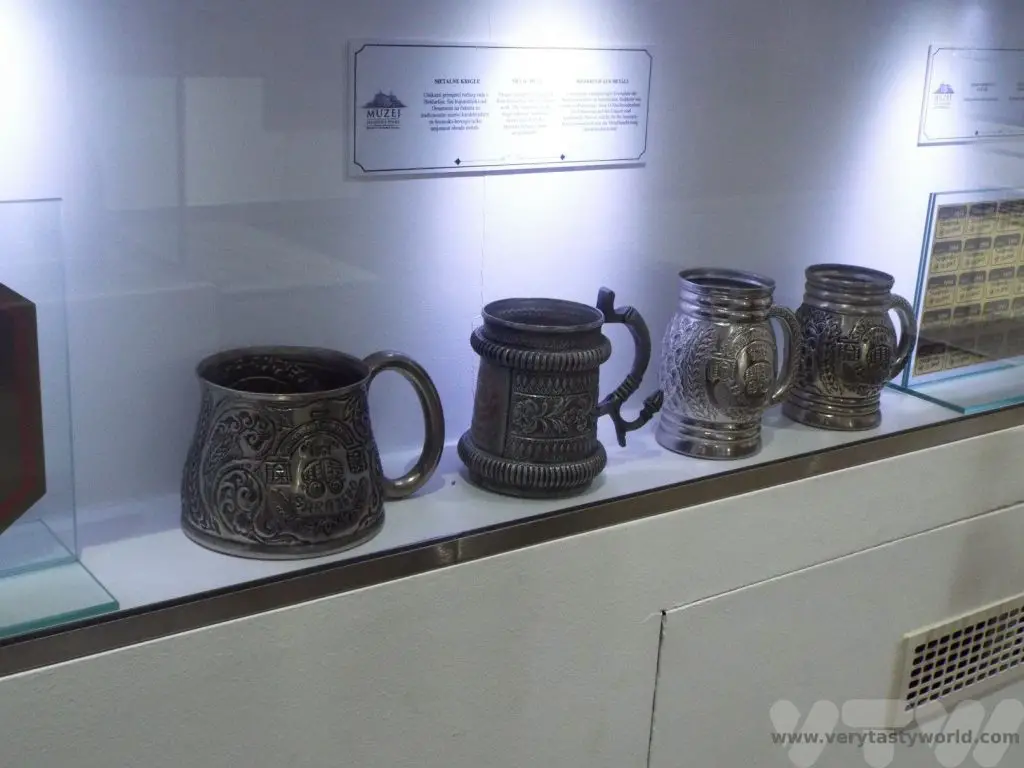
However, when we went to the adjoining bar to enjoy some of their beers, we were turned away because apparently we didn’t comply with their dress code. We were wearing t-shirts, long trousers and walking shoes, not tracksuits, trainers and baseball caps. We checked the requirements and confirmed that we were not in contravention. The manager, dressed in a t-shirt and shorts, eventually accepted that we were dressed correctly. To be honest, though, we didn’t want to drink where we weren’t welcome. Their loss.
We also visited some of the churches. Sacred Heart Cathedral is a catholic church and the largest cathedral in the country. It was completed in 1887. It was damaged during the siege of Sarajevo but has since been restored.
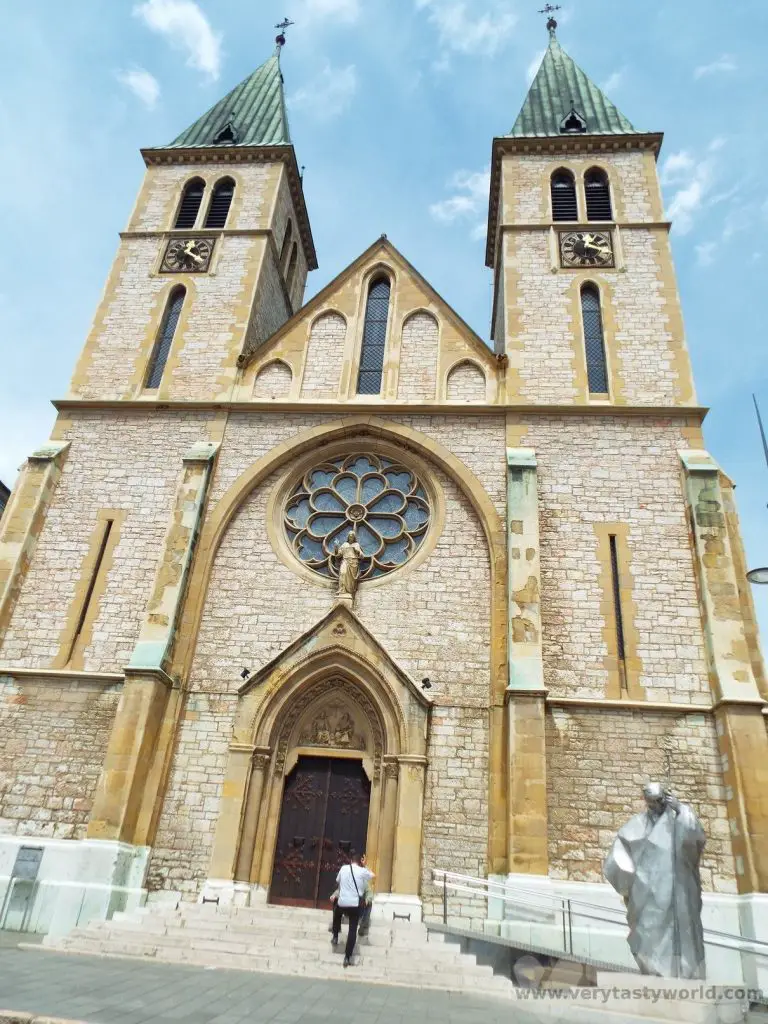
In the pavement in front of the church there is a square which has a mortar shell crater filled with red concrete, creating a pattern. It’s there to remind people of the war.
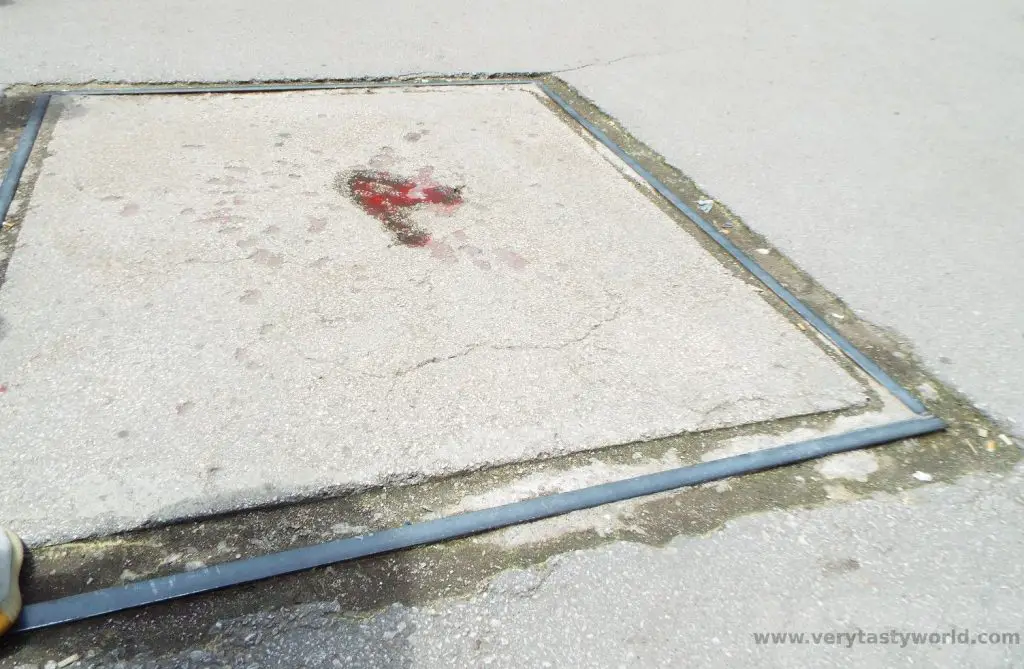
Constructed in 1863, the Cathedral Church of the Nativity of the Theotokos is Sarajevo’s largest Orthodox church.
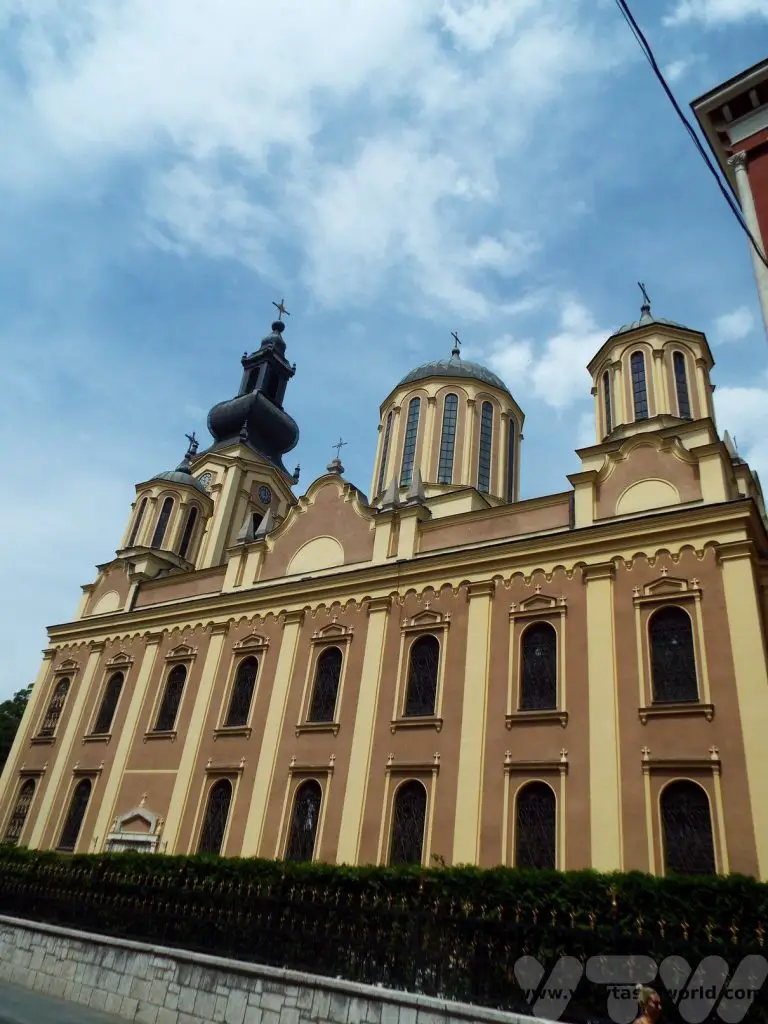
Beside the Europa Hotel it is possible to see the remains of a caravanserai, known as Taslihan, which was originally constructed in the mid-16th century. It was only discovered when the hotel was being renovated but now the former walls are a part of the garden. In its day it was a large market which also offered accommodation for merchants.
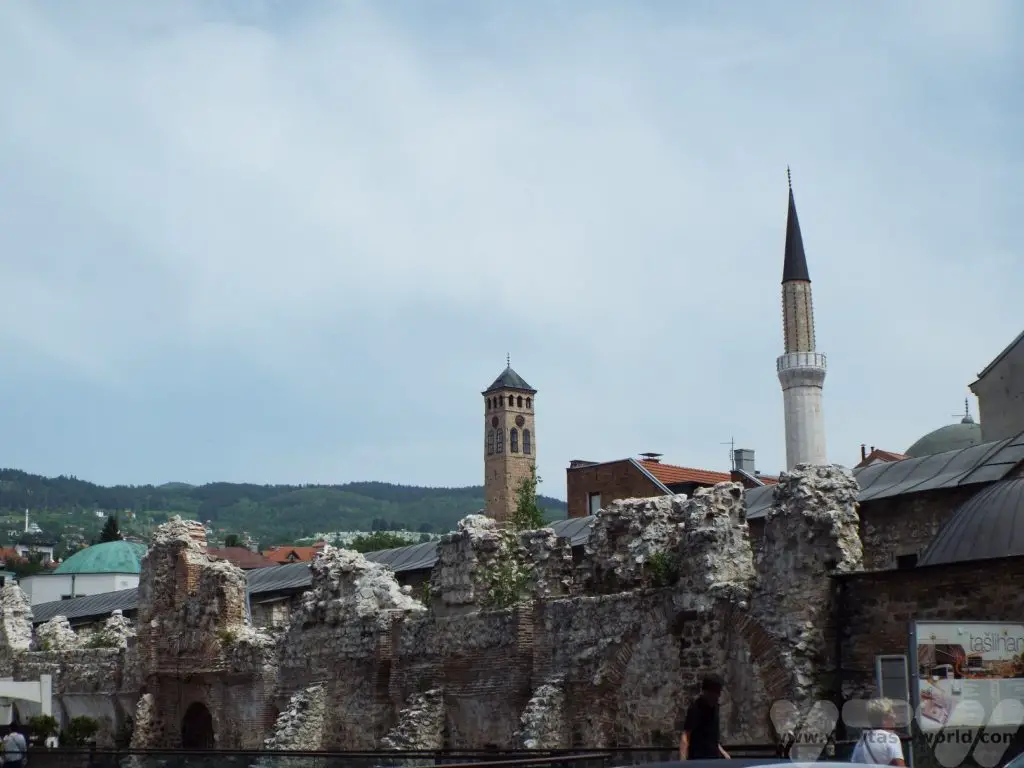
A Bosnian Cookery Course
Aside from city walking tours we also love taking cookery lessons whenever we visit a new country. We were delighted to join Mersiha and Mustapha from Bosnian Cooking Lessons at their home to learn how to cook traditional Bosnian cuisine. There were five dishes on the menu:
Sogan dolma – Onions filled with minced meat, rice and spices
Japrak mangel/spinach leaves rolled and filled with minced meat, rice and spices
Dolma paprika filled with minced meat, rice and spices
Bosnian pita – Phyllo dough rolled with cheese and phyllo rolled with peppery potatoes
We arrived at Mersiha and Mustafa’s home located high in the hills surrounding Sarajevo. It had a lovely view of the city. Mersiha and Mustafa grow a lot of vegetables in their garden and we enjoyed chatting with them about growing food. We were offered some traditional Bosnian snacks and a nice cool beer.
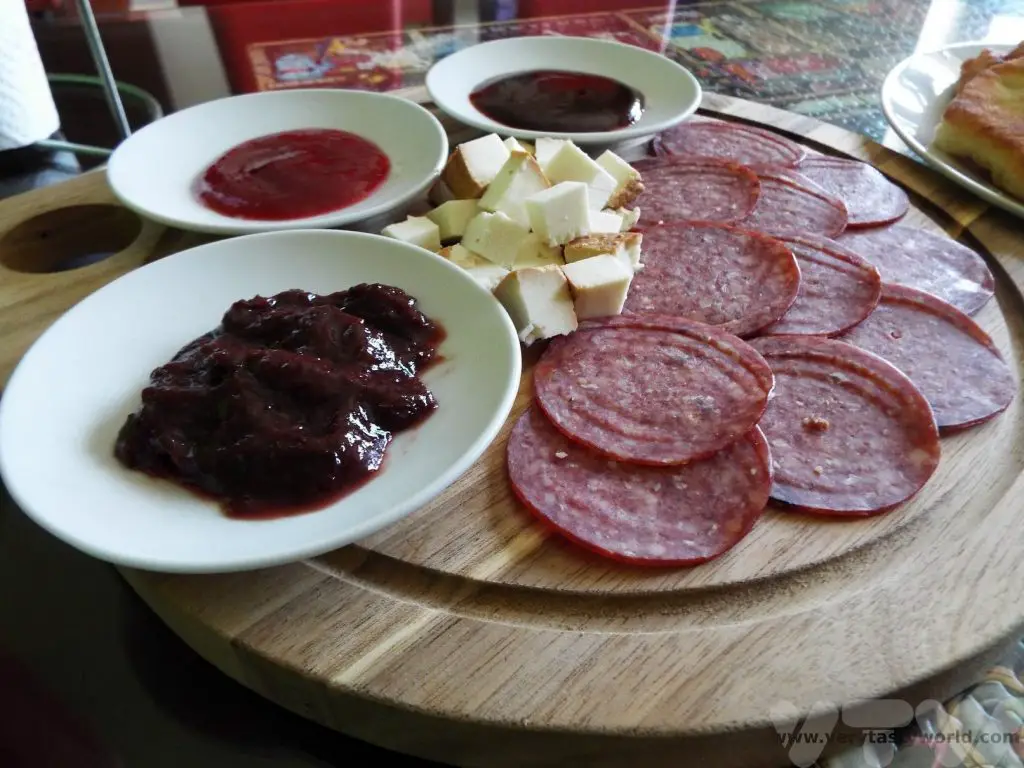
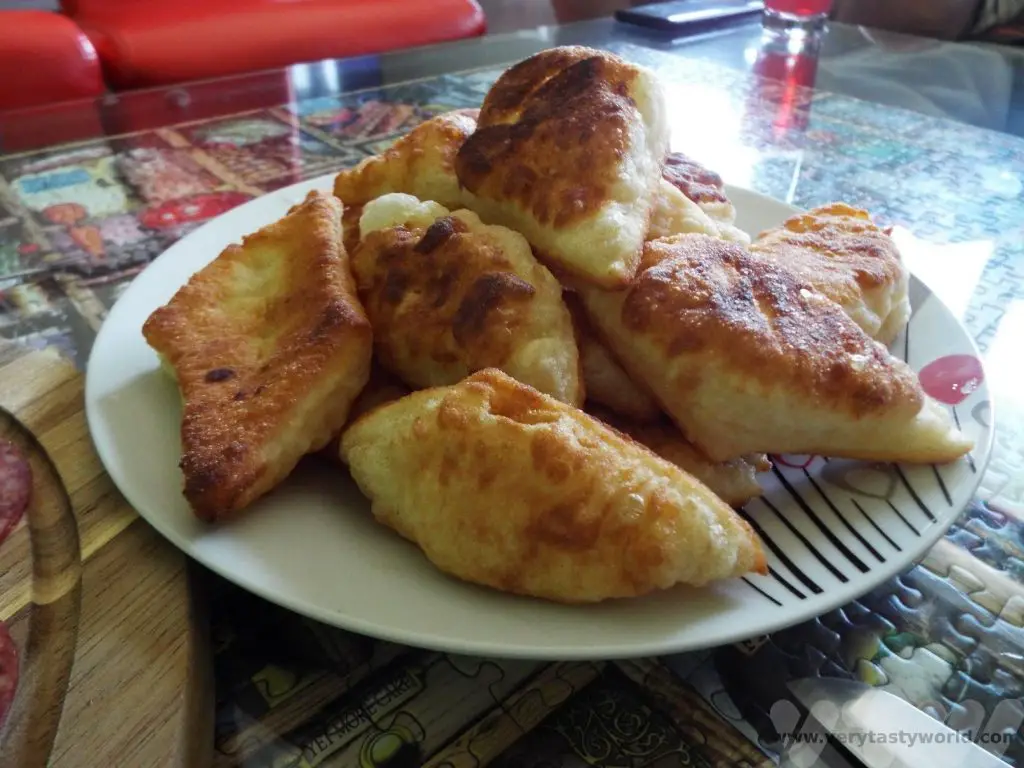
Then it was into the kitchen. Firstly we made the stuffing preparing the minced meat with rice and spices.
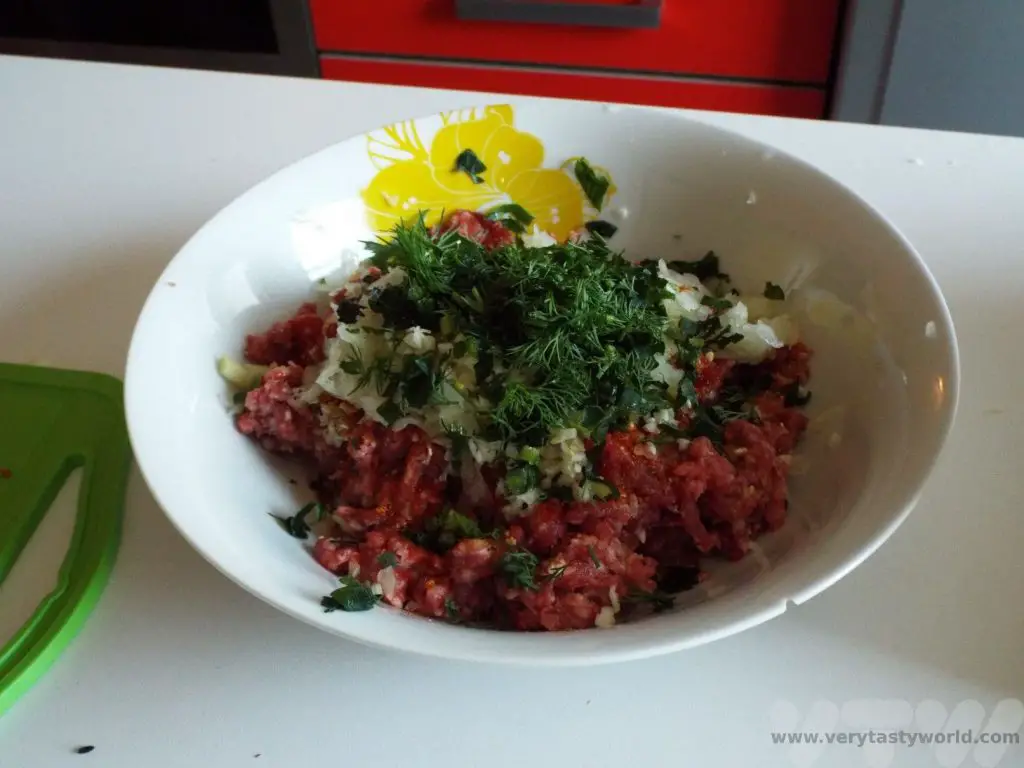
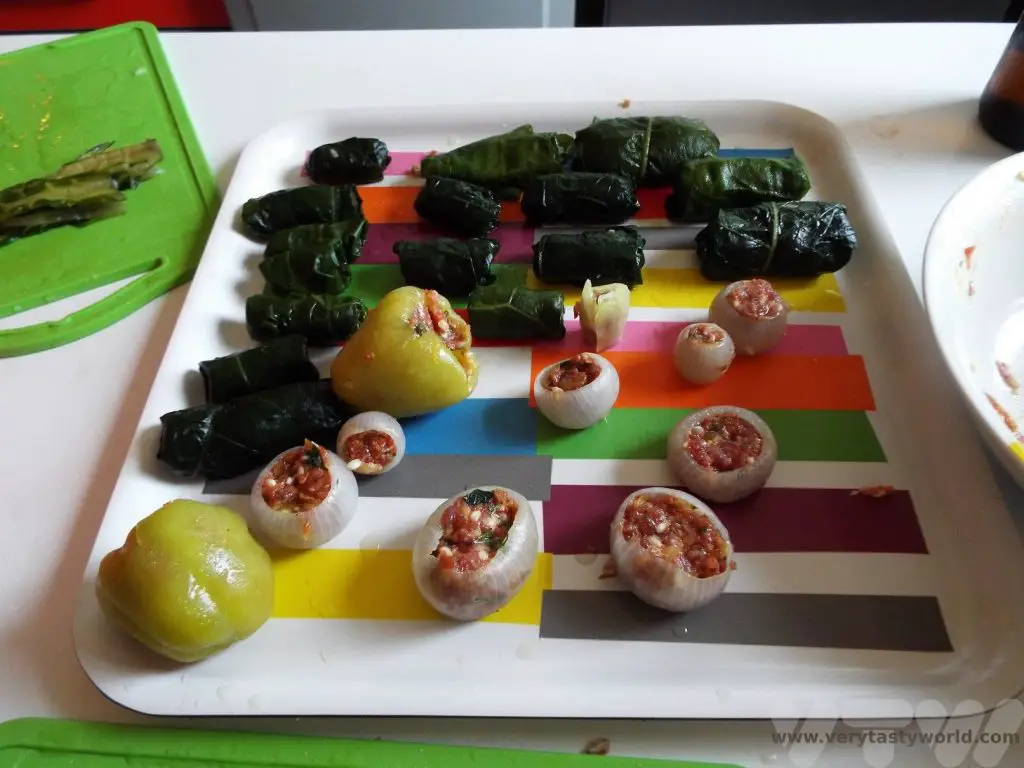
We learned how to stuff onions, layer by layer, as well as paprika. We also learned a technique for preparing and filling the mangel leaves. The folding technique was brilliant and we have used it since. These would all be cooked together in a lovely, lightly spiced, tomato sauce. We were impressed that Mersiha made sure that nothing went to waste. Any leftover bits of vegetable went into the sauce to add to its richness.
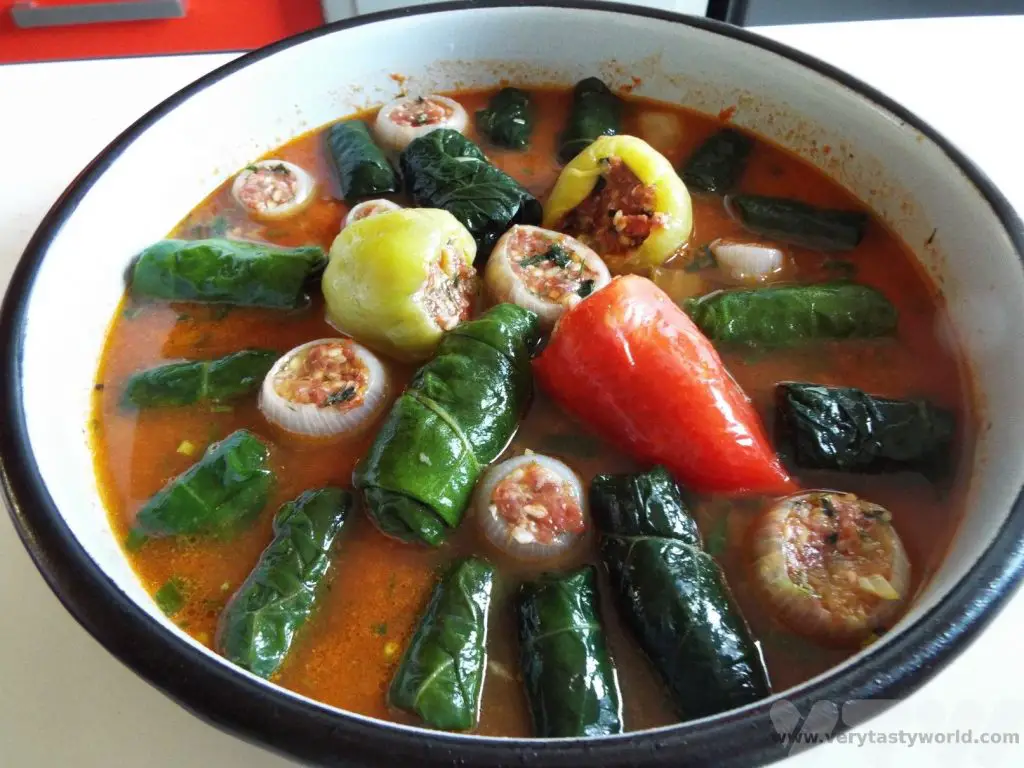
Next step was preparing phyllo. Mersiha expertly prepared a dough to exactly the right consistency and let it rest. When it was ready it was rolled onto the tablecloth and had another rest while we prepared two fillings: one of soft cheese and egg, and another of grated potato with lots of black pepper. Then we pulled the dough, by hand, so that it covered the entire table! It was so very thin – paper thin – but yet elastic and strong enough to take a filling. Mersiha was an excellent teacher and guided us really well.
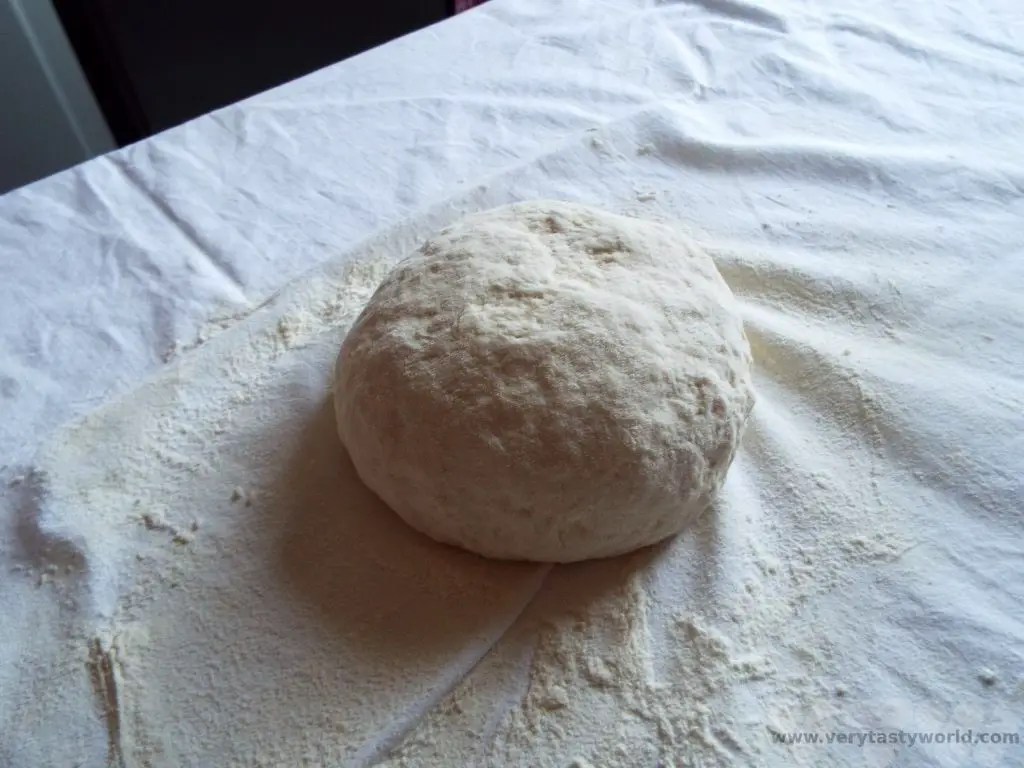
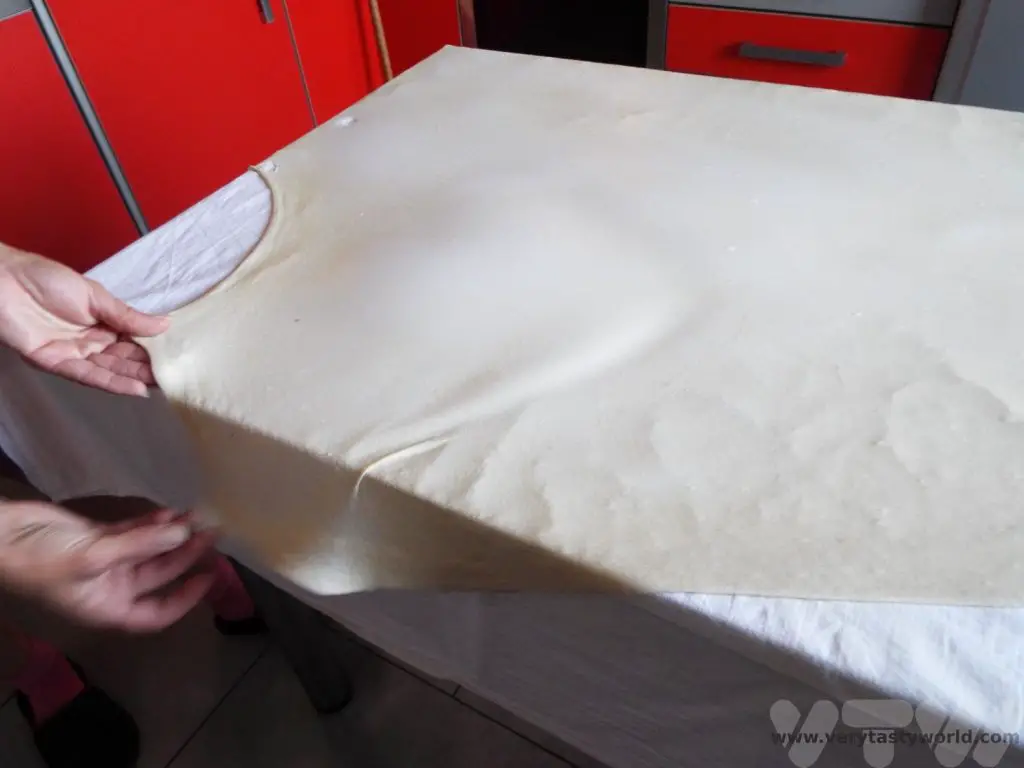
After adding the filling in a long line, the phyllo was rolled up to create a sausage shape, then cut into pieces and rolled into swirls before baking.
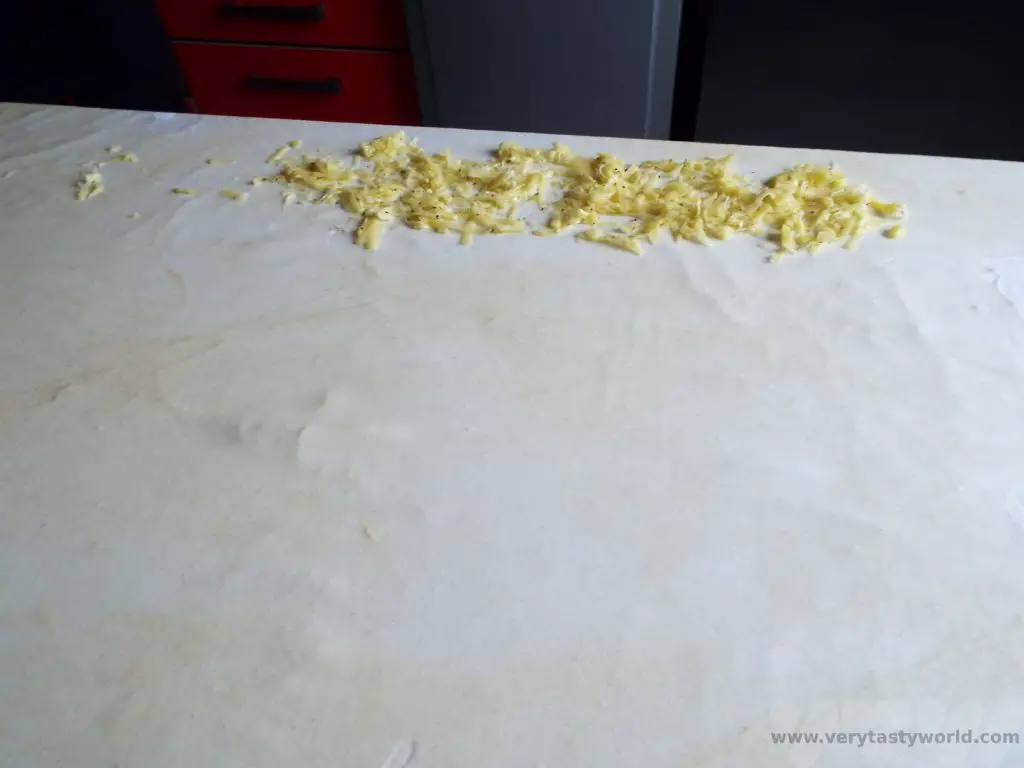
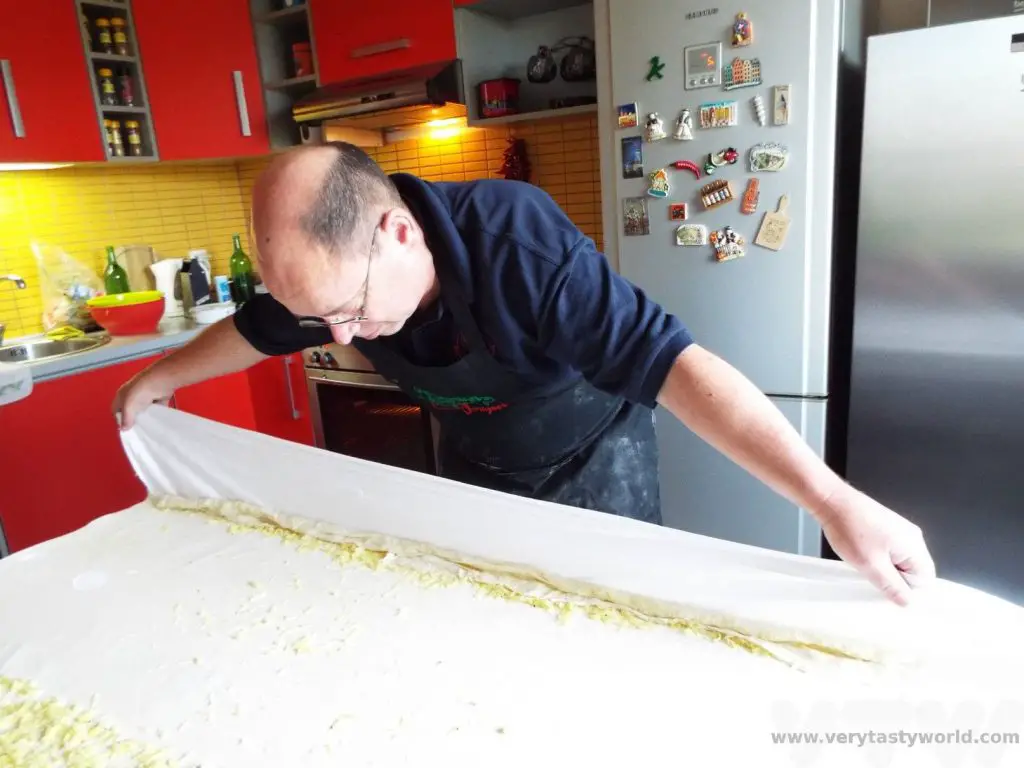
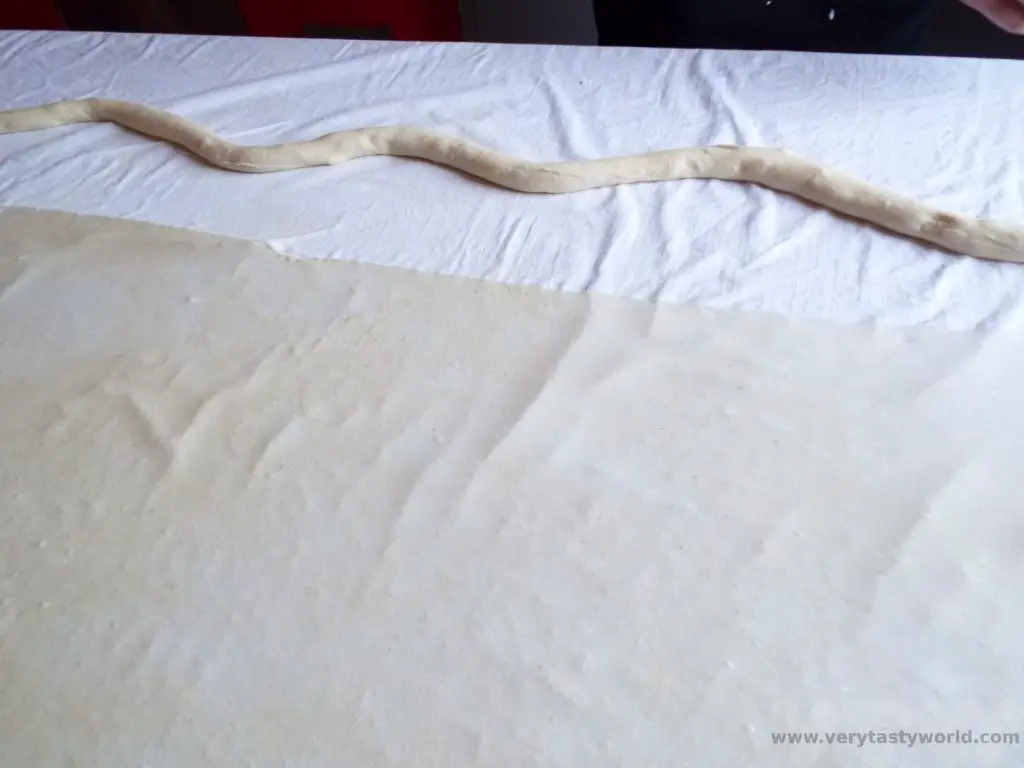
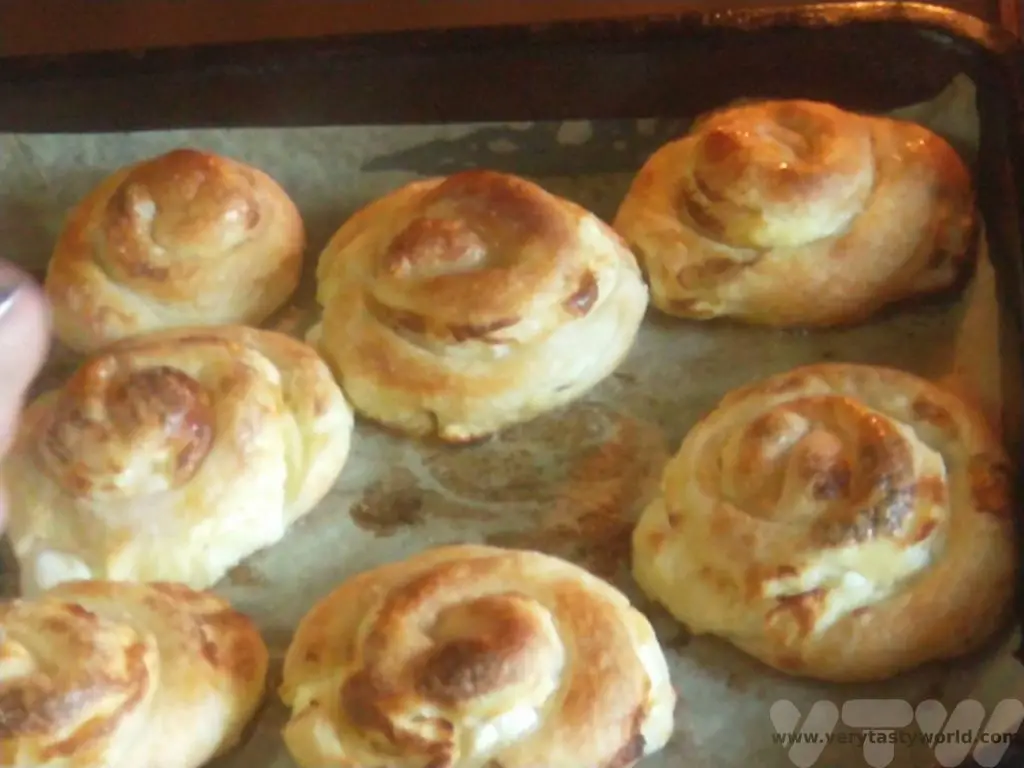
Both dishes came together at the same time. It was a really fun afternoon which culminated in us all enjoying a delicious dinner together.
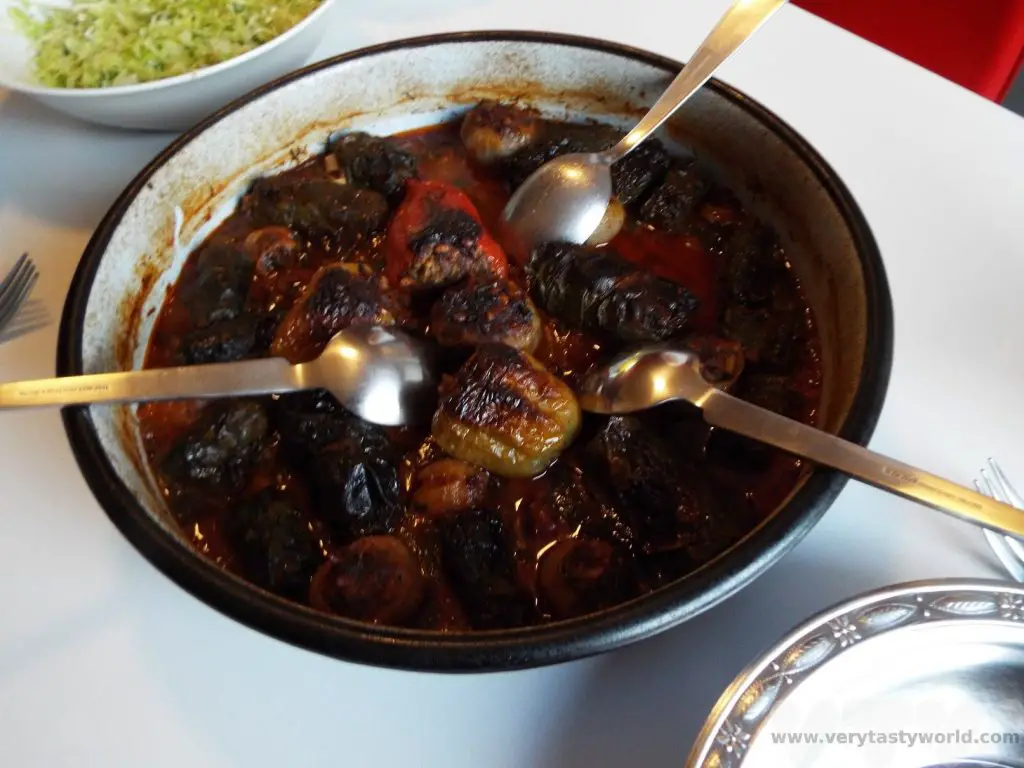
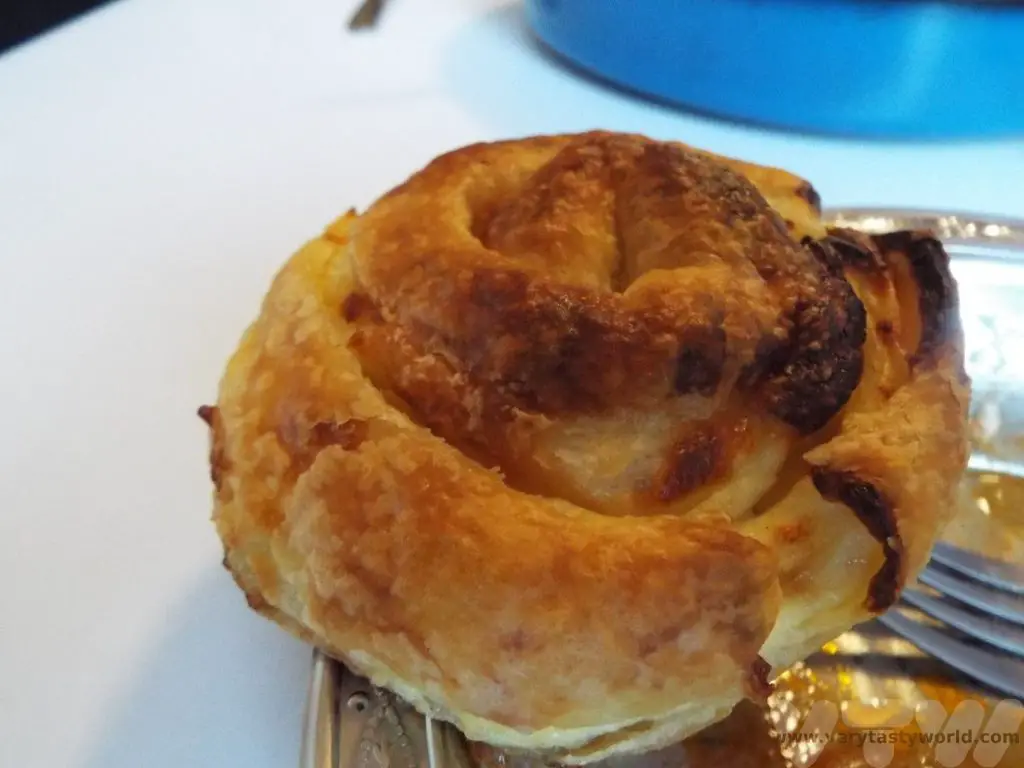
Mustapha and Mersiha were delightful hosts and excellent teachers. We thoroughly enjoyed not only cooking and dining with them, but also chatting with them about life in Sarajevo.
Sarajevo for Foodies
We stayed at the Hotel Aziza, which was close to the Yellow Fortress and a short downhill walk from the old town. You quickly find that you get a good workout walking anywhere in the city, especially in the suburbs, and it was a robust walk back up the steep hill every time we wandered into the old town. The Aziza offered a buffet breakfast with all sorts of interesting goodies, while not necessarily typical Bosnian, definitely the best brekkie we enjoyed in Bosnia.
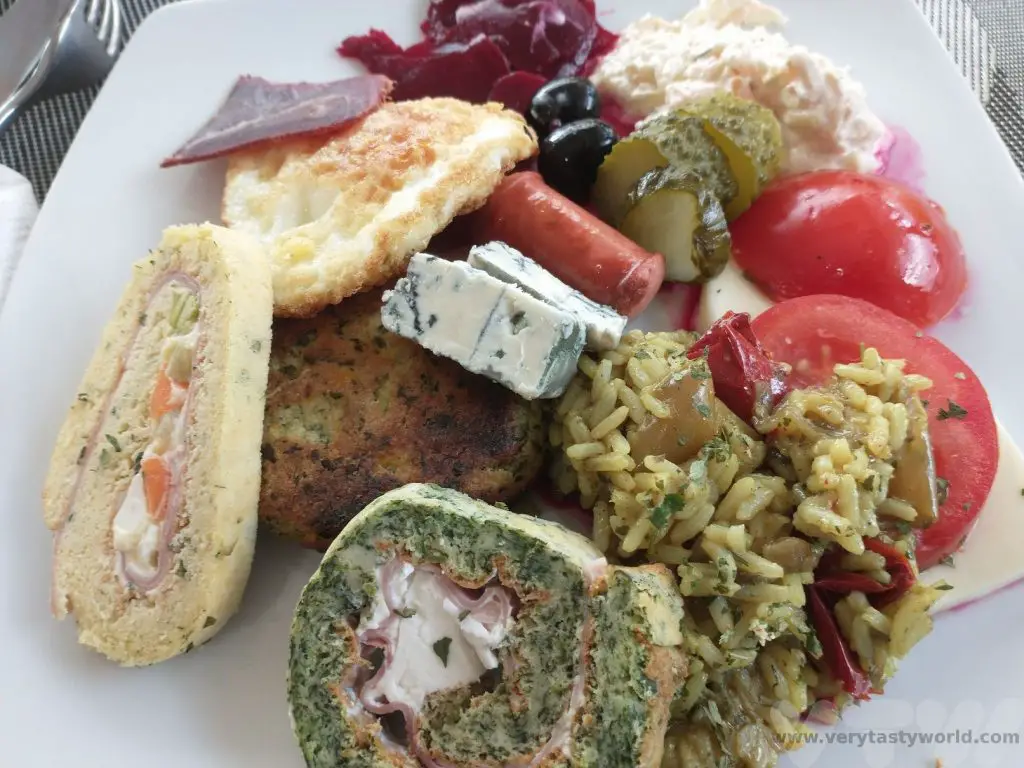
There are loads of restaurants in Sarajevo offering typical Bosnian fare. Bosanski sahan is a dish comprising meat with mixed vegetables in a sauce and sitni cevap is veal meat in sauce. These were served with delicious fluffy Bosnian bread and salad.
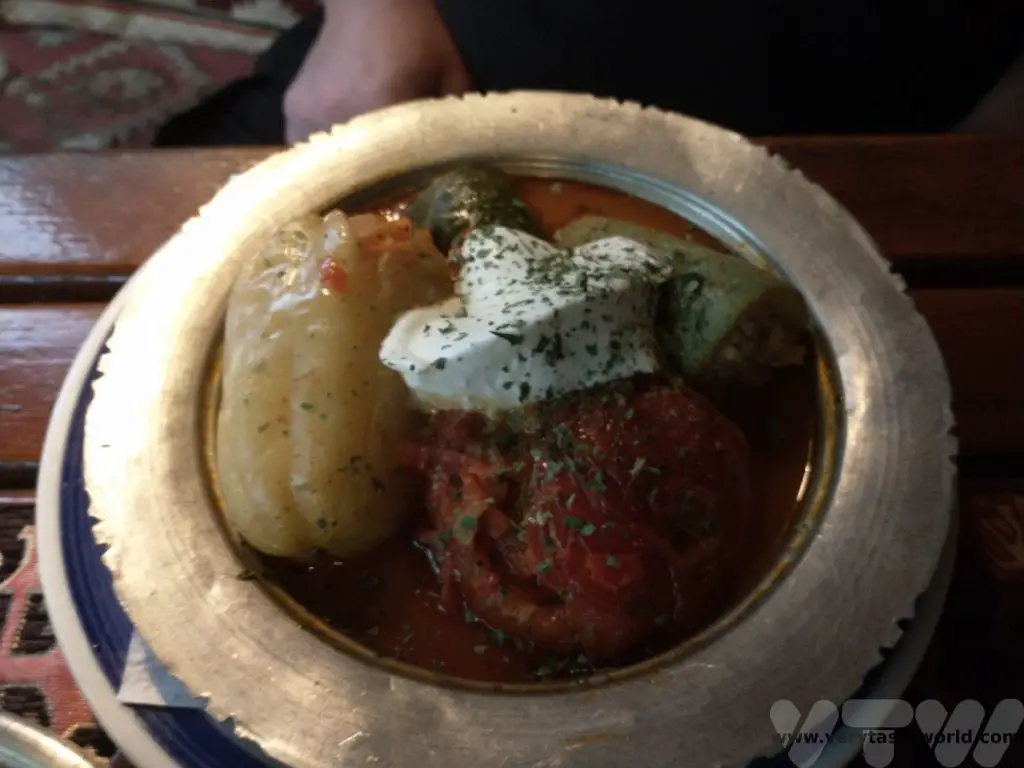
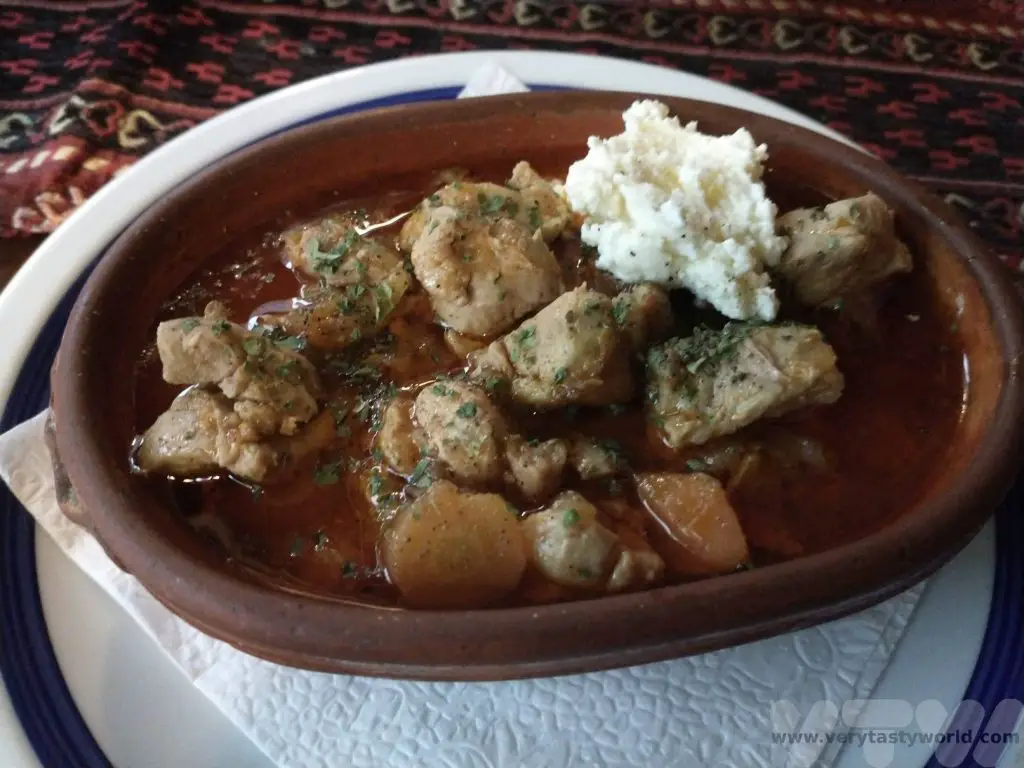
It’s essential to try cevapi – little meat sausages inside soft pillowy bread, accompanied with finely sliced onion. Make sure you order a large portion, they are so delicious.
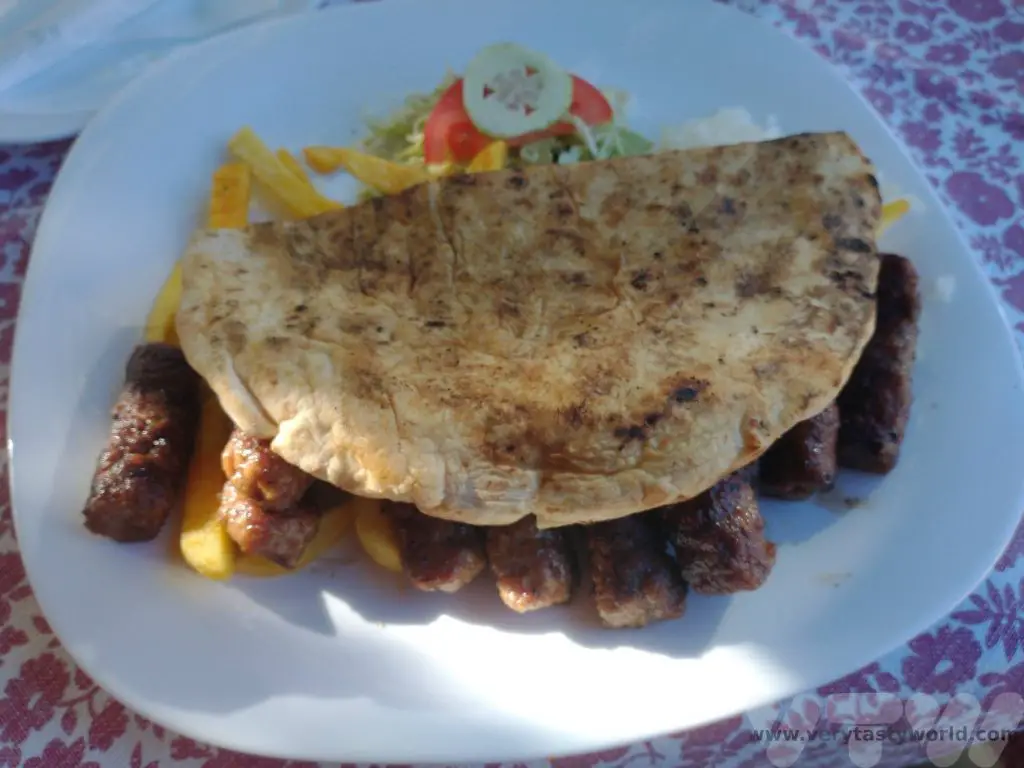
Desserts are luscious and sweet. We particularly enjoyed hurmasica, a gooey, syrupy cake. Coffee culture is also very important and the sweetness of the desserts is beautifully offset by the bitterness of the strong coffee.
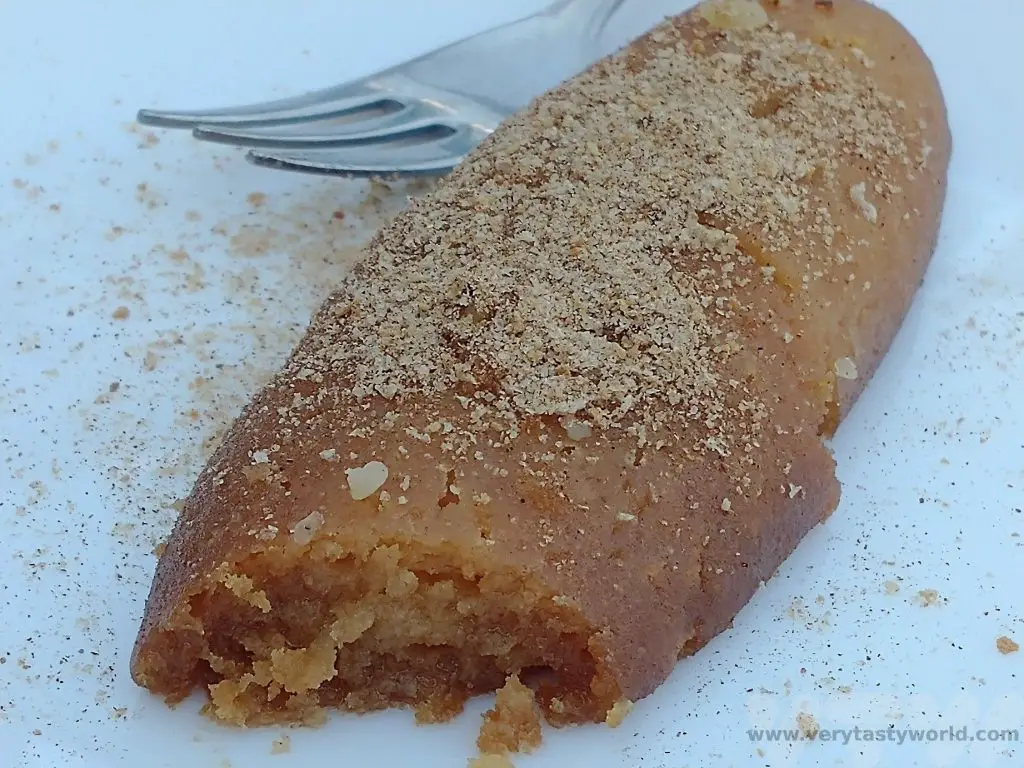
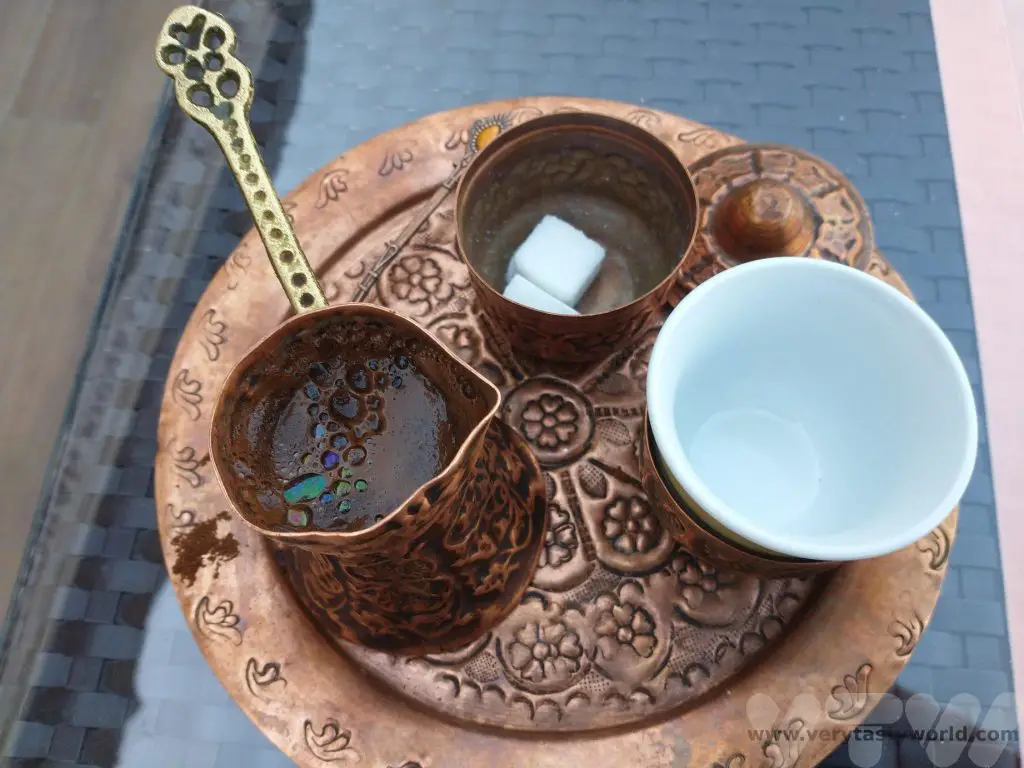
If you enjoy a tipple, it’s impossible to visit Bosnia without tying domace rakija – homemade brandy. It is made from fermented fruits which are distilled. The more common fruits that form the base of the rakija are grapes and plums but other fruits such as pears, cherries and raspberries are used as well. Some of the more unusual flavours are honey, quince and walnut.
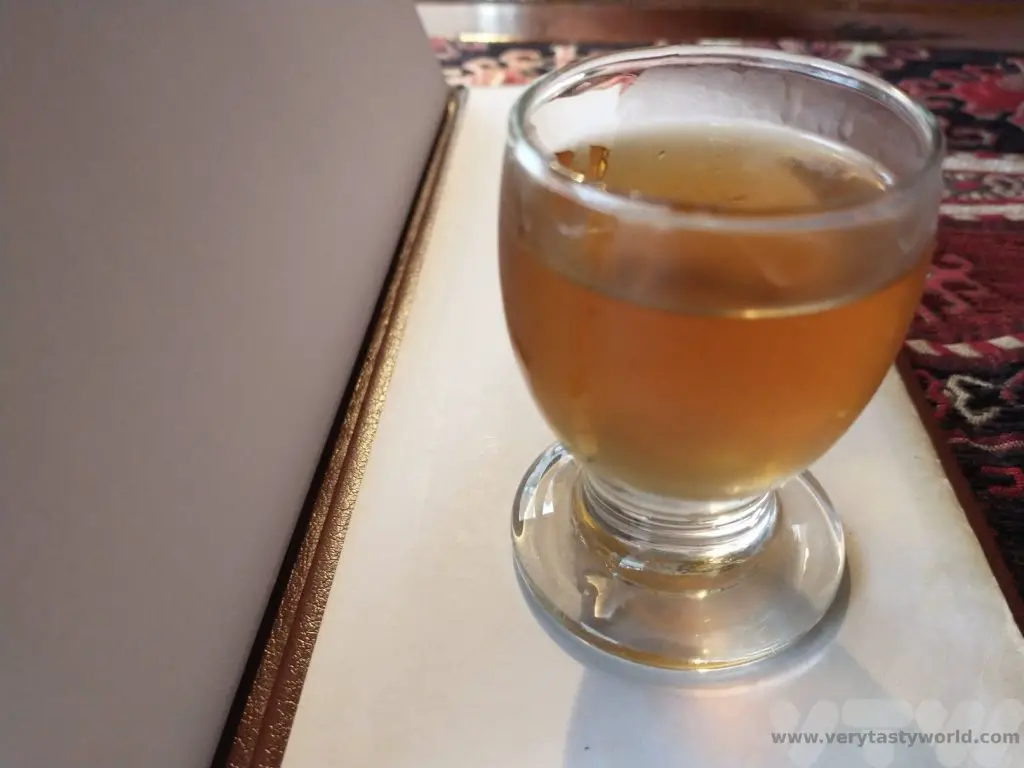
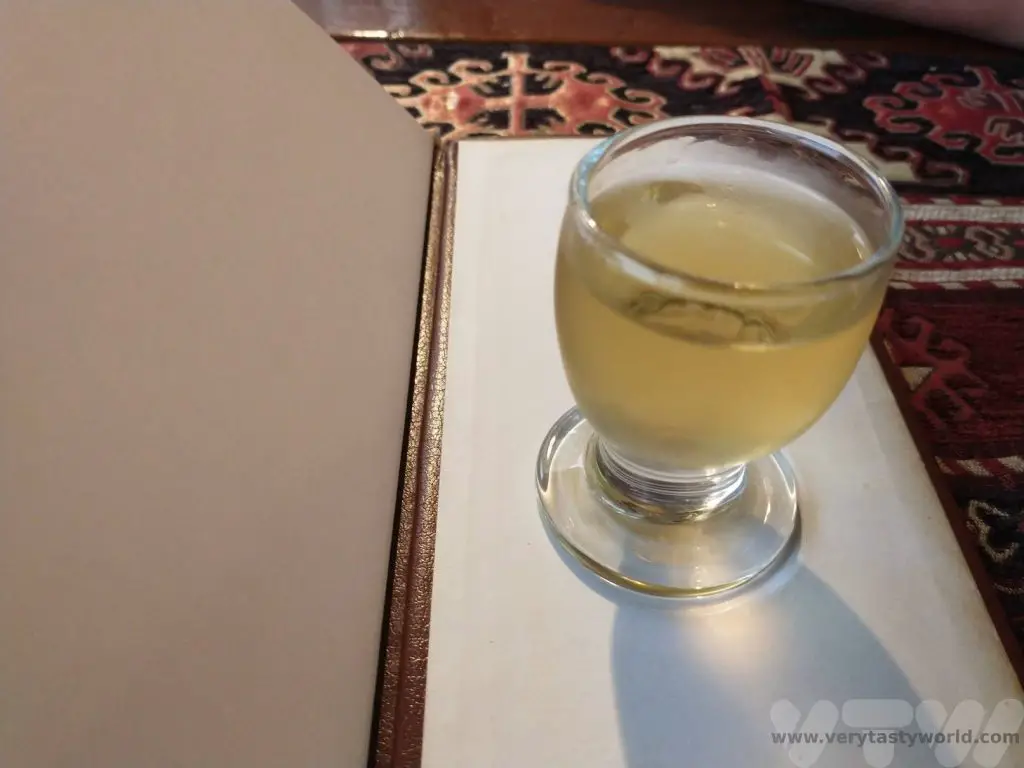
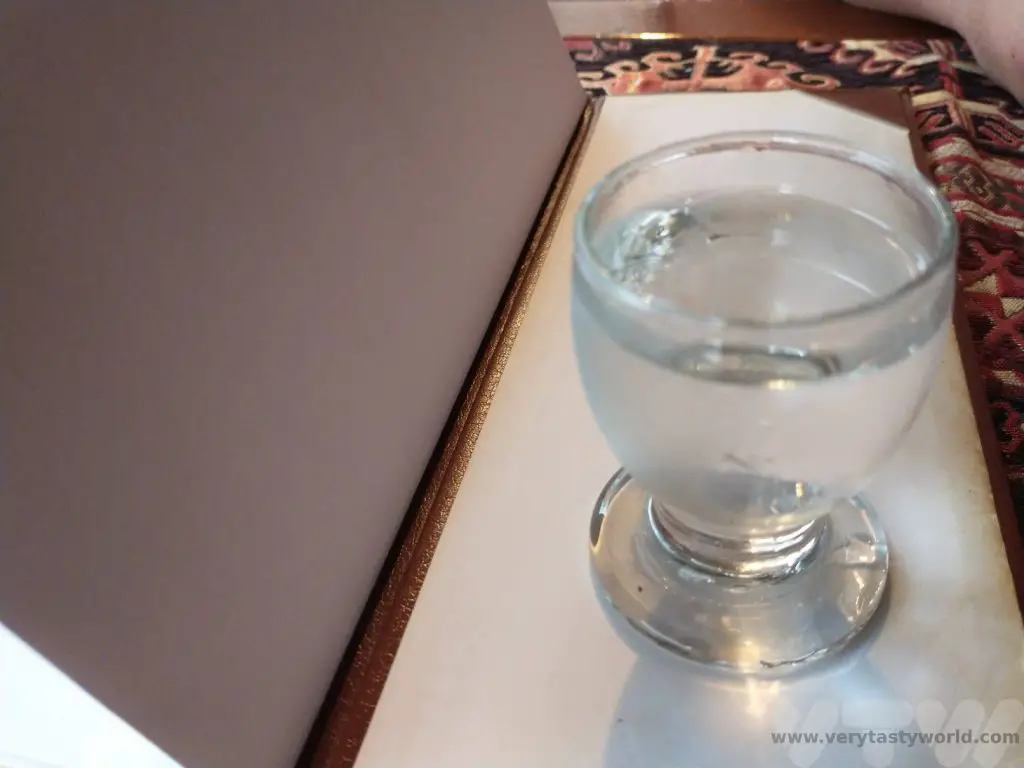
Related Posts You May Enjoy

- Things To Do In Rovaniemi In Winter
- Avebury Stone Circle vs Stonehenge
- Five days in Copenhagen
- Is Sarajevo Worth Visiting?
- A Svalbard Holiday – Land of the Midday Moon
- Afternoon Tea in Coventry

- RECIPE Oyakodon Donburi
- Zero Waste Recipes Before Your Holiday
- RECIPE: Vegetable Biryani Tamil Nadu Style
- RECIPE: Vegan Wild Garlic Pesto
- Recipe: Venetian Pasta Sauce
- RECIPE: Biryani Raita Recipe
- RECIPE: How to Make Costa Rica’s Gallo Pinto
- Recipe: Japanese Simmered Pork Belly – Buta no Kakuni
- RECIPE: How to Make Umeboshi
Things To Do In Oban, Scotland
Oban is a town in Argyll and Bute located around a pretty bay on the west coast of Scotland. It’s a popular place to visit and also has a ferry port from which it’s possible to travel to some of the western islands and as such is often considered the gateway to the Hebridean islands. But there are plenty of things to do in Oban itself and the surrounding area.
A Towering Folly
McCaig’s Tower is the town’s most prominent landmark, set on a hill looking over the bay. It was funded by John Stuart McCaig in 1897, a local banker who wanted to ensure employment for local builders and stonemasons as well as to leave a monument dedicated to his family. But he died before his plans fully came to fruition and, although he left a legacy for its completion, his family contested this and work stopped.
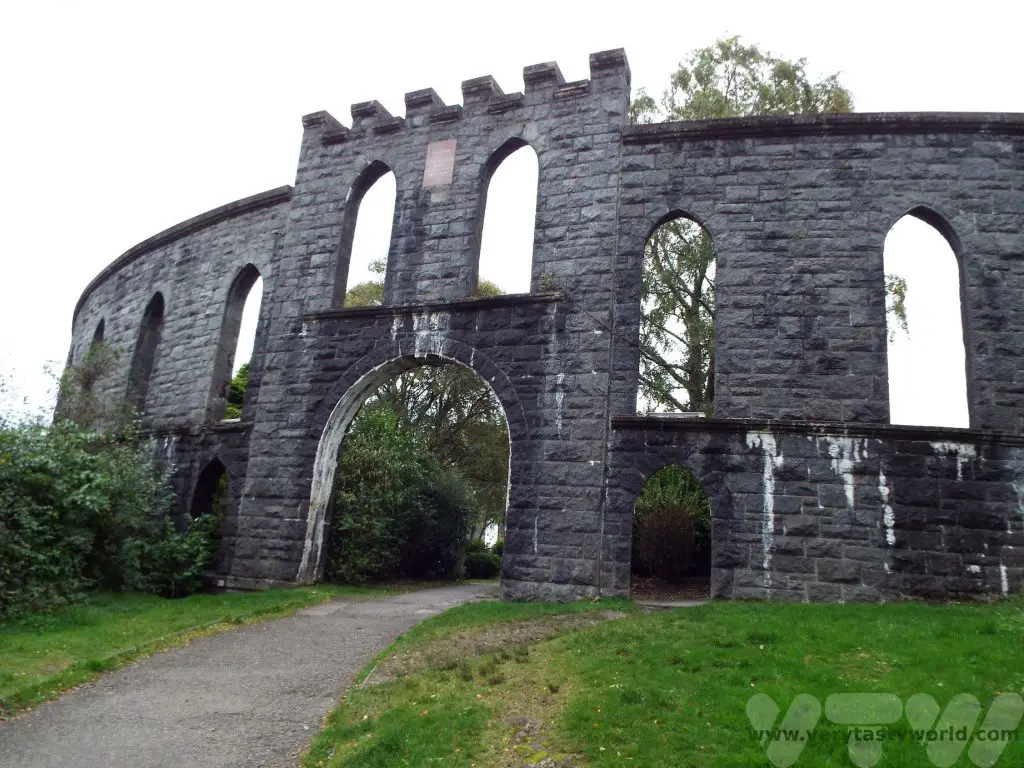
McCaig had apparently wanted a grand design based on the Colosseum in Rome, which would have been impressive, but it was not to be. It is a folly, but is nice to climb the hill and walk around the tower to have a look at the design and also to get a panoramic view of Oban below.
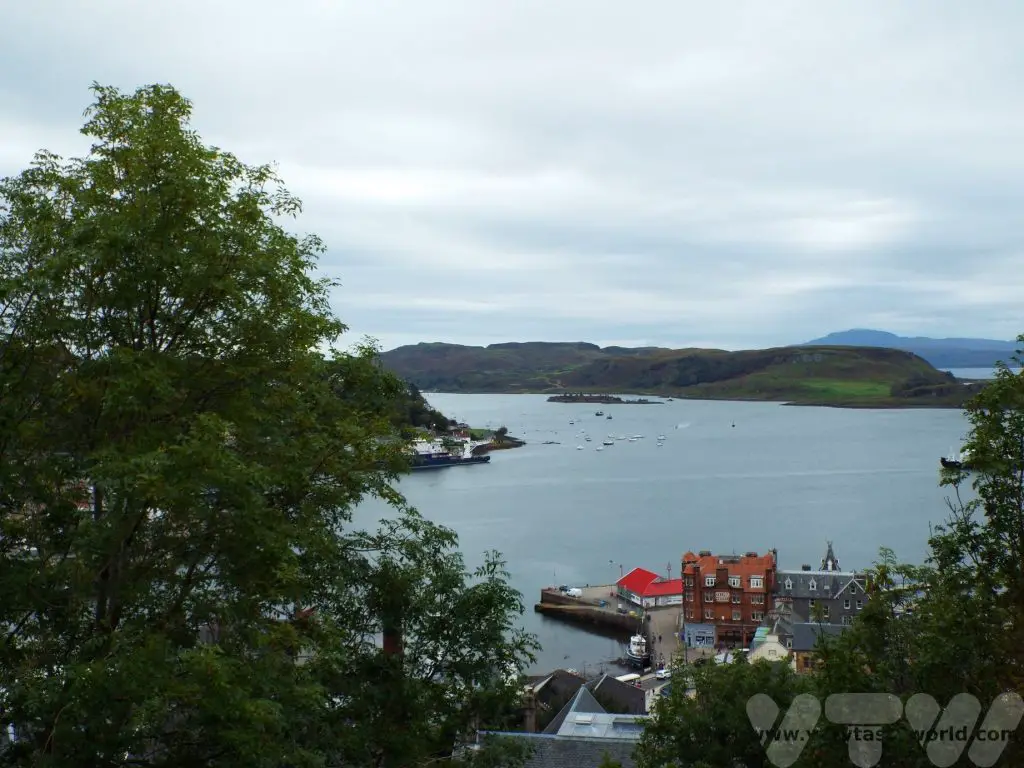
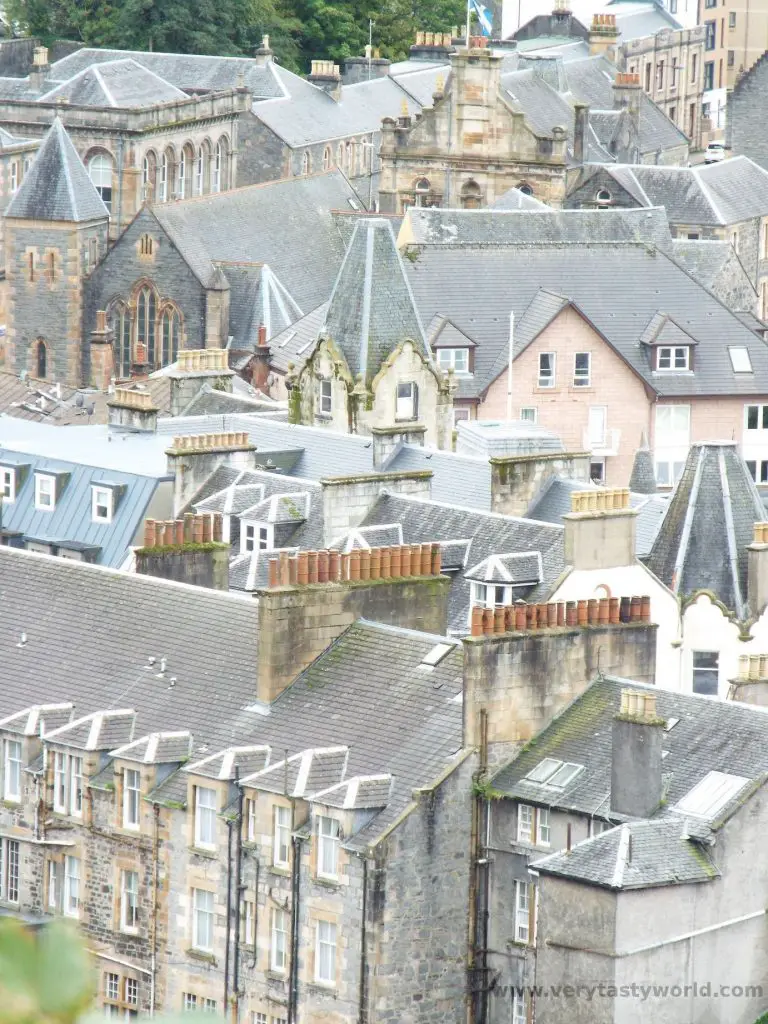
Visit Oban Distillery
Oban has one of the smaller whisky distilleries in Scotland. In fact the town developed around the distillery which was established in 1794. Hence it’s very conveniently located right in the centre of Oban. Because of its location the distillery didn’t really have the opportunity to expand so it remains small but perfectly formed. Also, because it’s town-based, there are no issues with someone having to drive to the distillery if you want to indulge in a tasting and are staying locally.
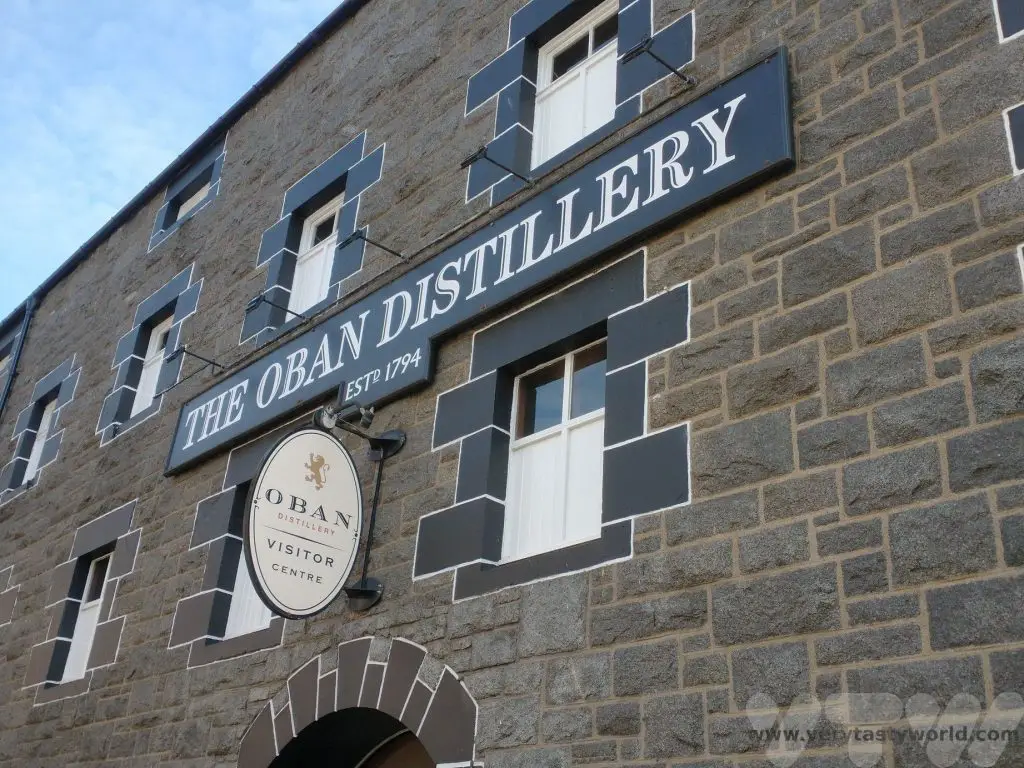
Of course they offer tasting tours. It’s definitely worth making a booking. You can tour the distillery itself or enjoy a tutored tasting. On arrival you are shown to a table and presented with some samples in little glasses and a tasting card.
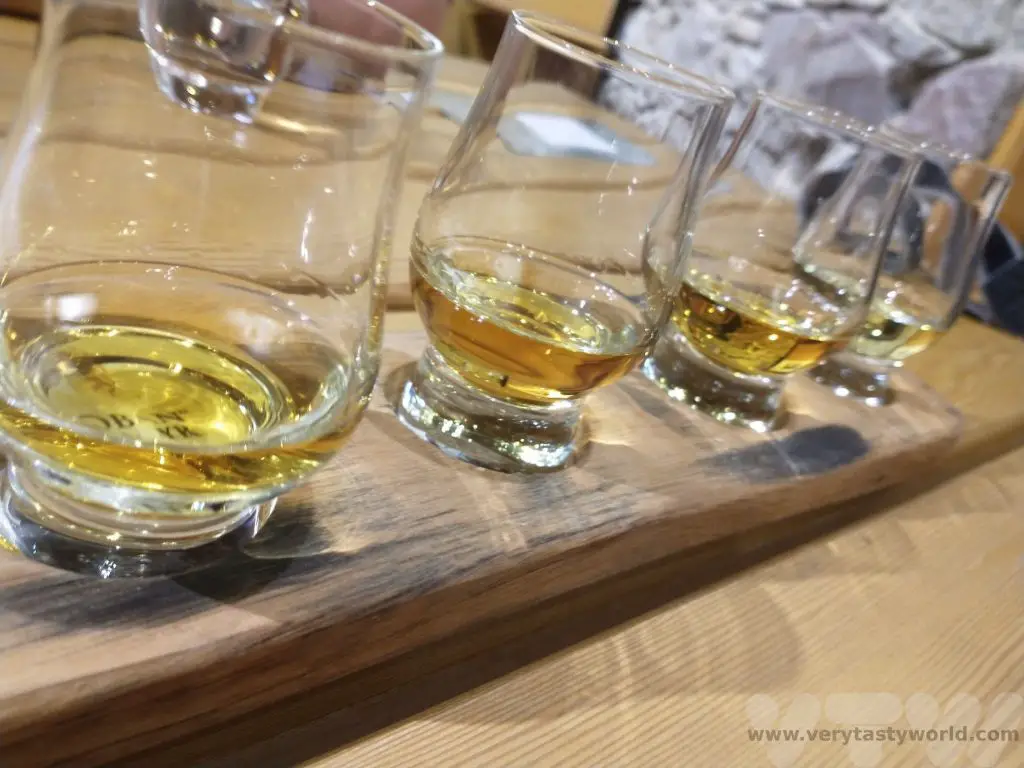
It was really useful to have some guidance as to how to taste whisky. The advice was to sip and don’t sniff the whisky on the first taste. Definitely don’t quaff the shot or you will just get a burn at the back of the throat. Sipping again, your mouth is now used to the whisky, so let the whisky lie on your tongue for 15-20 secs to let the saliva glands release saliva and savour the flavour. You don’t expect to get a peaty whisky in Oban, the water is sourced from a local loch, about three miles away.
When whisky is first distilled it is a clear liquid. Its colour and flavour derives from the barrels it is stored in and the length of time the whisky is aged. There are some interesting techniques – the whisky can be aged in bourbon or sherry barrels but the casks can only be used a certain number of times (around five). Some barrels are charred inside, then the burned timber is scraped away to expose new timber and this offers a new flavour. Some whiskies are tripled matured in three casks. We tried the 14 year old whisky, which had a light, citrusy flavour; the 14 year old (charred barrel); the Distiller’s Edition which had been aged in a bourbon and then a sherry cask, which had a sweeter, more caramel roundness; and the triple matured Little Bay, which had a great complexity of flavour.
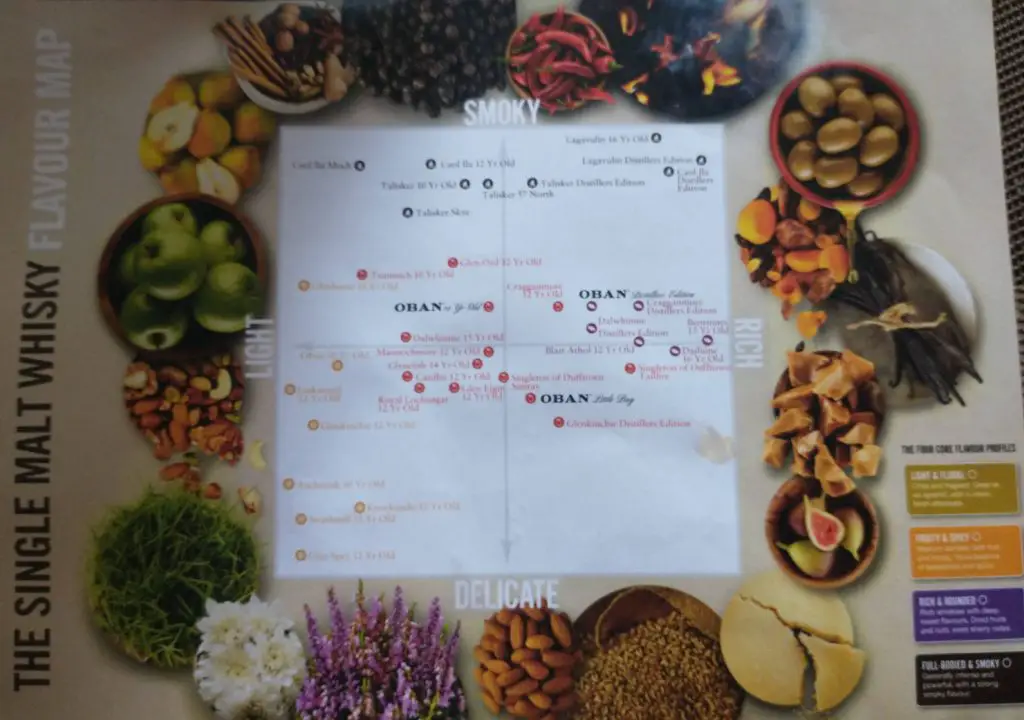
Of course, there are lots of bottles of whisky available to buy. We were quite taken with their Game of Thrones special edition.
Things to Do Around Oban – Day Trips
We recommend using a car to get around Scotland if you can – the driving is generally easy, the routes are guaranteed to look beautiful and it gave us flexibility to explore the wider area. However, there are public transport options if that is preferable.
Easdale Slate Island
Easdale is a tiny island located around 25 km from Oban. It’s easy to reach but first you have to cross the Bridge Over The Atlantic – possibly the cutest bridge in Scotland. Clachan Bridge joins Seil Island to the Scottish mainland so it really does cross the Atlantic – sort of! It’s a darling humpbacked bridge, built in 1792. It’s on a single track road, so take care when crossing.
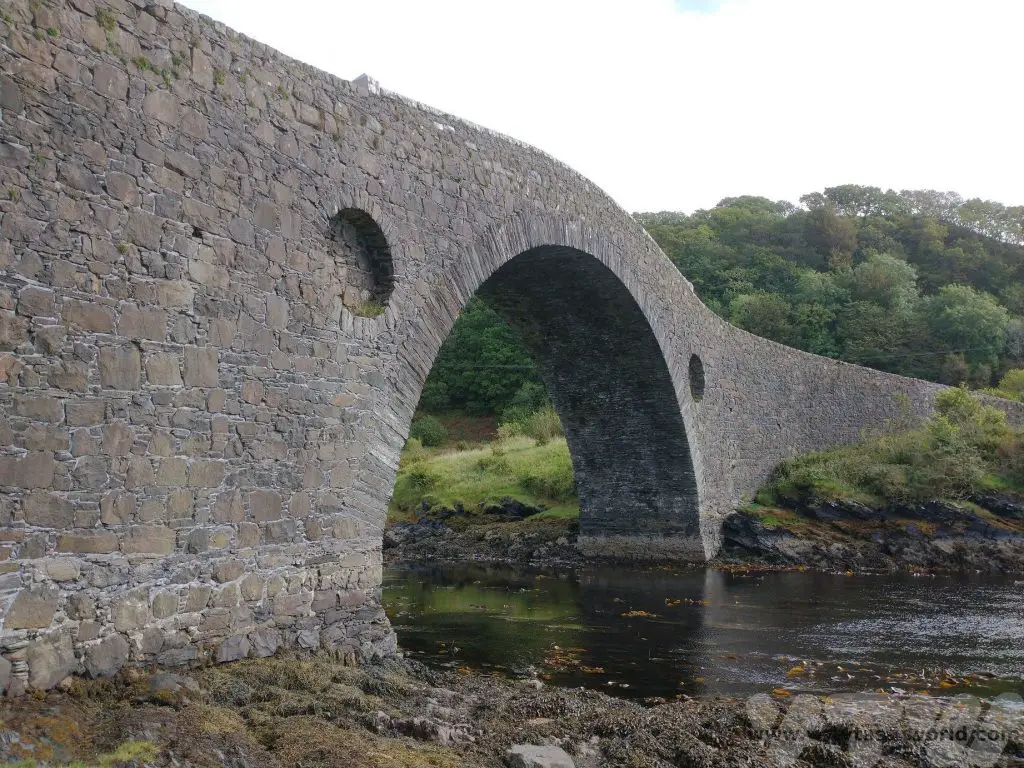
From there head to Ellenabeich, which has a large car park and the ferry port for the three minute journey across the sea to the island. It costs just a few pounds to make the crossing.
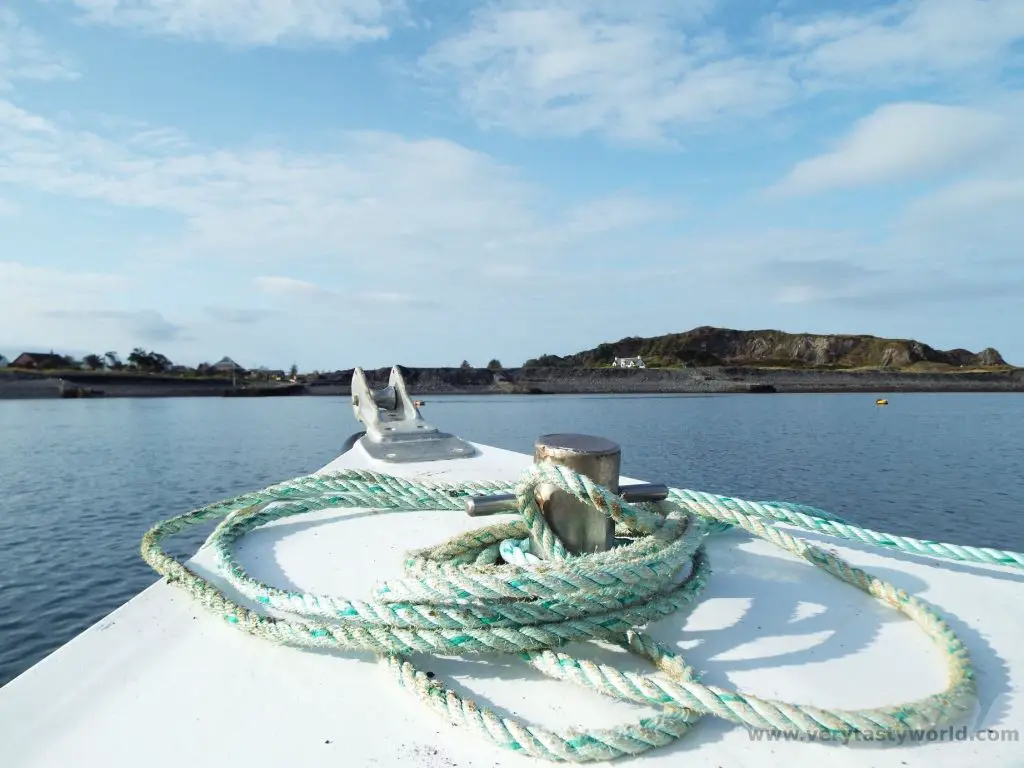
On arrival at Easdale you discover that there are no cars but it is the most delightful place to go walking. There is a café/reastaurant and a folk museum.
Easdale was once the focal point of the Scottish slate industry. As such it has a number of slate quarries, many of which are now flooded. Despite the industry, the island is really beautiful. Skimming Quarry holds a national stone skipping competition every September.
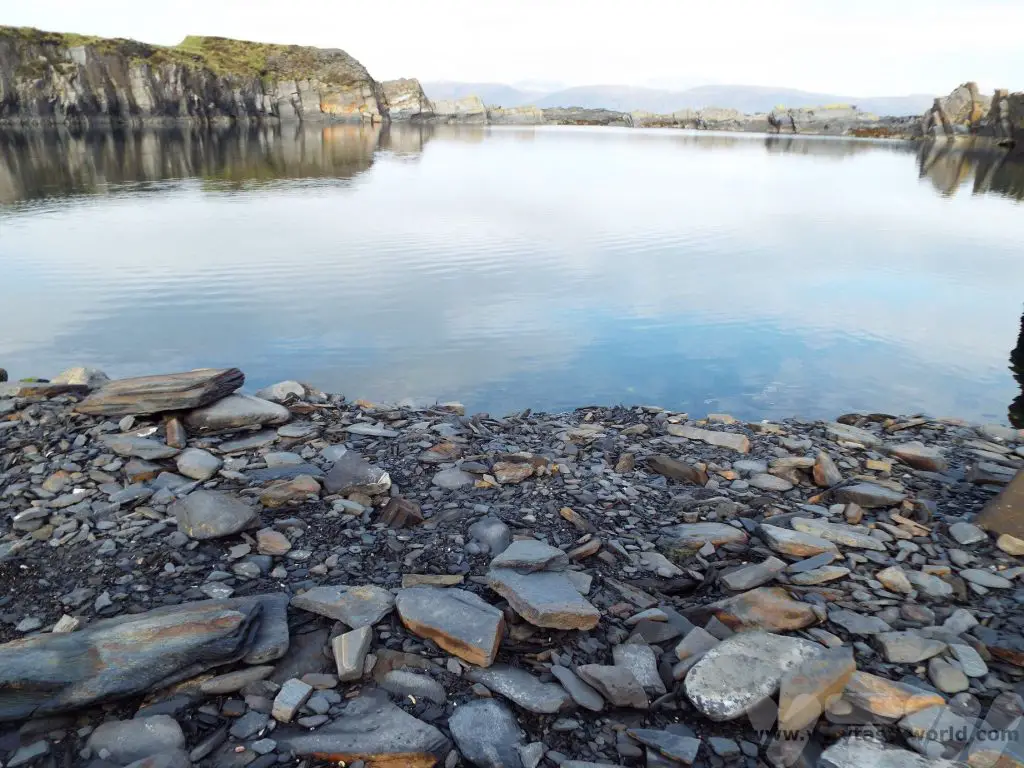
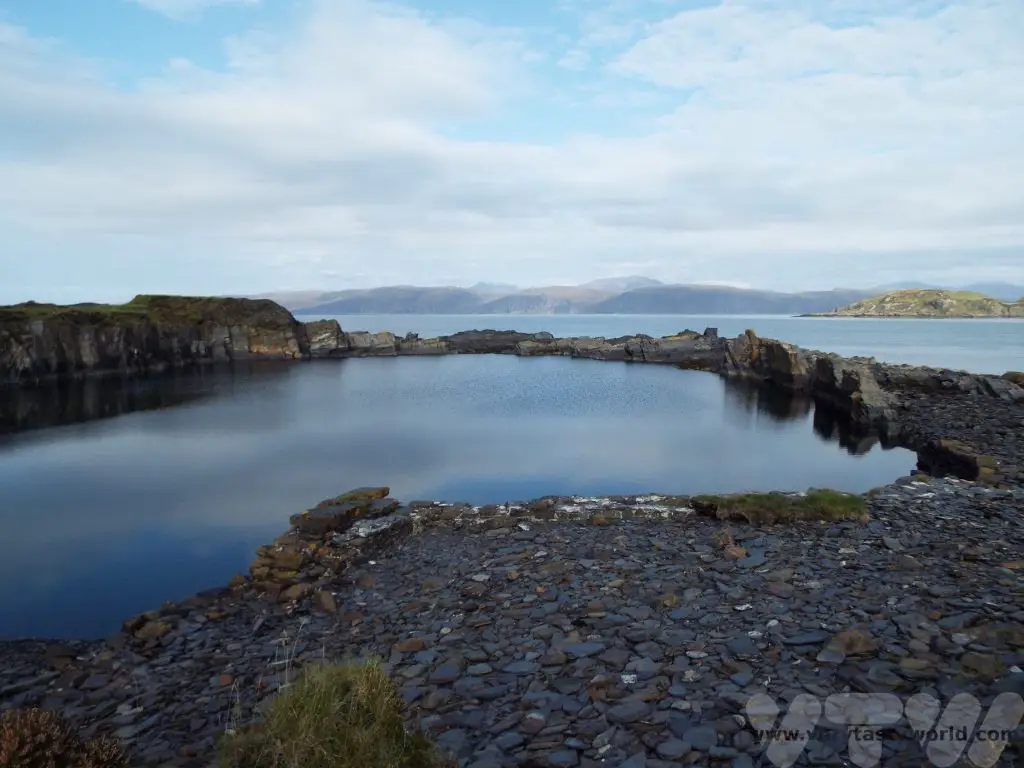
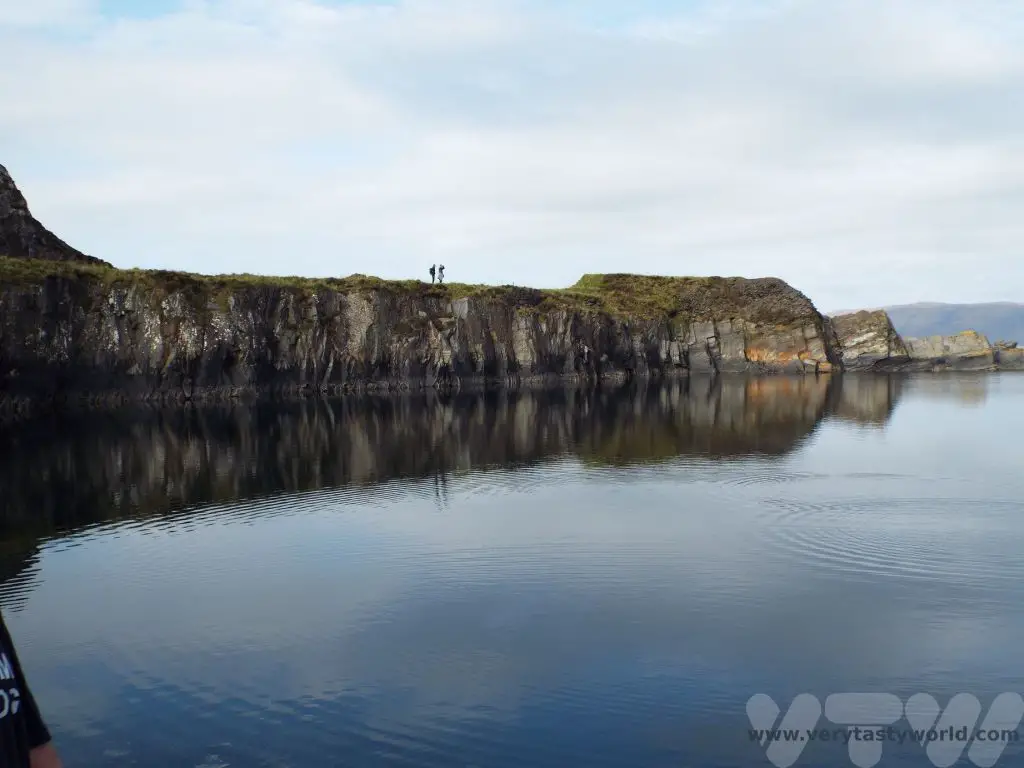
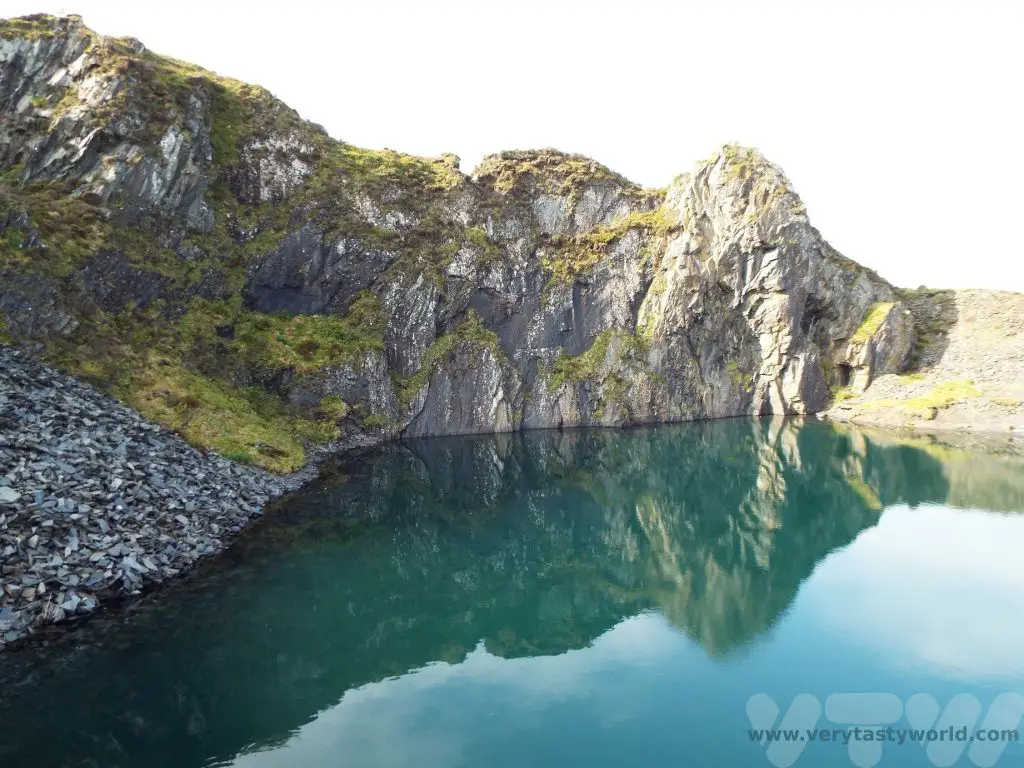
It’s very easy to walk all the way around the island and sometimes you get lucky with perfect weather.
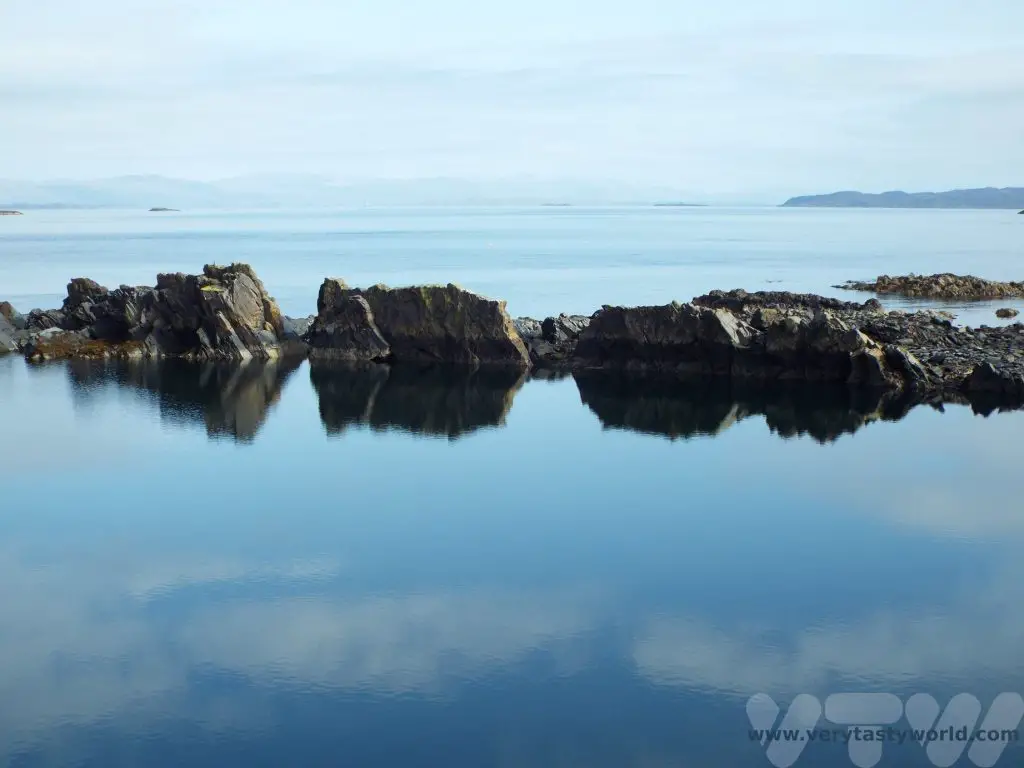
Kilmarten Glen and the Standing Stones
Driving further south towards Kilmarten it’s possible to explore some of Scotland’s prehistoric monuments, including cairns and standing stones.
Stopping in Kilmarten itself there is a museum which gives a history of the area, and the church next door, which has a collection of early grave slabs.
Further down the road there is a car park and, after crossing the road into the field, it’s possible to see Nether Largie Stones. The stones, believed to have been erected 3200 years ago, align with the midwinter sunrise and the autumn and winter equinoxes.
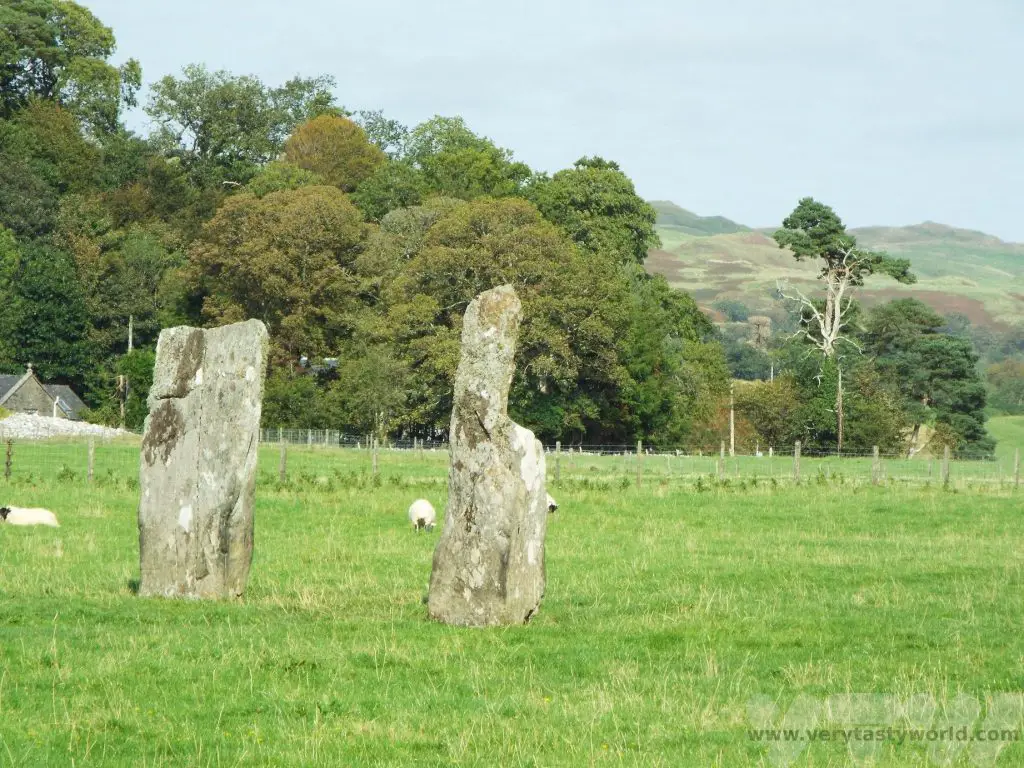
Temple Wood is a stone circle which has a cairn in its centre. It was originally a wood circle, dating from about 5000 years ago but the wood was later replaced with stones. Cremated remains, dating from around 3300 years ago, were found inside the centre of the circle.
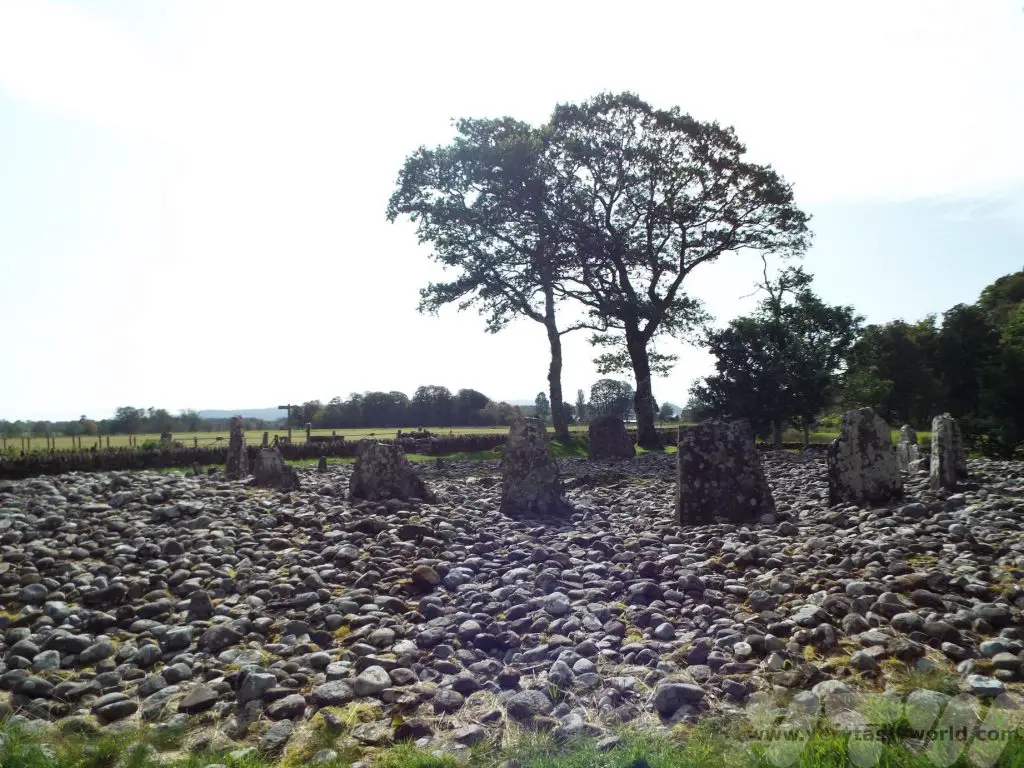
Another short walk just down the lane takes you to the Nether Largie South cairn, a Neolithic chamber tomb. It is thought that it was constructed around 5600-5500 years ago. It’s believed that it was used for burials in the early Bronze Age as well.
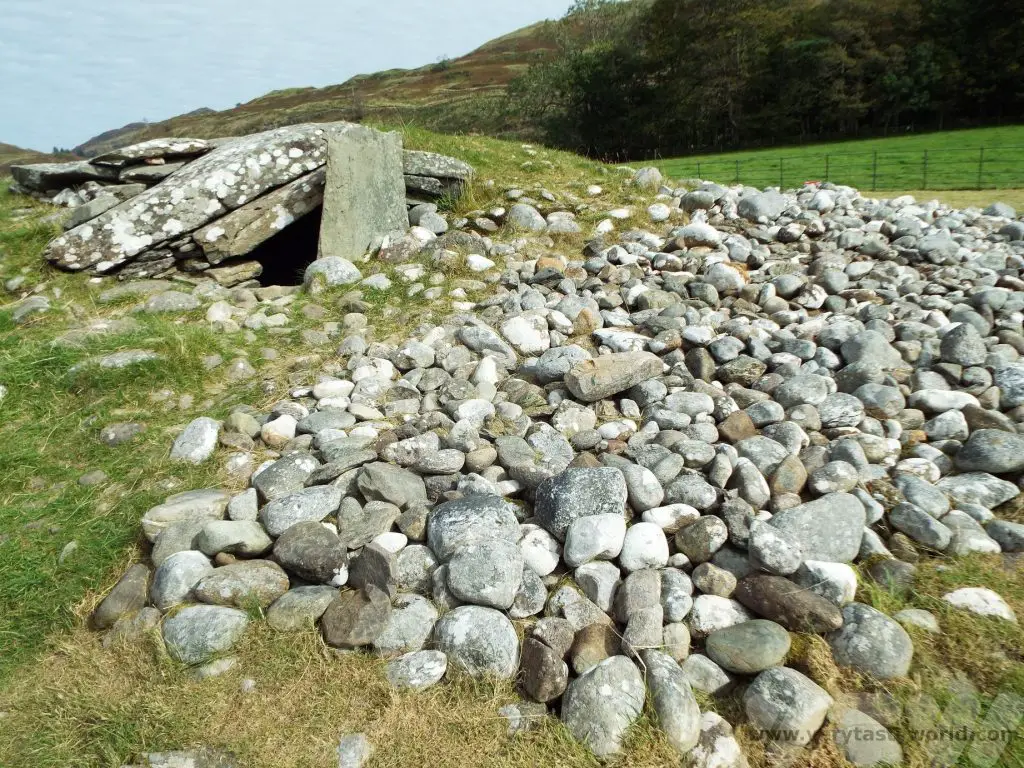
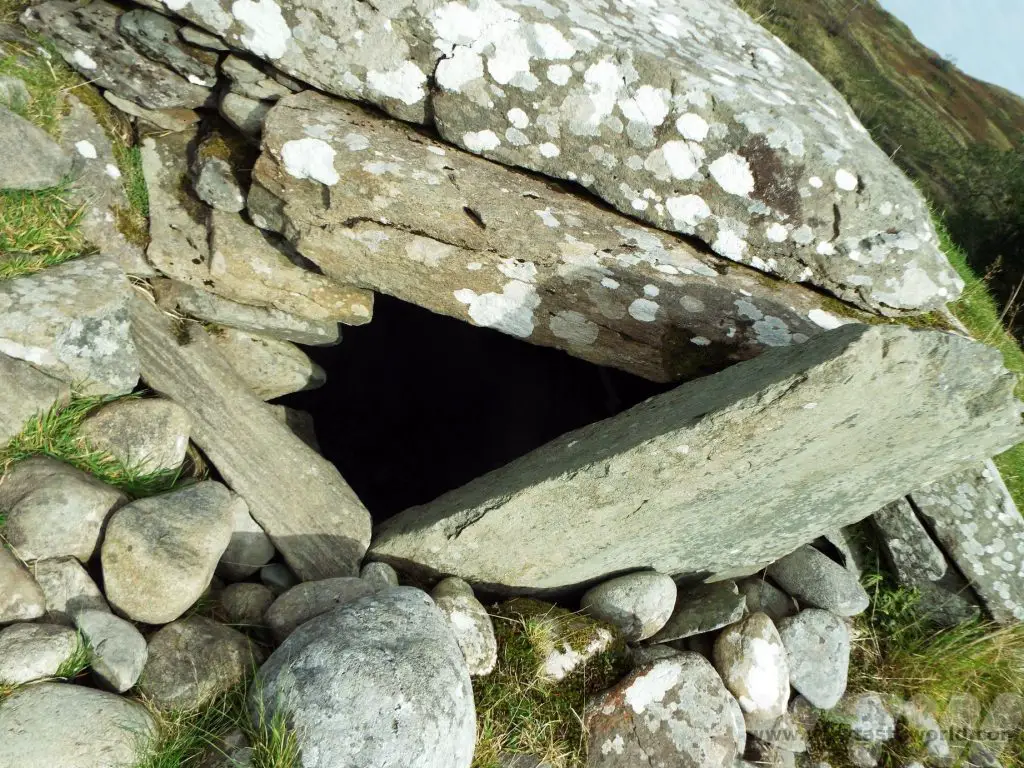
Seafood and Eat It!
On our return to Oban we discovered plentiful restaurants, many of which offer seafood. Blessed with a long and beautiful coastline, Scotland’s seafood is fantastic! If you want the very best, which is also incredibly good value for money, there is only one place to go: Oban Seafood Shack, also known as The Green Shack, located by the harbour on the railway pier.
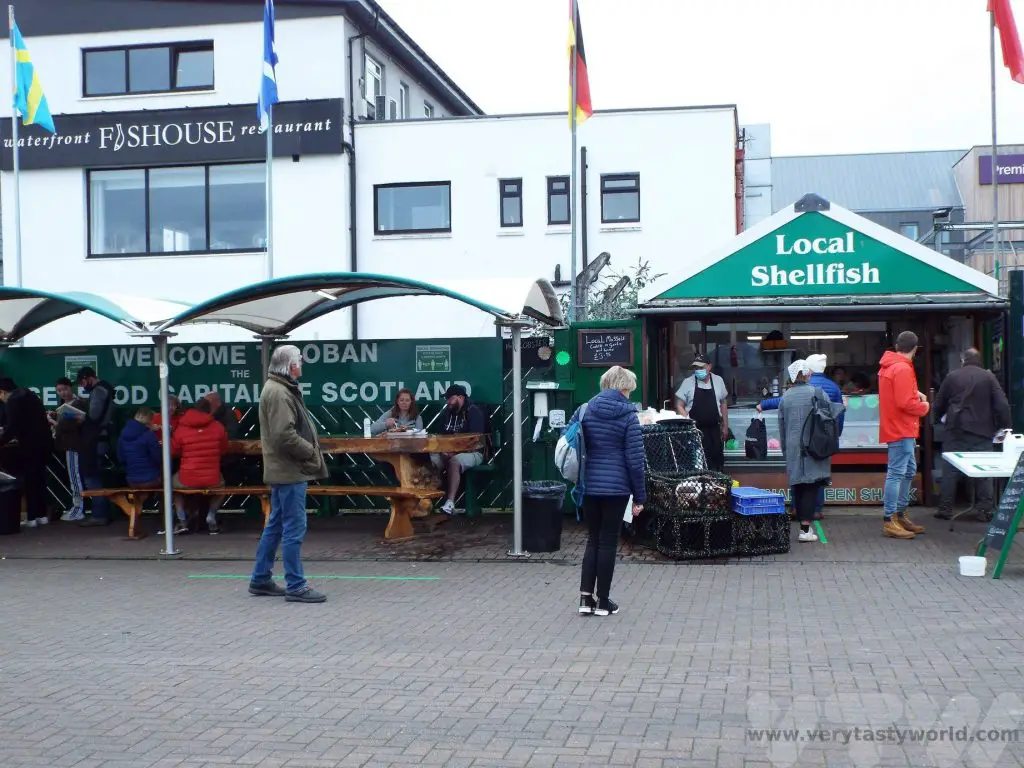
It’s so good, there will almost certainly be a long queue, but it’s emphatically worth the wait as you can order a huge variety of fresh seafood. It is literally a shack – a tiny hut – where you place your order. There’s not much seating, just a small covered area next to the shack and some tables for standing. It’s not the place for an intimate dinner but who cares when the food is this good? We ordered the seafood platter which was just divine: lobster, crab claw, langoustine, mussels, prawns, scallop in butter sauce, hot smoked salmon, pickled herring, crab sticks, squid rings. It was served with simple bread and butter, Marie Rose and sweet chilli sauce.
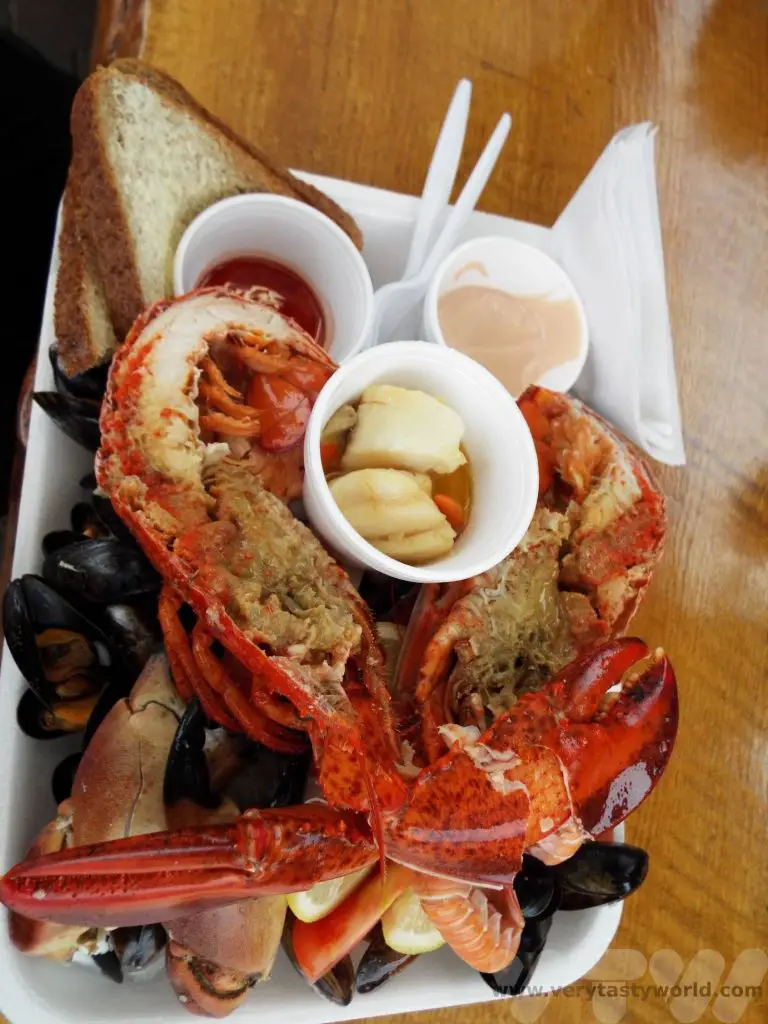
There was so much we needed a platter for the debris. We ate standing up, using our fingers (they have a wash station), although forks were provided to pick crab and lobster meat.
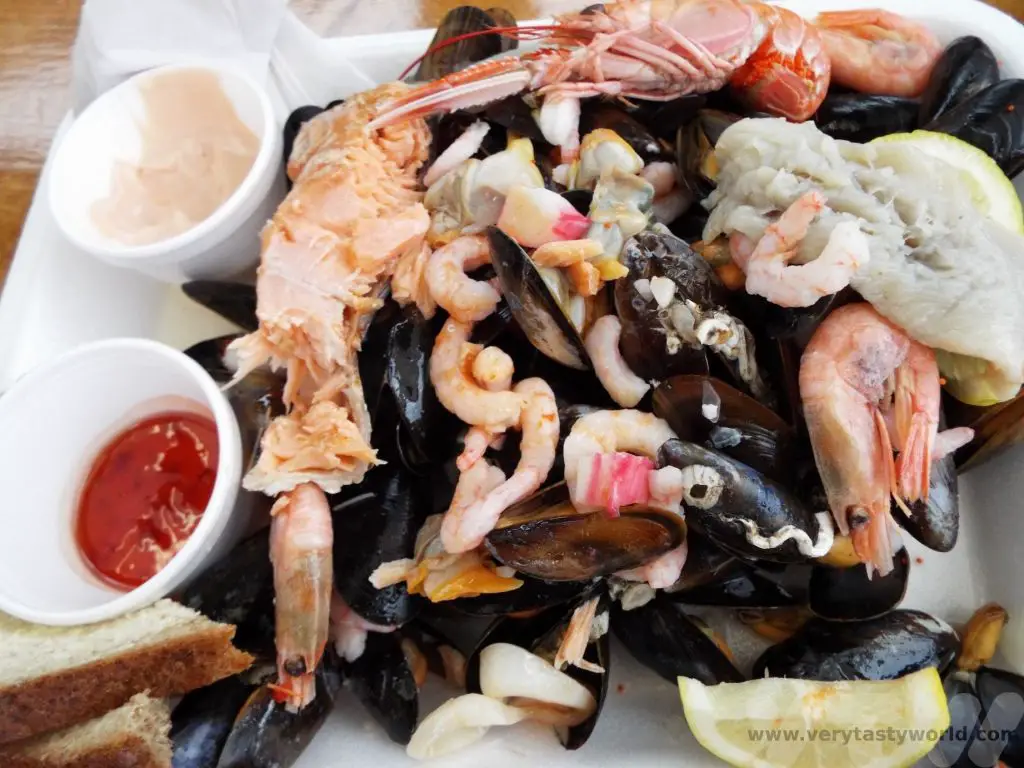
The seafood shack offered food as it should be – fresh ingredients, perfectly cooked, friendly service, no pretension whatsoever. Perfect. (It’s worth noting that at the time of our visit they only accepted cash as payment.)
The following day we skipped breakfast at the hotel in favour popping down to the shack to pick up some prawn and crab sandwiches. Absolutely delish! It set us up for the day to continue our journey through Scotland and onto the Isle of Skye.

Other Attractions in the Area
If you like castles, there are a couple close by: Dunollie Castle is located about 1.5km north of Oban. You can visit the castle, a museum and the grounds. There’s also Dunstaffnage Castle & Chapel, one of the oldest stone castles in Scotland which stands on an enormous rock overlooking the Firth of Lorn.
Oban is also gateway to some of Scotland’s marvellous Hebridean islands via the ferry port. It is possible to enjoy trips to Mull, Lismore, Coll, Kerrera and Barra, some either as day trips or to continue your journey through Scotland. Check the Calmac website for information and timetables.
Related Posts You May Enjoy

1 Day in Mostar, Bosnia and Herzegovina
We have recently returned from a holiday travelling through Croatia and Bosnia Herzegovina, two countries that we have long wanted to visit. We decided to take a fly-drive trip, flying in and then hiring a car so that we could have flexibility touring through these two beautiful countries. We spent 1 day in Mostar exploring this beautiful city with its iconic bridge.
Driving in Bosnia and Croatia
We flew into Dubrovnik in Croatia (as that worked best for our flights from the UK) and then hired a car at the airport. It’s always worth pre-booking the hire car. Driving in both countries is pretty easy – the roads are generally good (they are better in Croatia which has a more established tourism infrastructure) and, even better, usually free of traffic. Due to the mountainous nature of region dual carriageways were rare and the drives were leisurely but the scenery throughout each drive was spectacular. We kept to the speed limit – and be aware that there are speed cameras, particularly close to schools in towns – but were overtaken on quite a few occasions.
An ordinary driving licence was fine for driving in Croatia but we needed to obtain an International Driving Permit (1968 version, available from Post Offices in the UK for £5.50) in order to drive in Bosnia Herzegovina. It was also important to ensure that the car hire company provided the car’s registration and insurance paperwork as we could have been asked to show it to police or customs officials at any time, particularly in Bosnia.
Border crossings were generally easy – we just needed to join the queue for cars and simply hand over our passports at the first check-in booth and then answer any questions as the next one, the customs booth. In Bosnia Herzegovina proof of Covid vaccination was needed (at the time of travelling). We had printed our Covid passes out so they were easily to hand but a mobile phone app would have been just as good. Our itinerary took us in and out of both countries. After an overnight stay in Mali Ston we headed into Bosnia Herzegovina.
Bosnia and Herzegovina’s History
Bosnia Herzegovina has a long and complex history. Its location in the Balkans is often described as the crossroads between south and south-east Europe. Populated by south Slavic people it was annexed into the Ottoman Empire, who brought Islam to the area, in the middle of the 15th century. Hence the population comprises Serb (Orthodox Christians), Croat (Catholic) and Bosniak (Muslim) peoples. This is reflected in the multitude of churches and mosques that can be seen throughout the region.
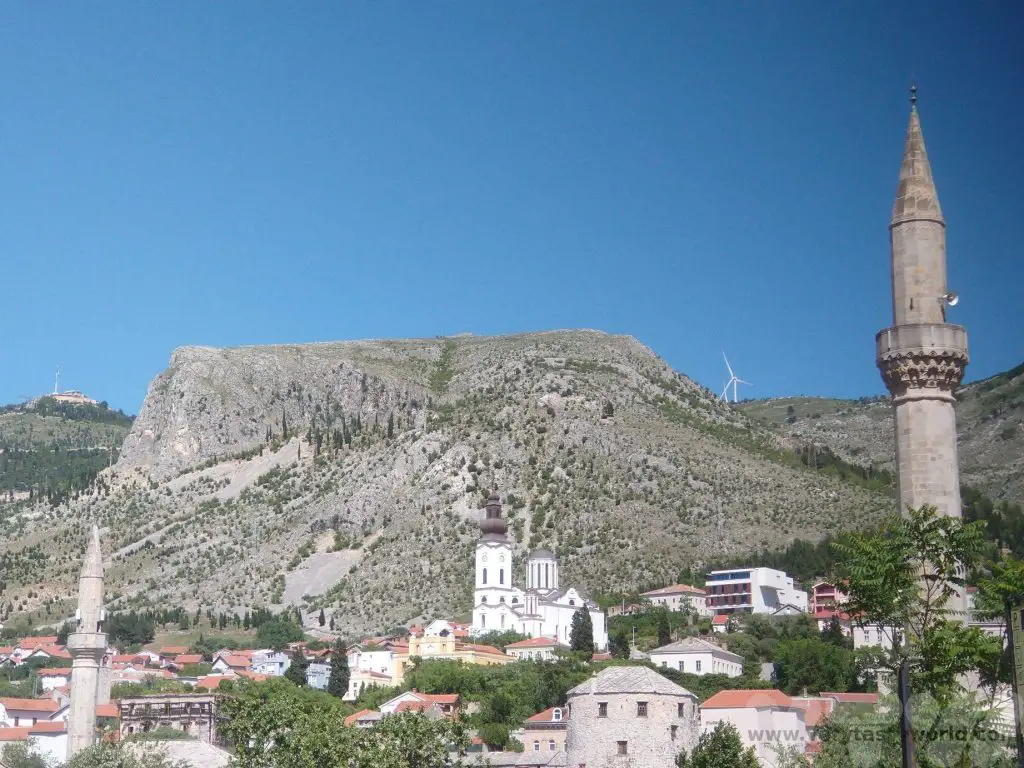
Mostar is the main (in fact, the only) city in Herzegovina. (The northern region of the country is Bosnia, with Sarajevo as its capital, and Herzegovina is the south.) Mostar is located on the Neretva river, surely one of the world’s most beautiful rivers, with its crystal clear turquoise water. The city is most famous for the Stari Most bridge that crosses the river. It was commissioned by Suleiman the Magnificent in 1557 and completed somewhere between 1566 and 1567.
It was the widest constructed arch in the world at the time at 30 metres long and 4 metres wide. The drop to the water is around 20 metres depending on the river level. The Ottomans were clever in that this was the only bridge spanning the river for several centuries – the word Mostar derives from ‘mostari’ – bridge keepers – so that the authorities could impose tolls on the traders who needed to cross as they moved their goods through the region. The bridge is flanked by two impressive towers.
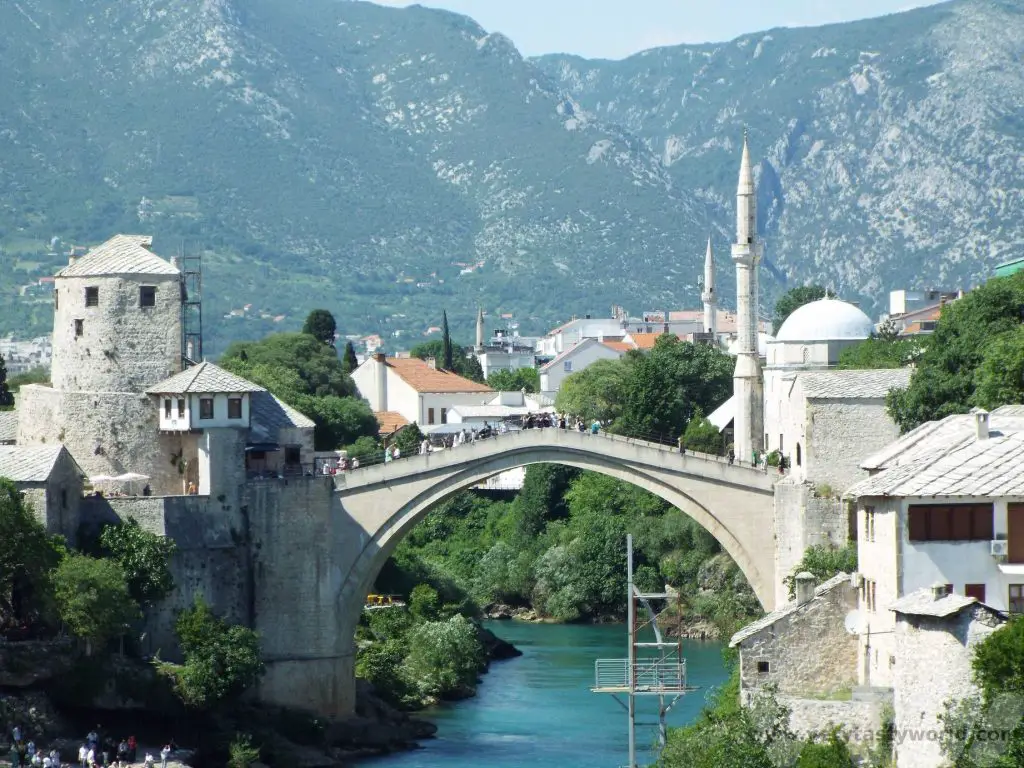
Following the decline of the Ottoman Empire and then the annexation of Bosnia Herzegovina by the Austro-Hungarian Empire in 1909, the Kingdom of Yugoslavia was established in 1929 after World War 1. This became the Socialist Federal Republic of Yugoslavia, under the rule of Josip Broz Tito, following World War 2. The region remained stable until the breakup of Yugoslavia in the early 1990s. Following Slovenia and Croatia’s respective secessions from Yugoslavia, Bosnia Herzegovina held an independence referendum in February 1992. The outcome was in favour but, while most Bosnian Croats and Muslim Bosniaks had voted, the referendum had been boycotted most of the Bosnian Serbs, a significant proportion of the population. A series of events following this led to war breaking out between the different groups. It lasted until December 1995.
It is incredibly difficult to summarise – let alone truly understand – the complexities of the war but what is undeniable is how horrific it was. This was a war that happened during our lifetime – we remember from seeing news reports on the television at the time. We spoke to a number of local people – from all ethnicities – during our time in Bosnia Herzegovina and they told us about their experiences living through the war, notably the Siege of Sarajevo. Following the peace declaration, the government structure in Bosnia Herzegovina has become incredibly complex with representatives from each ethnic group holding positions of power. For example, the country has three presidents: a Bosniak, a Serb, and a Croat.
One of the consequences of the war for Mostar was the destruction of the Stari Most bridge in December 1993. It was not only considered to be a strategic bridge (the other bridges crossing the river in Mostar were also destroyed) but also a cultural icon. The bridge was rebuilt after the war using funding from a variety of sources and many different countries contributed to the fund. The aim was to reconstruct the bridge in identical style and using similar materials (some salvaged from the original bridge where possible). It was reopened in 2004.
1 Day in Mostar – A Walking Tour
When visiting a new city, particularly when we are touring and short on time, we enjoy taking a walking tour. There are usually lots of options available but we especially like the ‘free tours’ which are run by local guides (who will expect a tip at the end of the tour and absolutely deserve one) who can show you the main places to visit in Mostar, explain the history of the area and give some personal insight into the country. They are also the perfect people to recommend local food and restaurants.
We started at the Spanish Gymnasium, which is the first public school in Mostar (the word derives from the European term for high school rather than being an exercise centre). It’s about a 20 minute walk from the centre of the city and is a good meeting point as its orange colour is very easy to spot. It is a working school so entering the building isn’t possible.
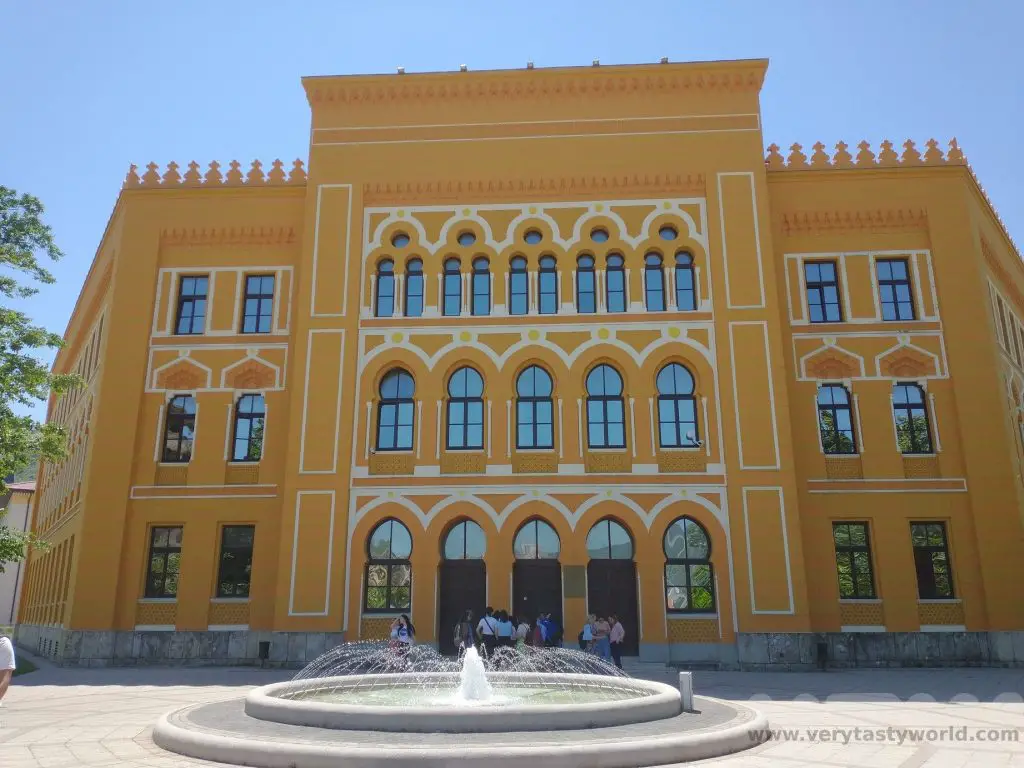
The gymnasium is located next to the Zrinjevac City Park, which is a pretty park that has a rather unusual statue. We really weren’t expecting to see a life-sized (well, apparently it’s 4cm short of life-sized) statue of Bruce Lee. Apparently he was chosen as a symbol of diversity and couldn’t be perceived to have an affiliation with any of the local ethnicities, but rather represented “loyalty, skill, friendship and justice.”
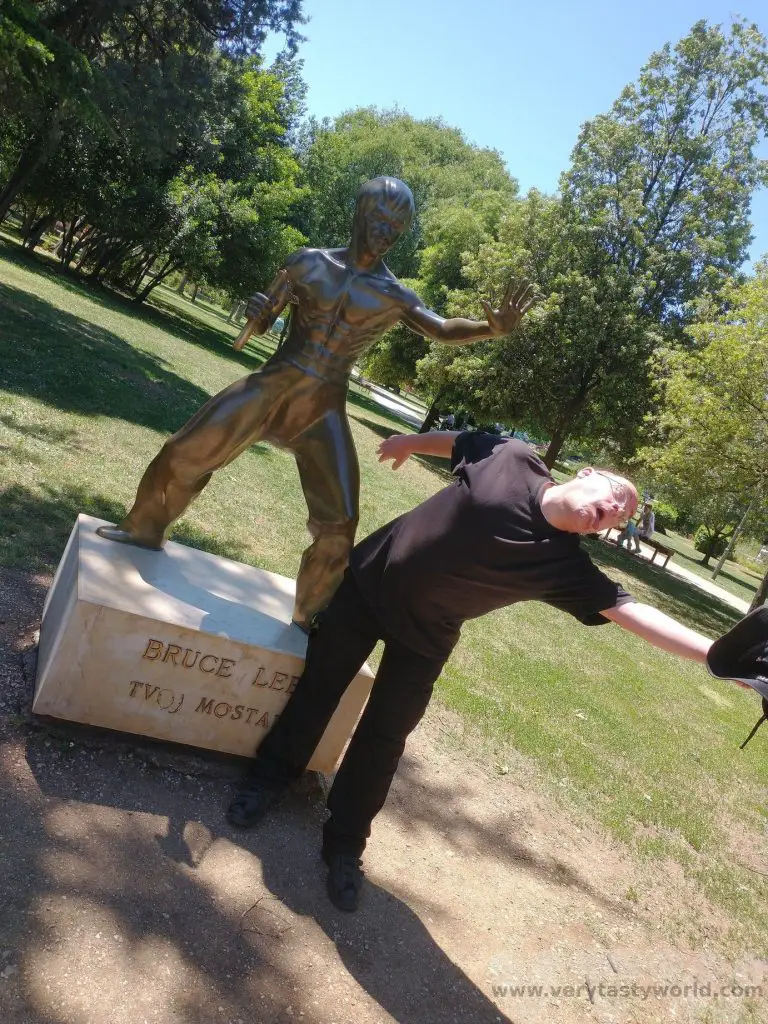
When walking around Mostar the scars of the war remain. We walked through the former financial district – many of the buildings are still shells. Our guide explained that while reconstruction work had taken place following the war, the capital Sarajevo had received more money to rebuild. There was still a lot of work that needed to be undertaken throughout Bosnia and Herzegovina.
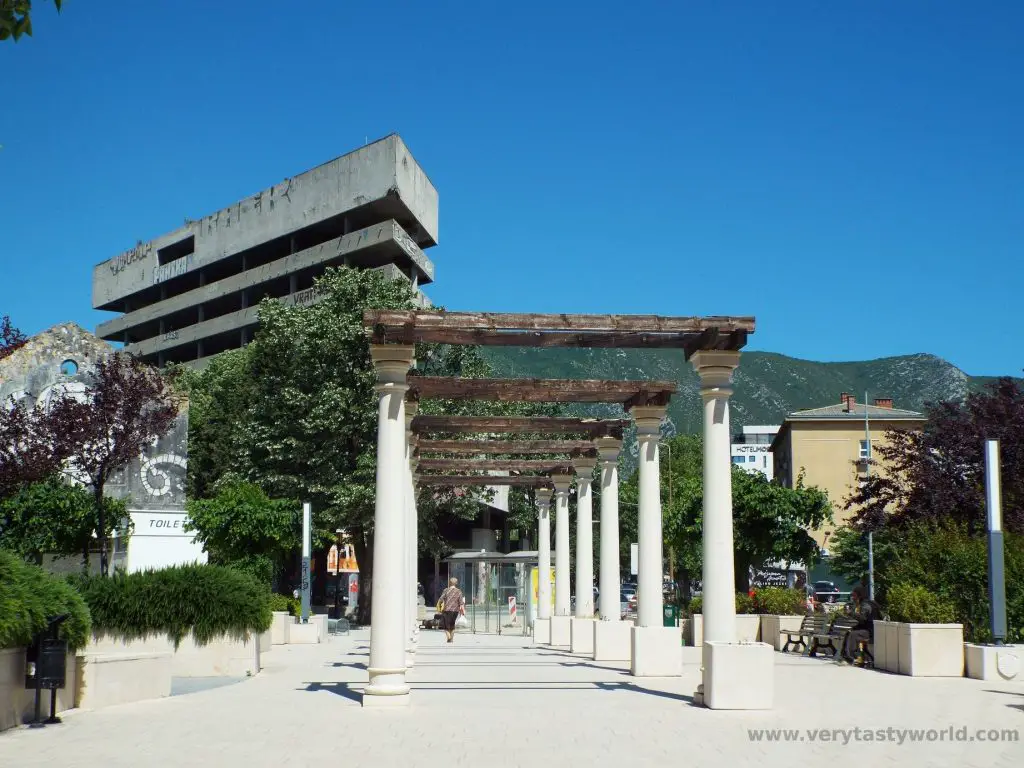
Walking across the Most Musula bridge we could see good views to the hills above. Although walking up to the summit would ensure a magnificent panorama of the city, the area sadly still contains land-mines.
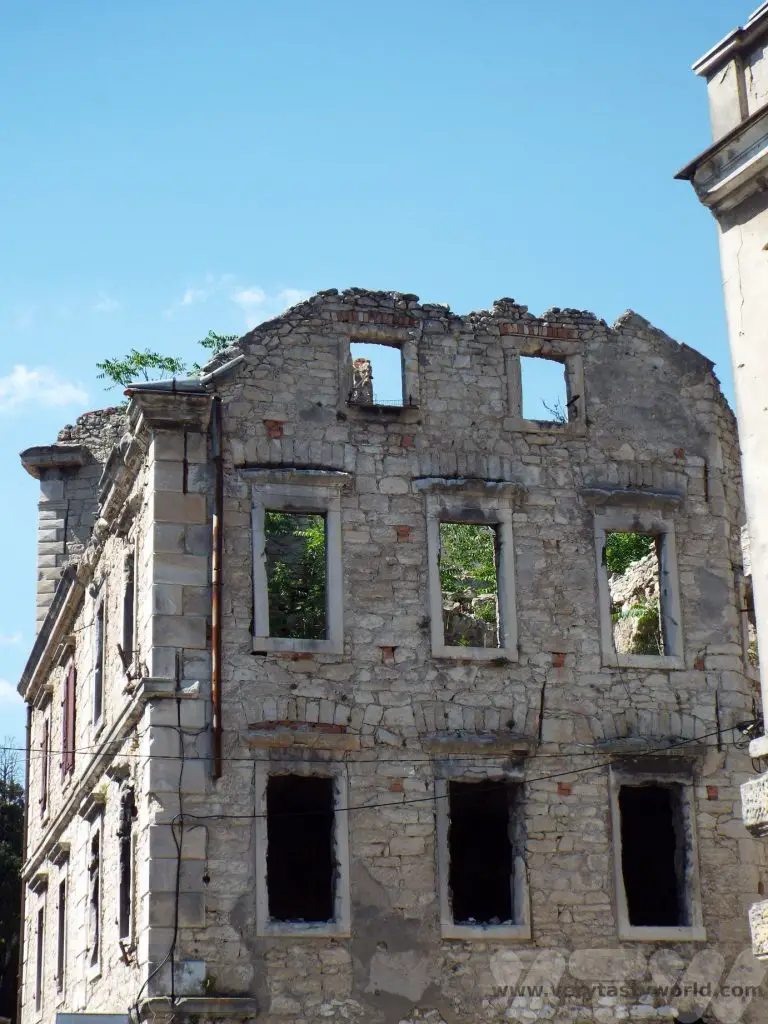
We then headed towards the older part of the city. The Karadoz Bey Mosque is one of the largest mosques in the region and dates from the same year as the Stari Most bridge.
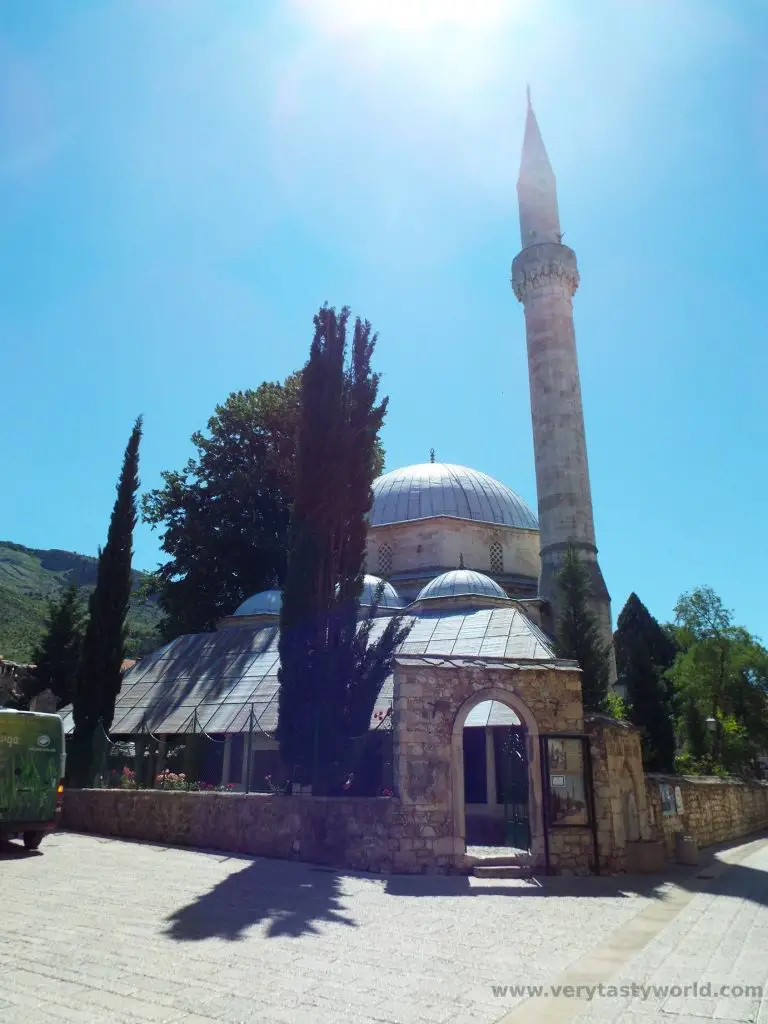
It is possible to visit the Koski Mehmed Pasha Mosque. It is located on a side street just away from the main street.
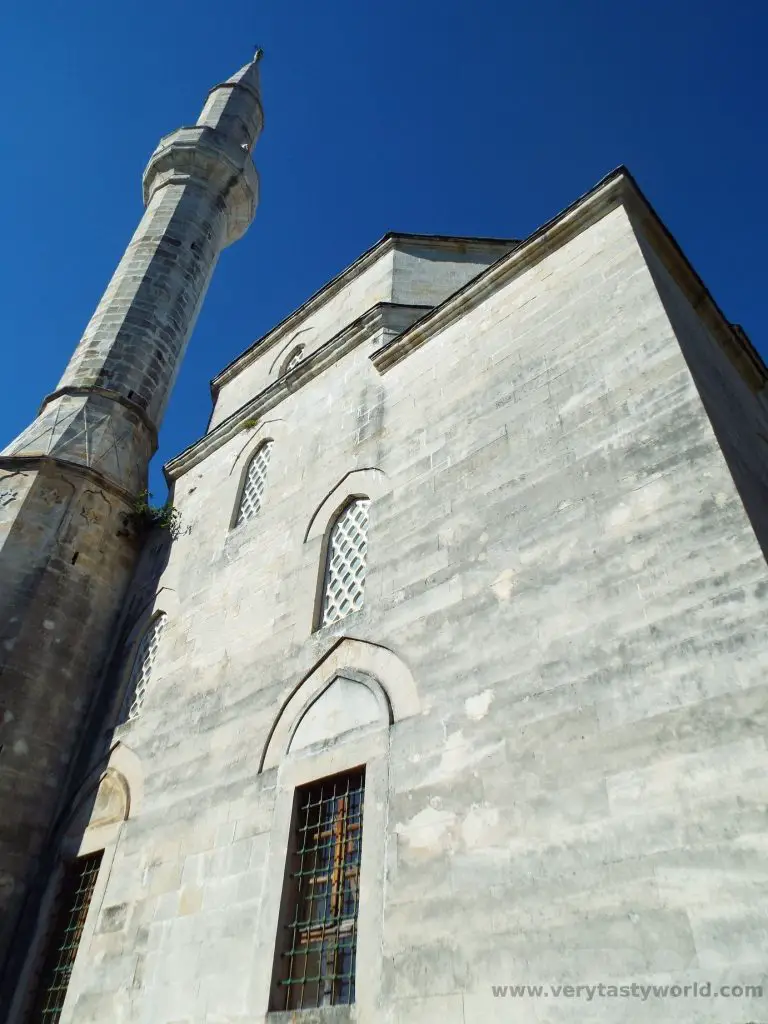
Outside is a fountain traditionally used for washing before entering the mosque to pray.

For visitors it costs 4 Euros to enter the mosque and a further 4 Euros to climb the minaret. Photos were allowed and, although we asked if they would like us to remove our shoes and cover our heads, we were told that it wasn’t necessary.
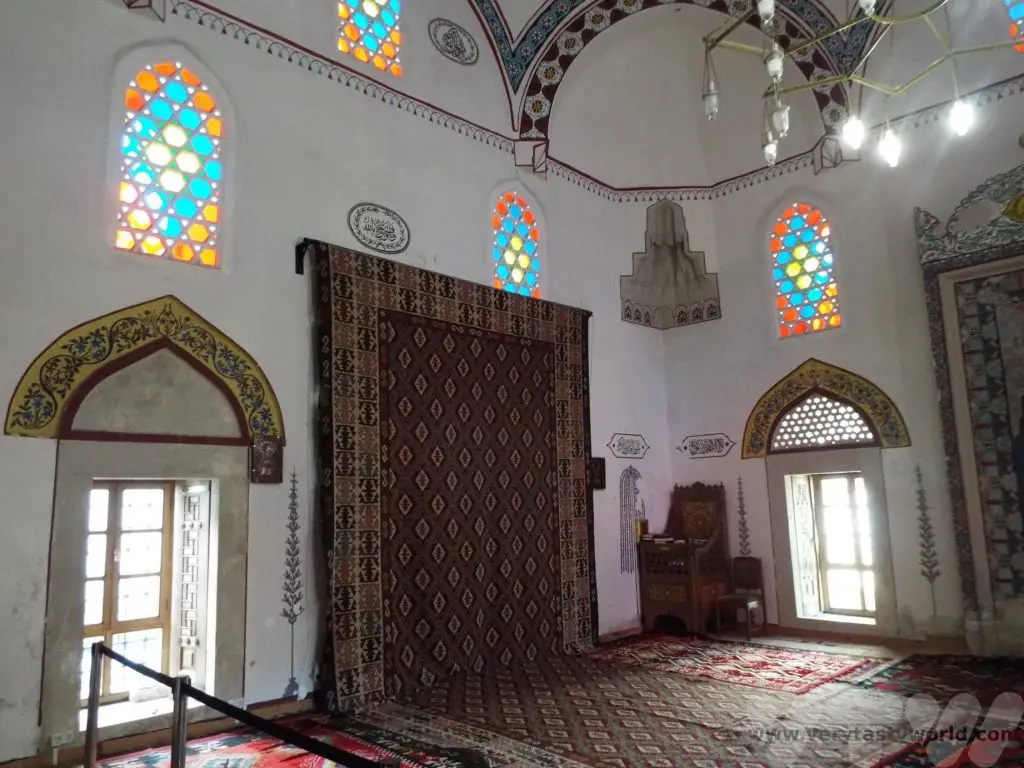
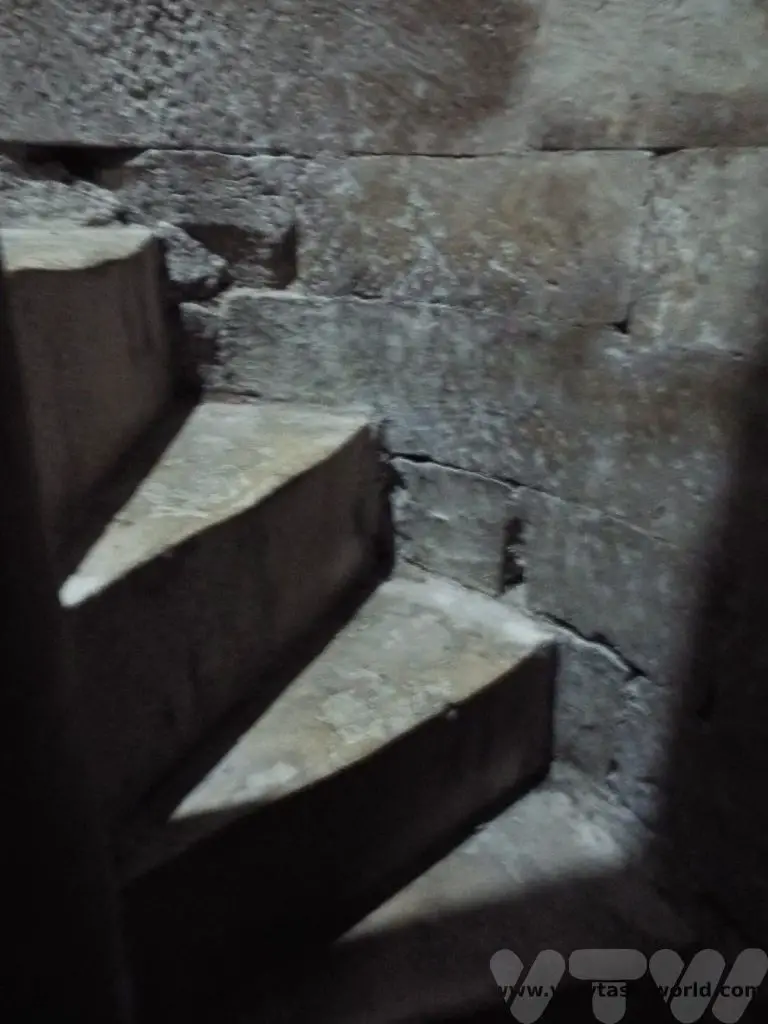
The interior of the mosque itself is quite compact and the climb to the top of the minaret was fairly claustrophobic.
However the view across the river to the bridge was spectacular. The balcony of the minaret was pretty narrow so we were lucky that there was only one other visitor there. You can also enter the small garden adjacent to the mosque for more river views.
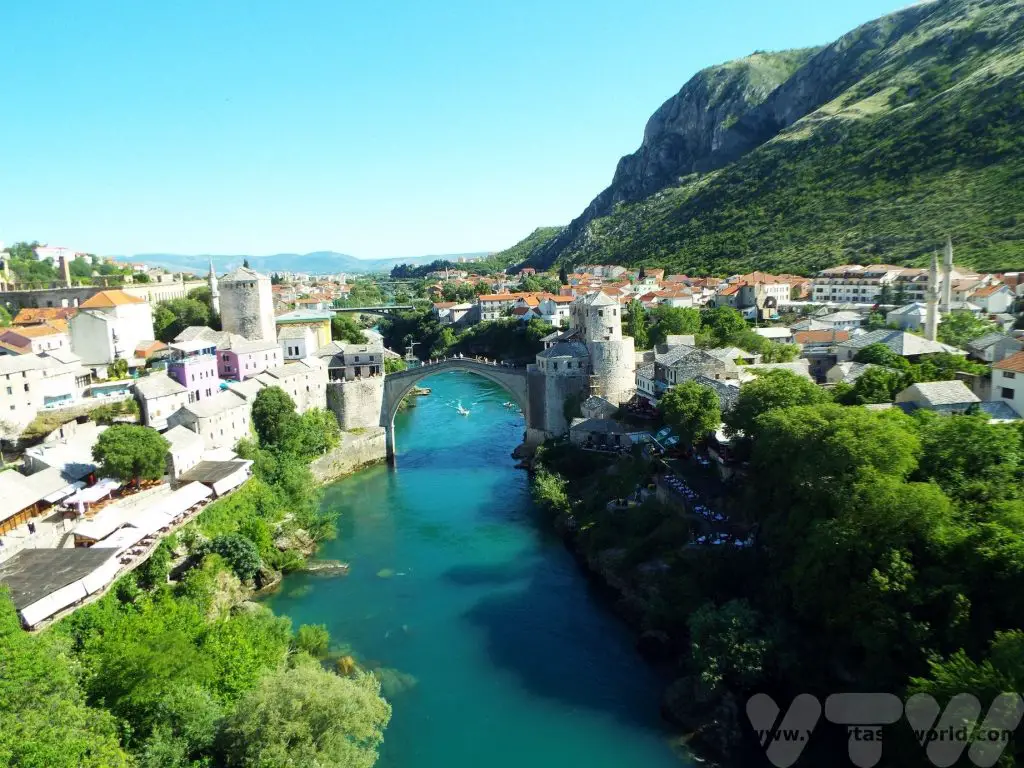
Wandering through the old town, there are lots of shops and restaurants. It is very touristy and can get crowded during the day. There are also a couple of museums in this area, The Museum of War and Genocide Victims 1992-1995 and also the Bridge Museum, which we were keen to visit, but sadly it was closed. There were reminders of the war as we walked through the streets.
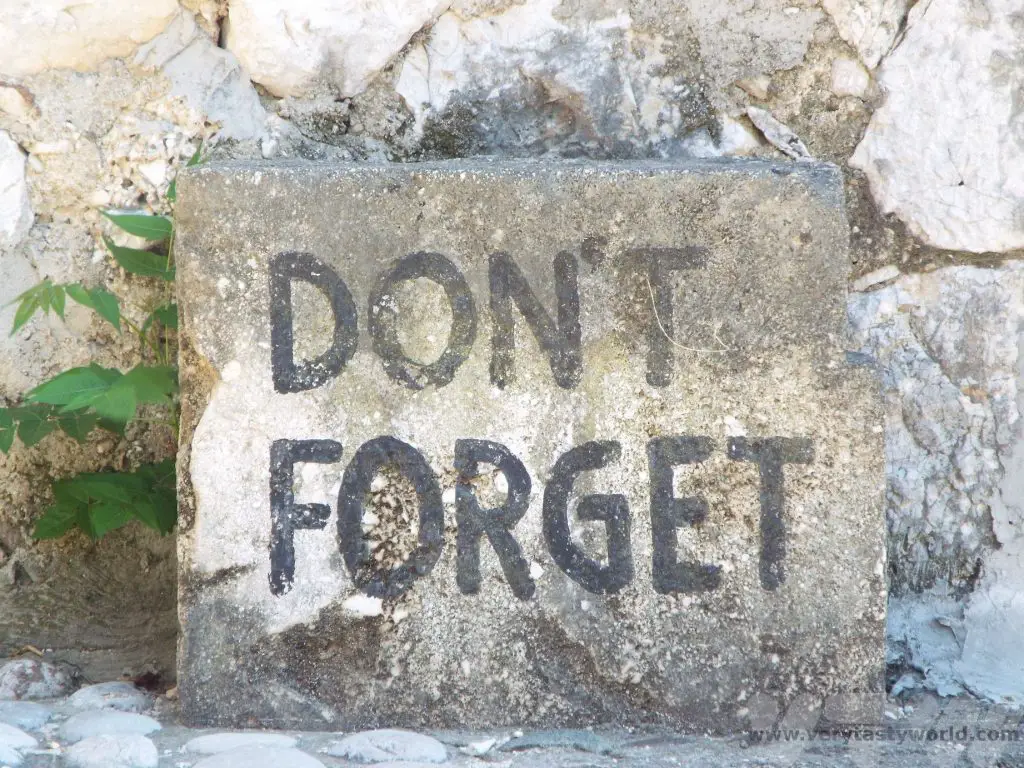
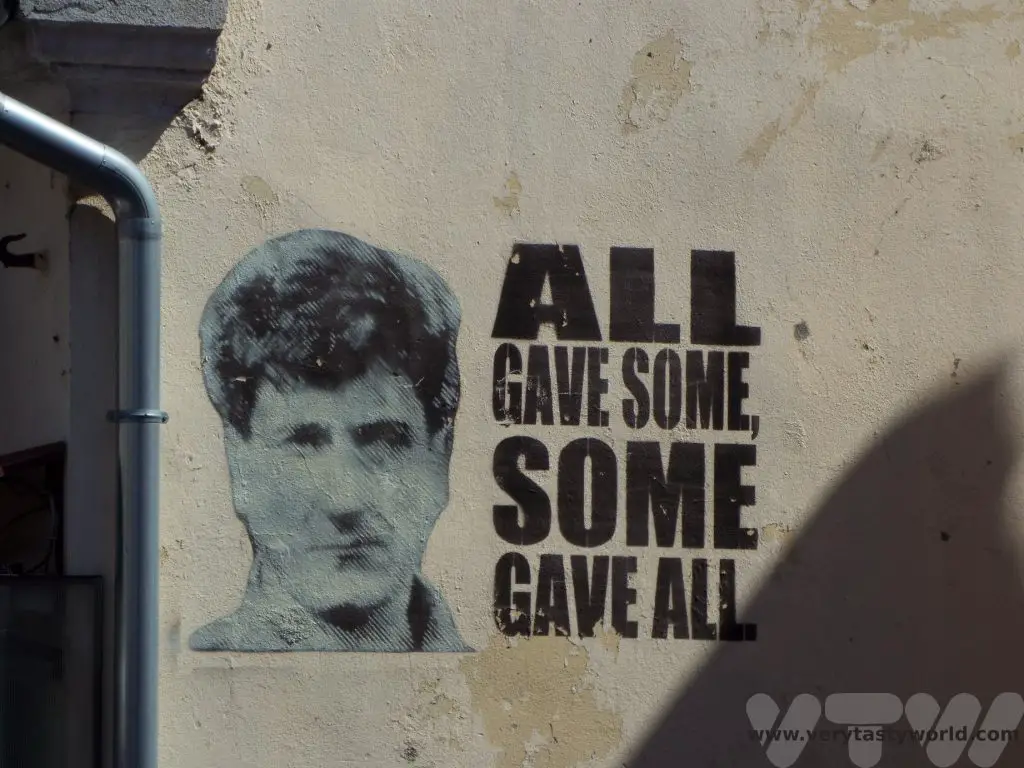
Approaching Stari Most again we crossed the river over the old bridge. The steps can be quite slippery.
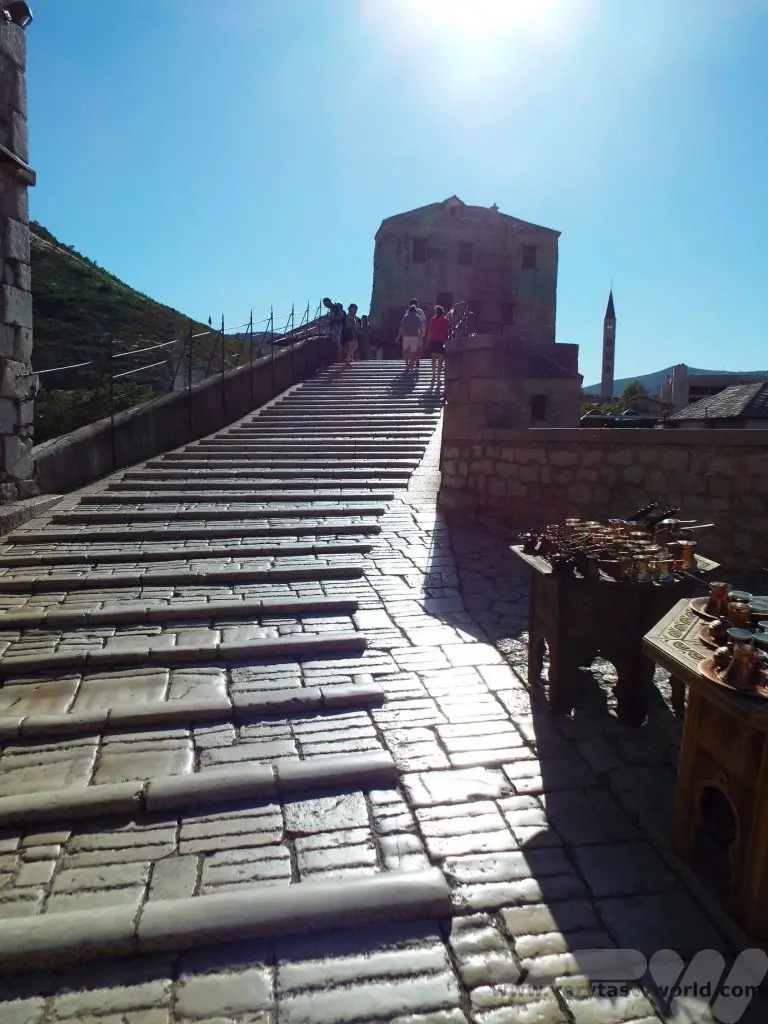
One thing that is very popular is watching locals who dive from the bridge into the crystal clear water below. You’ll see them hanging around at the top of the bridge, sitting on the top railing, and they will usually dive once they have raised enough money – normally in the region of 50 Euros – from tourists. You will be able to tell when they are ready to dive when either one of them dons a wetsuit or they start splashing themselves with cold water because the temperature of the river is extremely cold, especially in spring and early summer. We were some distance from the bridge, upriver, when we saw a diver preparing to go. Despite the camera being focussed and on full zoom, we only managed to capture the splash! There are diving competitions held in Mostar each year.
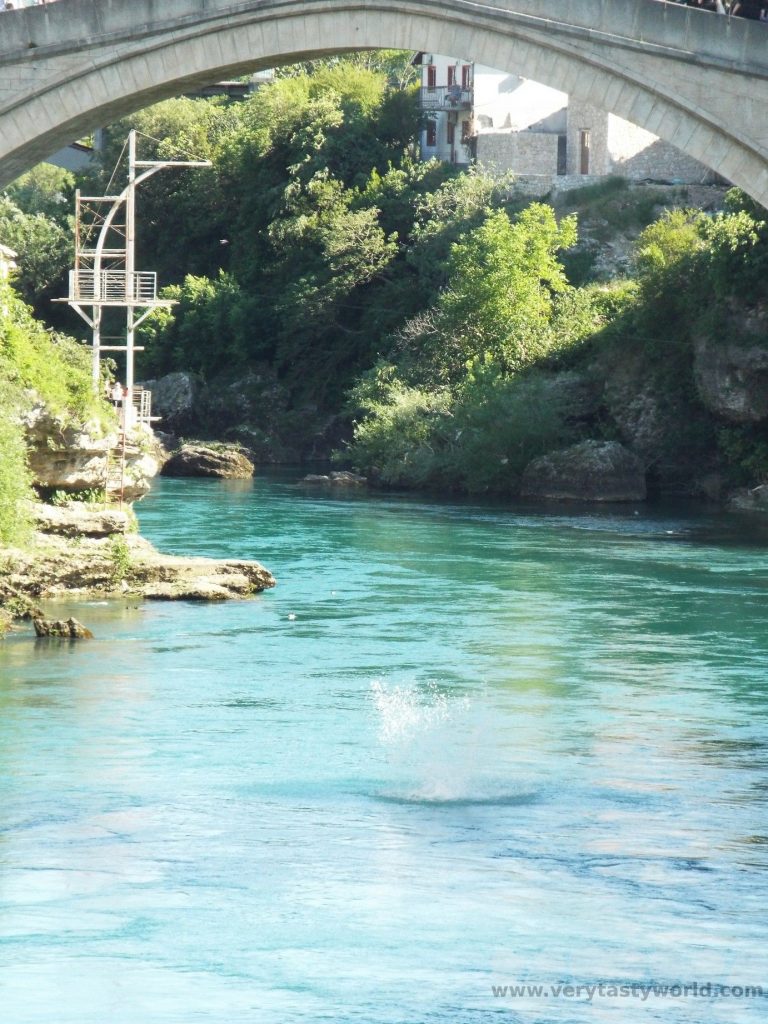
It’s worth noting that the bridge is a focal point for tourists and, because the city is only a couple of hours’ drive away from Croatia, it gets very busy during the late morning and afternoon as day trippers arrive in their coachloads. The surrounding streets and bazaars will be teeming with people. So staying overnight to explore the area and view the bridge when it’s less busy is definitely recommended.
Our walking tour concluded by another stone bridge – the Crooked Bridge – just a five minute walk away from Stari Most. It dates from 1558. It was strategically important because it allowed traffic to be controlled from the towers of the old bridge. This, too, is a reconstruction – sadly the original was destroyed during floods in 1999, but it was rebuilt in 2002.
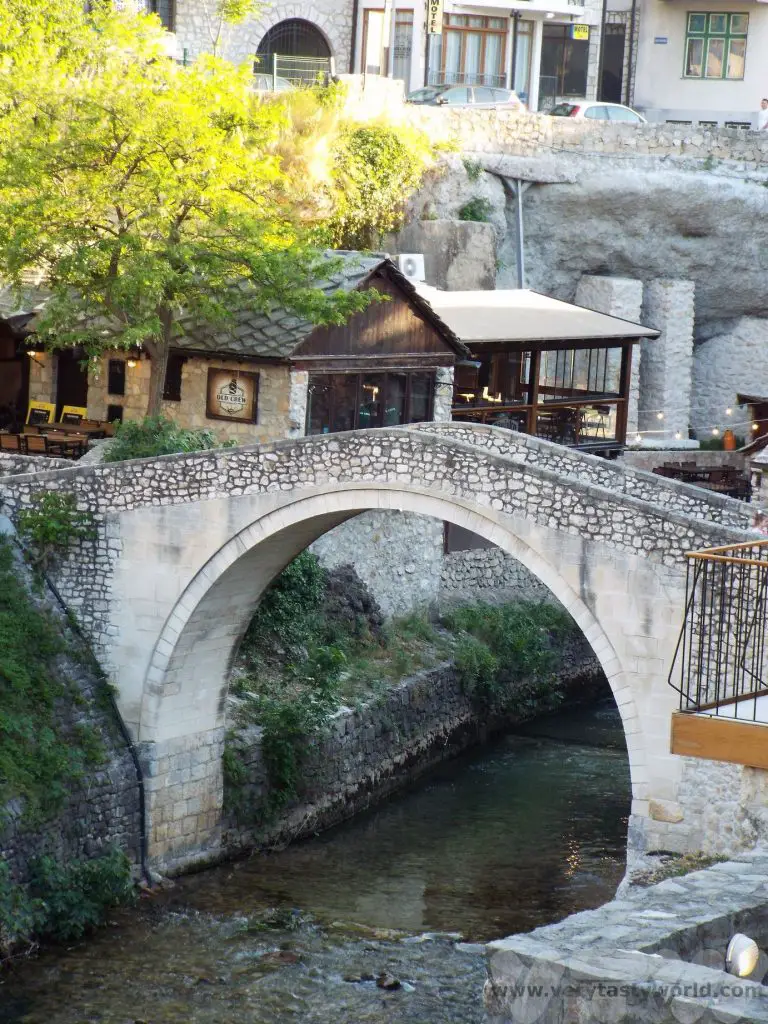
Dining Out in Mostar
There are loads of eateries offering tasty food in Mostar. The restaurants closest to the bridge, or those with a good view of it, are likely to be more expensive than those in the surrounding streets. Mostar was our first introduction to Bosnian cuisine. The national dish is considered to be cevapi – little meaty sausages/kebabs served inside a bread called somun which is a flatbread like pitta but has a really nice focaccia-like spongey texture. It’s served with chopped raw onions, which are quite sweet in flavour rather than being too pungent. You usually get a choice of a small portion (5 little sausages) or larger portion (10 little sausages). Many of the dishes we tried in both Bosnia Herzegovina and Croatia were accompanied by ajvar, a condiment made from red peppers (it isn’t spicy).

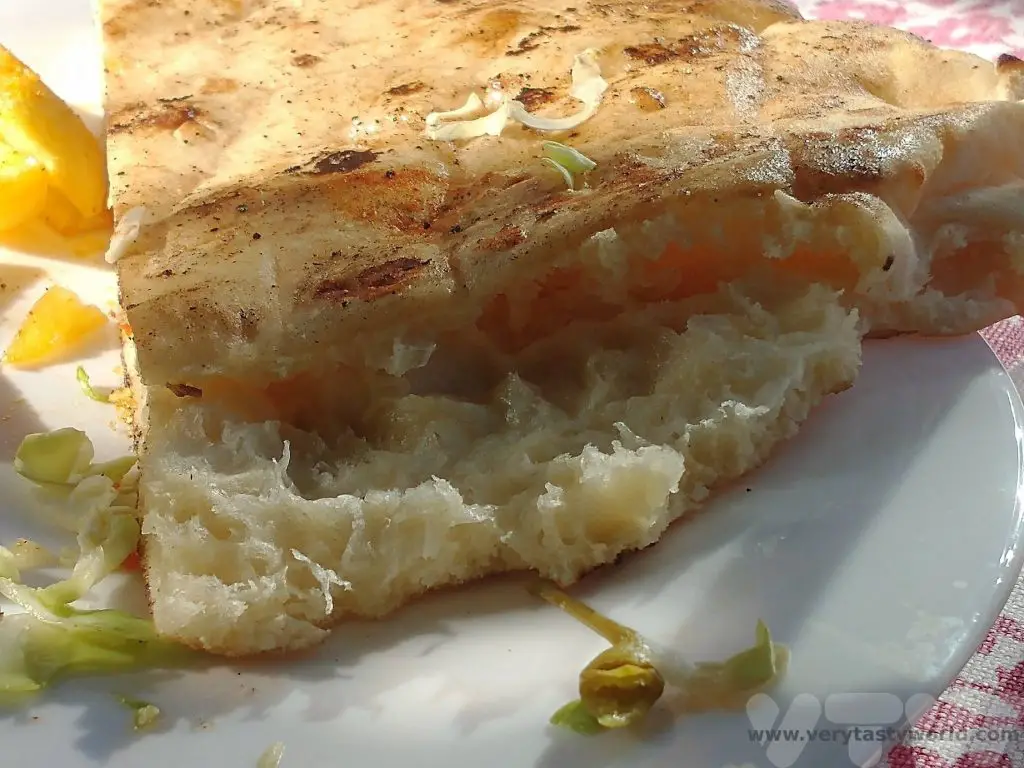
There are plenty of sweet dishes on offer as well. Baklava is a familiar dessert, a sweet, filo-based pastry, filled with layers of nuts and a sweet syrup, popular across the region and the Middle East. We particularly enjoyed hurmasica, a pastry doused in lemon-flavoured sugar syrup. It comes in an oblong shape and is very sweet but really delicious with a nice gooey cake-like texture.

And a meal wouldn’t be complete without a cup of incredibly strong, rich, sweet coffee. Coffee culture is very important in this part of the world.

There was also a very good craft beer emporium in Mostar,on Gojka Vukovica, close to the Crooked Bridge. It had a wide variety of local beers on offer, brewed in both Mostar and Sarajevo. We particularly enjoyed Marakuja, an American Pale Ale, Onano Maze, a rich porter, Darkness, a dry Irish Stout and Kukambera, a cucumber-infused lager which was really refreshing on a hot spring day.
And if you’re after something stronger, rakija is the local brandy made from fermented fruit. Its alcohol content can range from around 40% to 60%. It’s not uncommon for local people to make their own rakija. One of the guides we met told us that it was the cure for all ailments! What’s nice about it is that, even though the alcohol content is strong, you don’t just get a blast of booze, the flavours of the base fruit really do come through – it’s a pleasant tipple.
After dinner, when the day trippers have melted away, it’s lovely to wander through the city at night. The bridge and local buildings are lit up beautifully and Mostar becomes a much more peaceful place.
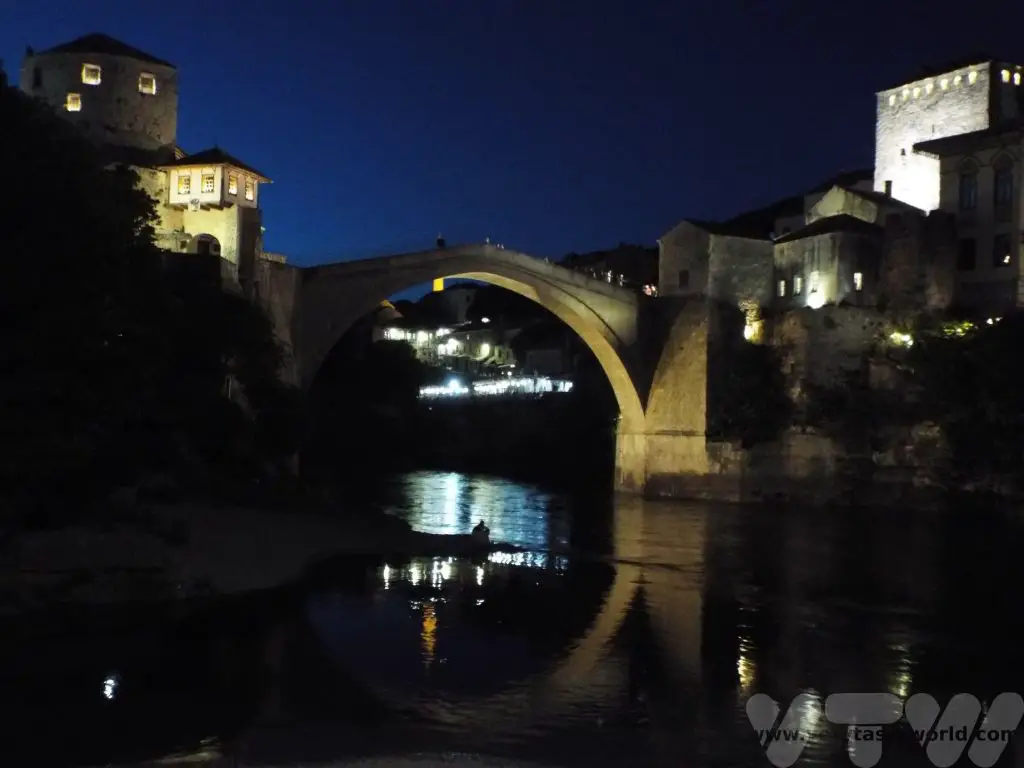
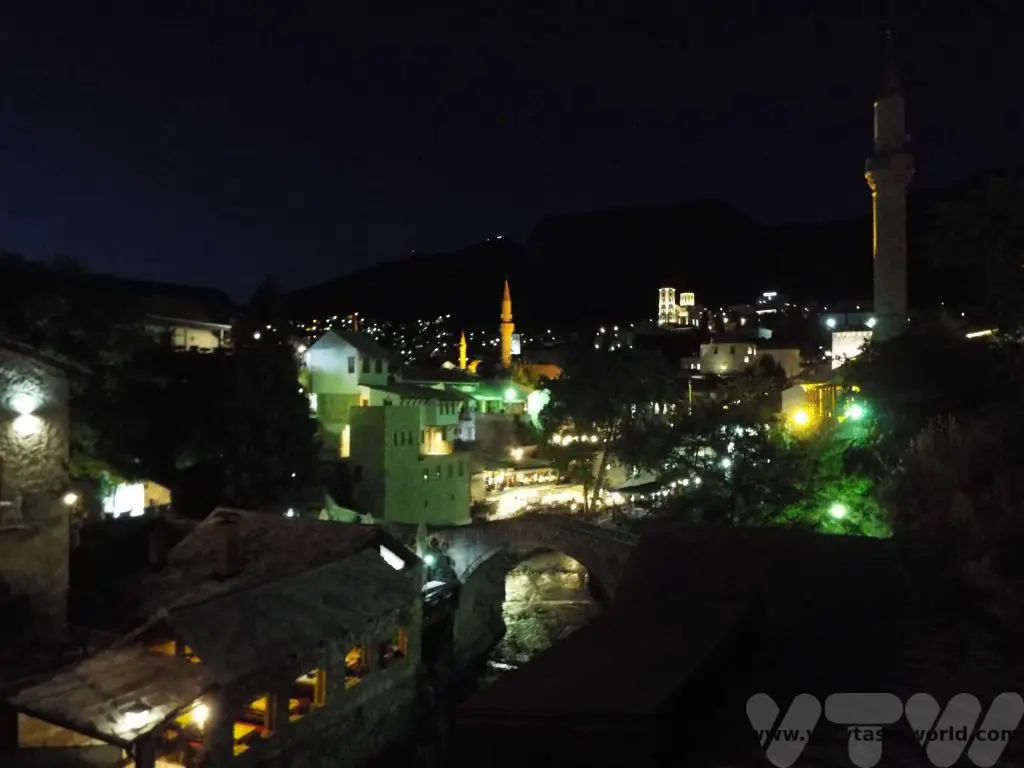
It is possible to see many sights in just one day in Mostar. We recommend staying overnight if you can, or at least waiting until the evening to see the iconic bridge beautifully lit up.
Related Posts You May Enjoy

Best Of Budapest in 2 Days
Budapest is a lively and cosmopolitan city with a fascinating history and loads of interesting sights to see. A city split in two, Budapest straddles the broad and serene Danube river – hilly Buda lies to the west and the flatter Pest is on the eastern side of the water. It’s a very beautiful city and its centre is ideal for walking around. Here’s how to enjoy the best of Budapest in 2 days.
Two Days in Budapest
A little bit of preparation: If you wish to visit the Hungarian Parliament building it is worth considering booking in advance. Check the official website to make sure that tours are available on the day you plan to visit. On the door tickets are available but may require some queuing.
And, a slightly unusual packing suggestion for a city break – don’t forget to bring a swimsuit if you want to bathe in the thermal baths.
Please note that this post contains affiliate links. If you decide to click and book a tour we will get a small commission, at no cost to you, which helps towards running this site.
Day 1 – Morning Historic Walking Tour
Budapest is an eminently walkable city, perfect for a walking tour. There are all sorts of options, from a general historic tour to a communism tour and even street art. Some are ostensibly free (although it is appropriate to tip the guide at the end) and others are pre-paid. All will propose a meeting place, usually a central square in the city.
From Pest to Buda
Our walk started at St. Stephen’s Basilica in Pest, which served as a meeting point. The basilica is named for St Stephen, the first king of Hungary. Apparently his right hand has been mummified is retained within the church. One of the tallest buildings in Budapest (along with the Parliament building), it has two bell towers. The southern tower houses the biggest bell in Hungary, a monster weighing 9 tonnes.
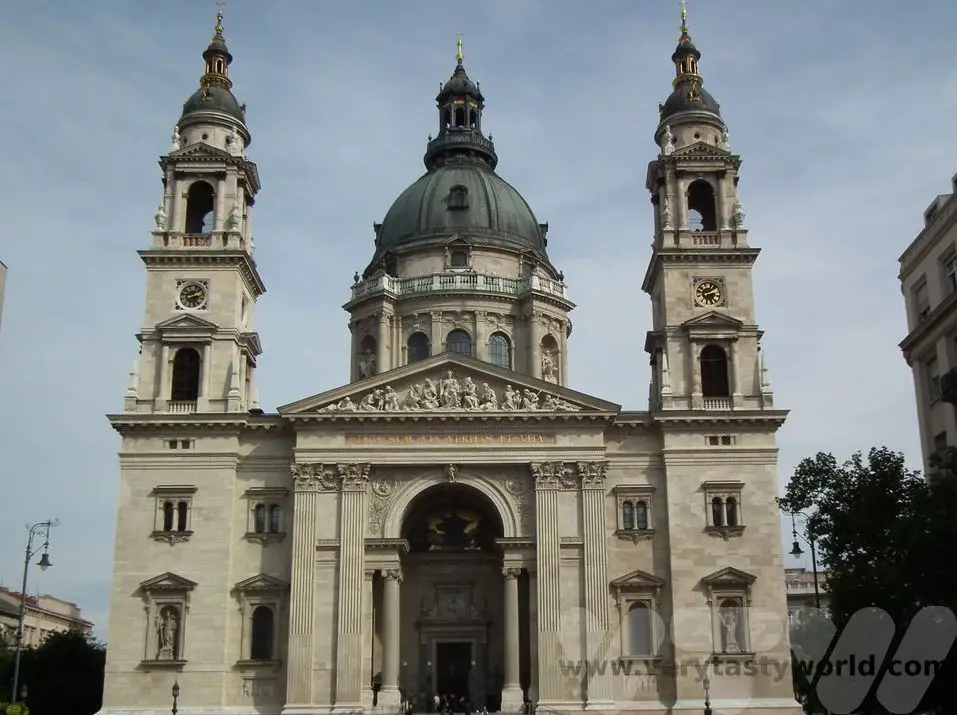
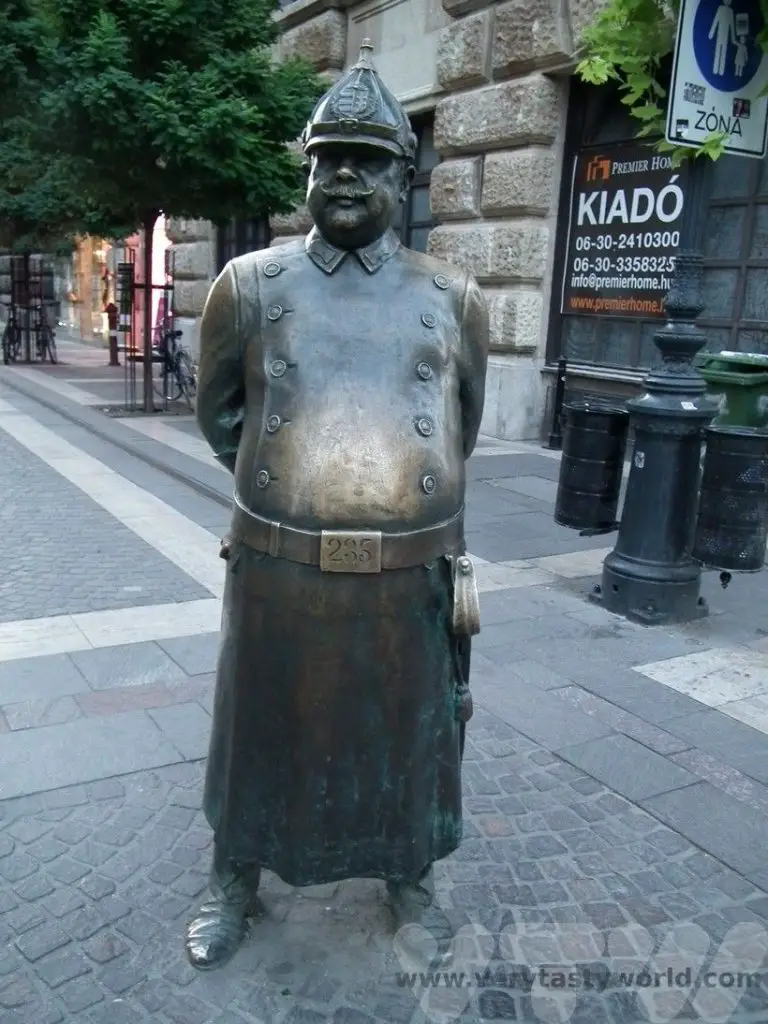
The walk took us towards the river and we passed the tubby policeman statue. Also known as Uncle Karl, there’s a legend that if you rub his portly belly you won’t get fat and can eat as much delicious Hungarian cuisine as you wish. Of course we didn’t believe it as we had already decided that we were going to enjoy as much food as possible anyway!
Although the walking tour starts in flat Pest, the majority of the time was spent in hilly Buda. We crossed the Chain Bridge, which spans the river Danube. Its formal name is the Széchenyi Chain Bridge and it was constructed in 1849, the first permanent bridge in the city and, at the time, considered to be an engineering marvel. Actually, it still is an engineering marvel.
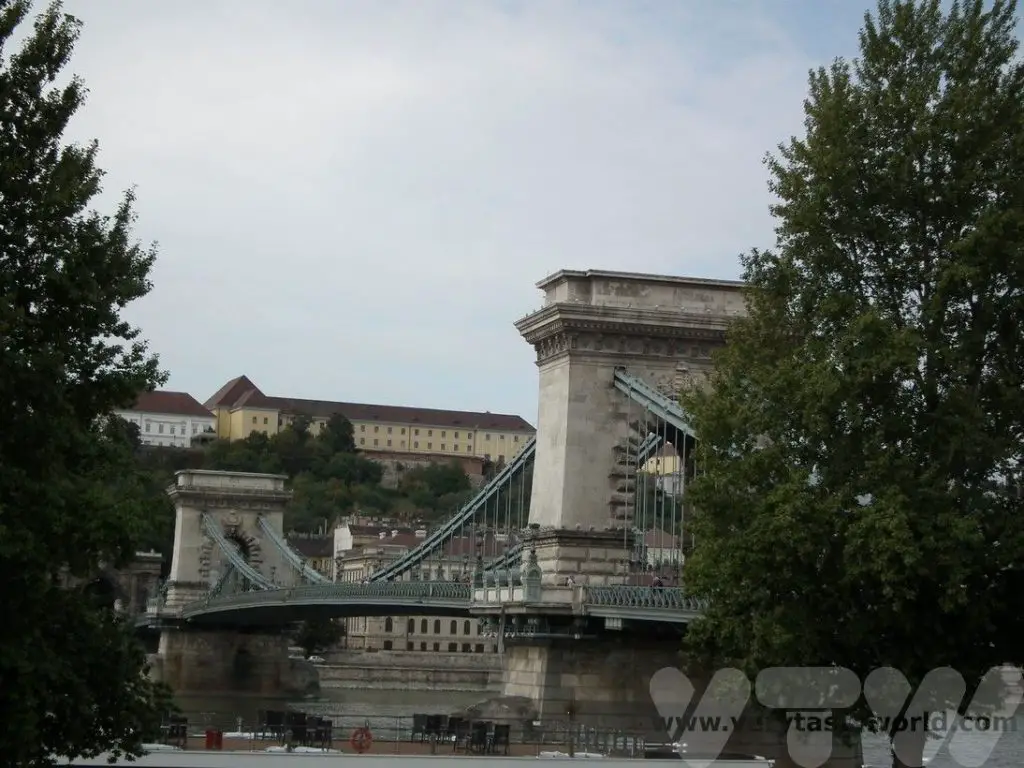
Then it’s a climb up the hill to visit some of the historic buildings located in Buda.
Royal Palace
King Bela IV decided to build his residence on Castle Hill in 1247 and completed it in 1265.Over the centuries subsequent kings expanded and developed the site, notably King Sigismund, a Holy Roman Emperor, who constructed it to become the largest palace of its time. King Matthias Corvinus also added a number of buildings.
However, like many of the city’s great buildings, the palace was badly damaged during the Ottoman era. It was reconstructed and added to over the centuries only to be destroyed during World War 2. It was rebuilt and modernised during the 1950s, with help from Polish architects, who had overseen the reconstruction of Warsaw. Some of the mediaeval parts of the castle were found and reconstructed to the best knowledge of the architects. It is a magnificent and extensive building.
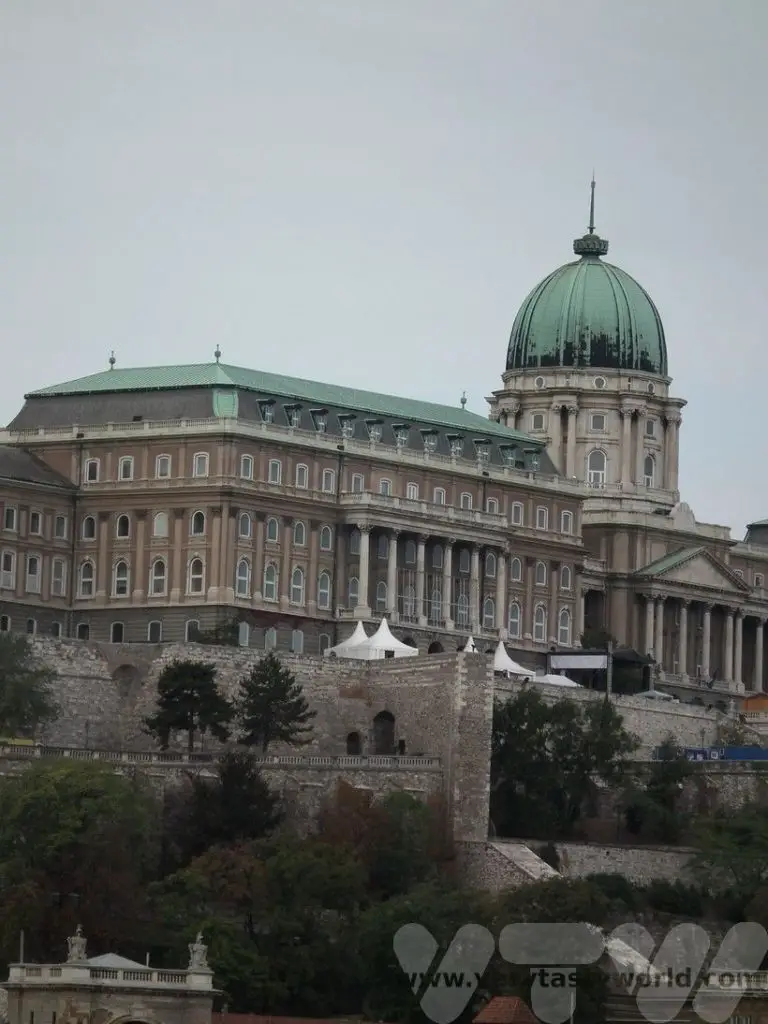
Matthias Church and Fisherman Bastion
A church with a long history that has reflected the fortunes of the city, Matthias church was founded as the Church of Mary in 1015 by Saint Stephen, the first Hungarian king. Of course, it was a much more basic structure then. It became a Roman Catholic church when King Bela IV moved the Hungarian royal residence to the hills of Buda in the 13th century and was further adapted in the 15th century by King Matthias Corvinus, who notably added the bell tower, named after him.
However in 1526 the city was invaded by the Ottomans who converted the building into a mosque and took many of its artefacts. The church was restored after liberation from the Turks, and redesigned to its present form in the 19th century. It is a truly beautiful building, a living church that has a central place in the community which offers many events throughout the year, including concerts featuring the Hungarian Virtuosi Chamber Orchestra.
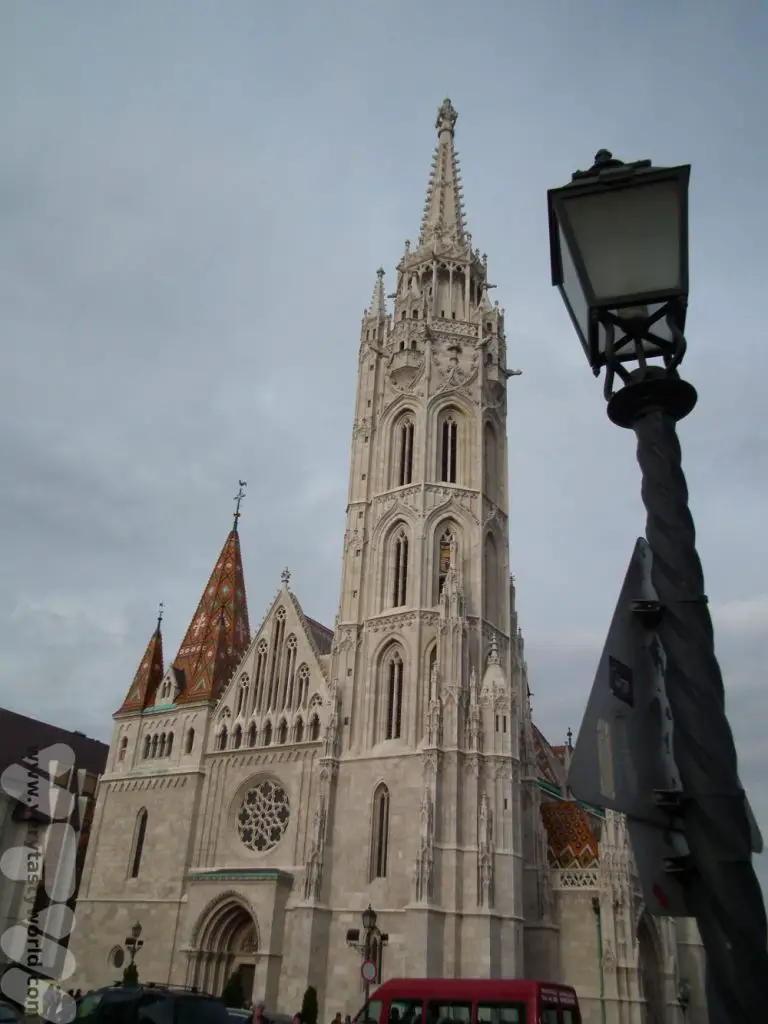
The origin of Fisherman Bastion’s name is that the guild of fishermen protected that section of the castle walls in the area known as Fishtown. Its main structure was built between 1895 and 1902 by Frigyes Schulek (who restored the Matthias church as well), another very beautiful building.
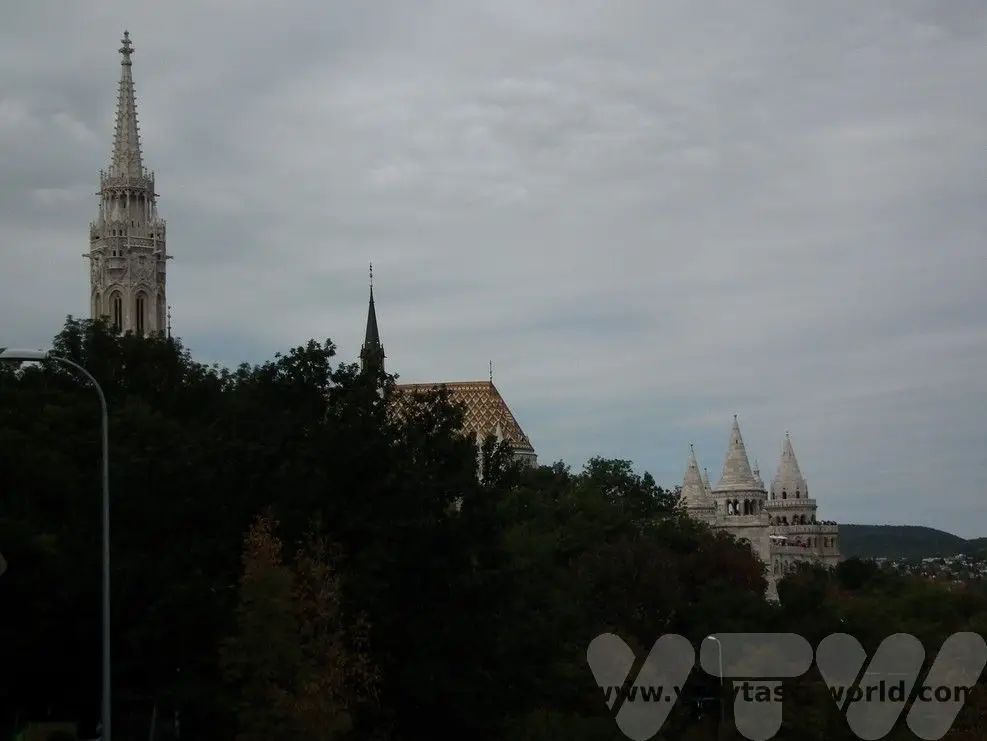
Fisherman’s Bastion affords some fantastic views over the Danube, especially to the Hungarian parliament building.
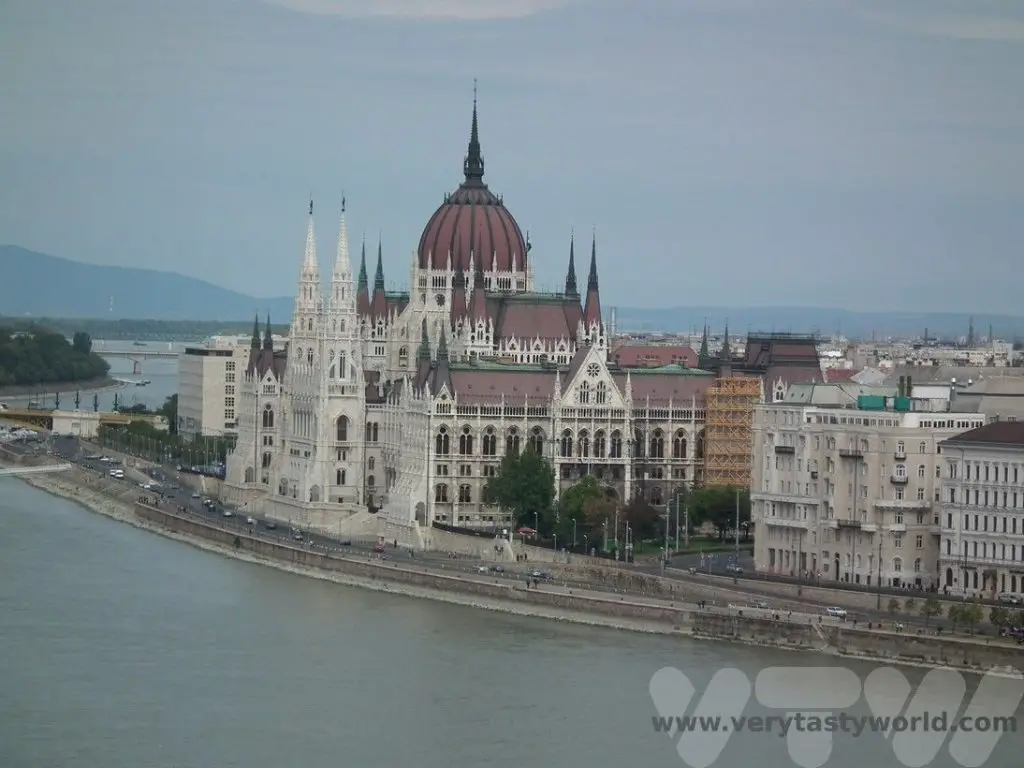
Day 1 – Afternoon
The walking tour introduces you to the key buildings but doesn’t take you inside, so you might want to hang around the area in the afternoon to explore Buda in more depth. The winding streets on Castle Hill are lovely to walk through. You can visit the castle building. Although you have to pay to visit the castle itself, the grounds are free to enter.
Sometimes there are food markets in the area. One of the essential street foods to try when visiting Hungary is Kürtoskalács. These spirals of delight, the name referencing a chimney due to its elongated shape, are a sweet dough wound around a cone, rolled in sugar and roasted over a spit. The sugar caramelises and you have a sweet, twisted pastry to eat. They are sometimes rolled in nuts or cinnamon for delicious variations.
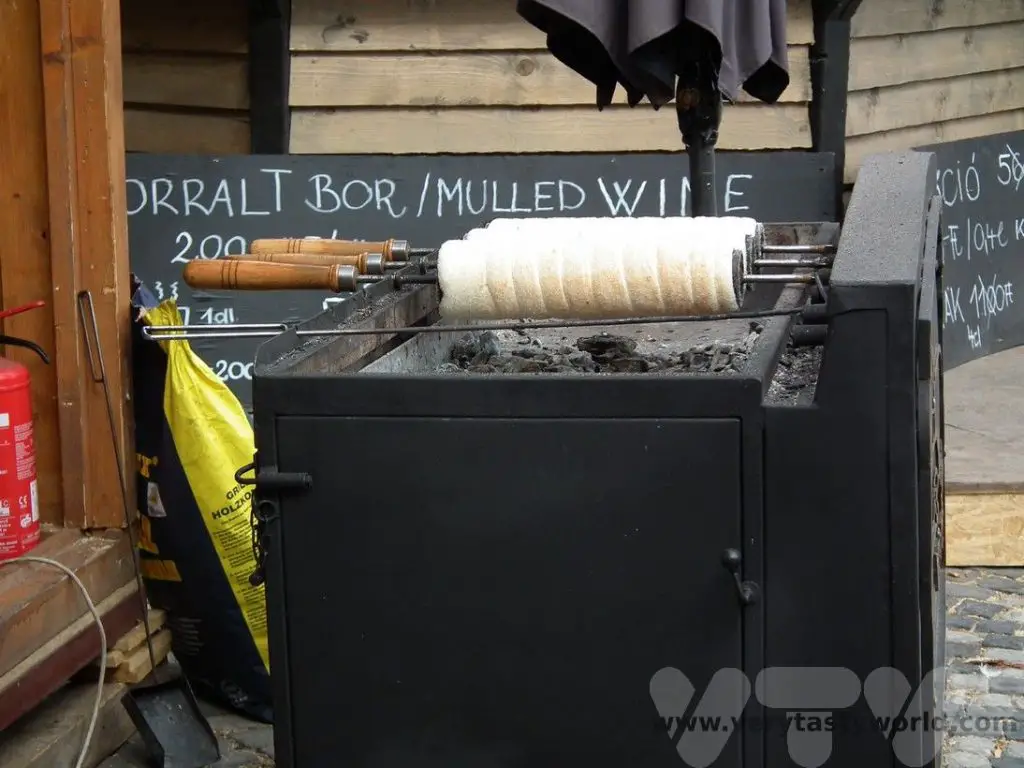
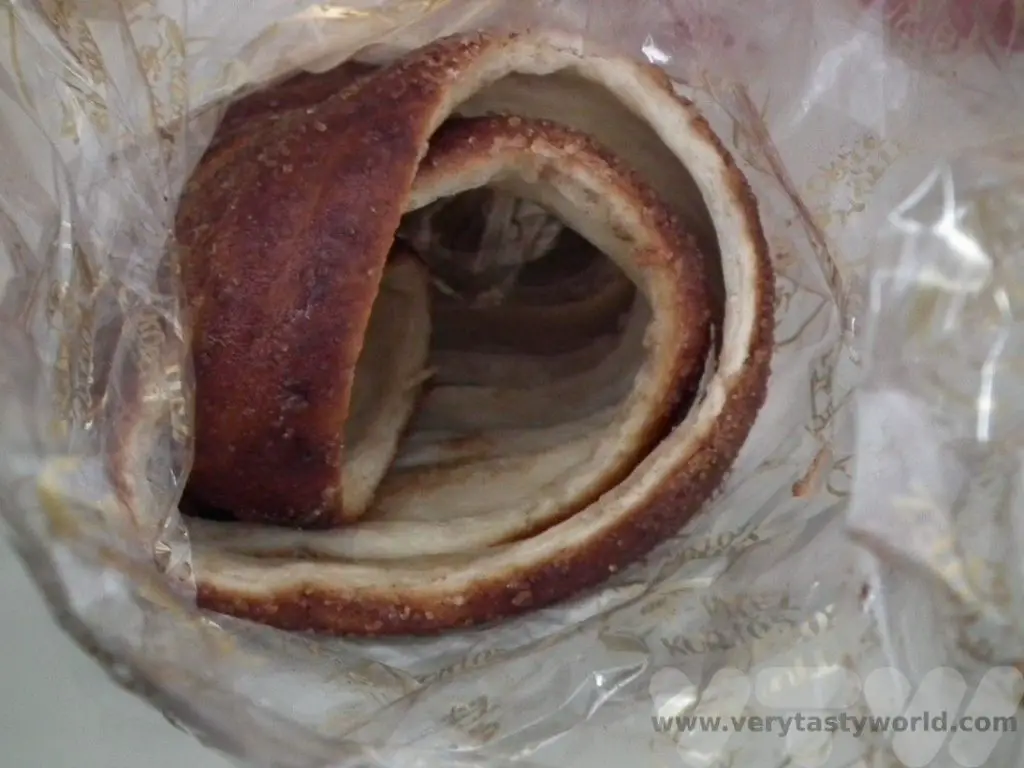
Visit Parliament Building
An alternative to spending time on Castle Hill is to visit the Hungarian Parliament. It’ll take around half an hour to walk there from the palace area. To British people this magnificent building looks very familiar. Hungary’s neo-Gothic parliament building was designed by Imre Steindl, who won a competition to design a building that represented the unity of the three cities – Buda, Pest and Obuda (now District III-Óbuda-Békásmegyer) – which joined together in 1873.
The architecture bears a strong resemblance to the British Houses of Parliament, London’s Palace of Westminster, because the Hungarian politicians of the time wanted to demonstrate a commitment to Western European political role models, notably Britain. (How times have changed!)
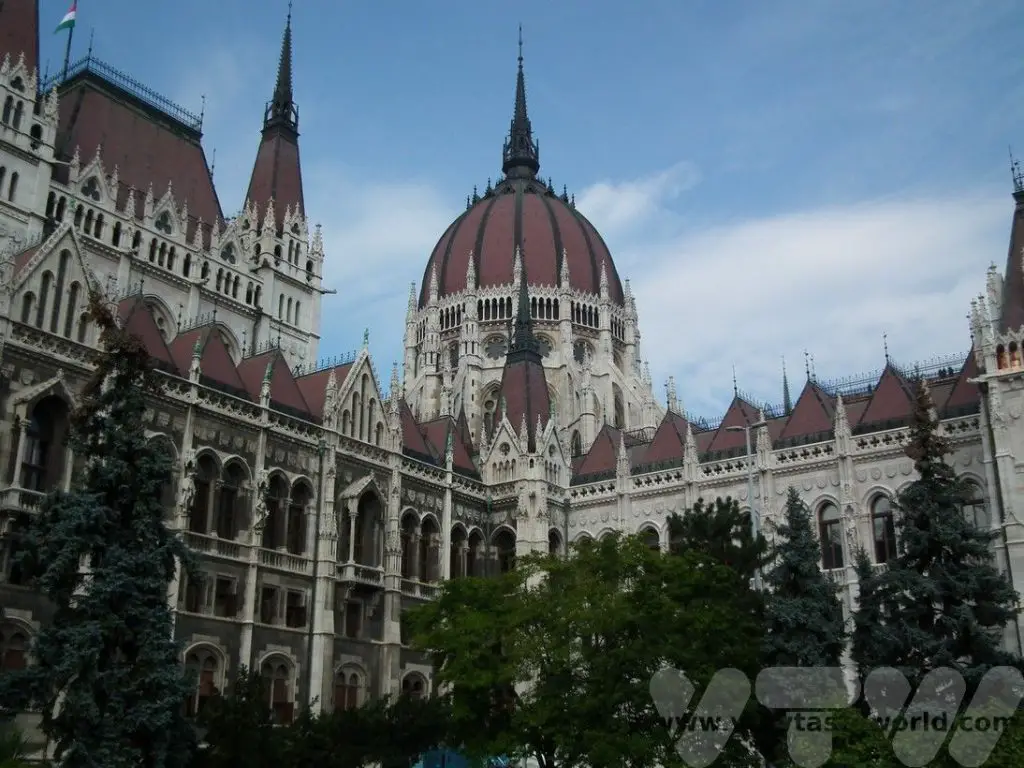
Guided tours are available but not on all days, so it’s worth checking – and booking – in advance.
Day 1 – Evening Boat Cruise on the Danube
It’s a very touristy thing to do but a boat trip along the Danube at night, with the bridges and buildings lit up, is a delightful way to spend the evening. There are lots of options from a simple boat trip to a full dinner service. We chose a drinks cruise because we wanted to enjoy the cityscape whilst enjoying a tipple and figured we might miss the best views if we were scoffing our dinner at the same time. It was perfect for us but there are all sorts of options to suit different budgets.
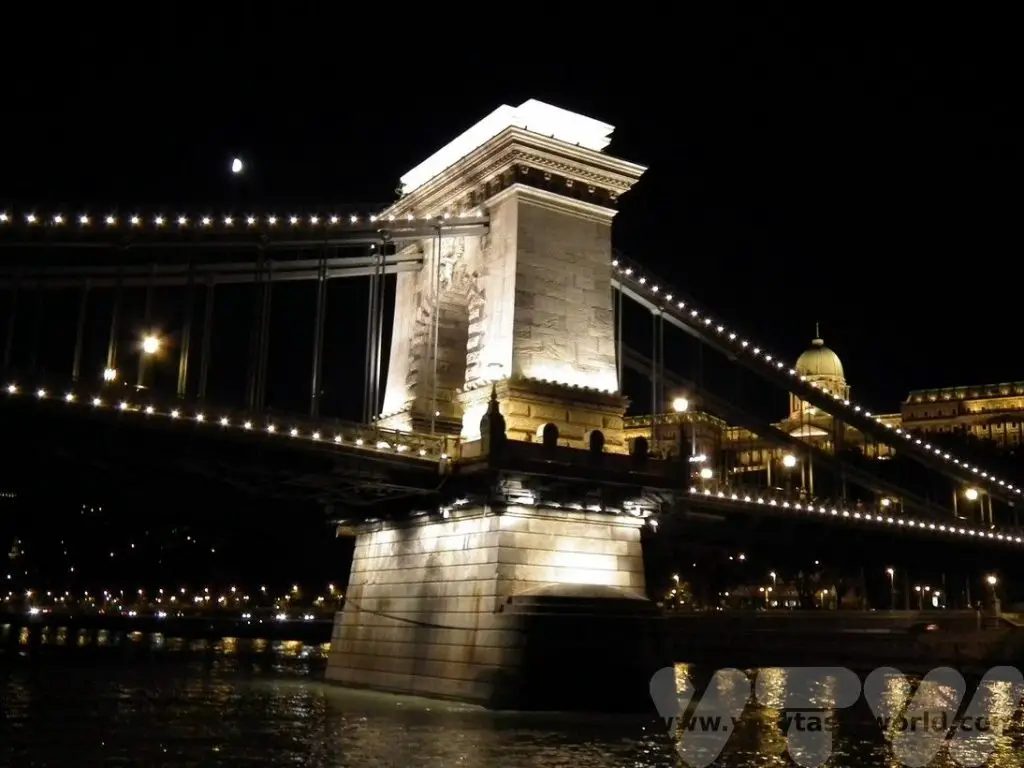
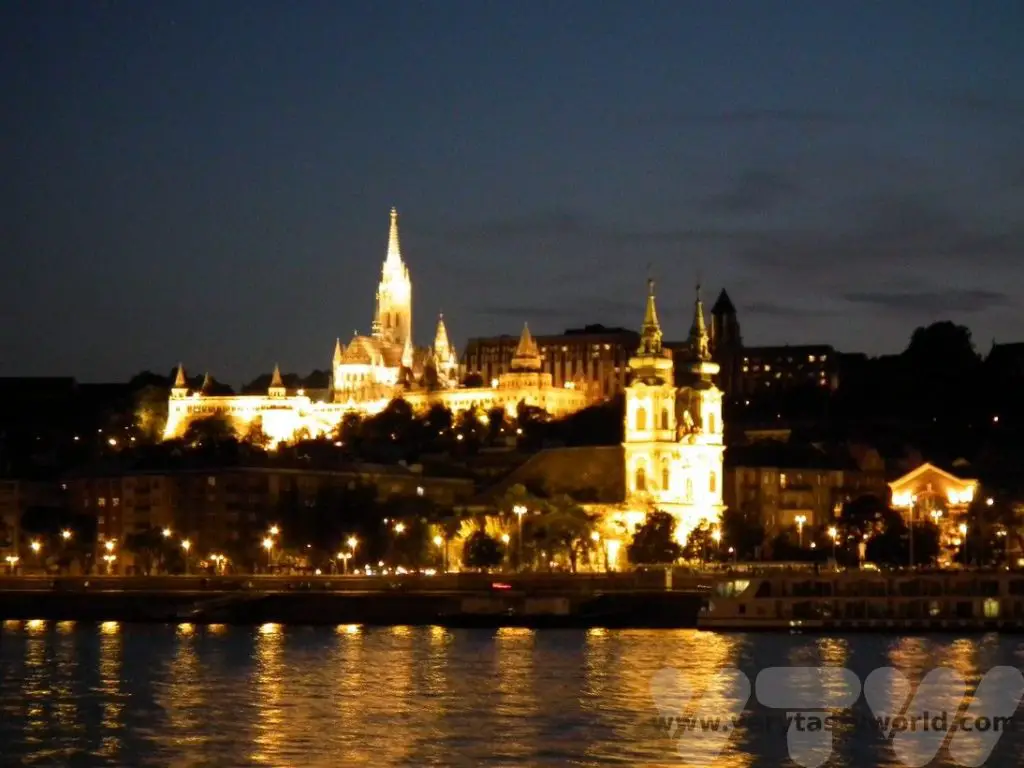
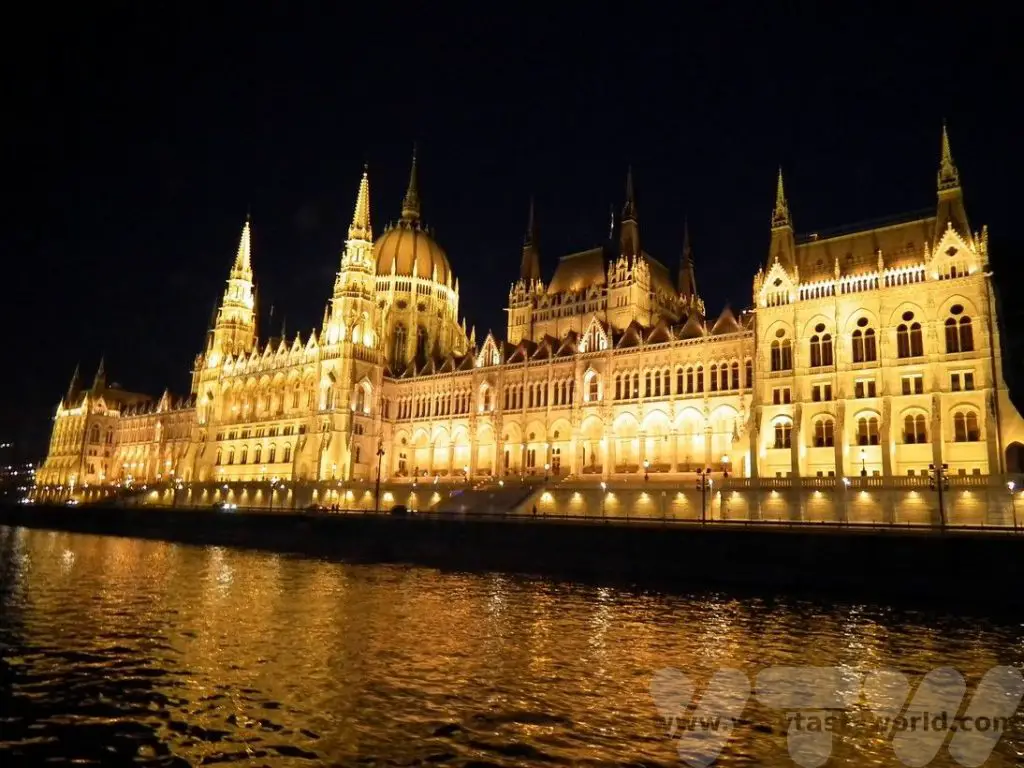
Day 2 – Morning
Explore Pest – A Communism Walking Tour
To complement the general city tour this was a genuinely fascinating insight into life under communism. Led by people who recalled their experiences, it was a good way to understand Budapest’s modern history through their personal stories as well learning as how communism influenced the city throughout its 20th Century history.
The country’s history of communism started in World War 2 when Hungary joined forces with Germany in 1940 and was involved with the invasion of the Soviet Union. By 1945 the Soviet army had defeated the invading armies and established themselves in Hungary, marking the start of communist rule. In 1956, a student demonstration escalated into a wider protest which was violently quashed by the communist leaders.
But it didn’t stop the protests and eventually the Soviet troops backed down, which led the people to believe that this might just be the start of a democratic process. However a few months later, the country was suddenly and unexpectedly invaded by a huge Soviet force who entered the city in tanks, killing many Hungarian people and destroying multiple buildings. Many of the people involved in the uprising were imprisoned and killed.
The main revolutionary leader was Imre Nagy, widely regarded as a hero who, although a communist politician himself, stood for a reformed form of communism. He was captured and executed in 1958. A memorial statue was erected in his honour. It was initially located near the Parliament building and depicted him standing on a bridge, looking to the building, a symbol of democracy. The picture below shows Imre Nagy’s statue in his original location but, due to political changes in recent times, it was removed in 2018 to a different location in the city – Jaszai Mari Square.
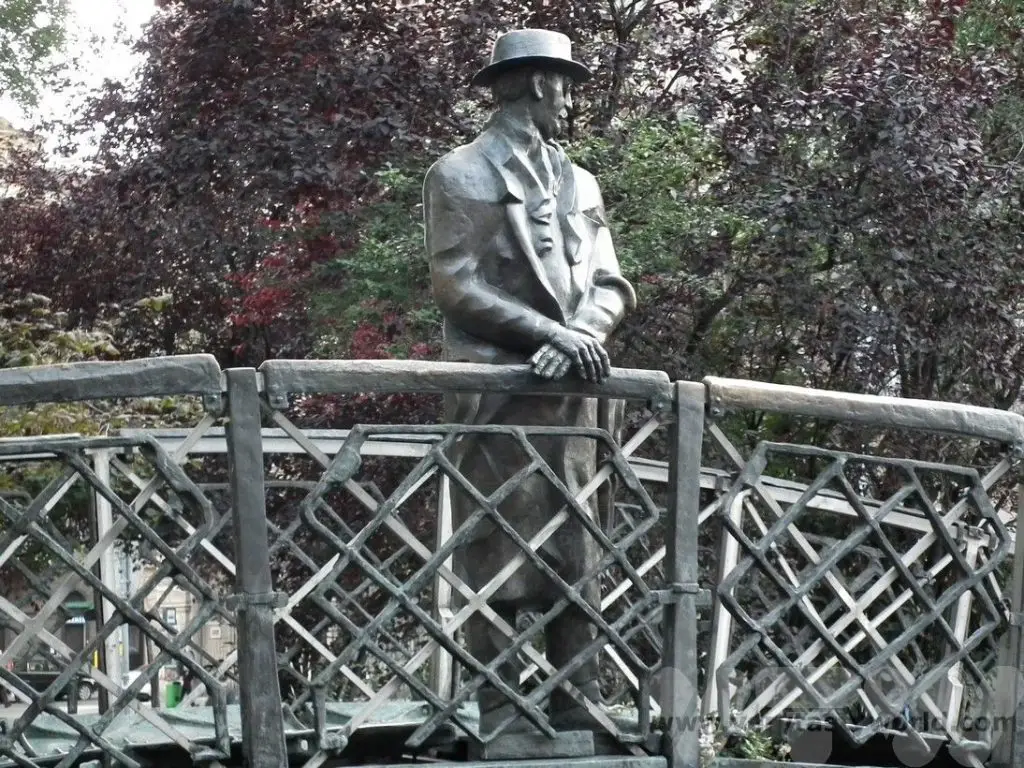
The tour was also really interesting from an architectural perspective. For example, take a look at the adjacent buildings in the photo below. The one on the left was built during the communist era – it is plain and functional, but importantly has seven stories of – somewhat cramped – building space compared with highly decorated and generous four stories of its neighbour, which was constructed over a century earlier.
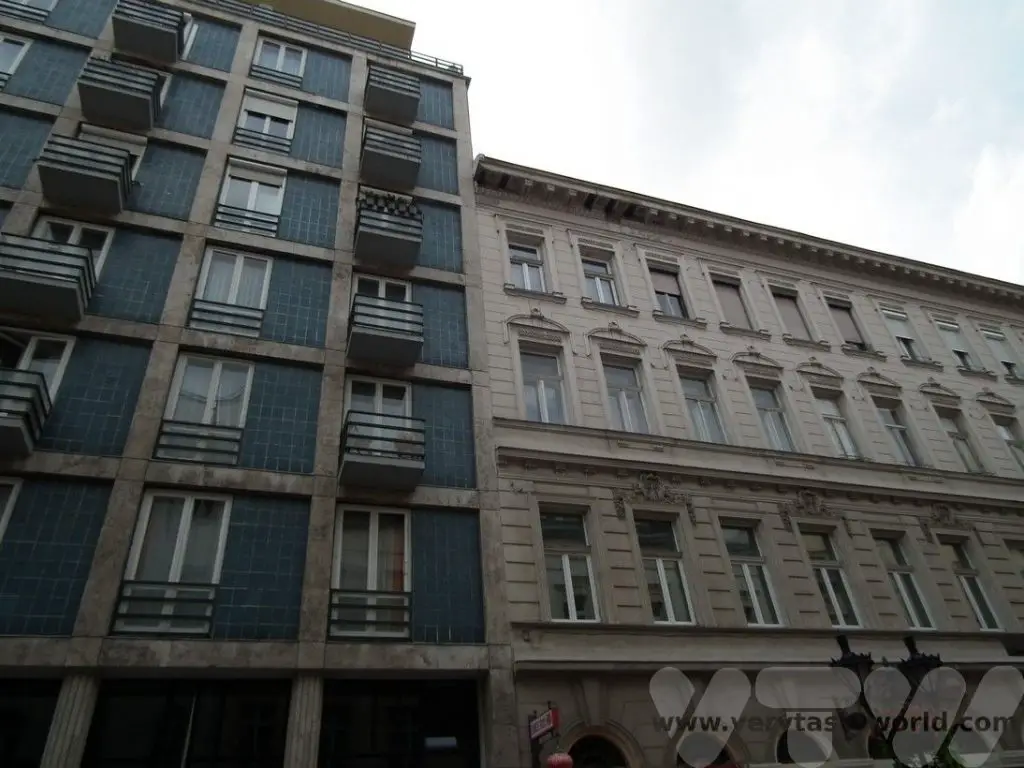
The Communist TV station, perfect for broadcasting all sorts of propaganda at the time, is housed in a magnificent building.
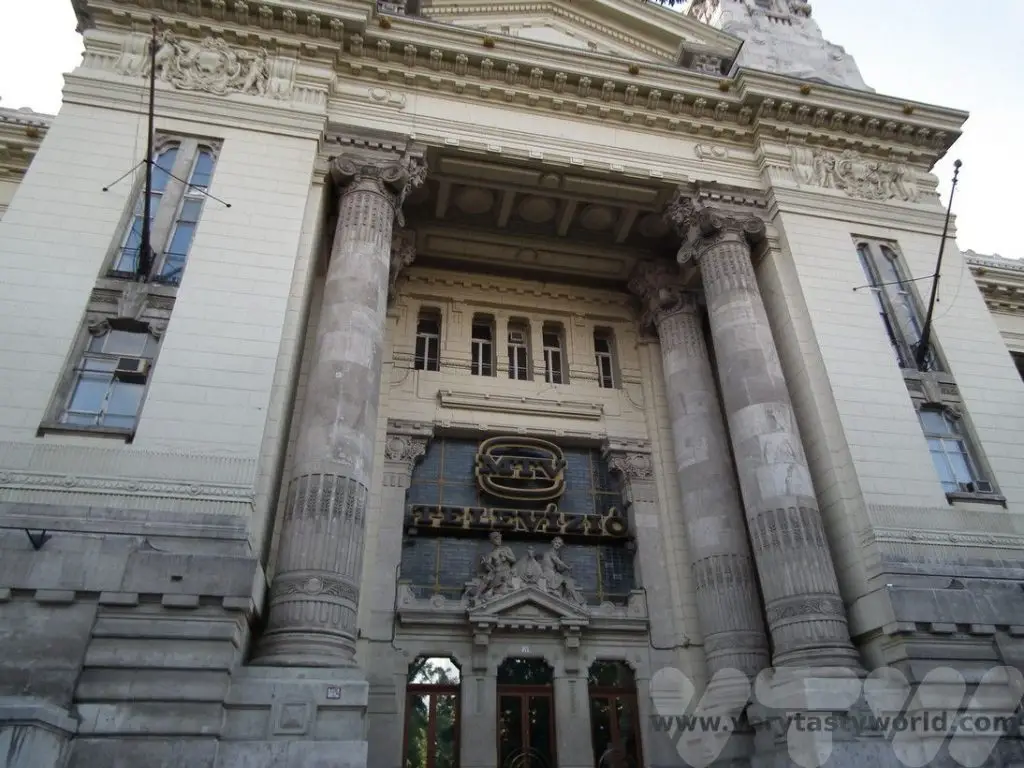
And if you need to see evidence of the number of conflicts, a large number of buildings still bear scars from multiple bullet holes.
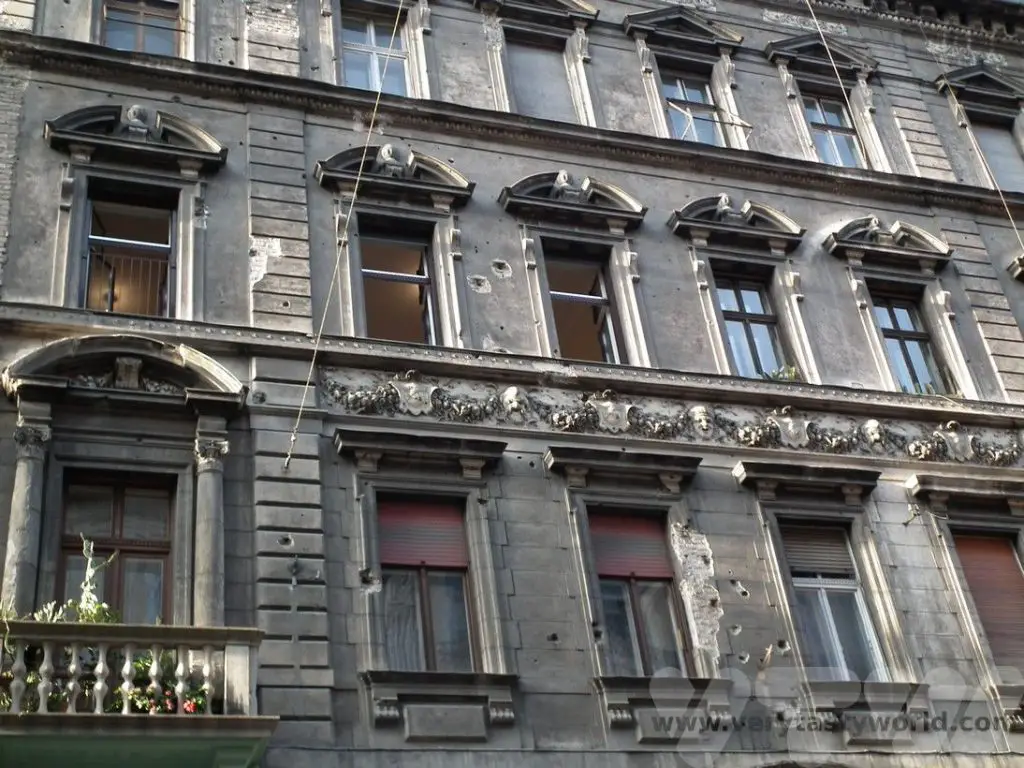
The whole tour was fascinating and particularly interesting because our guides could tell us about their personal lives under the regime.
Day 2 Afternoon
Franz Liszt Museum
Franz Liszt was Hungary’s most famous composer and a huge celebrity in his day – the phrase Lisztomania was coined to reflect the sheer frenzy of his adoring fans at his concerts. Housed in the building where he once lived, the compact Liszt Museum displays some of his music and personal possessions, as well as his piano. If you are interested in Liszt and classical music, it is worth stopping by.
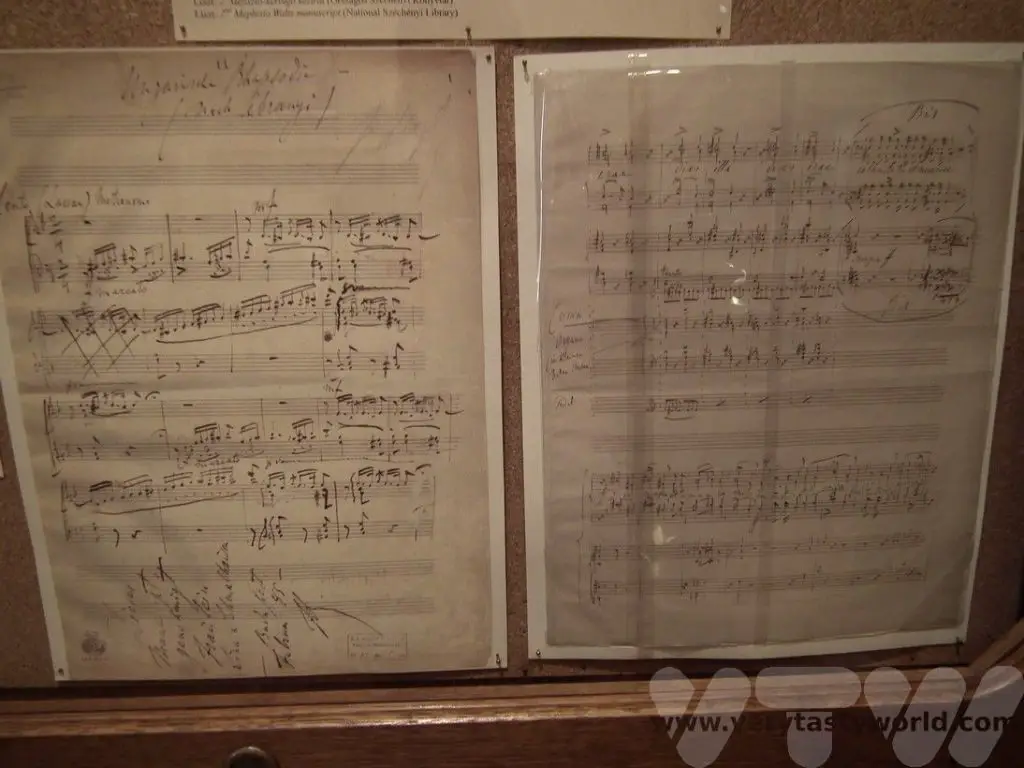
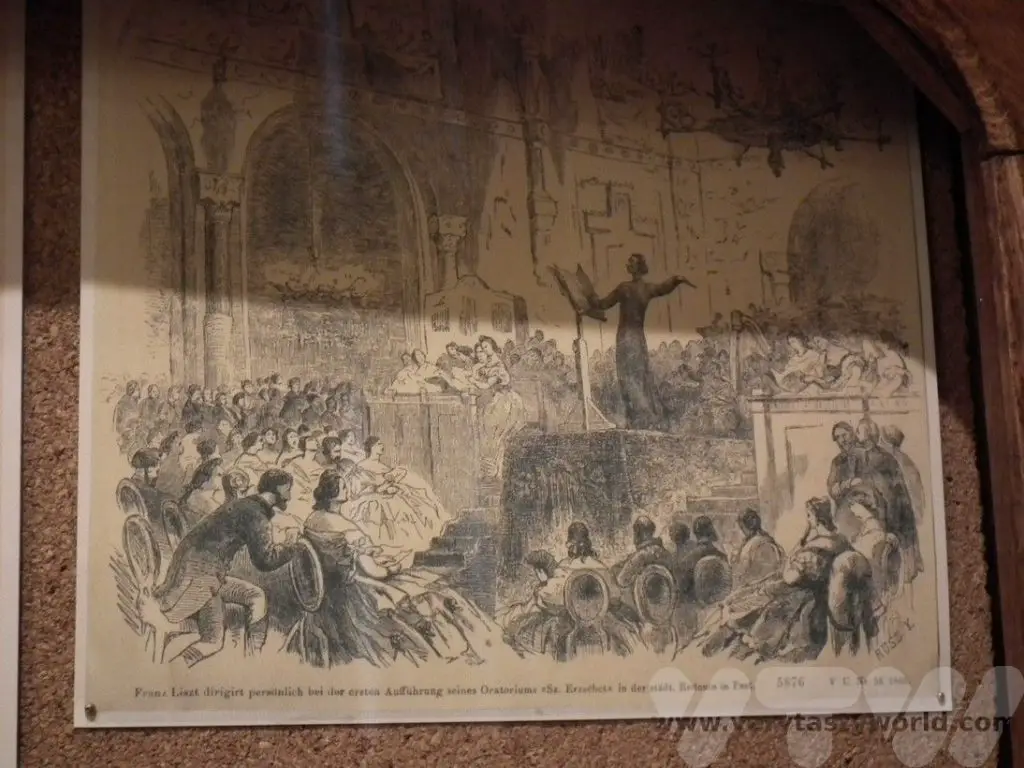
Heroes’ Square
Located on Andrássy Avenue, this is one of the city’s largest and most important squares, and features the Millennium Monument, which dates from 1896 and celebrates 1000 years of Hungarian conquest of the Carpathian Basin. It also has commemorative statues of the seven Magyar chieftains who led the Hungarian tribes when they arrived in the area in 895 CE.
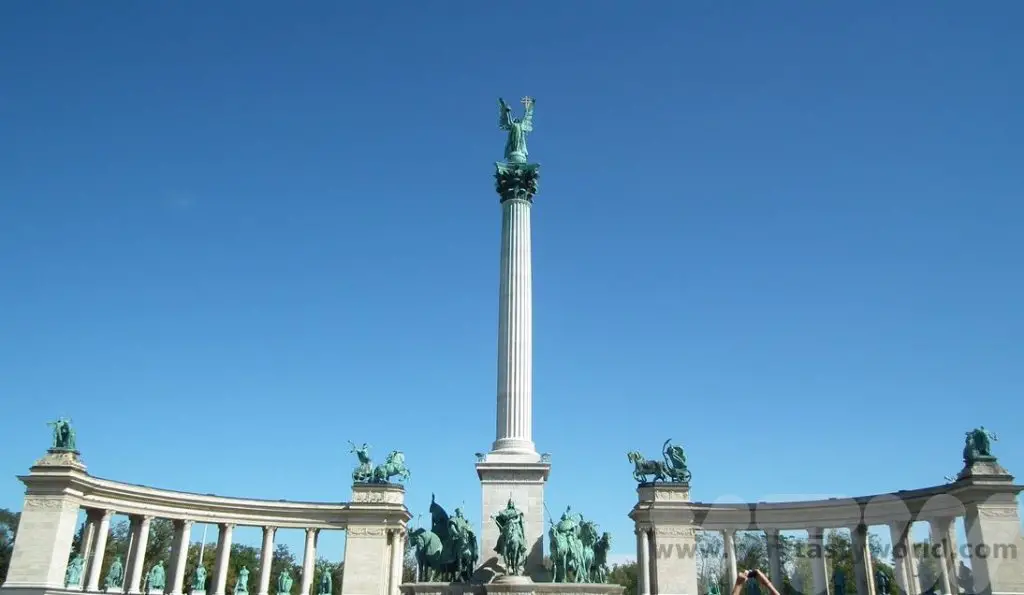
The Archangel Gabriel stands tall atop the central column, carrying the crown of St Stephen. Legend tells that Gabriel appeared to Stephen in a dream and bestowed the kingdom of Hungary upon him. The actual crown is kept in the Houses of Parliament.
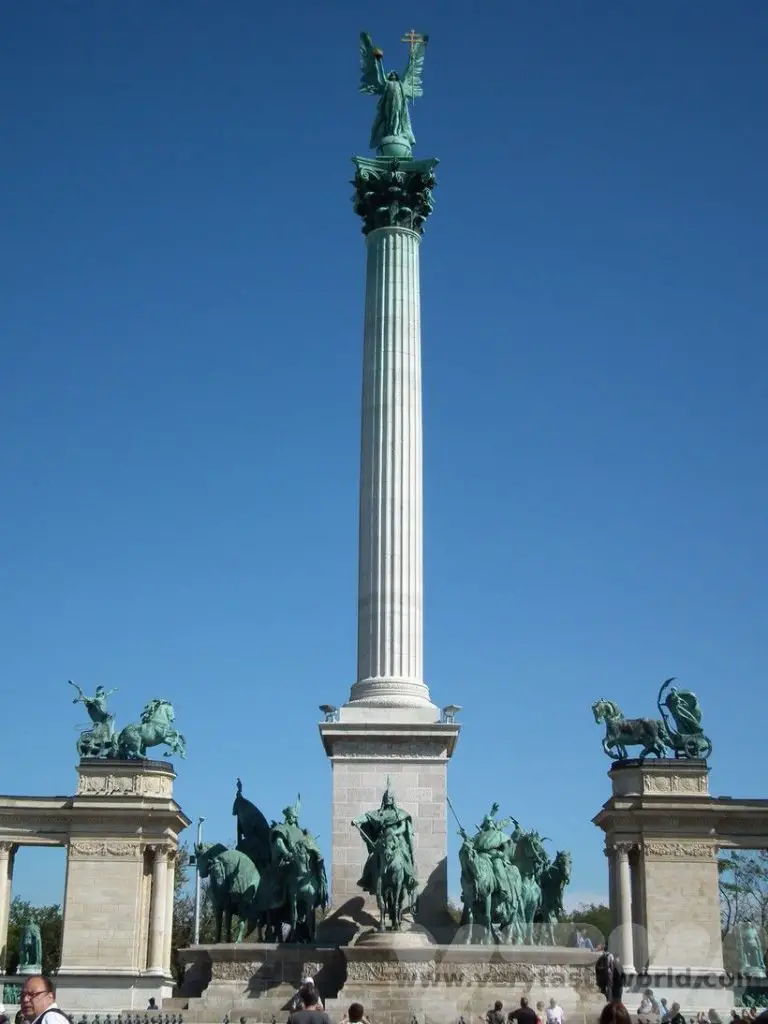
City park is located beyond the square and is one of the most popular green spaces in the area. It features some interesting architecture, including Vajdahunyad Castle, and is a nice place to relax.
The Museum of Fine Arts and the Palace of Art
Definitely worth a visit, these art galleries are located opposite each other on either side of Heroes’ square. The Museum of Fine Arts showcases permanent exhibitions from artists throughout the ages and includes works by some famous names. The Palace of Art, on the other hand, is a contemporary art gallery which doesn’t have a permanent collection but offers a variety of exhibitions of modern art.
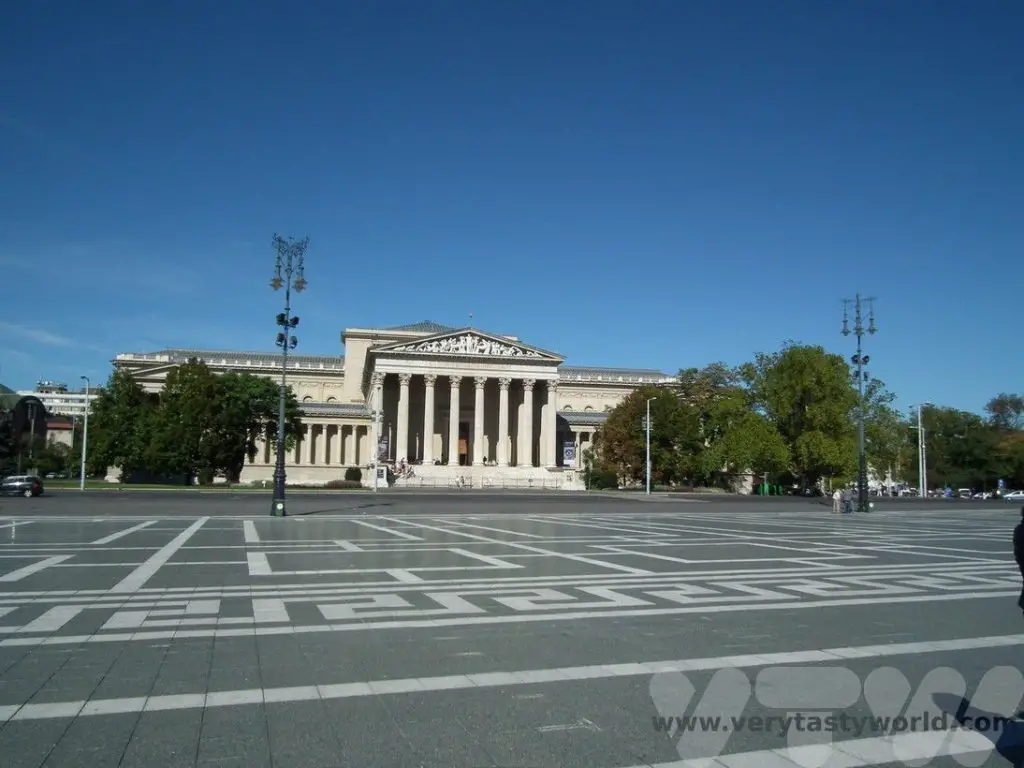
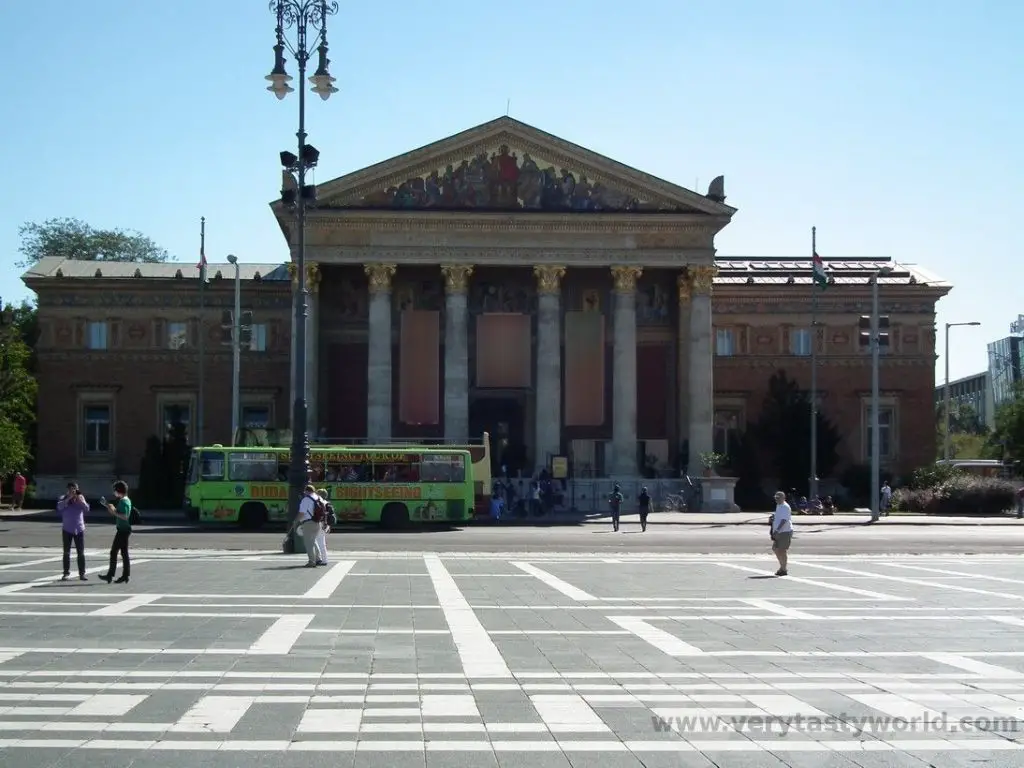
Visit Thermal Baths
Alternatively, if art isn’t your thing, the nearby Szechenyi Baths are one of the grandest thermal baths in Europe. Boasting fifteen indoor and three outdoor pools fed by two thermal springs, this is the perfect place to visit if you wish to enjoy some relaxing spa time.
Eating and Drinking in Budapest – From Grandiose to Grunge
Budapest has a huge variety of eating and drinking establishments.
We enjoyed a traditional Hungarian meal Paprika Vendeglo, a charming place with wooden décor and, as the name suggests, paprika hanging from the walls.
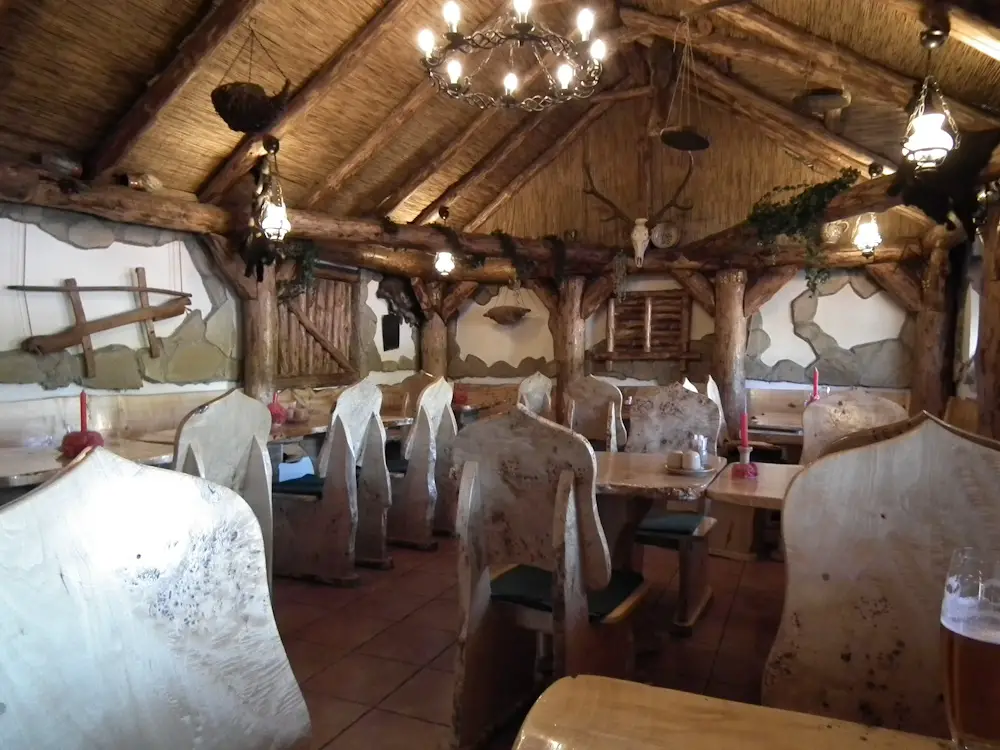
Goulash is one of Hungary’s most popular dishes. However, while we think of it as a stew in the UK, it is more likely to be served as a soup in Budapest. Other dishes involve lots of meat, cheeses and fresh vegetables, although veggie options are available. One thing that is particularly great about visiting Eastern Europe is the quality of fresh fruit and vegetables. Paprika is the traditional spice most associated with Hungary – it can be sweet or hot, powdered to use as a flavouring or as a vegetable. It guarantees a lovely gentle spiciness to many dishes.
If you’re after a bit of opulence (with the price tag to match), the New York Café describes itself as the most beautiful café in the world. It started out as a coffee house in 1894 and was hugely popular in the early 20th century. Its fortunes waxed and waned and it was left for derelict after World War 2 and became a sports shop. However, it was revitalised as a café in the 1950s and was completely renovated to its former glory in 2006.
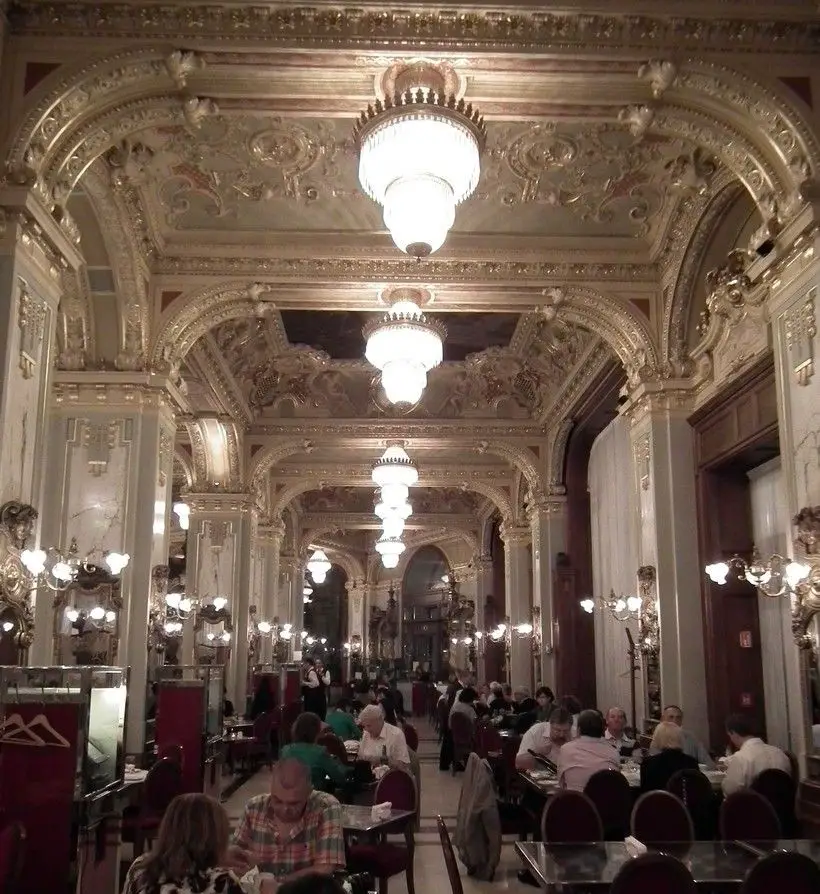
It offers coffee house fare as well as fine dining. You can only make a reservation for dinner in the evening so be prepared for a queue at busy times during the day. We enjoyed a lovely dinner there but check out the reviews as they can be somewhat mixed.
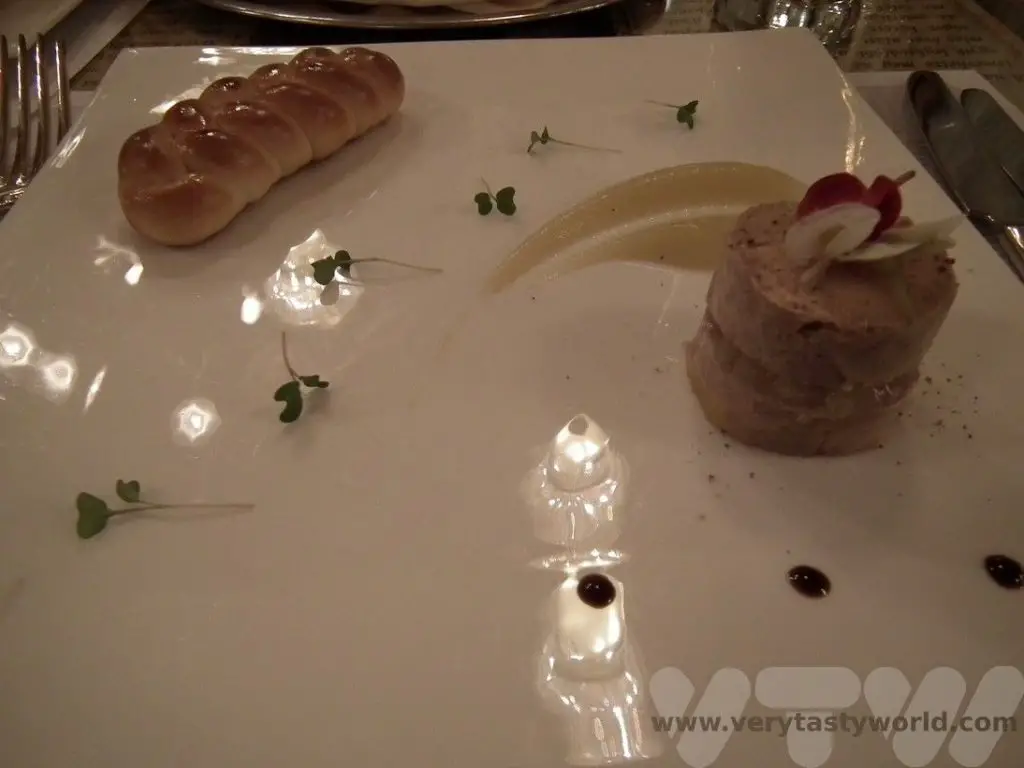
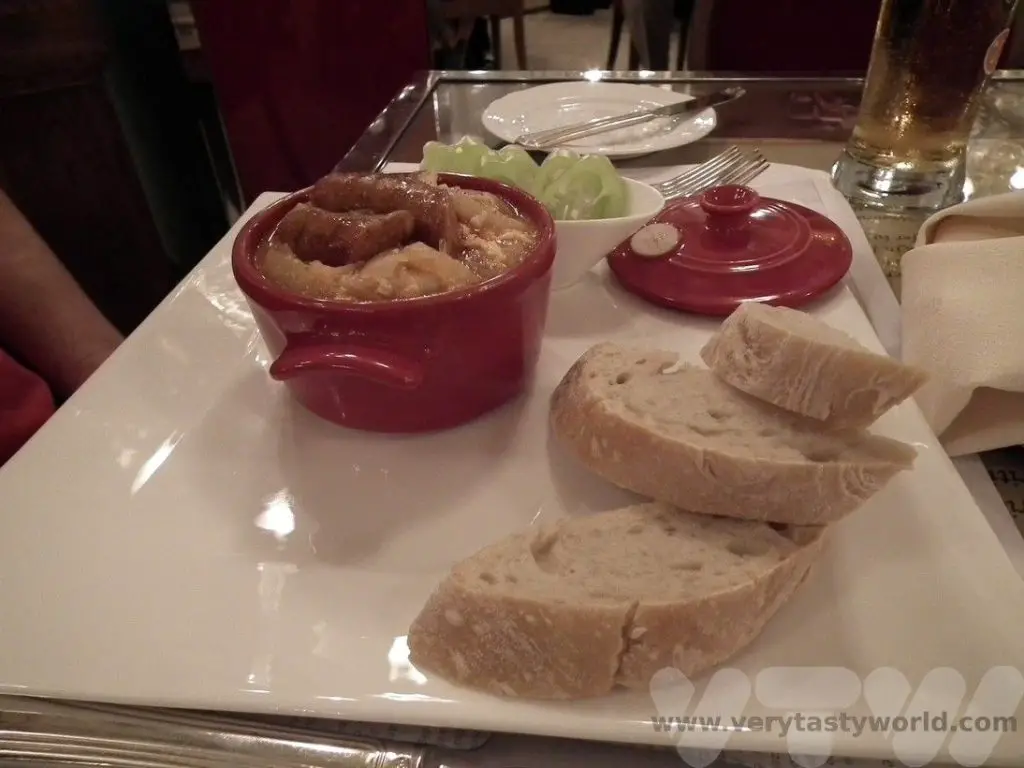
And at the opposite end of the spectrum you may well be in need of a beverage to quench your thirst at the end of a busy day’s exploring. And if you want a drink you can do a lot worse than to visit a ruin bar.
These are grungy bars that were originally set up in abandoned buildings in the city’s VII district in the early 2000s, providing cheap drinks and a lively sociable atmosphere. They are characterised by quirky décor and random bits of furniture that fill every nook and cranny within the building. Some have been established for years, others pop up for just one summer then vanish into obscurity. Some have projections of films on the walls, others play music.
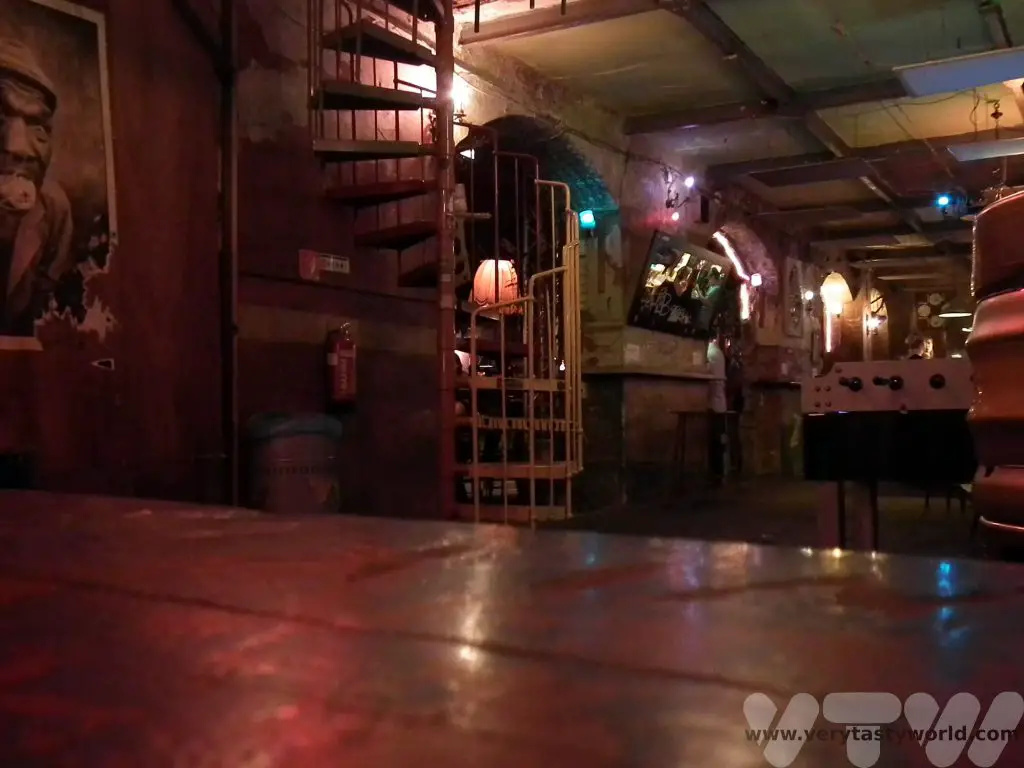
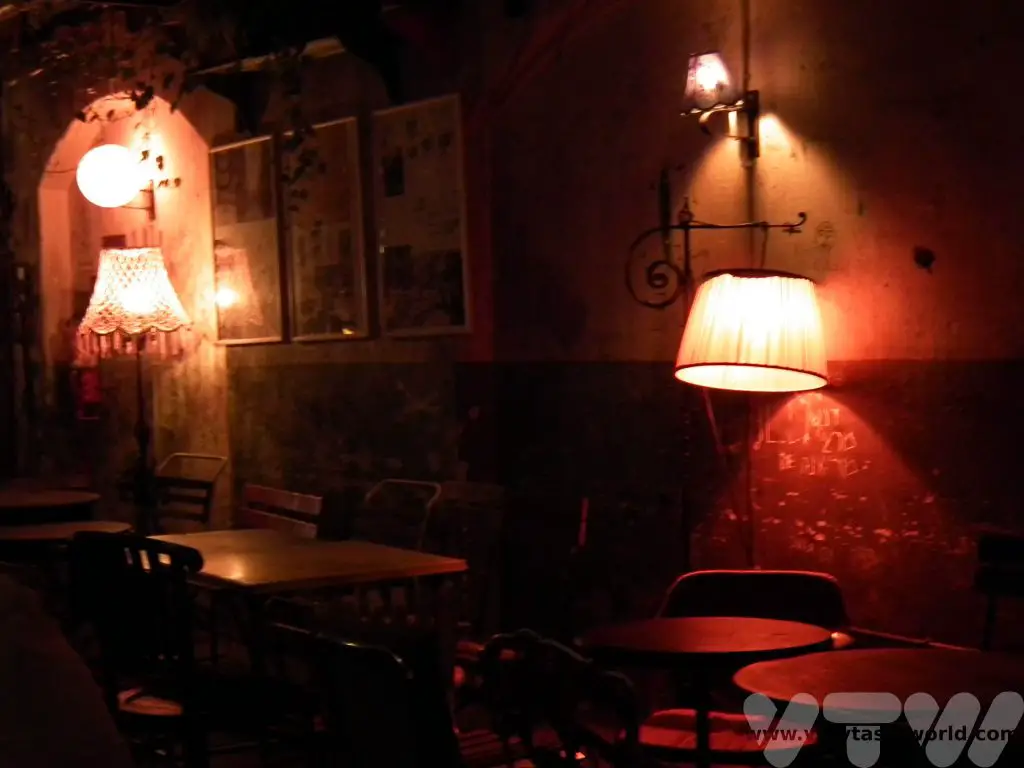
Our walking tour guides recommended Szimpla Kert on Kazinczy Utca – a great choice.
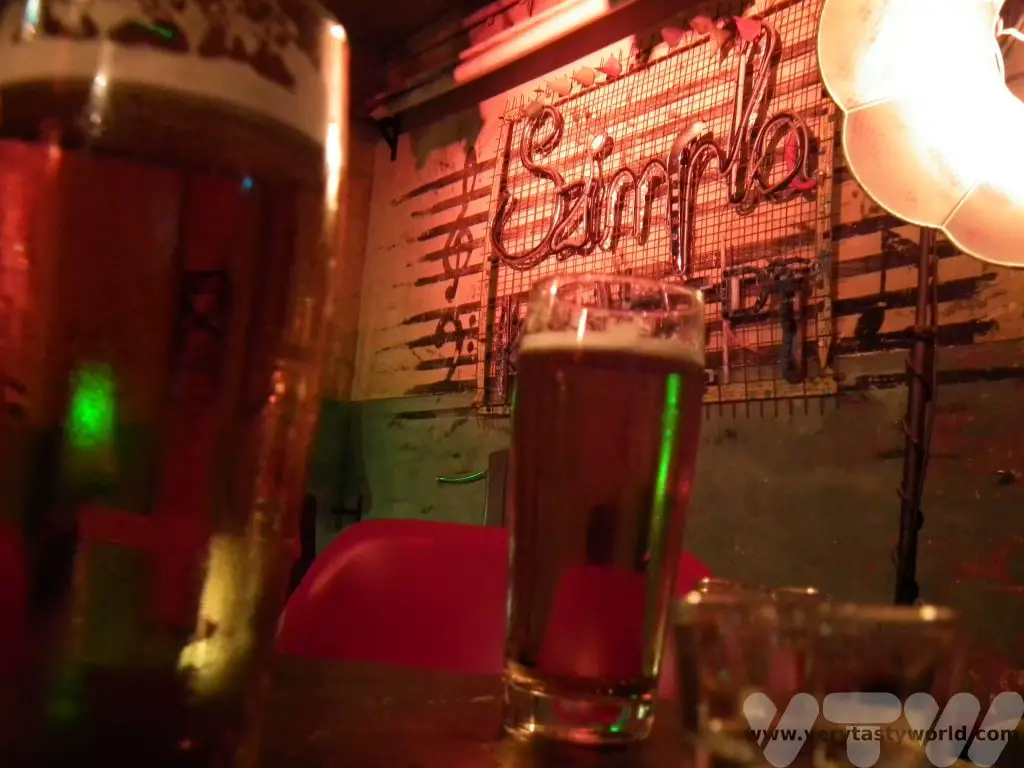
Ruin bars are perfectly convivial places to enjoy a cool beer or a shot (or more) of the local brew palinka, a fruit brandy, which is both sweet and strong.
Essential Foodie Souvenirs – we recommend bringing home as much paprika as you can fit into your bags. Hungary is one of the world’s biggest producers of paprika. This spice is synonymous with Hungarian cuisine and can be used in a huge range of dishes. There are many varieties on offer and they have different levels of sweetness and heat. Paprika not only adds the most glorious red colour to a dish but importantly, has bags of flavour! It should last well for up to a year.
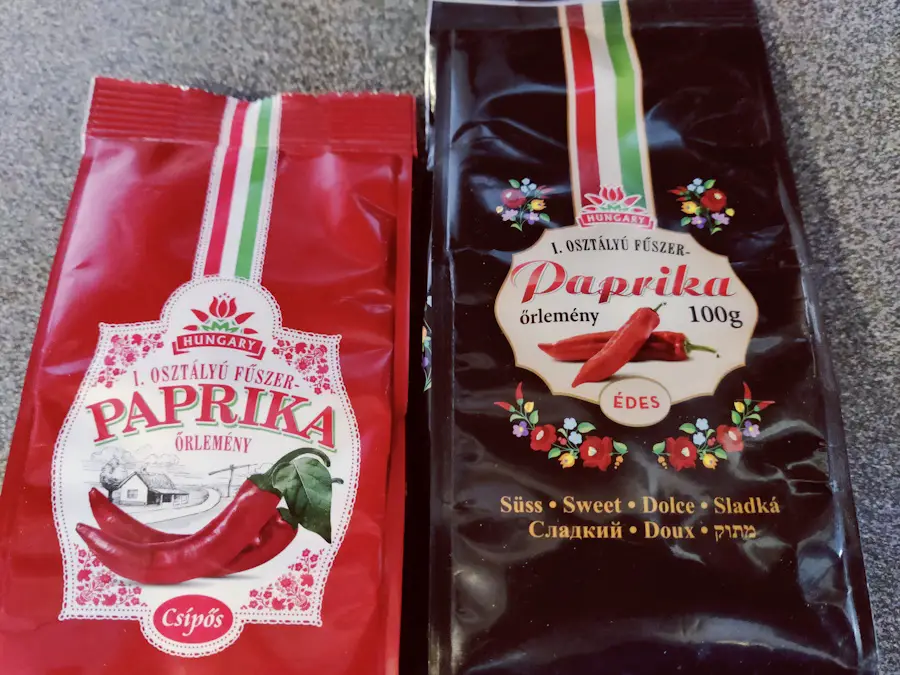
Budapest is a lovely city with so much history. Because it is so walkable, it really is possible to cram a huge amount of sightseeing – as well as some very enjoyable dining and drinking – into just a couple of days. Although it is almost certain to leave you wanting more…
Related Posts You May Enjoy

Things to Do in Coventry
When you see travel guides to the UK Midlands they often mention the buzzing metropolis of Birmingham or the country towns of Warwickshire such as leafy Leamington Spa, historic Warwick with its castle, and Shakespeare’s Stratford-Upon-Avon. But the city of Coventry is often ignored, which is a shame because it has a lot of history. There are plenty of things to do in Coventry.
Sent To Coventry
Coventry has great transport connections and is easy to reach from all parts of the UK. It’s just an hour away from London on the train.
History of Coventry – From Capital of England to Ghost Town
Coventry has a long and rich history but little is known about its origins. It is thought that a settlement was established around a nunnery to St Osburga in Saxon times. The name is thought to have originated from the phrase ‘cofa tree’ although no one really know what a cofa is.
Coventry’s most famous legend is that of Lady Godiva who was the wife of the Leofric, Earl of Mercia, who had founded a Benedictine monastery in Coventry in 1043. Leofric was one of the most important people in the country and imposed crippling taxes on the citizens of Coventry. Lady Godiva took pity on them and asked her husband to reduce the burden but he refused… unless she agreed to ride through the city naked. Which she did. And, in gratitude, the people of Coventry averted their eyes… except for one person: the Peeping Tom.
There is a statue to Godiva in Broadgate and Peeping Tom can also be found in the vicinity if you look carefully.
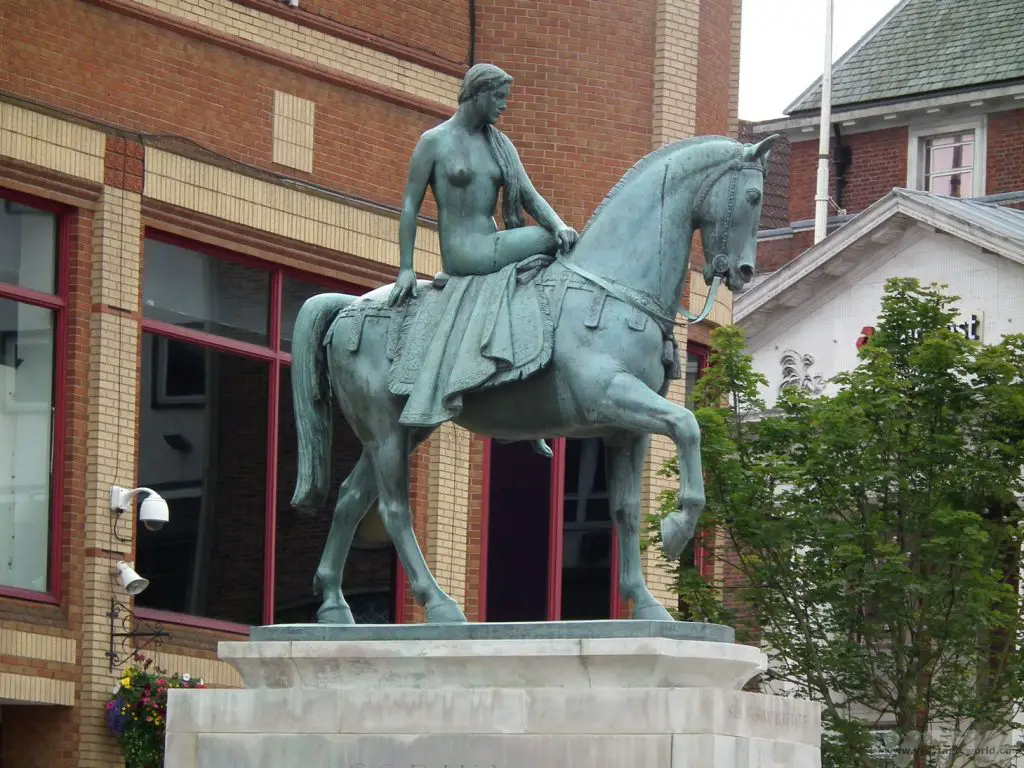
Coventry became an important trading location between 1150 and 1200 when merchants were allowed to visit the city and trade freely. The agricultural land surrounding the city was perfect for sheep grazing and wool production became an important industry. Textiles, weaving and dying in particular were very important and the Coventry’s blue coloured cloth (blue dye being a difficult colour to develop) was considered to be highly prized because of its ability to stay fast, coining the term ‘True Blue.’
Due to its importance as a centre of commerce a wall began to be constructed in the mid-14th century. Sandstone was quarried from the local district of Cheylesmore and a 3.5 km, 3.7m high wall was built around the city centre. It had twelve gatehouses located on the main routes into the city.
By the 15th century Coventry’s main churches had been constructed. St Michael’s Church, Holy Trinity and Greyfriars (Christ Church) all had magnificent spires which could be seen from miles away. The city actually became the capital of England, temporarily, on a few occasions. It was a wealthy city and considered to be hugely important by successive kings and queens of England.
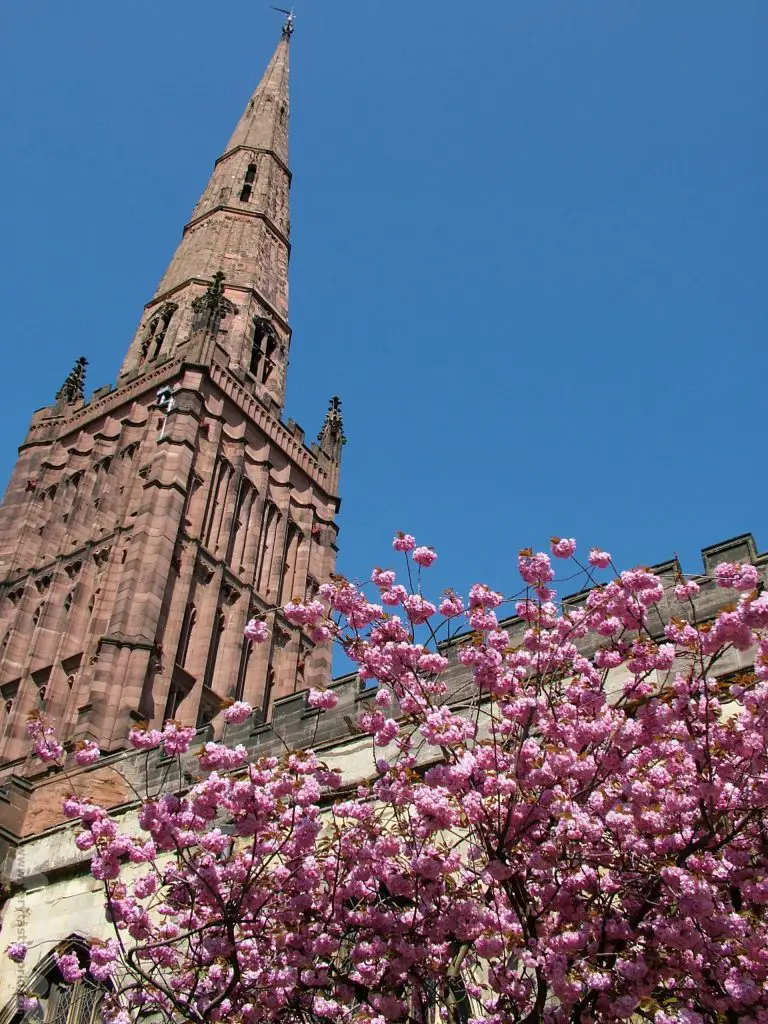
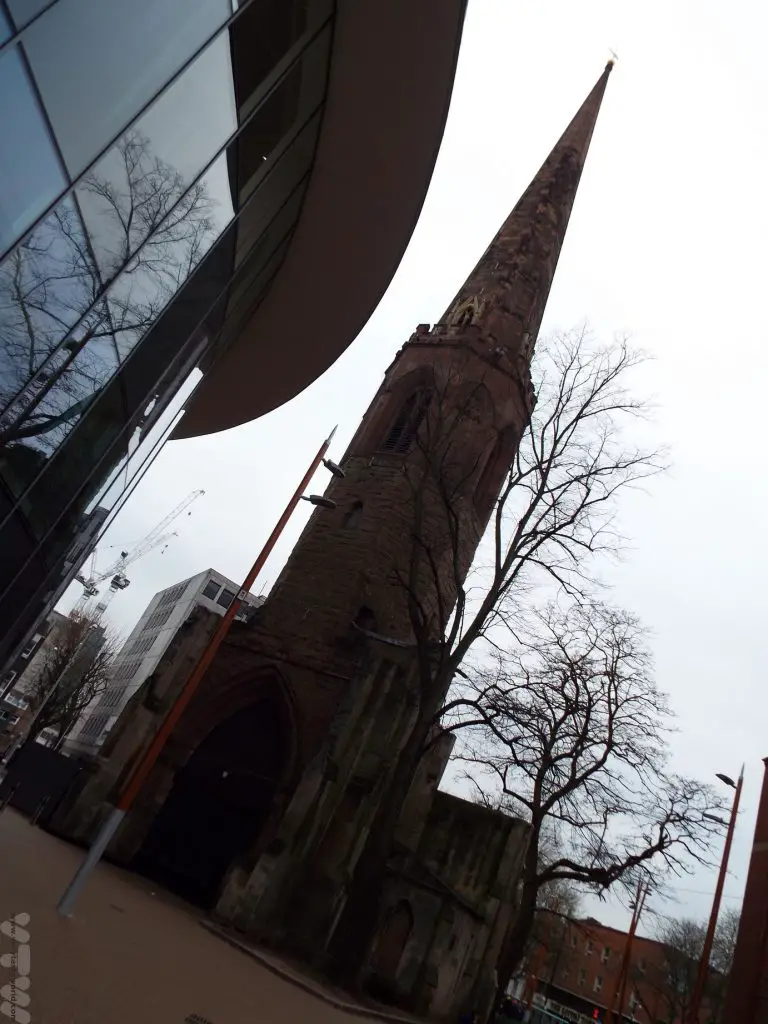
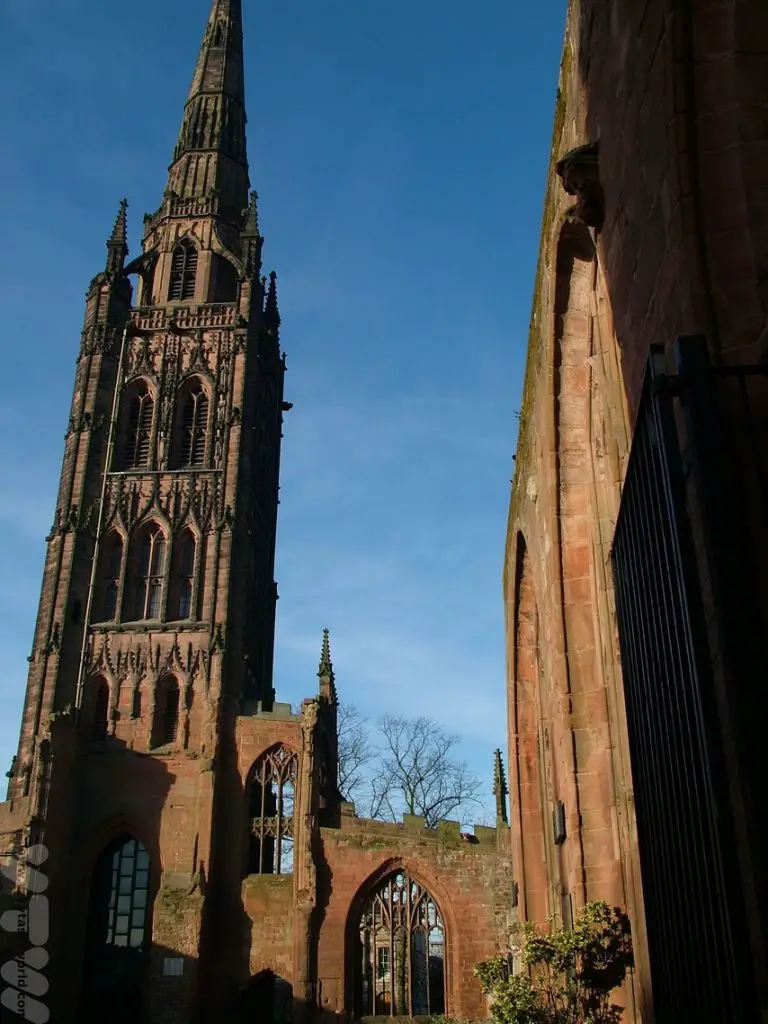
During the English Civil War, Coventry was a stronghold of Parliamentarians and was attacked by Royalists on several occasions but the king’s soldiers failed to conquer the city walls. The city was used as a prison for captured Royalists and those incarcerated were not just treated with disdain – they were ignored completely. It is thought that this is the origin of the term, ‘being sent to Coventry.’
As the industrial revolution started Coventry, with its central location, became an important city of industrialisation. It was renowned for manufacturing textiles and ribbons, watches (many of watchmakers lived in the Chapelfields area of the city), bicycles and cars. The first British series production motor car was made in Coventry, by Daimler, in 1897.
Despite the industrialisation, the city centre retained a lot of its mediaeval buildings. However, because of the industrialisation, the city was a target during World War 2. On the night of 14/15 November 1940 Hitler ordered a bombing raid on the city. Most of the city centre was destroyed, including the interior of St Michael’s cathedral, and over 500 people lost their lives. Coventry has since become a city of peace and reconciliation and has twinned with some 23 cities across the world, including Dresden and Volvograd (formerly Stalingrad), both cities which also suffered devastating attacks during World War 2.
Following the war the city was rebuilt and was designed to be a modern city – it included one of Europe’s first ever pedestrianised precincts. It has recently been refurbished.
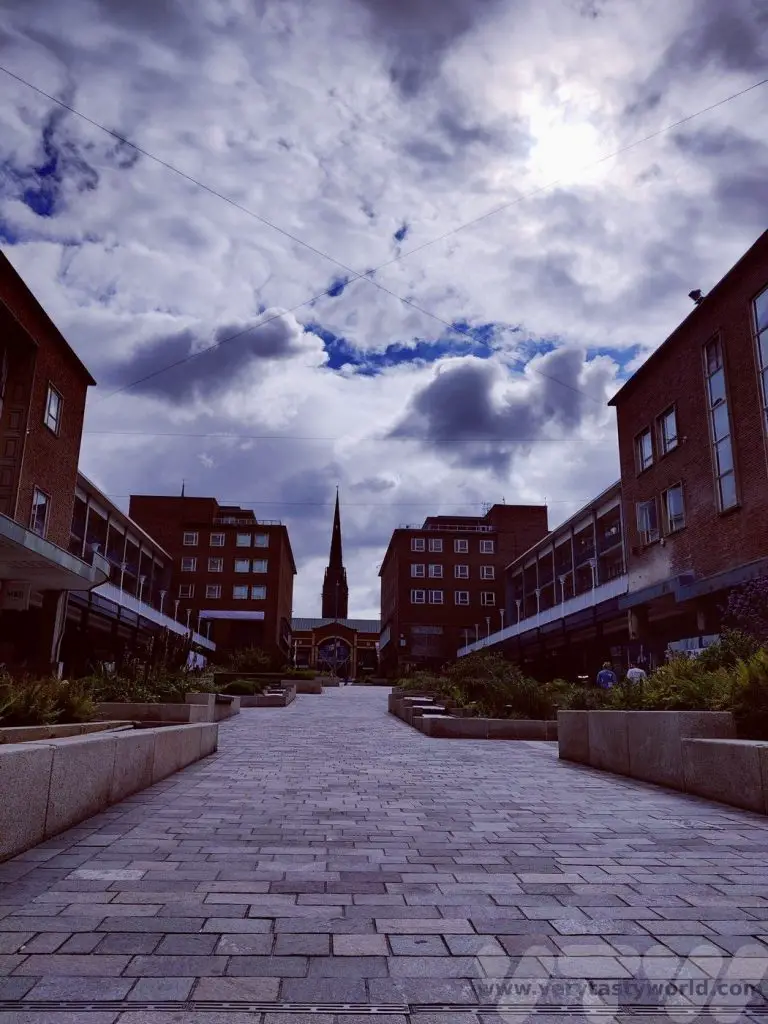
The city thrived thanks to the car manufacturing industries during the 50s and 60s. Famous names include Jaguar, Standard-Triumph, Talbot, Peugot, and Alvis. London taxis – the iconic black cabs – were constructed in the city from the 1950s until 1994. However the industry – and consequently the city – suffered serious decline in the mid-1970s and 1980s due to industrial disputes and competition from other countries.
One by one the car factories closed down. In the early 1980s Coventry band The Specials wrote the song Ghost Town about the decline of the city. Bands such as The Specials, The Selecter and The Beat were part of the 2Tone movement which developed in Coventry and was defined by their members being multi-racial and a musical style that combined punk/new wave music with Jamaican ska.
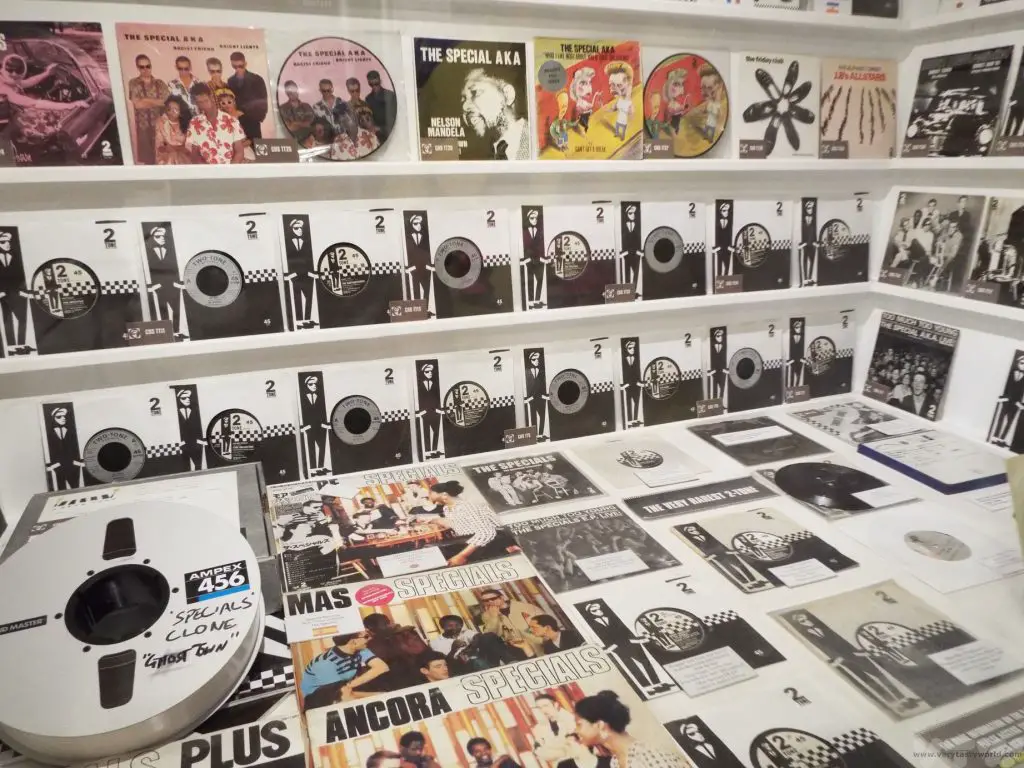
These days, Coventry is a lively city. With two universities, it’s also a young city with a diverse population which has an average age of 33 years. It was also the 2021 UK City of Culture, the start of which was slightly delayed due to the pandemic.
Things to Do In Coventry – Places to Visit
Although much of mediaeval Coventry was destroyed it is possible to see some older buildings in the city. Mediaeval Spon Street is largely comprised of old buildings although not all of these were originally built on the site but were relocated from other parts of the city.
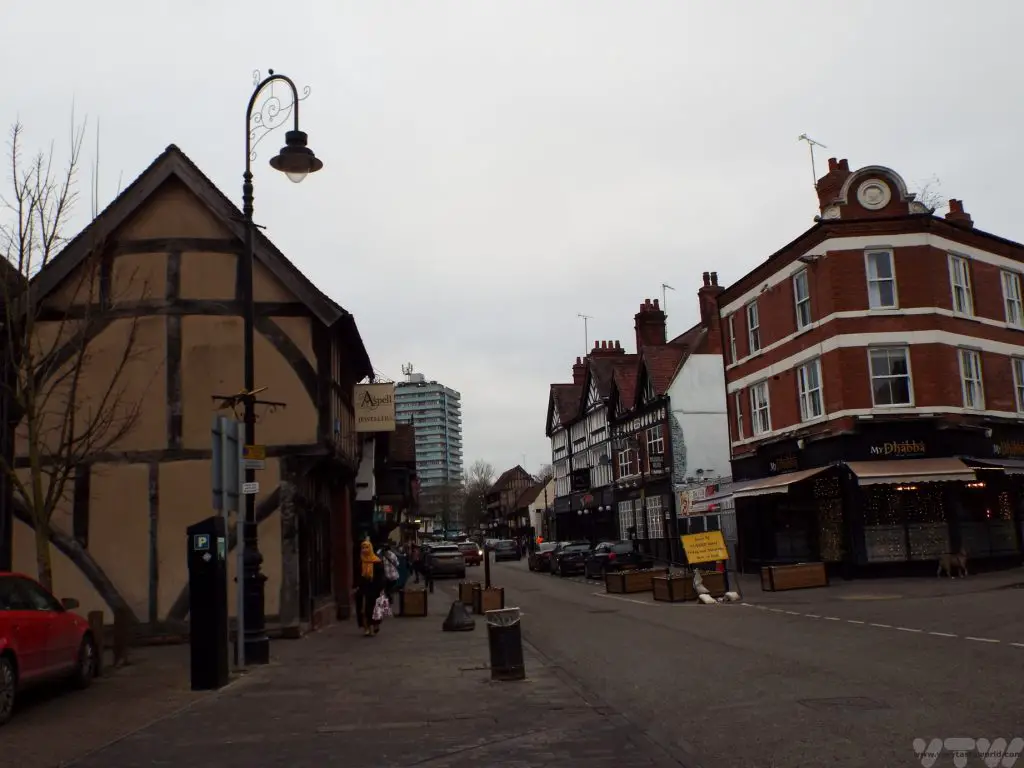
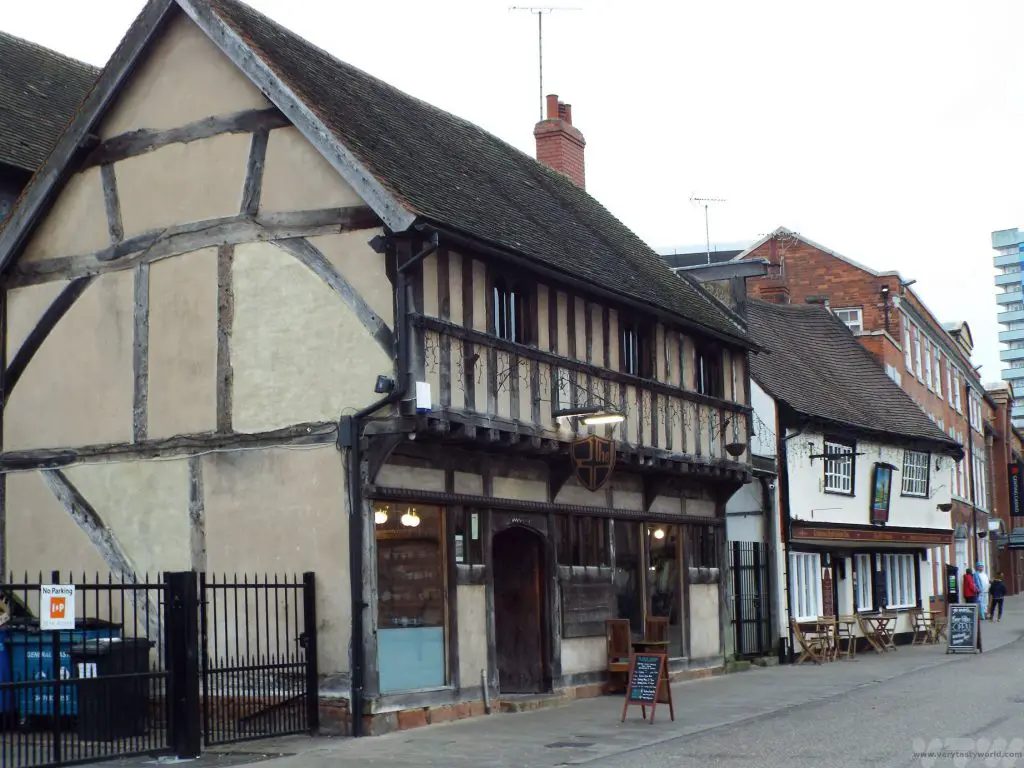
Ford’s Hospital was constructed in 1509, as an almshouse.
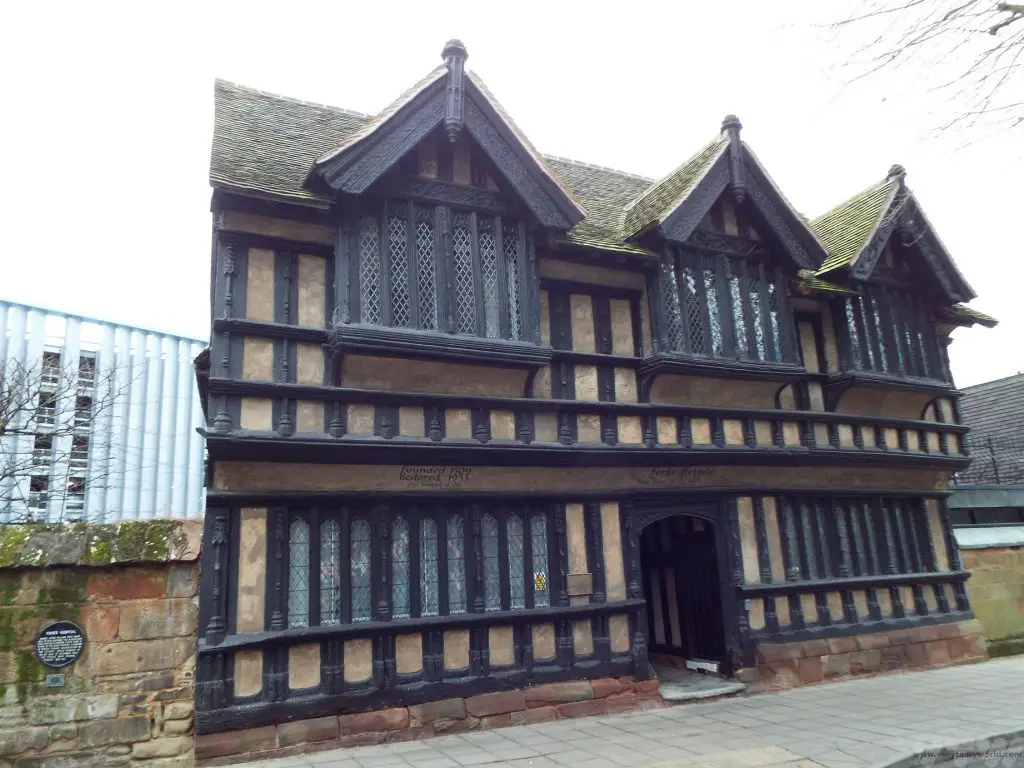
Some parts of the original city wall can still be seen. Swanswell Gate is the best preserved of the city’s gates. It has now been converted into a boutique hotel and it is possible to book it for a stay in the city.
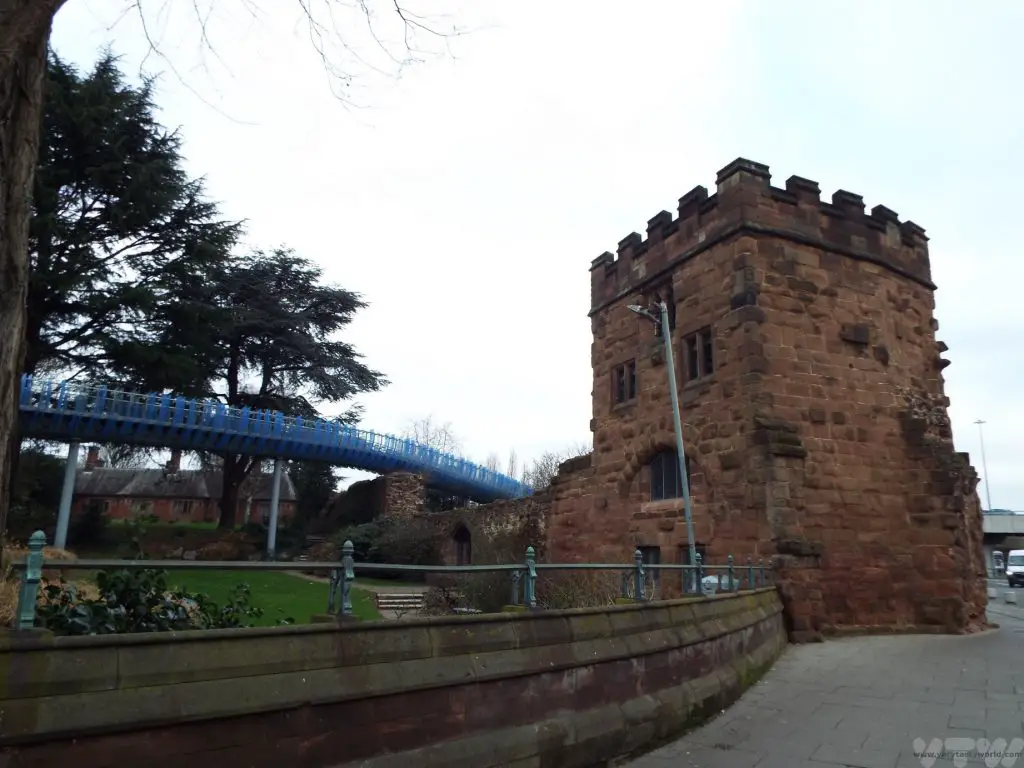
Dating from the 12th century, the old grammar school is now a conference or wedding venue which occasionally opens up for pop-up art events. You can see the original school chairs, carved by their previous occupants centuries ago.
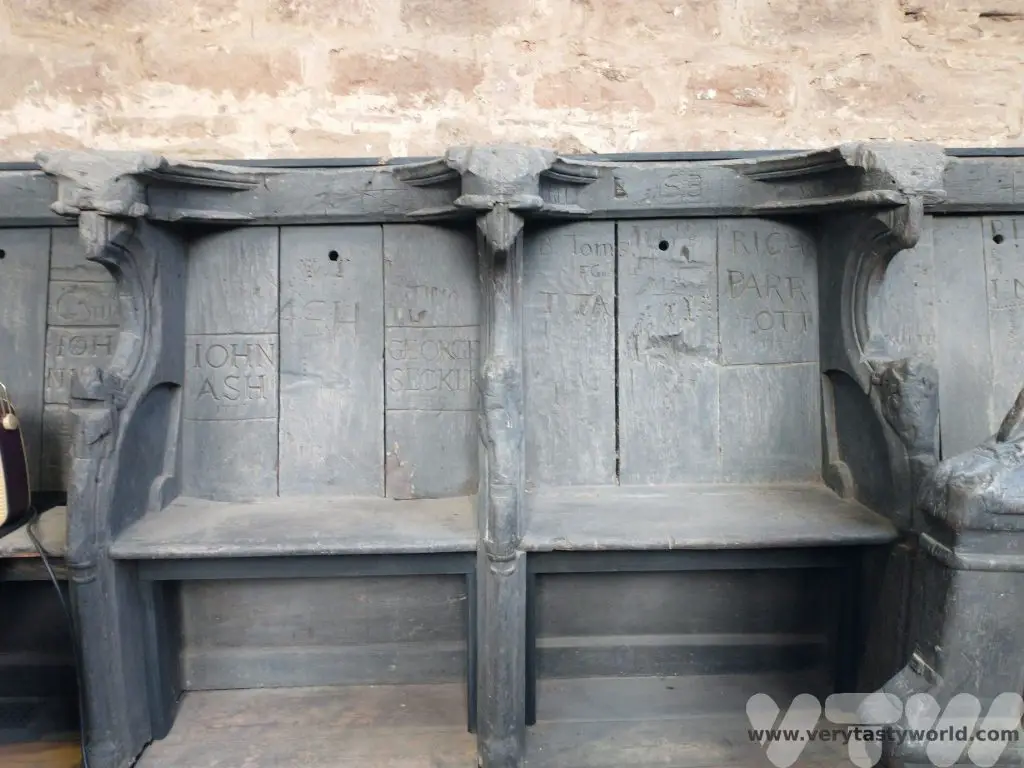
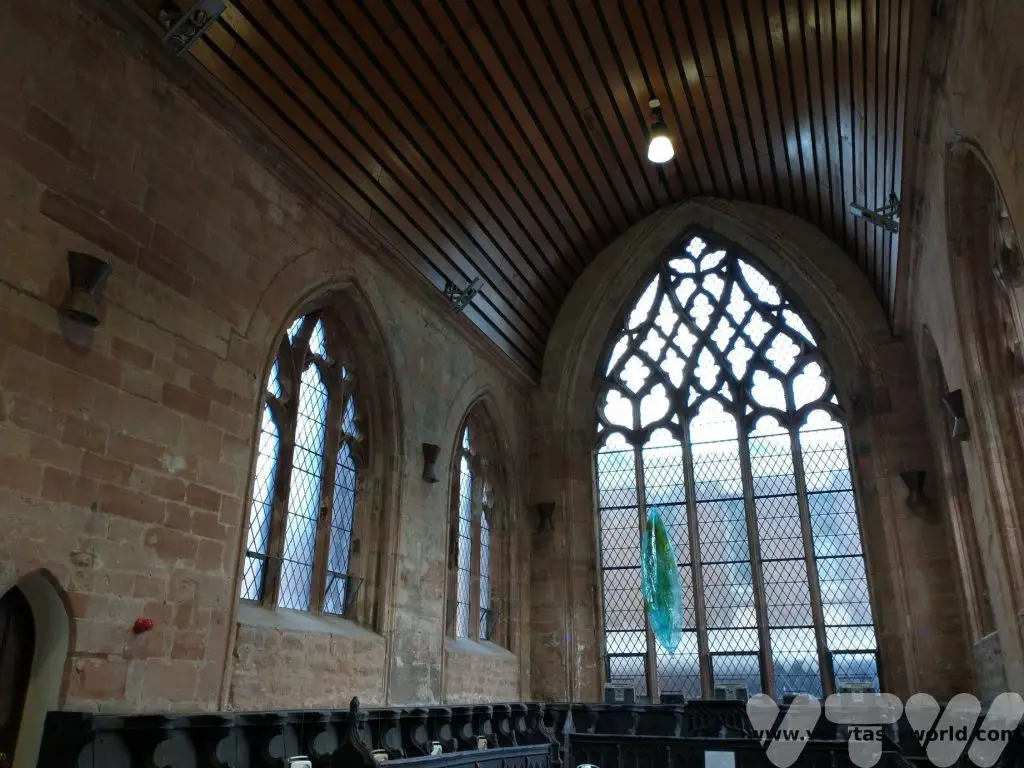
Coventry Cathedral – old and new
St Michael’s Cathedral was largely destroyed during the Blitz raid but its outer walls and spire remain. It was decided that it should remain in situ. It contains a number of symbols of reconciliation, including a charred cross which was constructed from two fallen wooden beams.
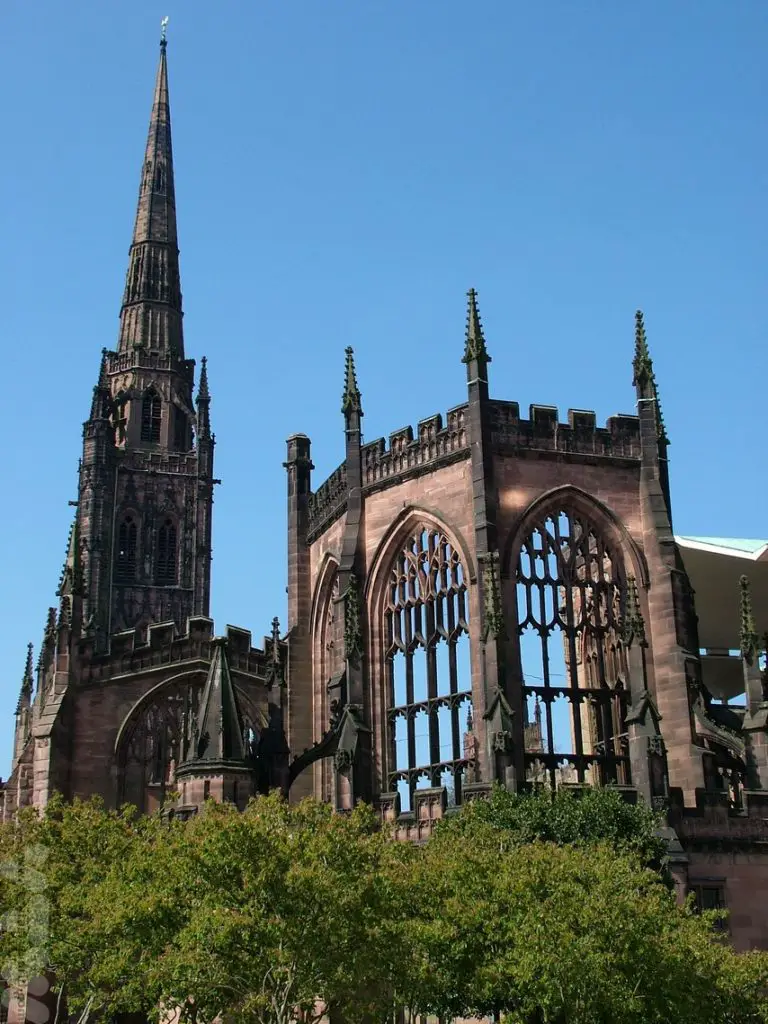
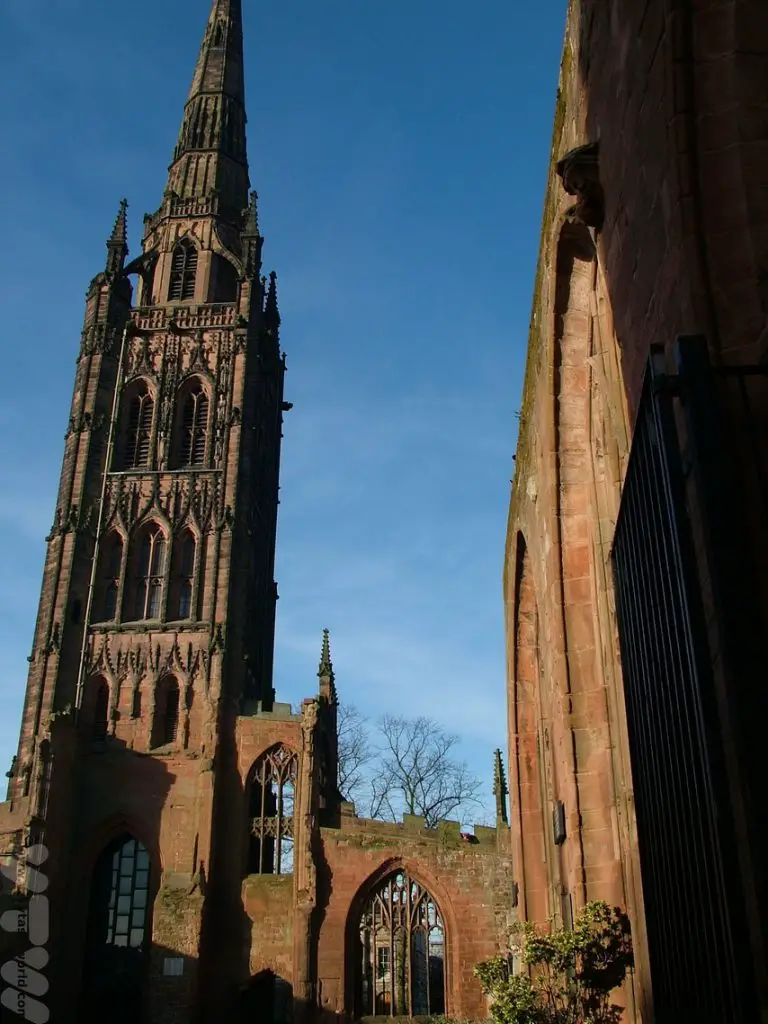
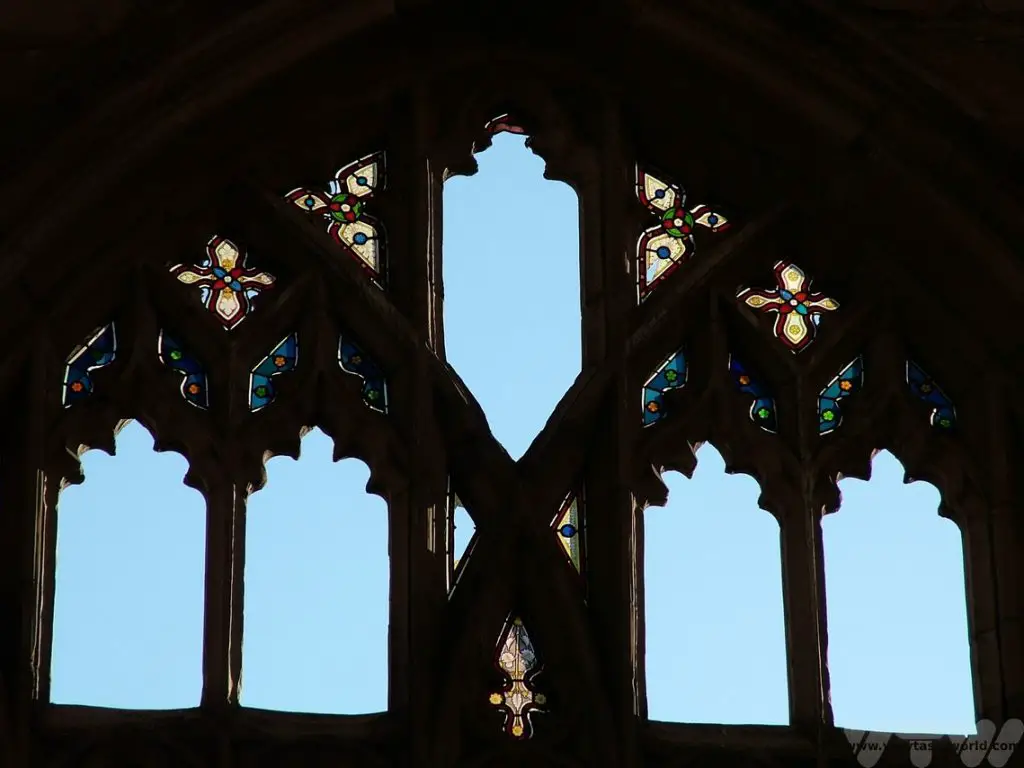
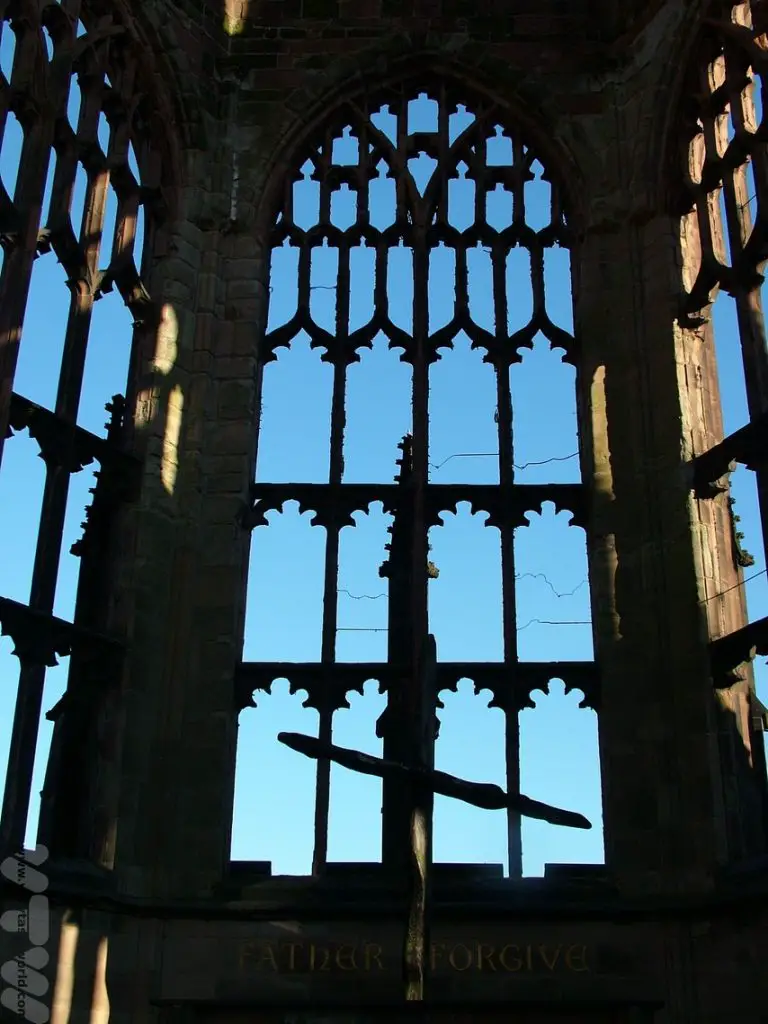
A new cathedral, constructed alongside the ruins of the old, was consecrated in 1962 as a place of worship. Both cathedrals are very much part of the community. They often hold concerts, plays and other events, both indoors and outdoors. The old cathedral even became an ice rink during the winter Christmas season.
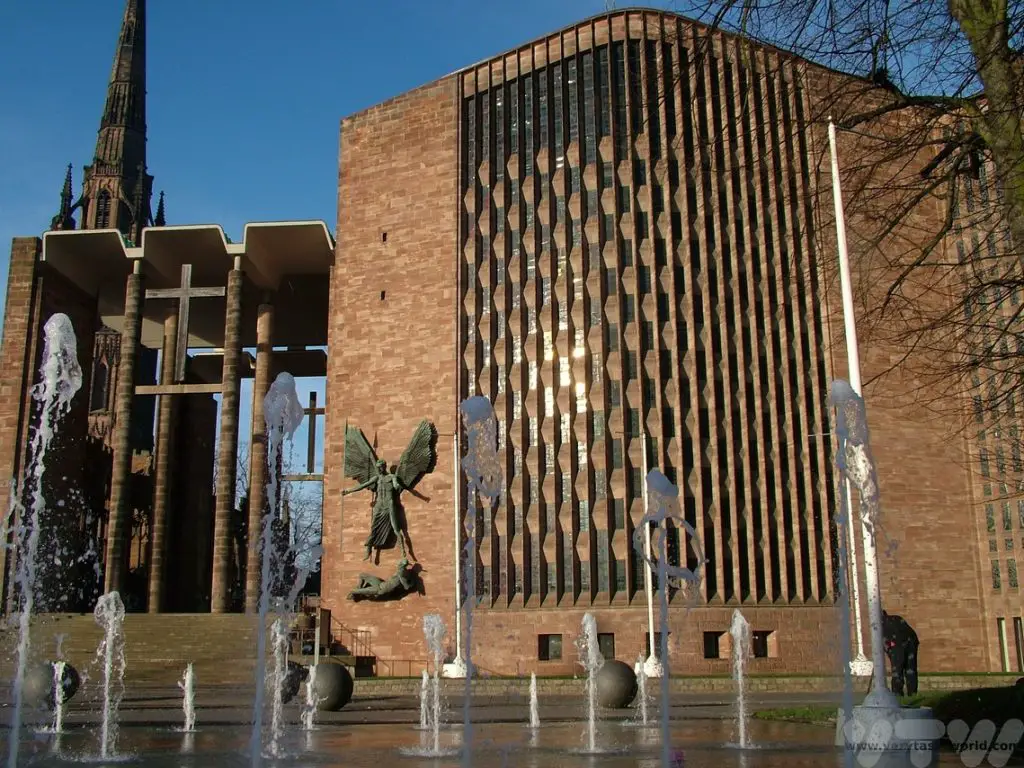
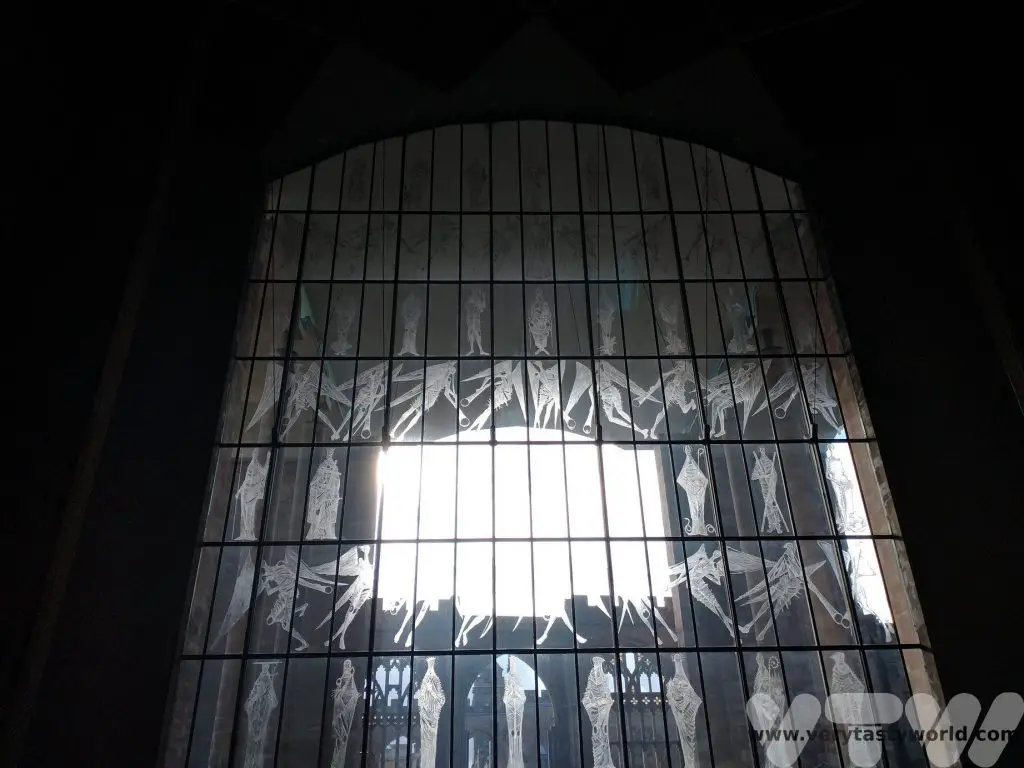
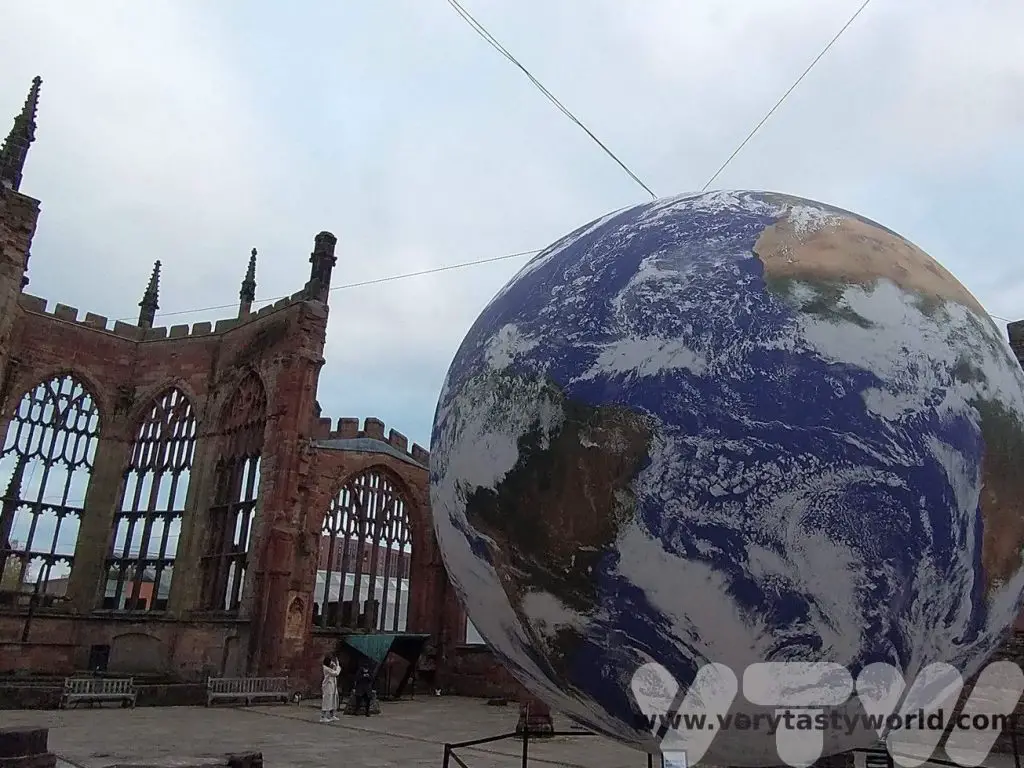
St Mary’s Guildhall
This is one of Coventry’s original mediaeval buildings, a guildhall built in 1342 but then reconstructed in the 15th century.
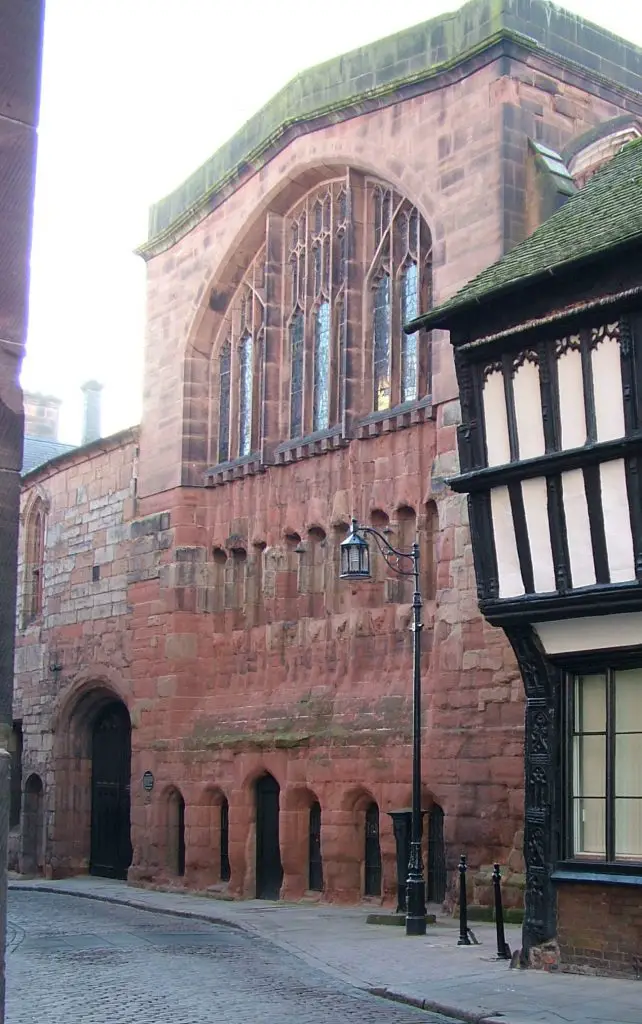
It contains one of the oldest tapestries in the country, almost certainly the oldest that remains in its original setting, known to have been made for the hall itself. The central figure is the Virgin Mary, to whom the hall is dedicated.
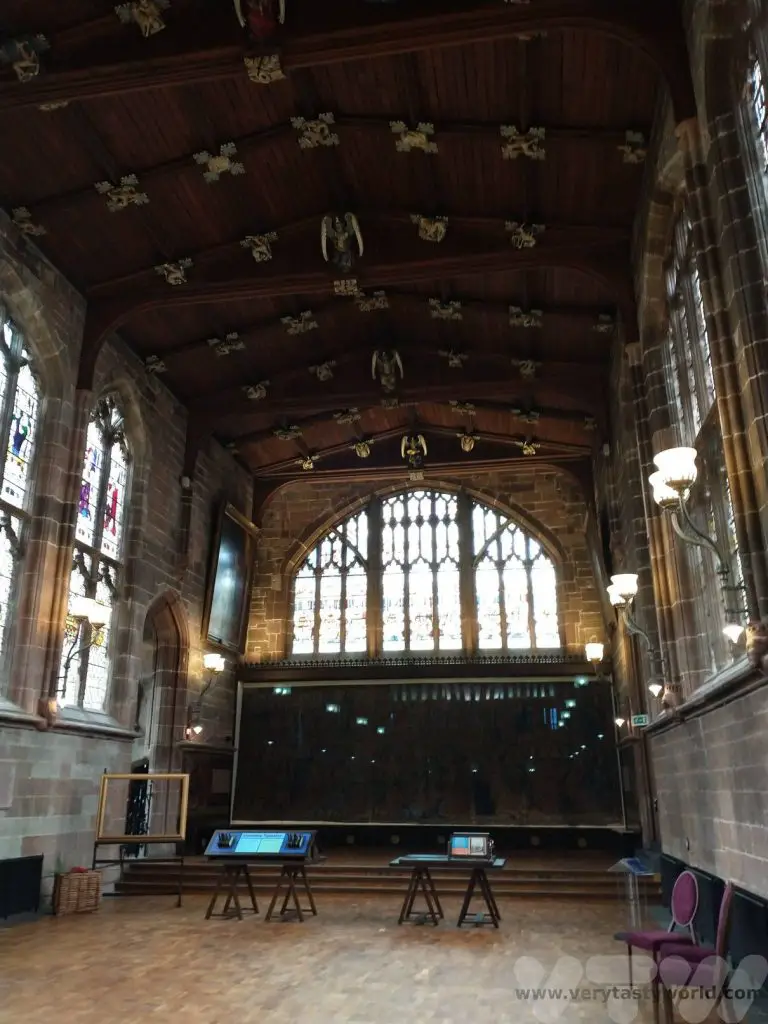
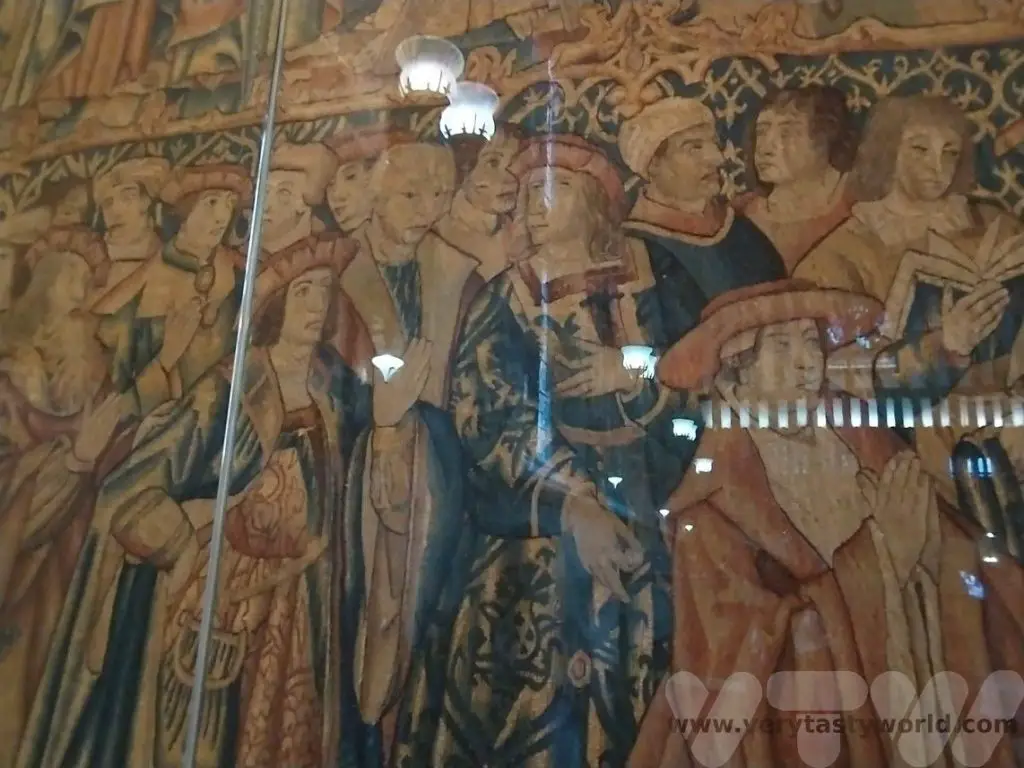
Amazingly, the guildhall, which is located right next door to St Michael’s cathedral which was largely destroyed during the firebombing of Coventry, survived the Blitz.
A recent refurbishment has revealed mediaeval kitchens which have been restored. There are exhibits showing the sort of food that might have been prepared there in centuries gone by. A splendid afternoon tea can be enjoyed in the undercroft.
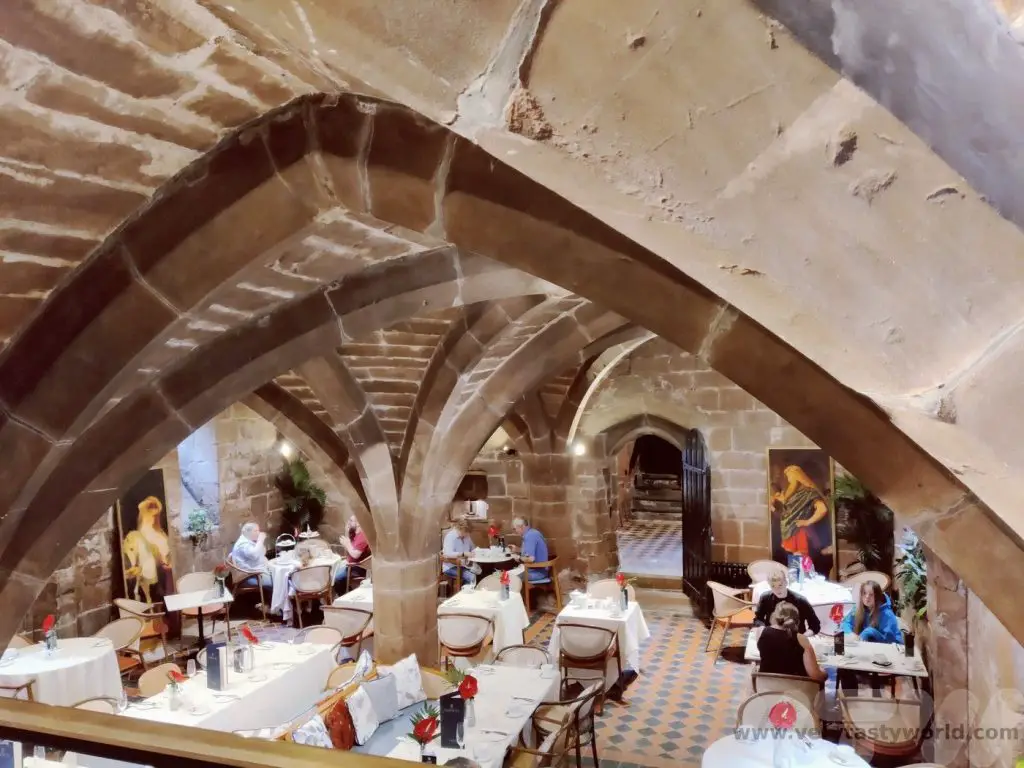
Coventry Music Museum
Located just outside the city in the Ball Hill district, the Coventry Music Museum is a small but perfectly formed museum dedicated to the musical history of the city.
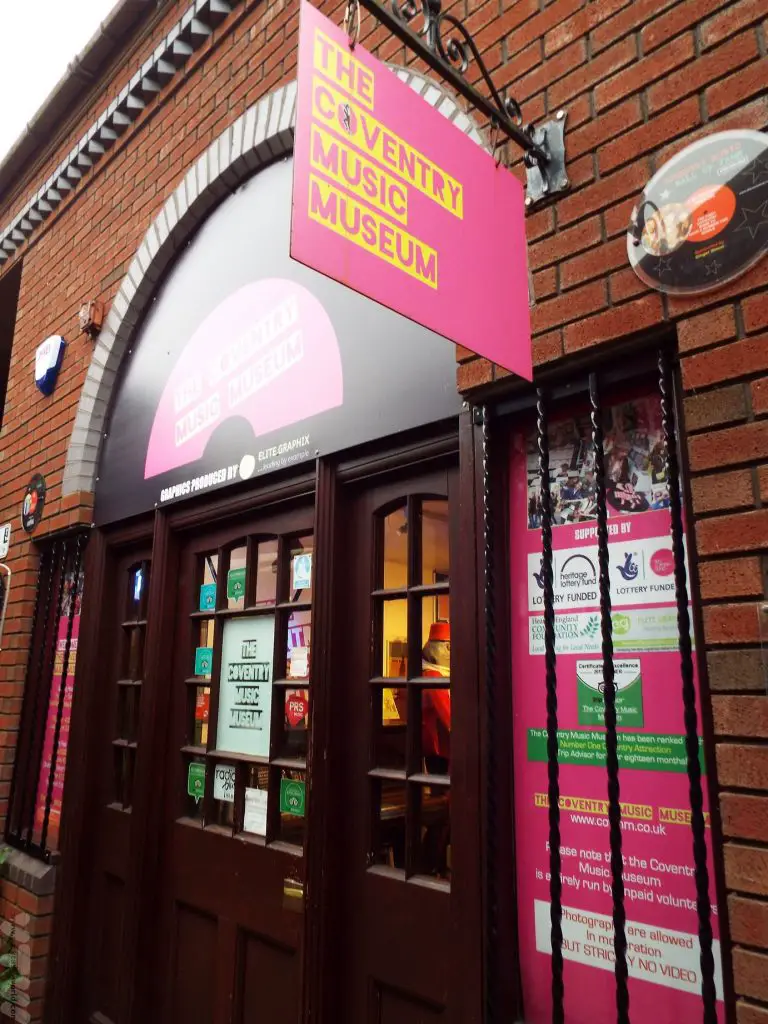
You always receive a friendly welcome. With a plethora of exhibits and memorabilia, including the original Ghost Town organ and a reproduction of a Two-Tone bedroom, it also looks to Coventry’s earlier music history including an exhibit looking at the work of Coventry born Delia Derbyshire, the pioneering electronic musician (who arranged the Dr Who theme tune). Deliaphonic is an annual celebration of her life and work which takes place in venues around the city.
You can also use the music room there – just pick up an instrument and play. Opposite the museum is the Two-Tone café and the excellent Simmer Down Caribbean restaurant.
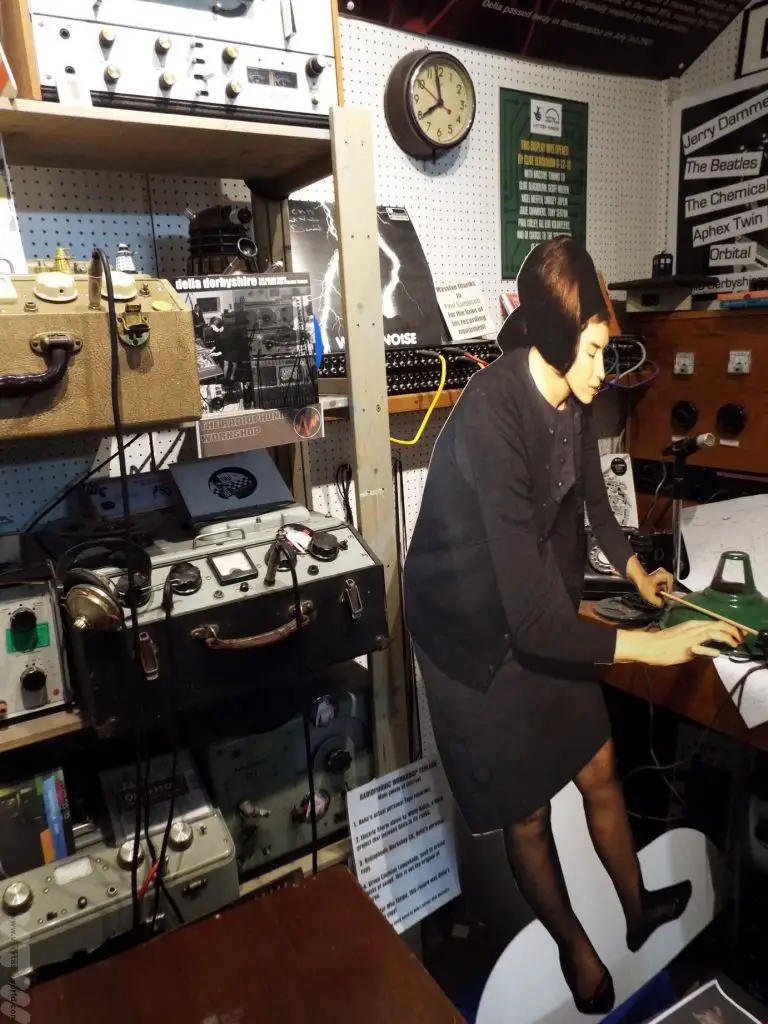
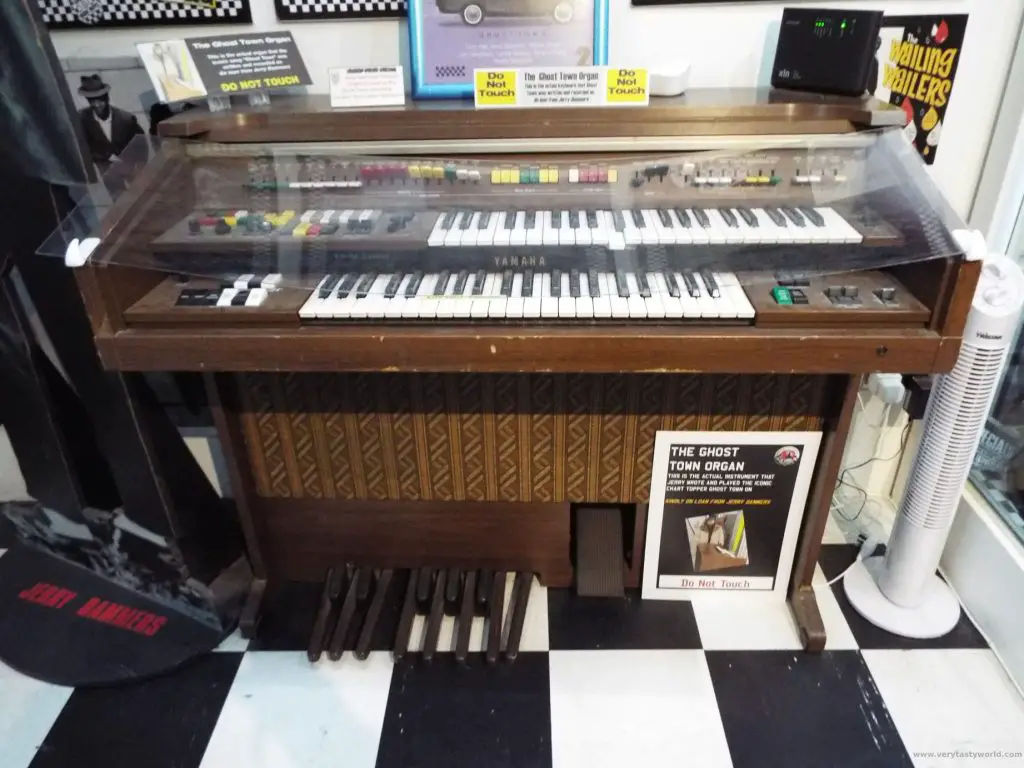

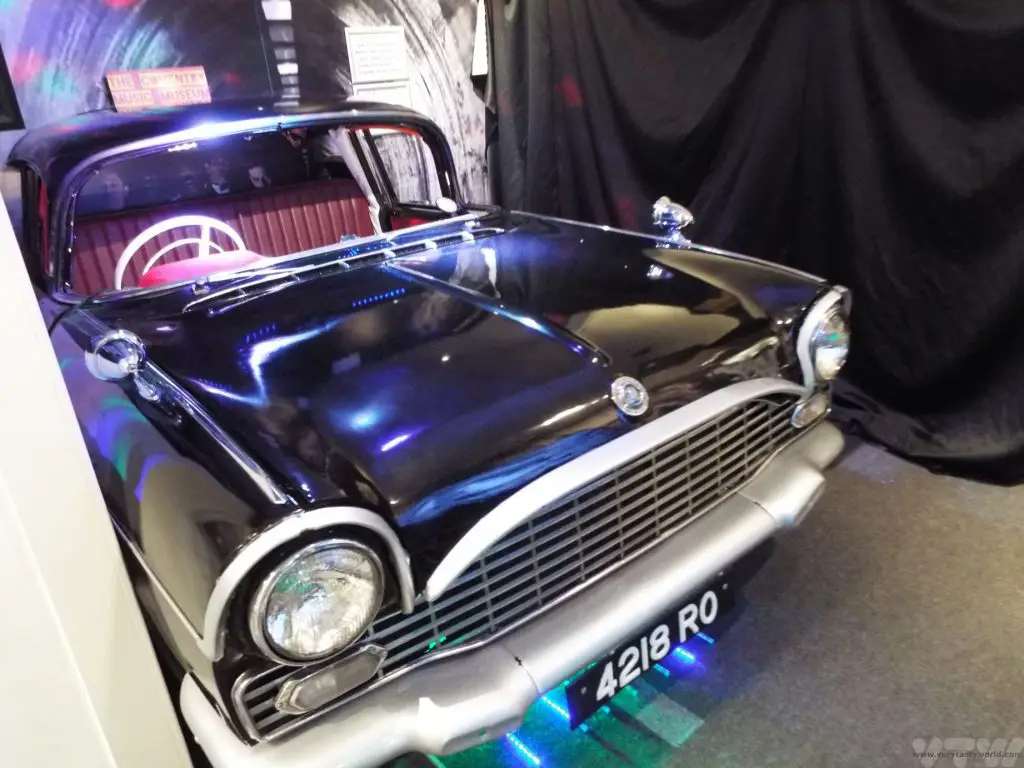
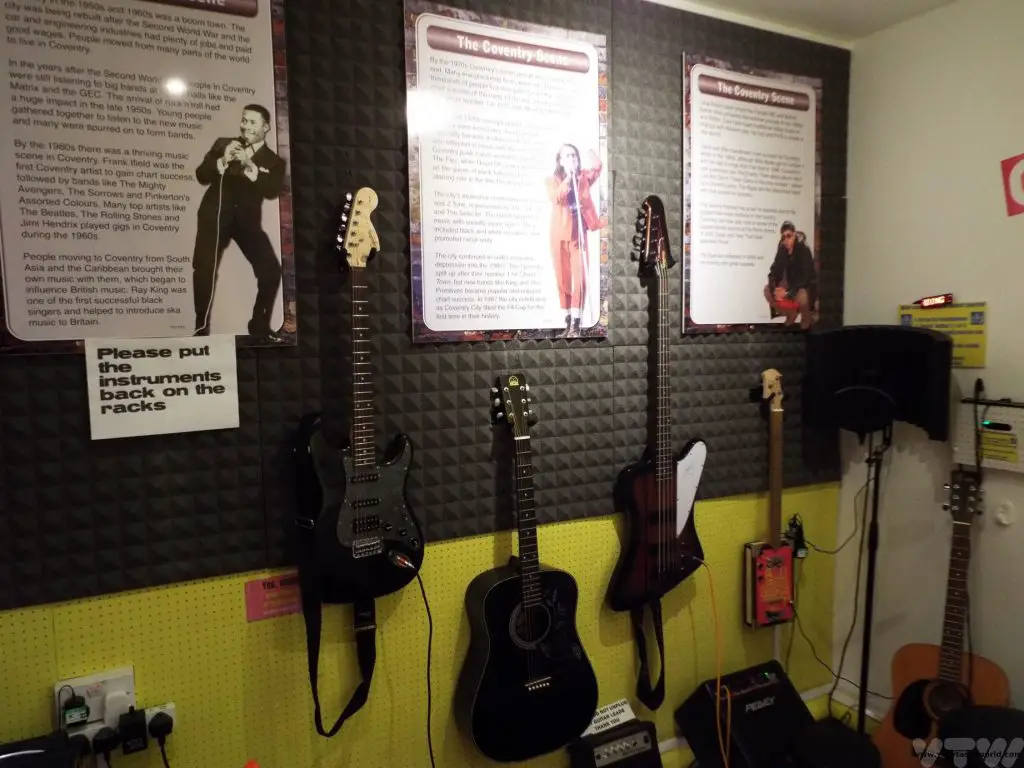
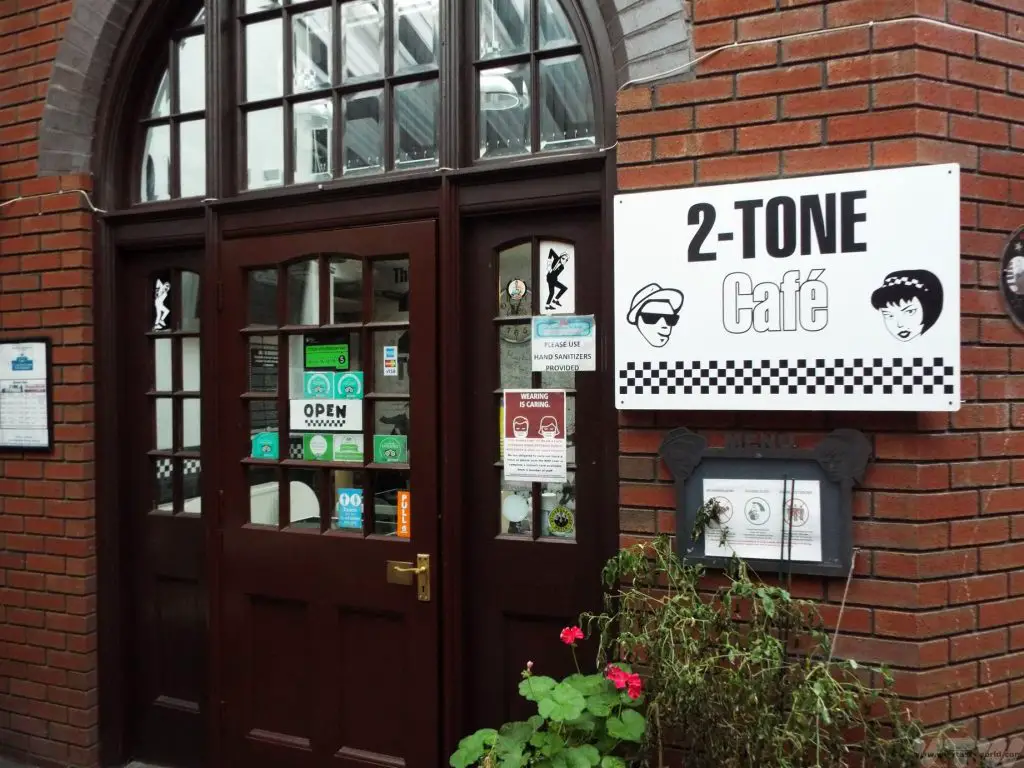
Coventry Transport Museum
Located on Millennium Place, Hales Street and celebrating Coventry’s motor history, this is a fascinating museum which has the largest publicly owned collection of British cars in the world.
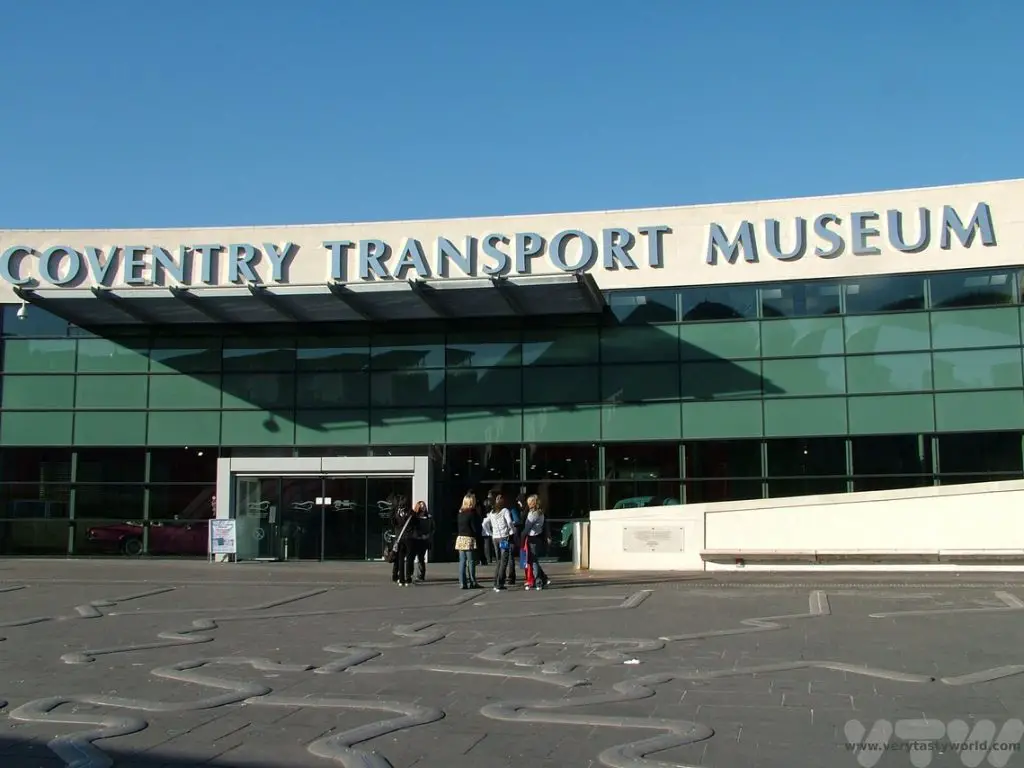
The museum offers a brilliant history of transportation and also of the city. It has lots of interactive exhibits and you can see an extensive variety of vintage vehicles as well as two of the fastest cars in the world: Thrust SSC and Thrust 2. Fun fact: part of the famous car chase from the film The Italian Job was filmed in Coventry. While the Mini Coopers enter and leave the tunnel in Turin, the actual tunnels were Coventry sewers which were being constructed at the time.
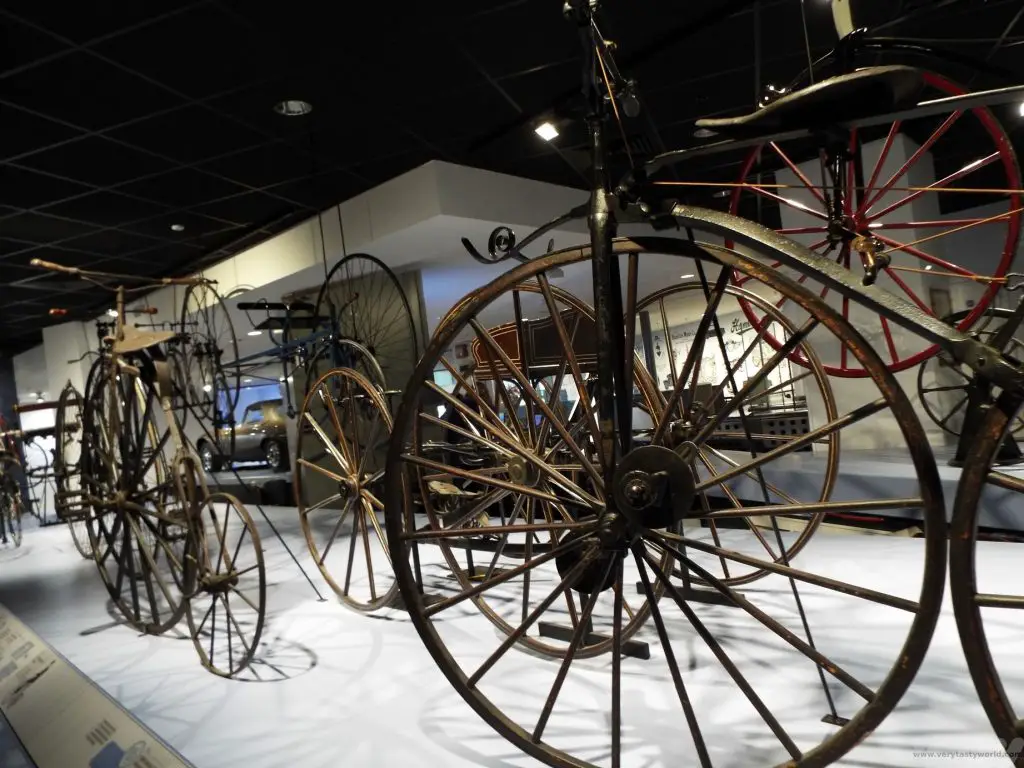
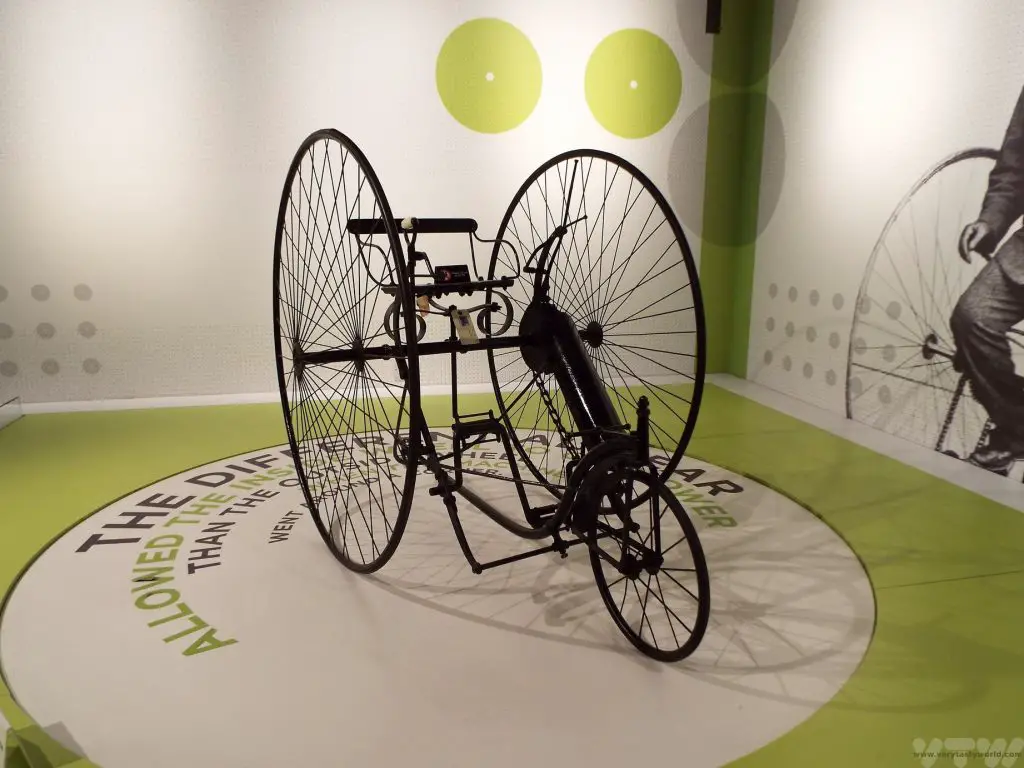
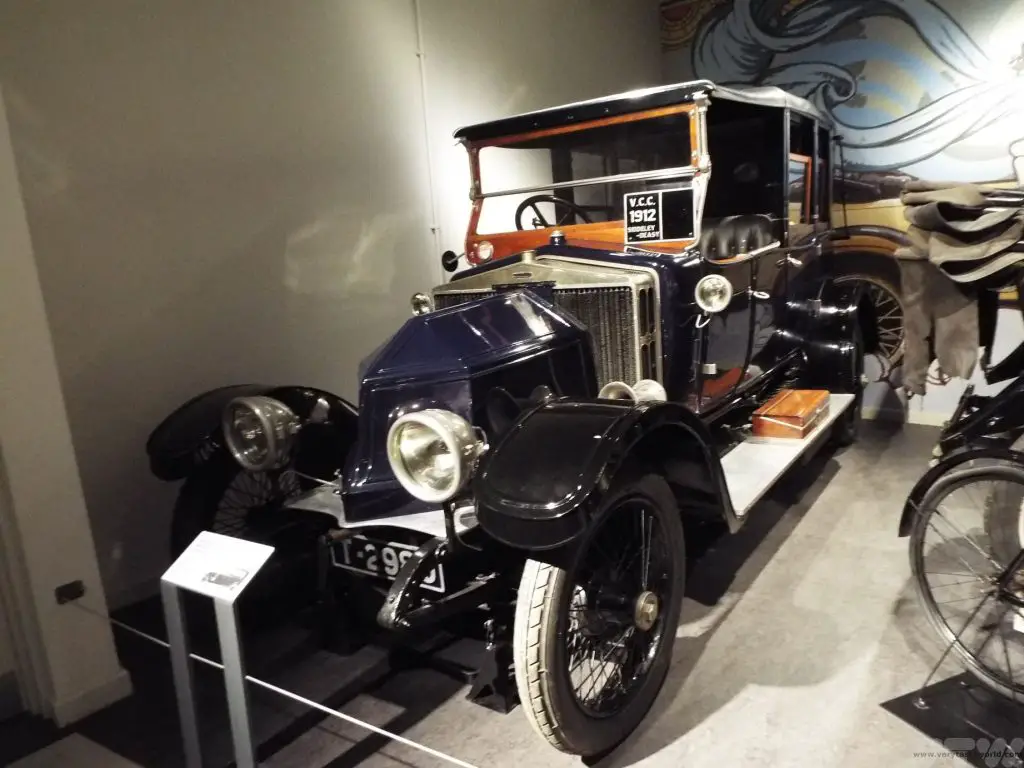
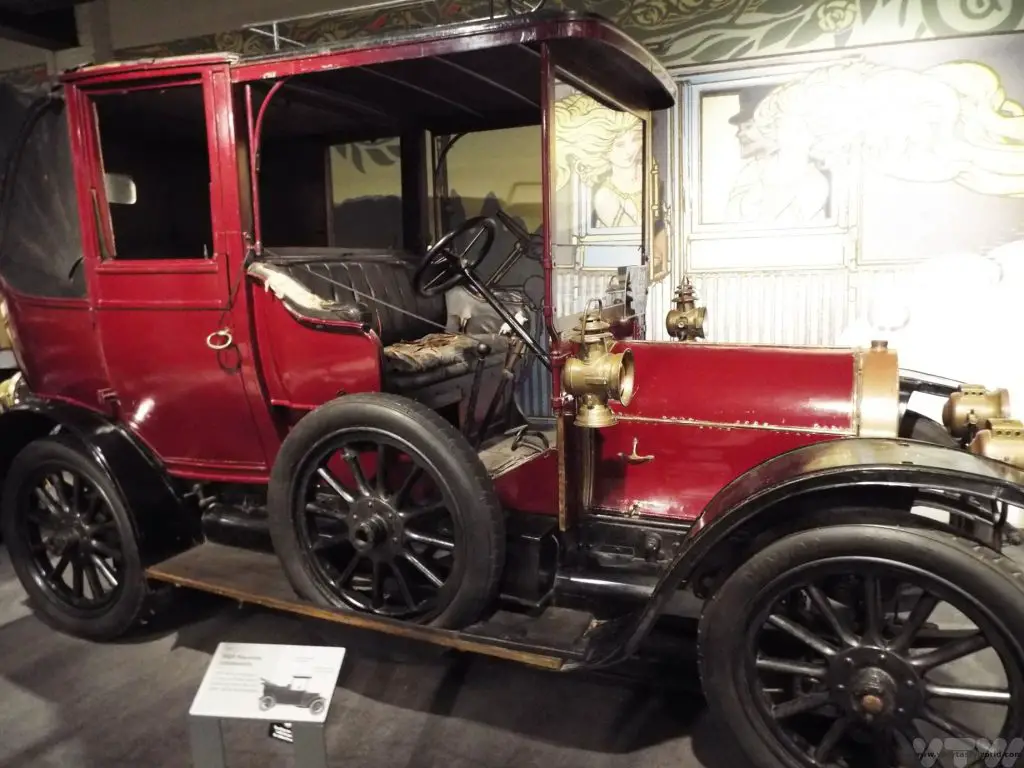
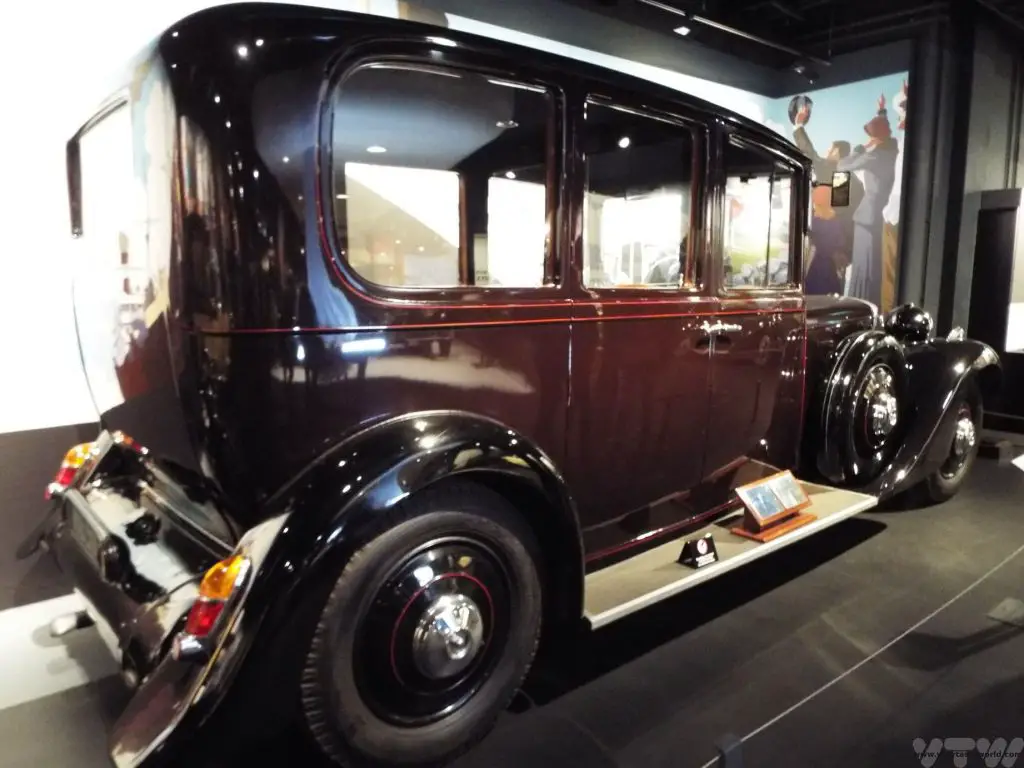
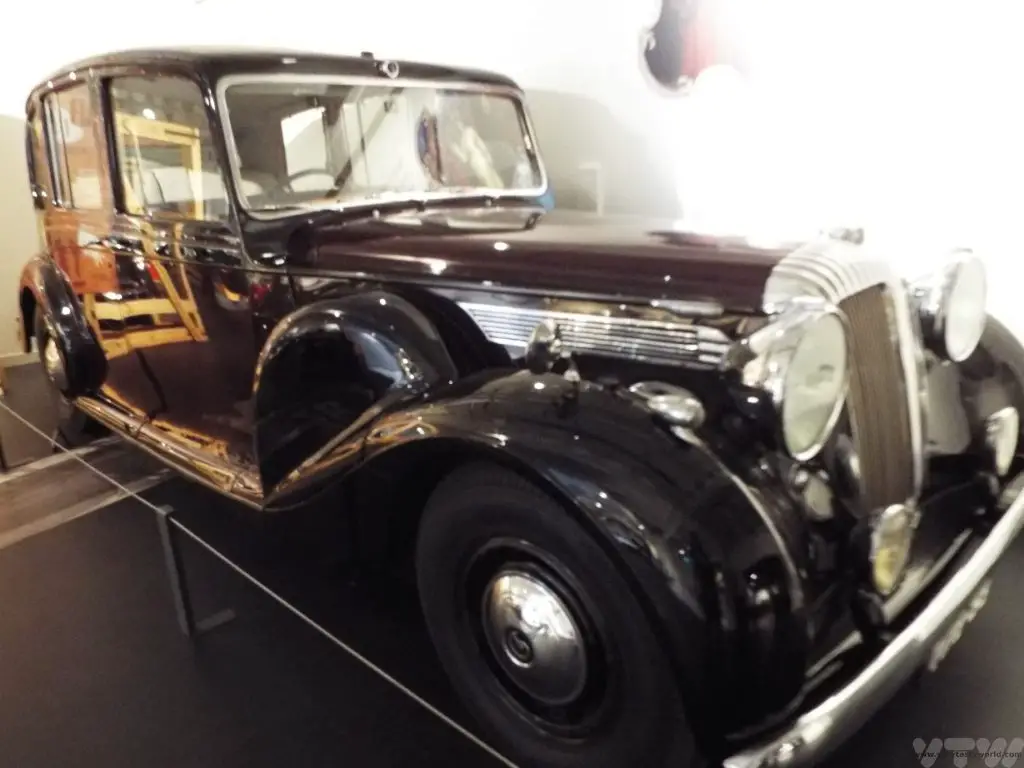
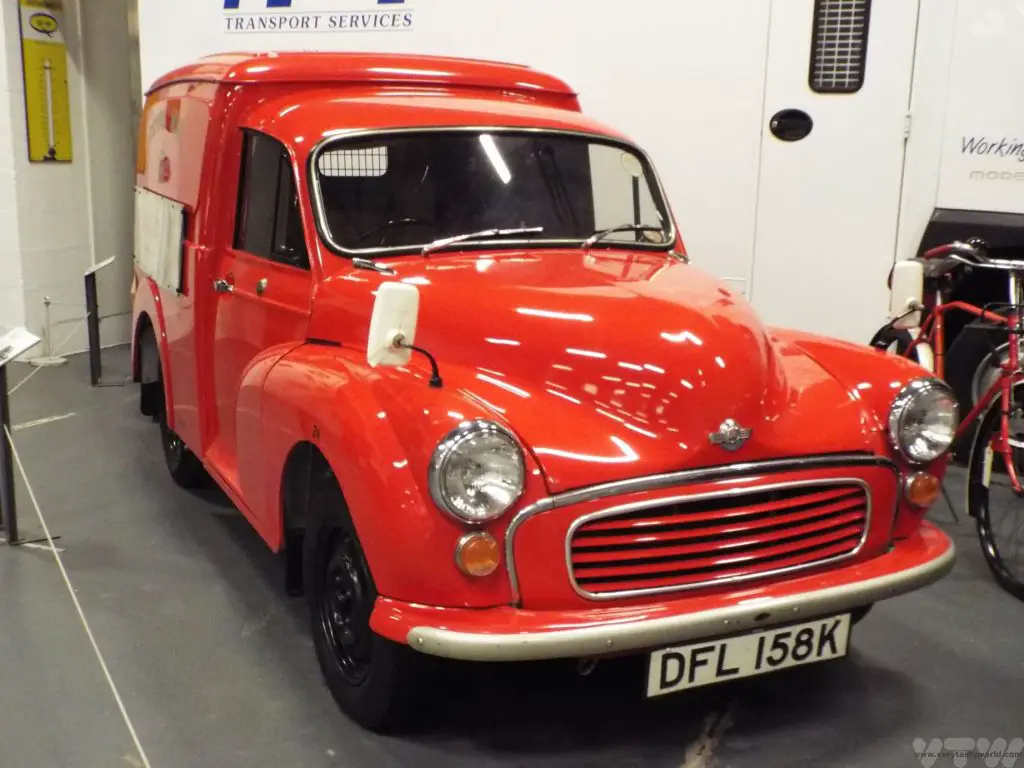
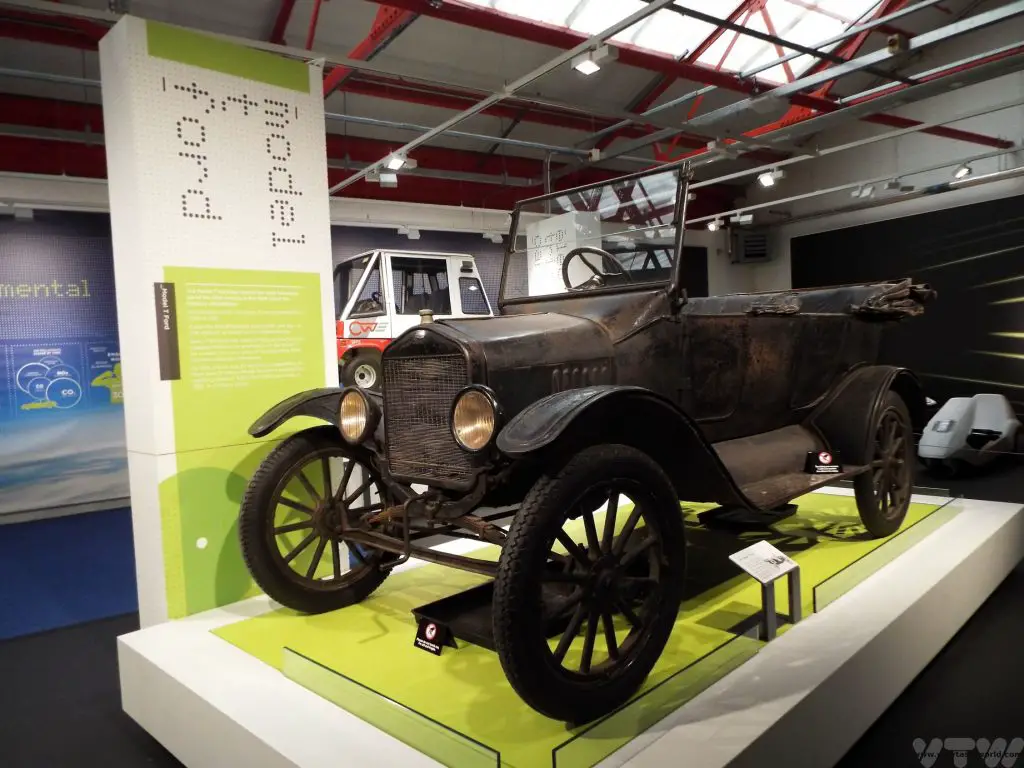
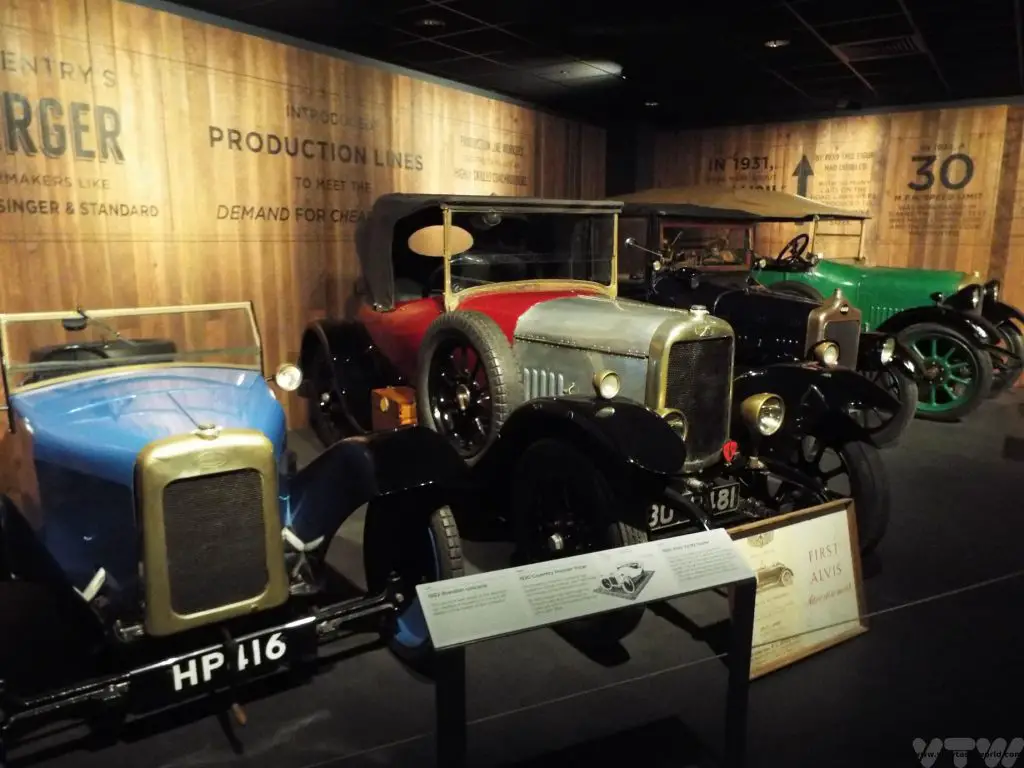
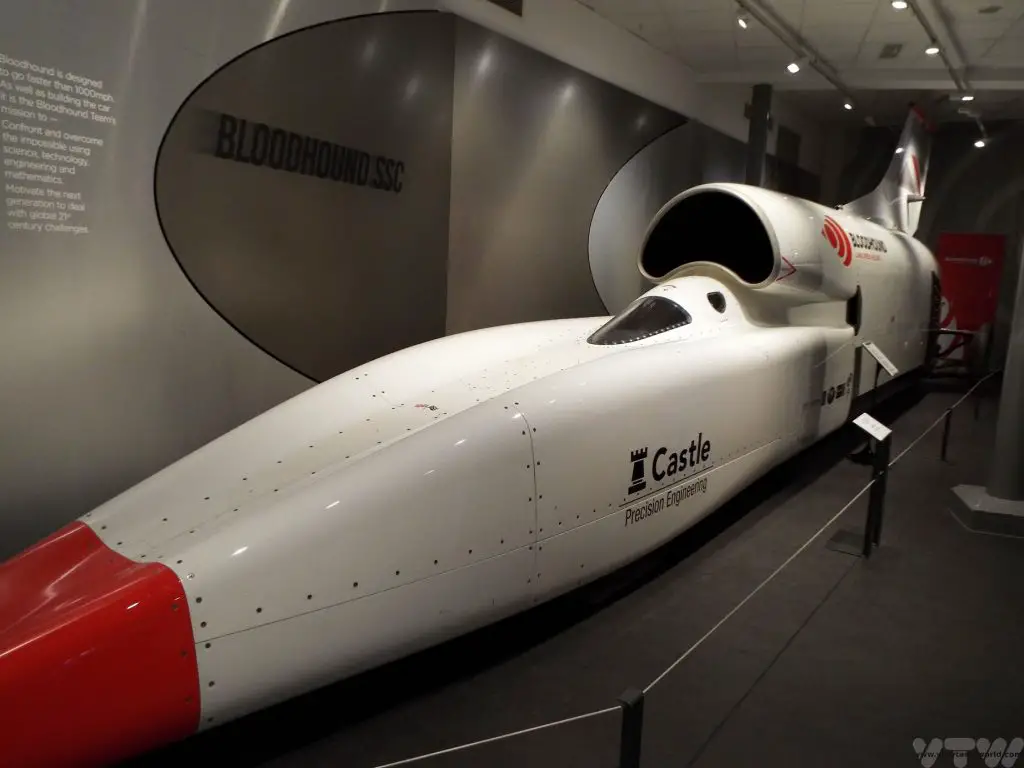
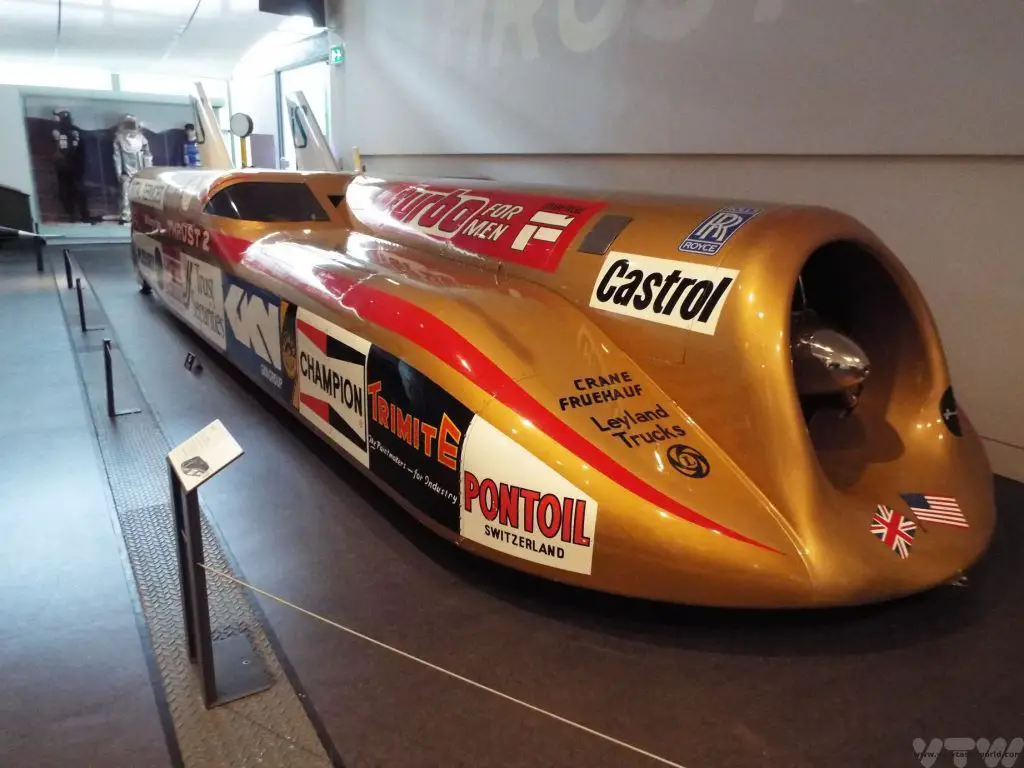
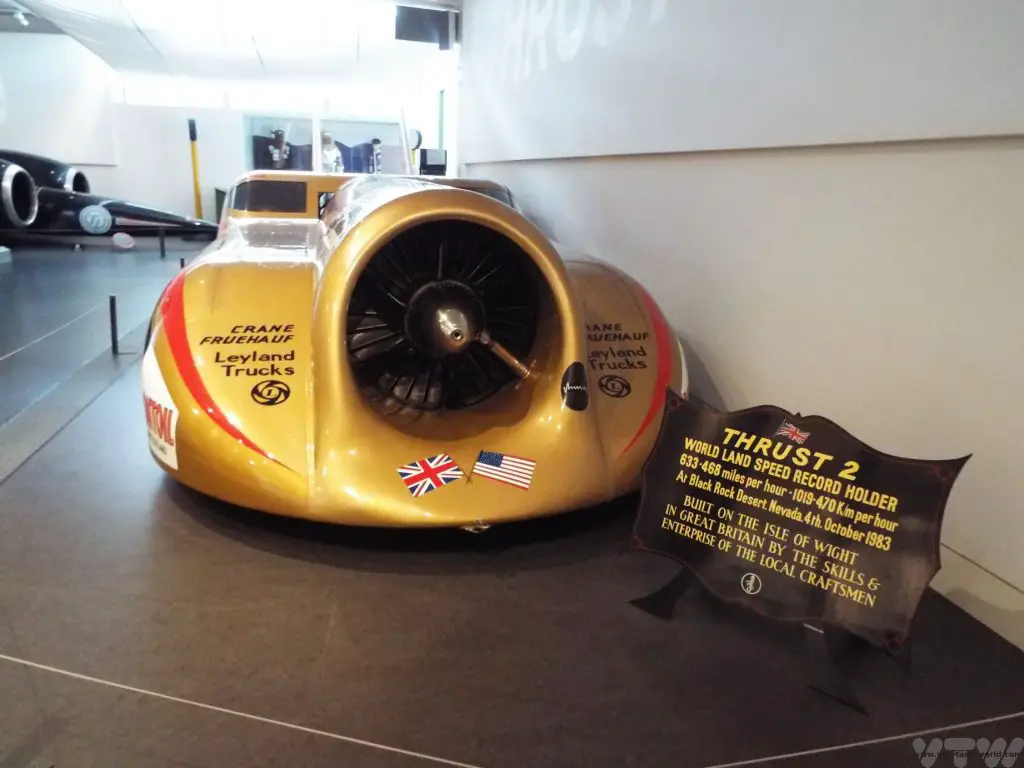
The Weaver’s House (Spon End) is a fascinating listed building which is quite unusual because it was the home of a poor person. Historic buildings are normally preserved because they are great big stately homes owned by important people.
The weaver’s house is a remarkable construction because it has an internal jetty for the weaver’s loom, which is very rare. The weaver’s house is located close to the river Sherbourne before it enters the city, so the water would have been clean for washing and dyeing the cloth. The house doesn’t have regular opening hours, but check the website for the next open day when you can learn about its history and also visit its mediaeval garden.
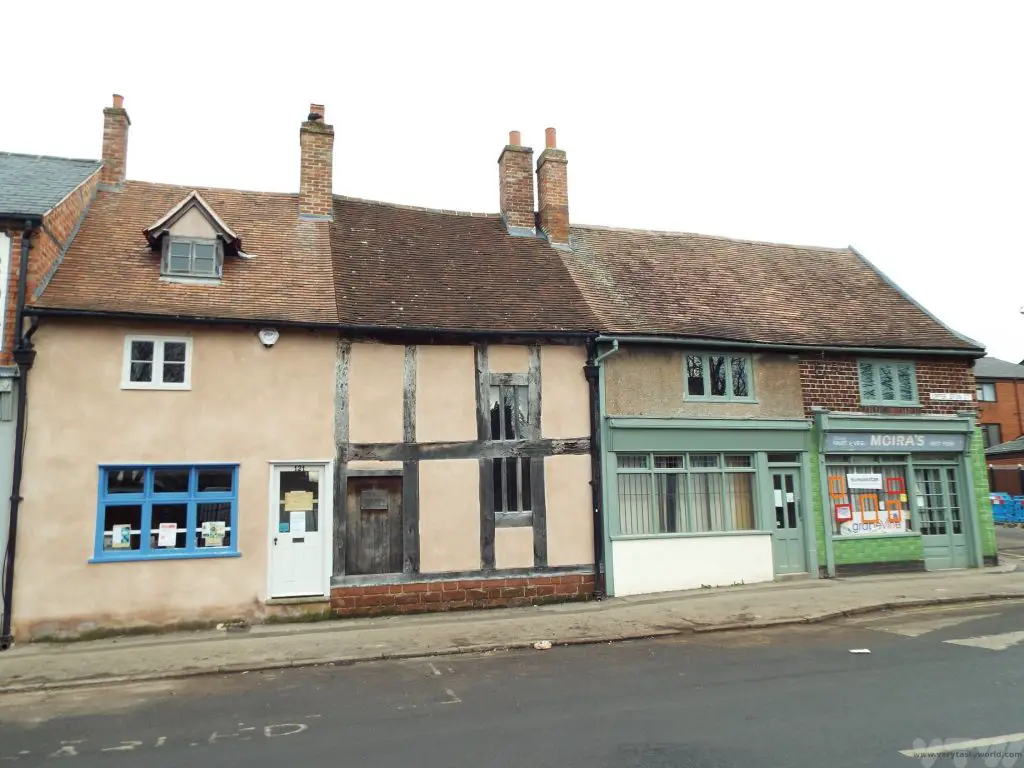
Watch Museum A small but interesting museum dedicated to Coventry’s watchmaking heritage.
Charterhouse
Located on the London Road, just over a kilometre outside the city centre, this former monastery was founded in 1381. It was a Carthusian monastery, home to a silent order of monks who each had their own cells (actually like small houses with walled gardens) in which they would meditate, pray, read and copy books. They would meet in church or at mealtimes – and meals were eaten in the refectory which is the main surviving building.
After Henry VIII’s dissolution of the monasteries the building became a private home and was modified over the years. The adjoining church and monks’ cells were lost. Its most famous resident was Robert Dudley, first Earl of Leicester who was a close friend and suitor to Queen Elizabeth I.
Eventually the building was passed to the people of Coventry and the Coventry Historic Trust set about ensuring its survival and restoring the building. It is now open to visitors.
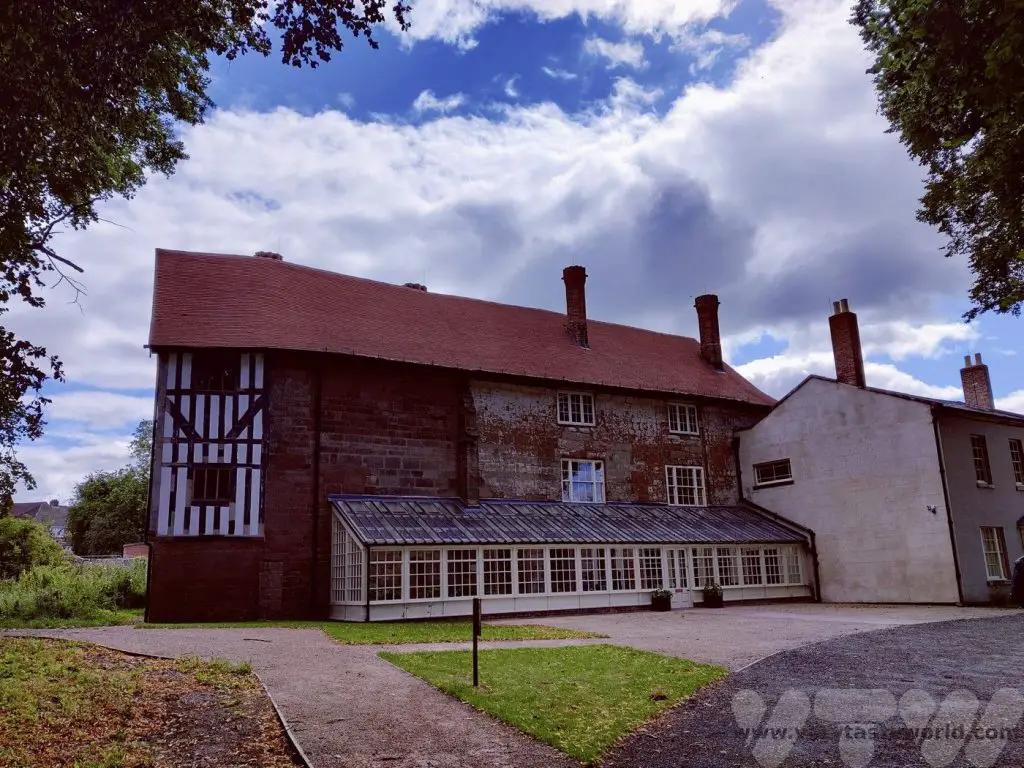
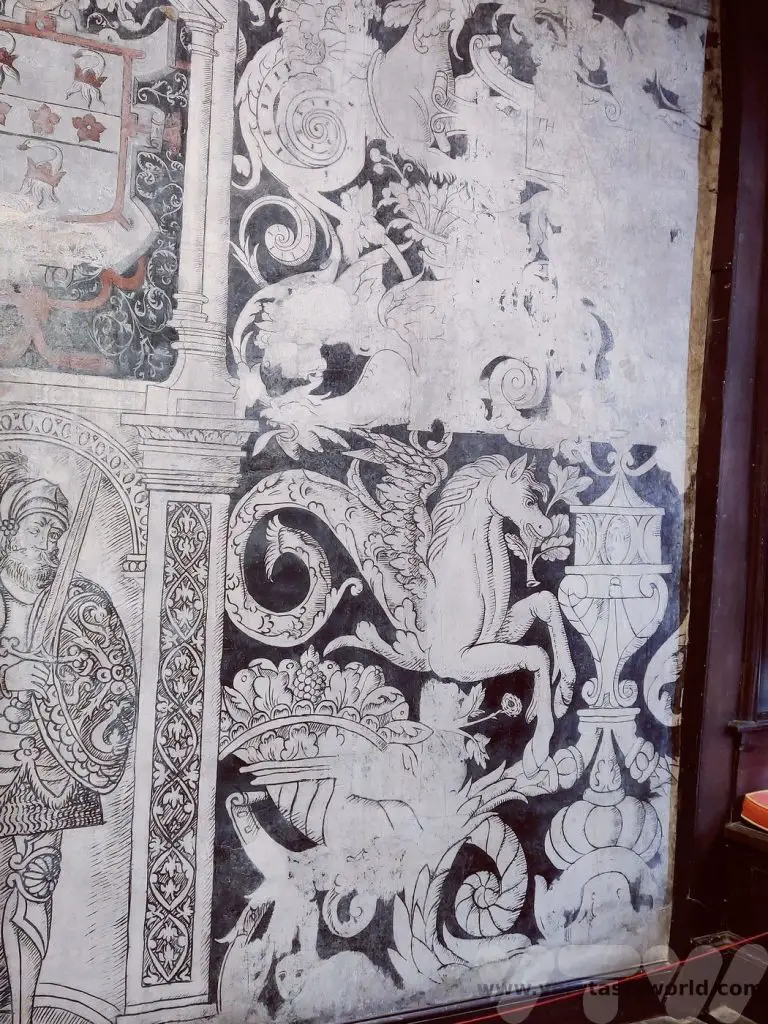
Of particular interest are the mediaeval paintings – a black and white painting dating back to the 15th century, likely to have been commissioned by Dudley.
Sadly when the monastery was converted from a two-floor to a three-floor building the top part of a crucifixion painting was lost. What remains is fascinating.
The grounds also house a kitchen garden. A bistro/café is located on site for light snacks. If you buy a ticket to visit the site, it is valid for a year from issue.
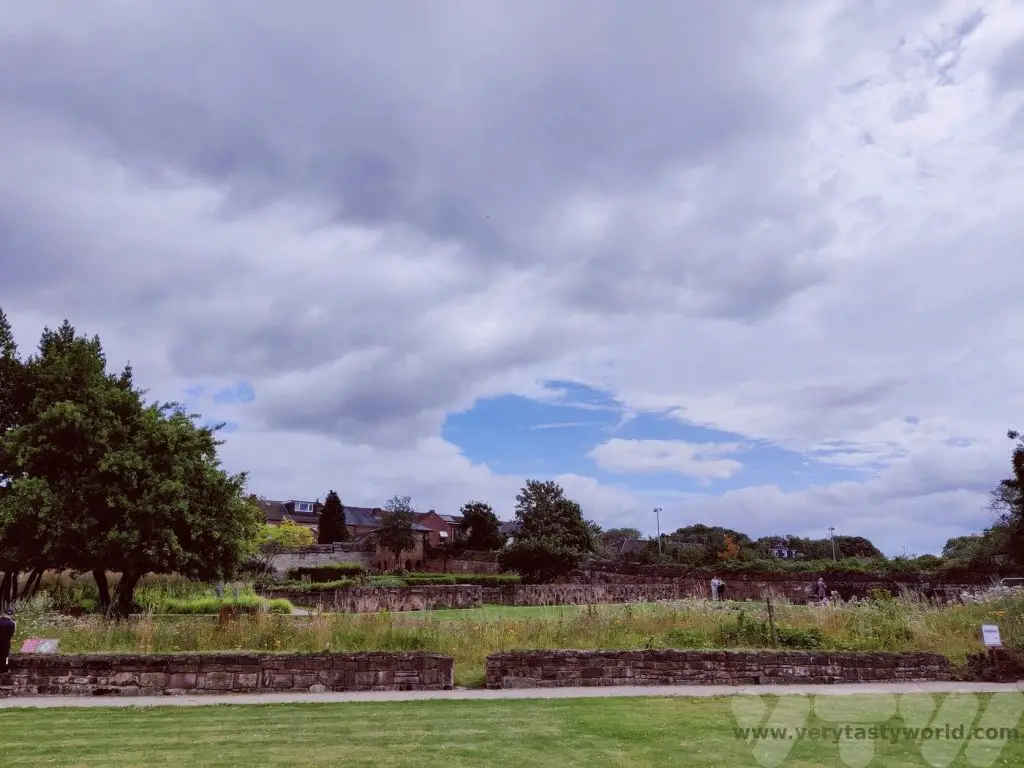
Coventry Culture
Herbert Art Gallery
A fantastic space, the Herbert has a permanent collection and regular temporary exhibitions. It’s located next to the cathedrals. With free entry to most exhibitions, it also hosted the 2021 Turner Prize.
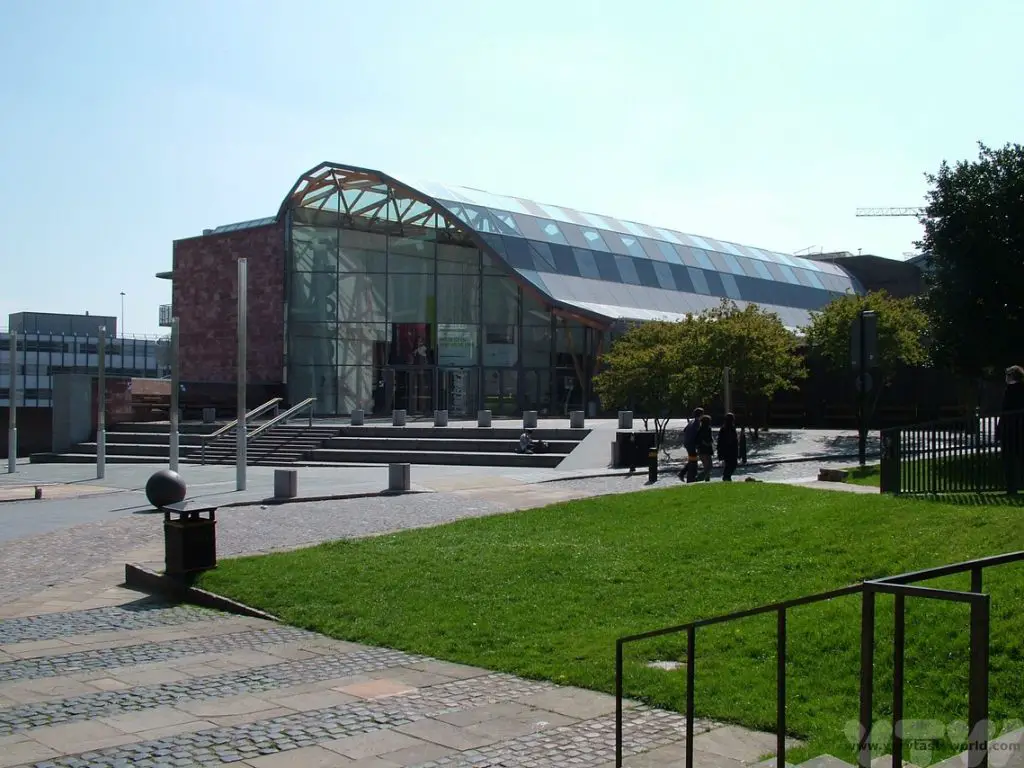
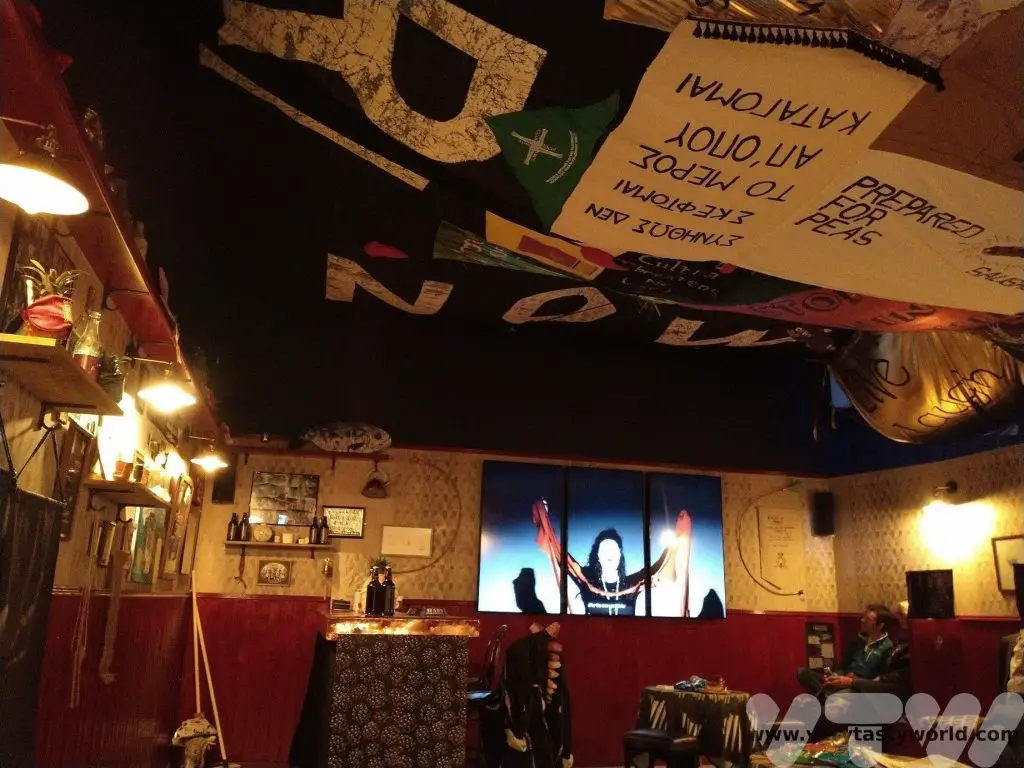
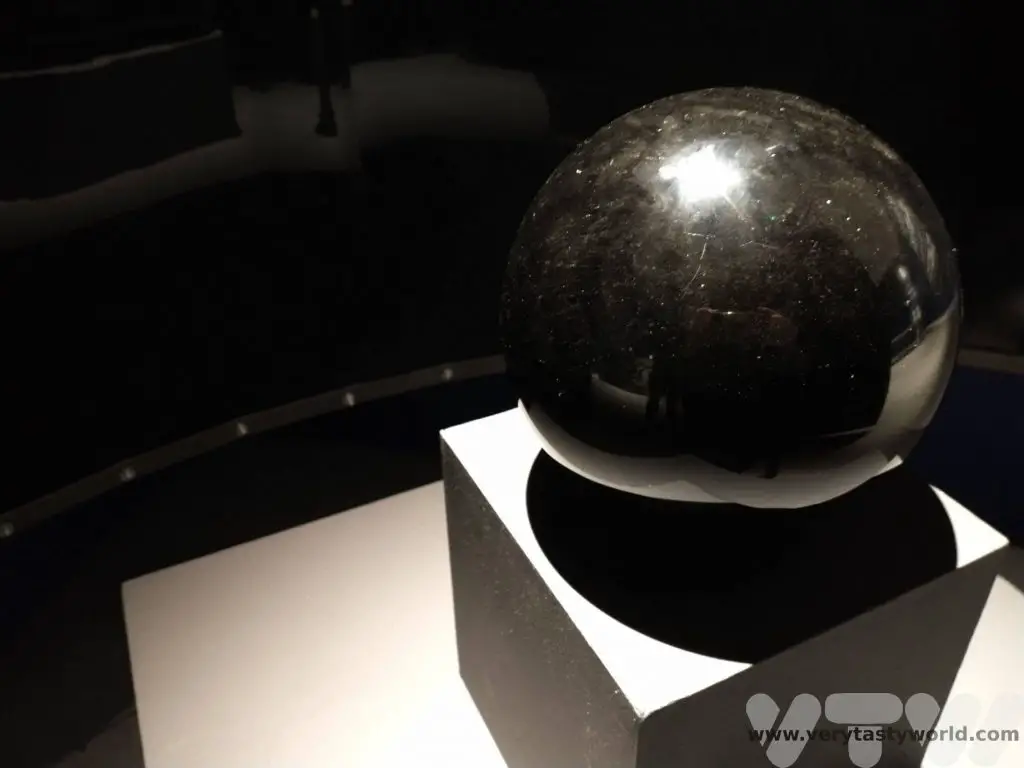
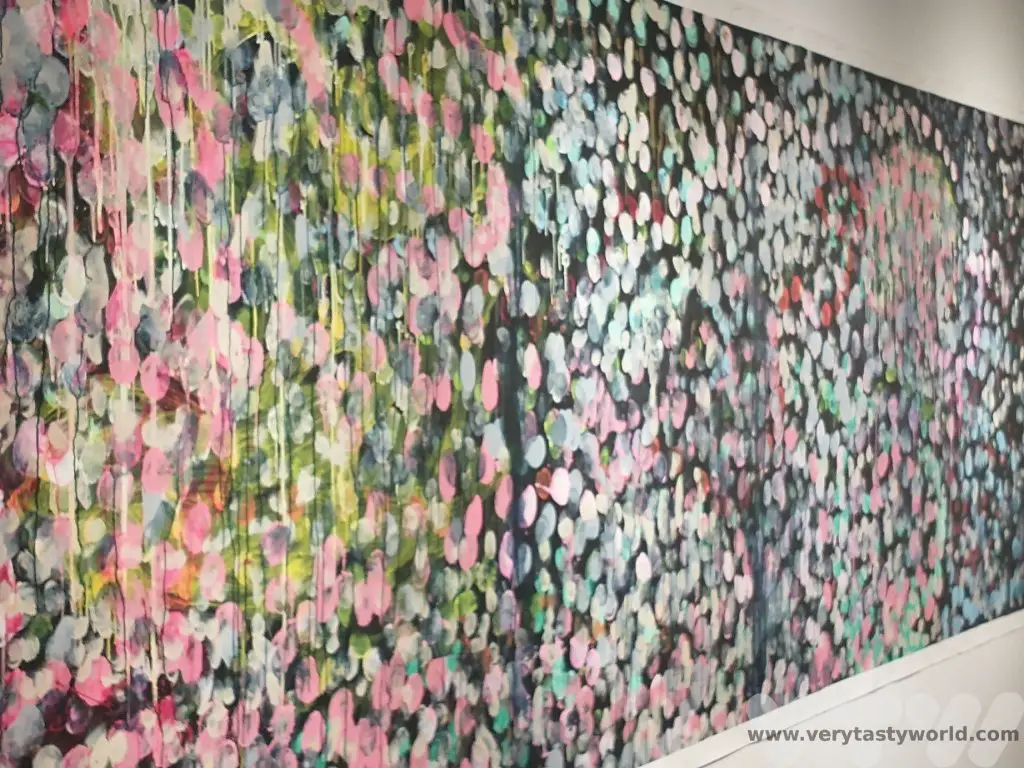
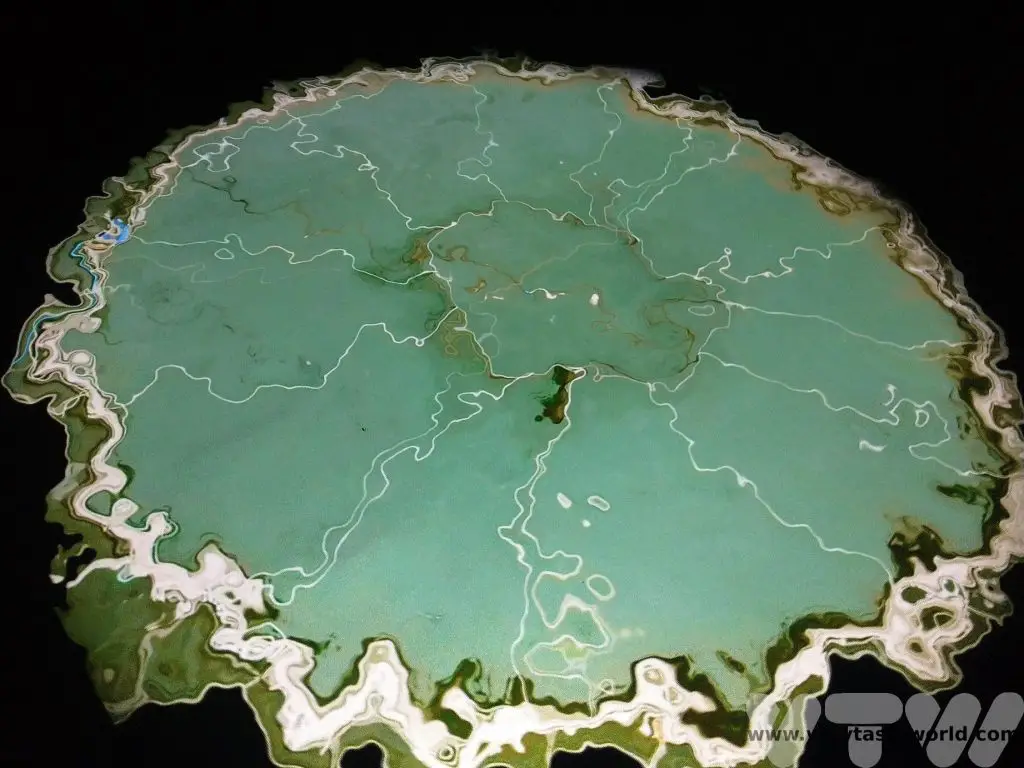
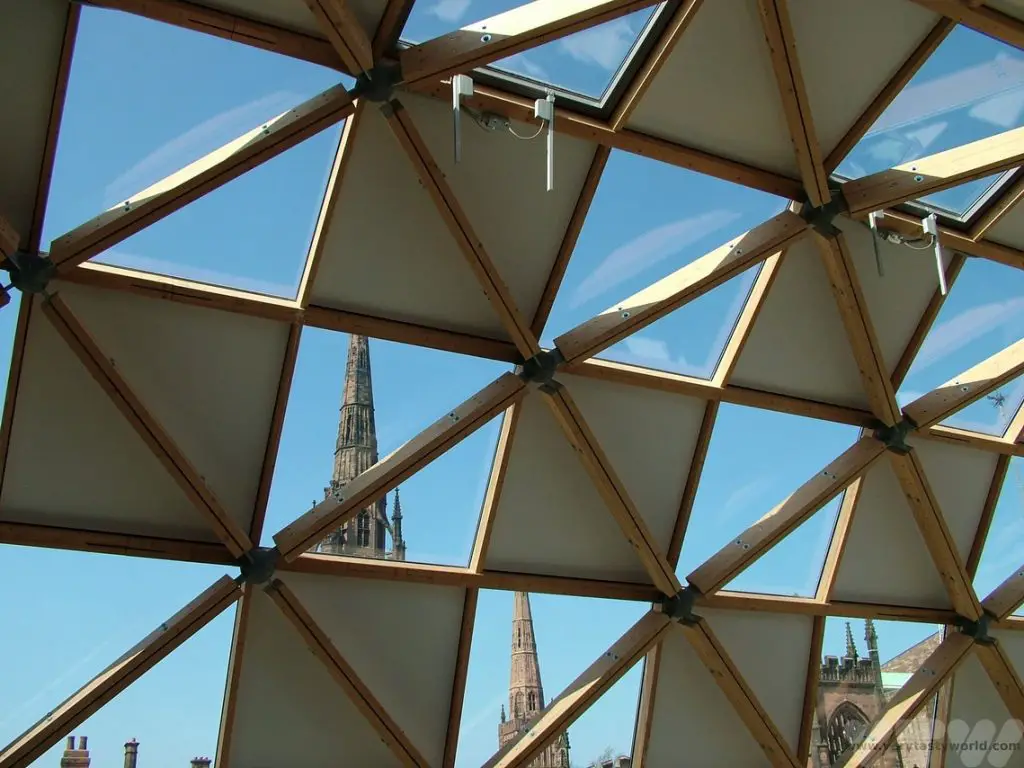
Fargo Village
Located to the east of the city, around a 15 minute walk from the city centre on Far Gosford Street, this is the Coventry’s creative quarter. With some quirky shops, great restaurants, venues and an on-site brewhouse it regularly hosts a variety of events.
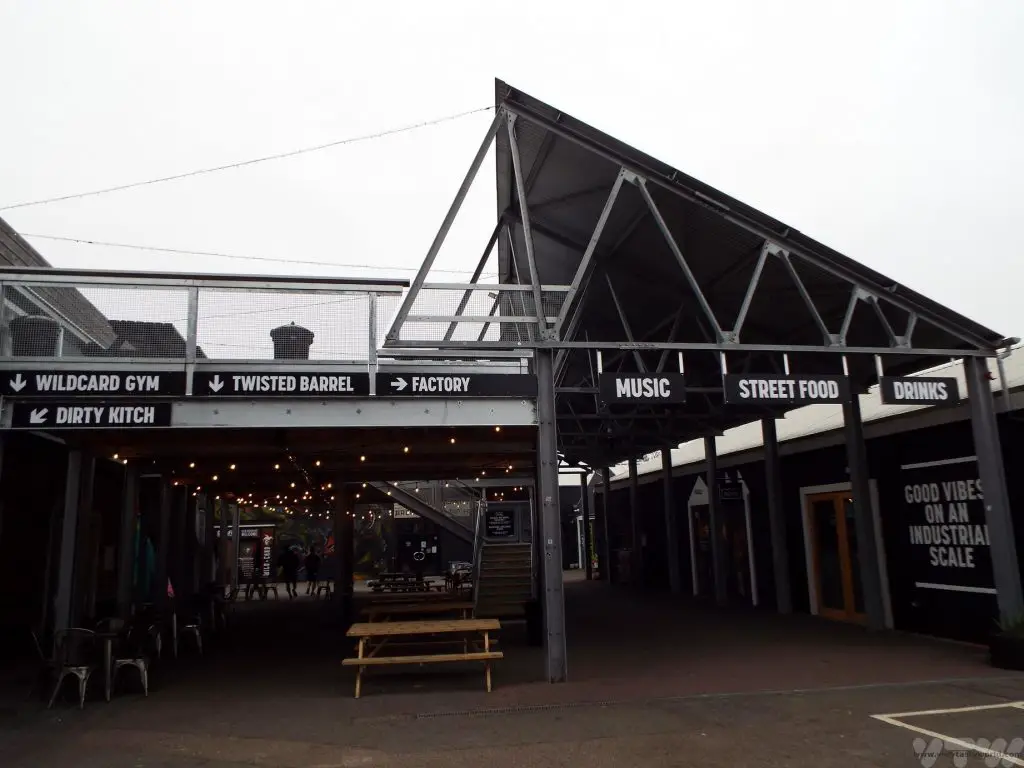
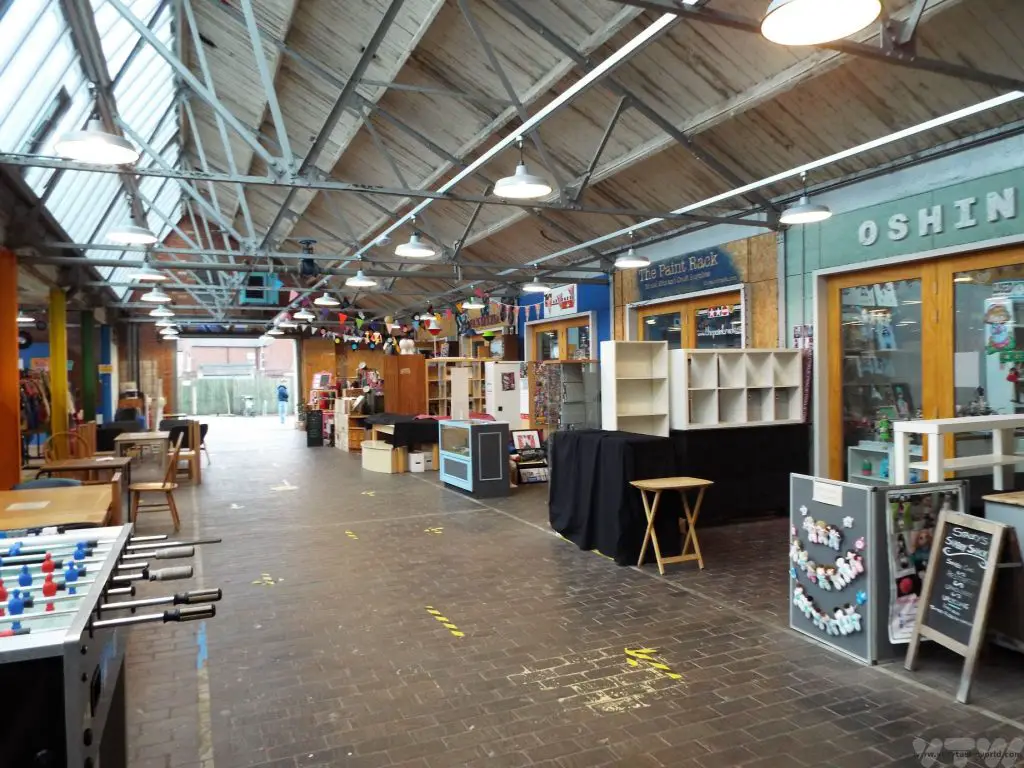
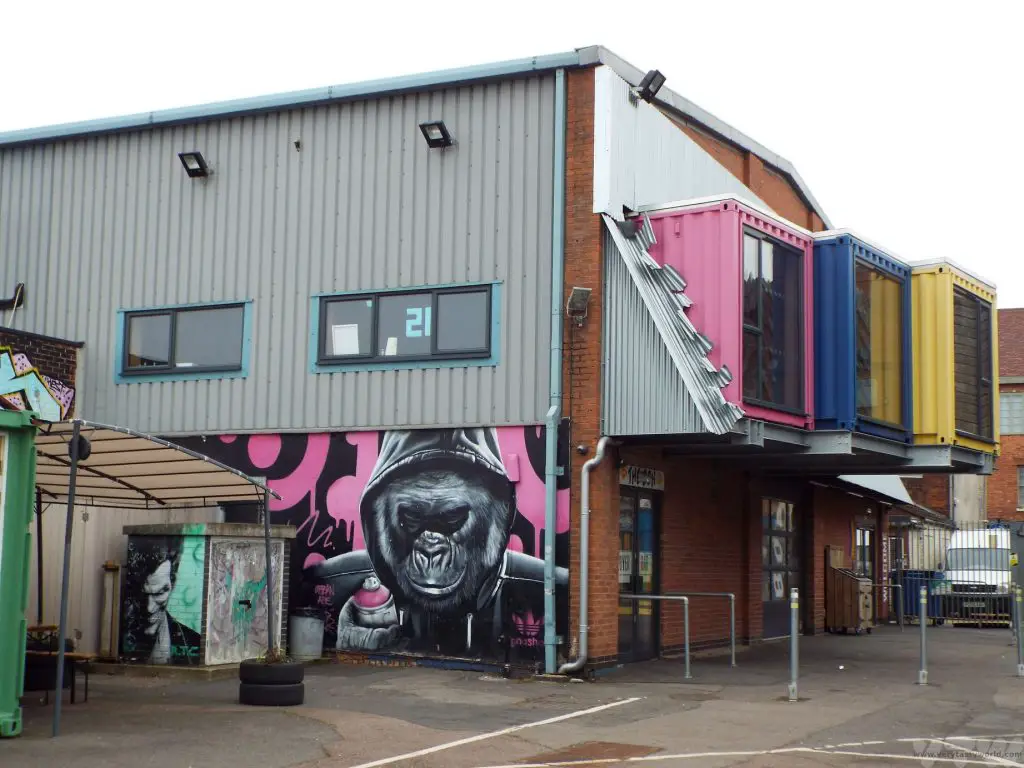
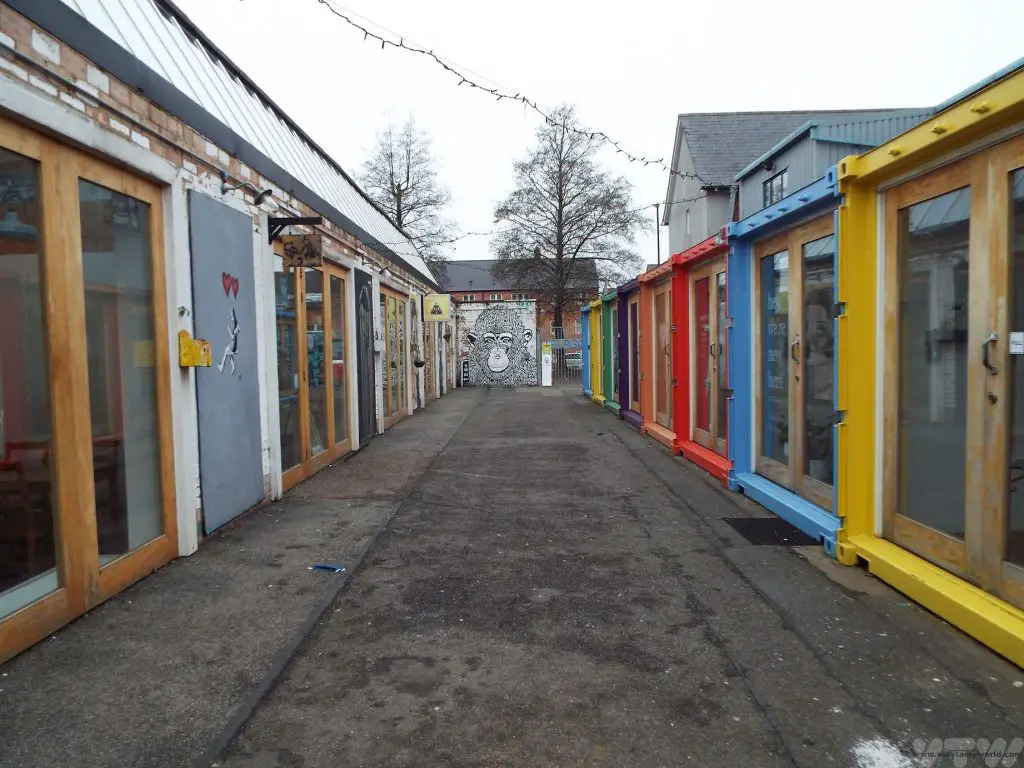
Theatre and Music The Belgrade Theatre and Albany Theatre have a great programme of theatrical productions. There are lots of venues for music gigs, including the tiny but excellent Tin Music and Arts venue in the coal vaults at Coventry’s canal basin. Warwick Arts Centre, located a few kilometres out of town at Warwick University, has a full programme of music, theatre, film and arts events.
Coventry Biennial This festival of art is held every two years. What’s great about it is that it uses multiple venues around the city and also in some of the surrounding towns.
Litten Tree Building (until late 20223). This is a pop-up art venue in a disused space above a pub. (Just enter the Litten Tree pub in the Bull Yard, on the way in from the railway station and climb the staircase). It’s totally shabby-chic inside but offers a variety of exhibitions and gigs – just feel free to explore the building discovering fabulous art along the way.
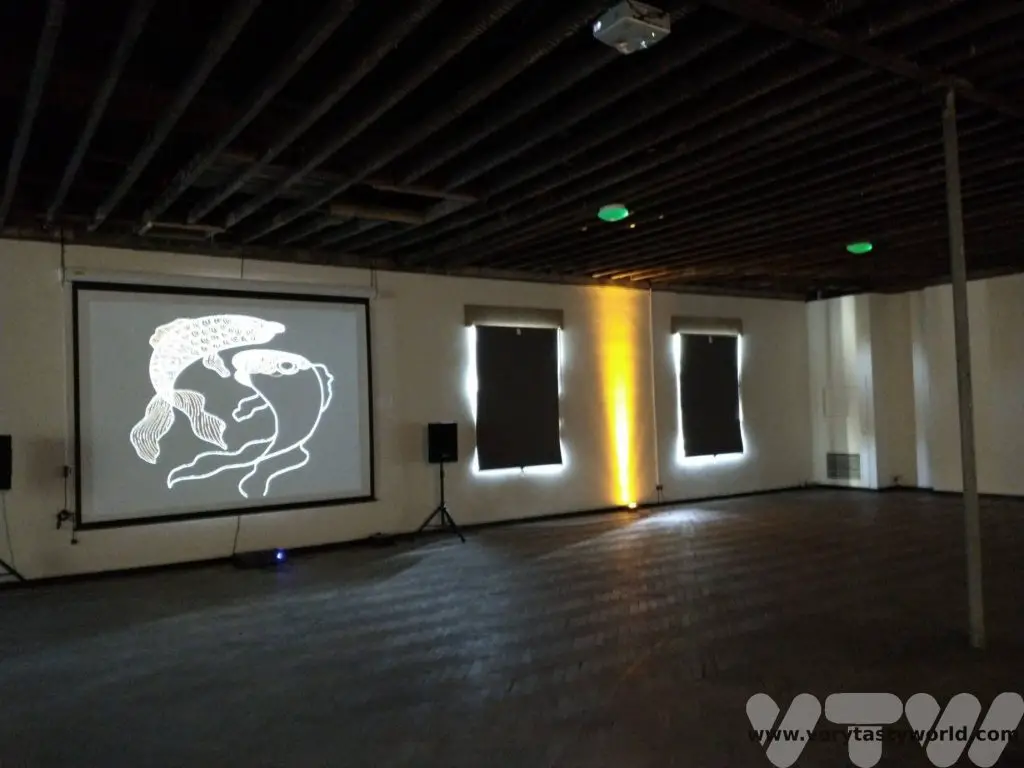
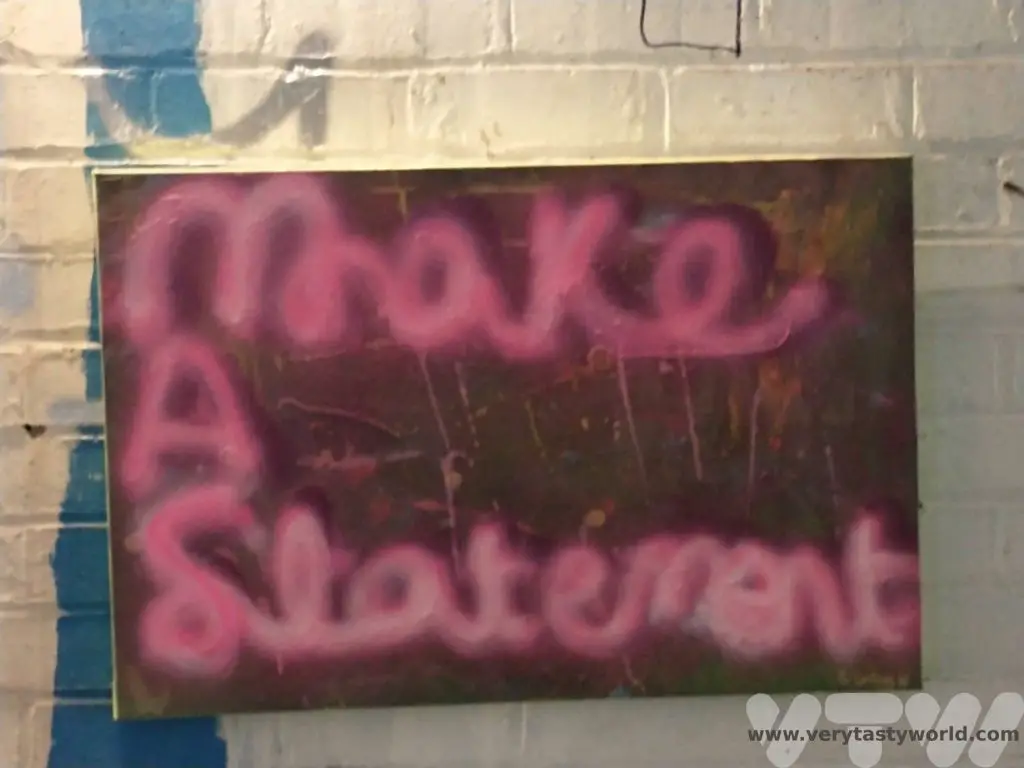
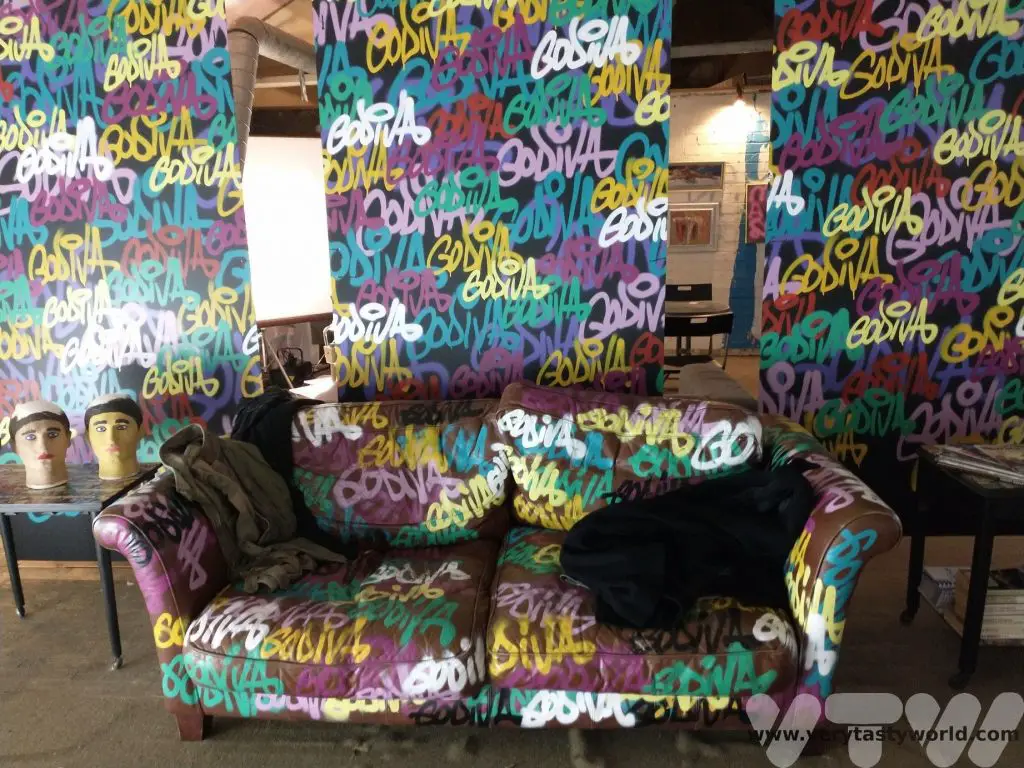
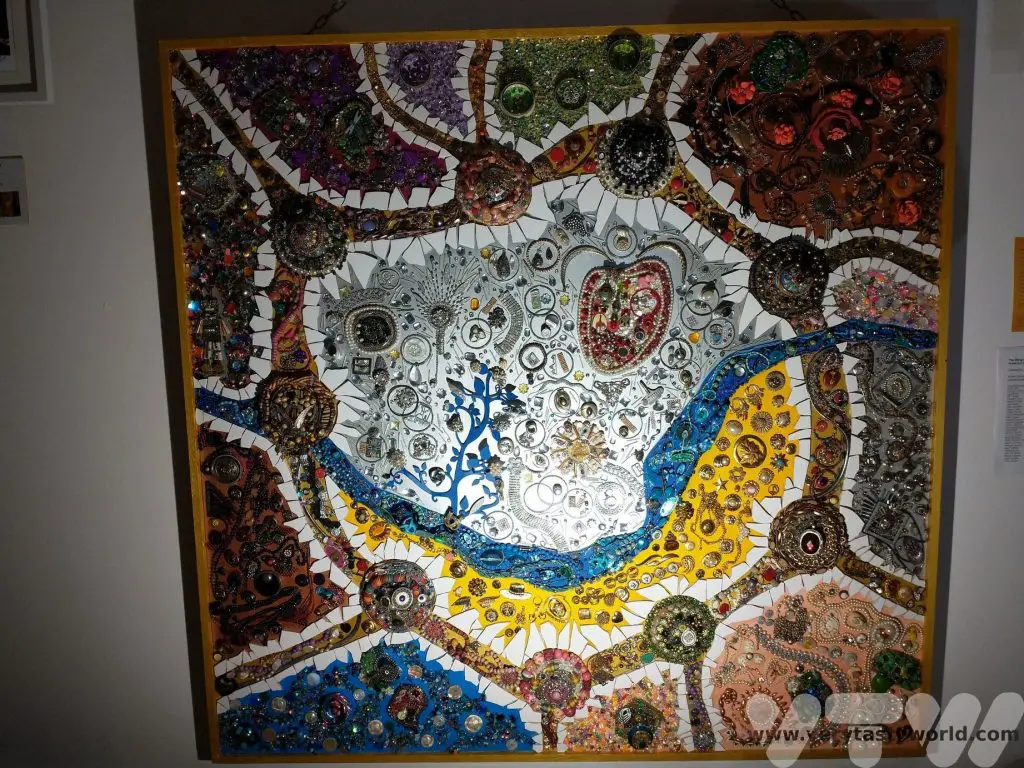
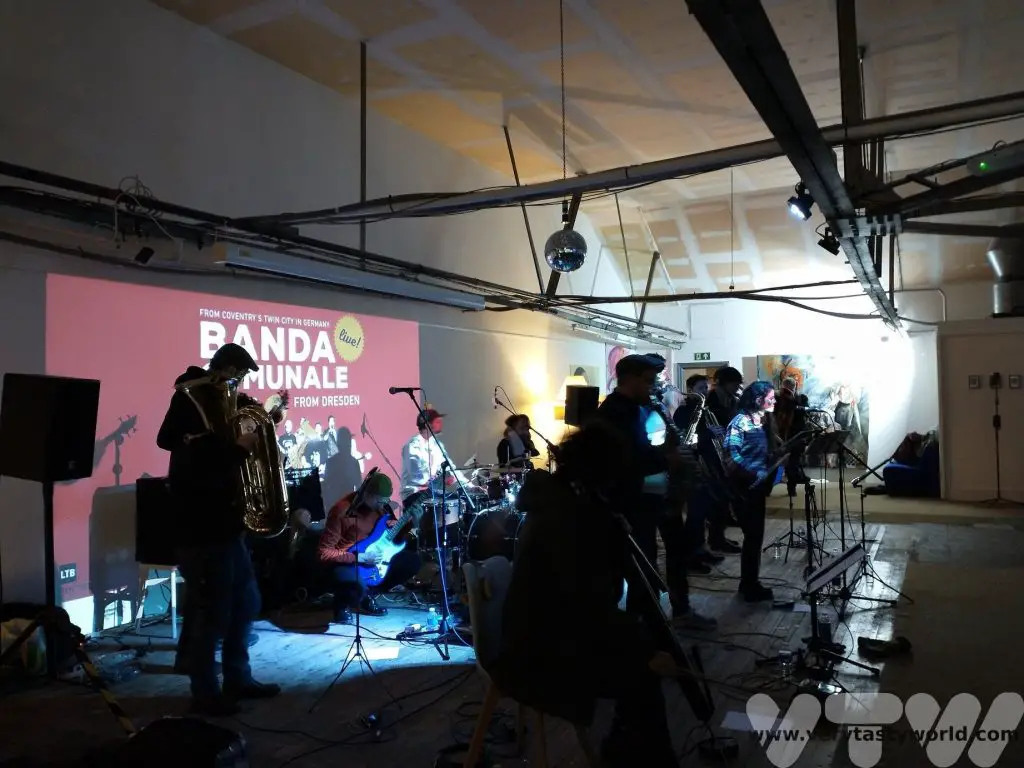
Eating -Where to Eat in Coventry
Coventry has its share of the usual chain restaurants but there are a number of excellent independent restaurants.
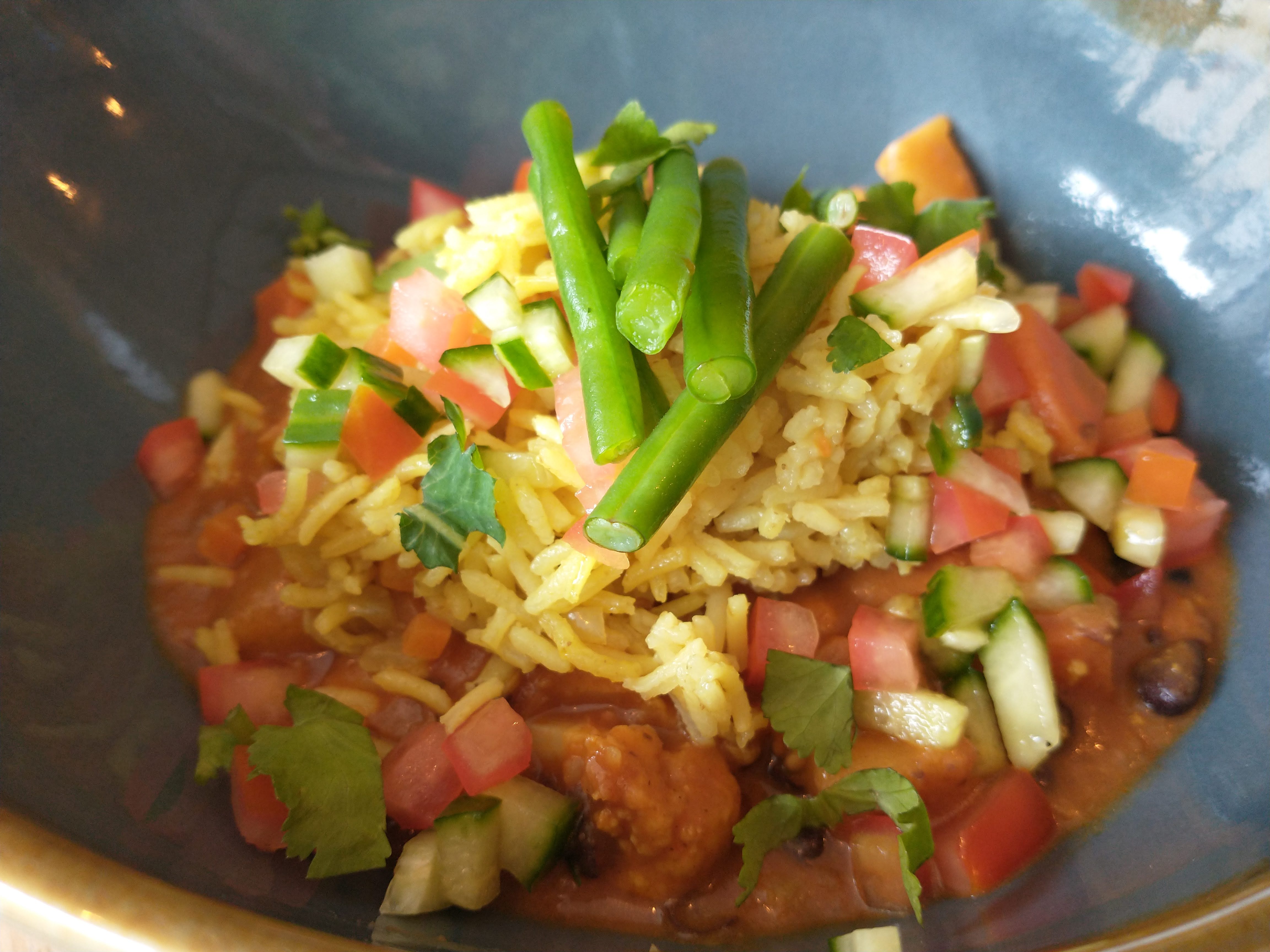
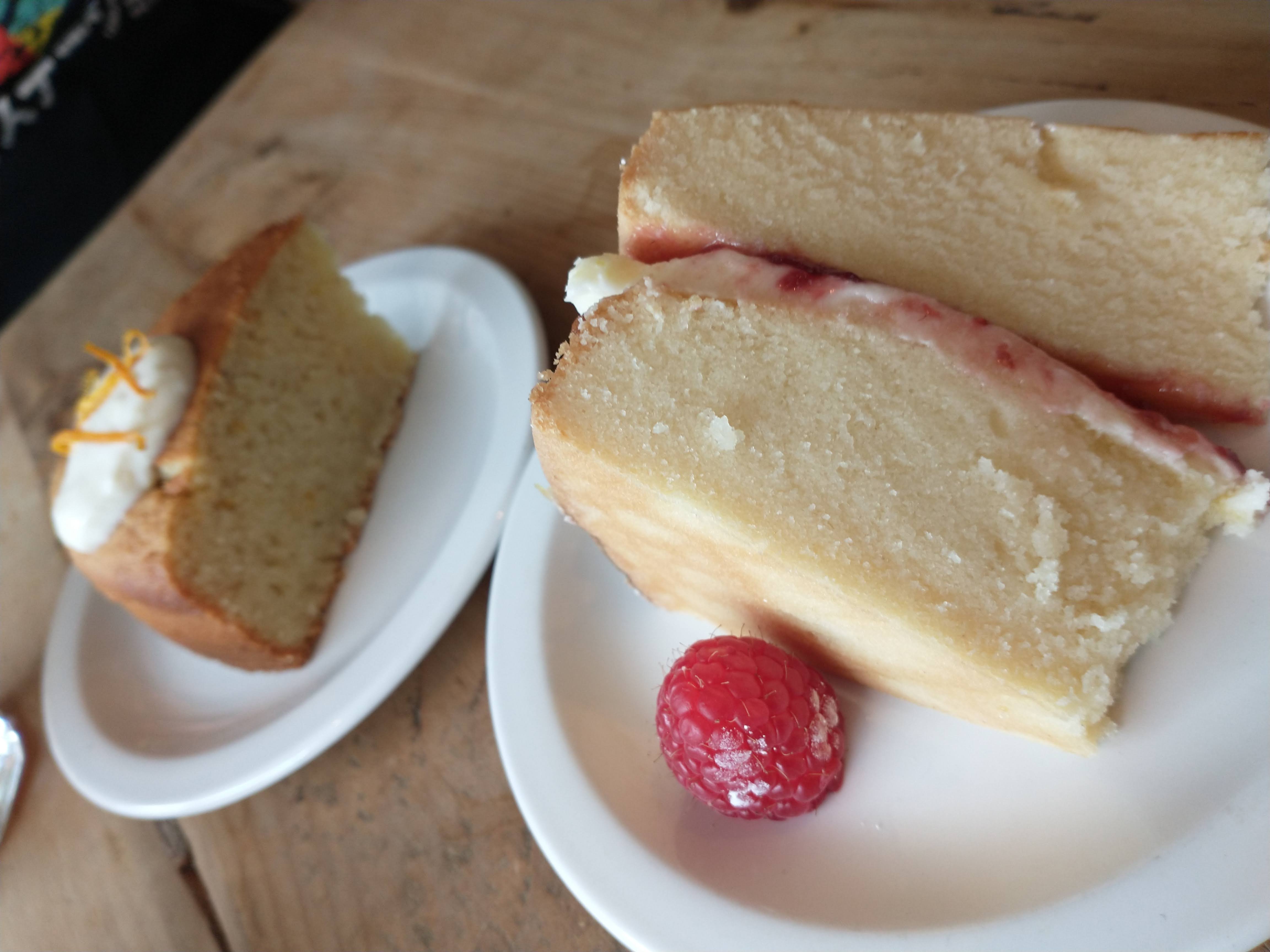
The Pod Café – this is located on Far Gosford street and is one of our favourites. A vegan café it sources local ingredients, 70% of which are grown on its Food Union (a social activism initiative run by the local council) allotment on the other side of the city (and one that we volunteer at, so we may even have helped grow your lunch). The café also runs evening supper clubs with live music. And, naturally, the food is absolutely delicious.
Gourmet Food Kitchen – one of the most difficult restaurants to get a table at for chef Tony’s monumentally delicious gourmet evenings (you have to get lucky when slots on the website are released) this teeny restaurant located in Fargo Village also offers the best cooked breakfast in the land (which you can usually just show up for). Everything is home-made and utterly scrumptious.
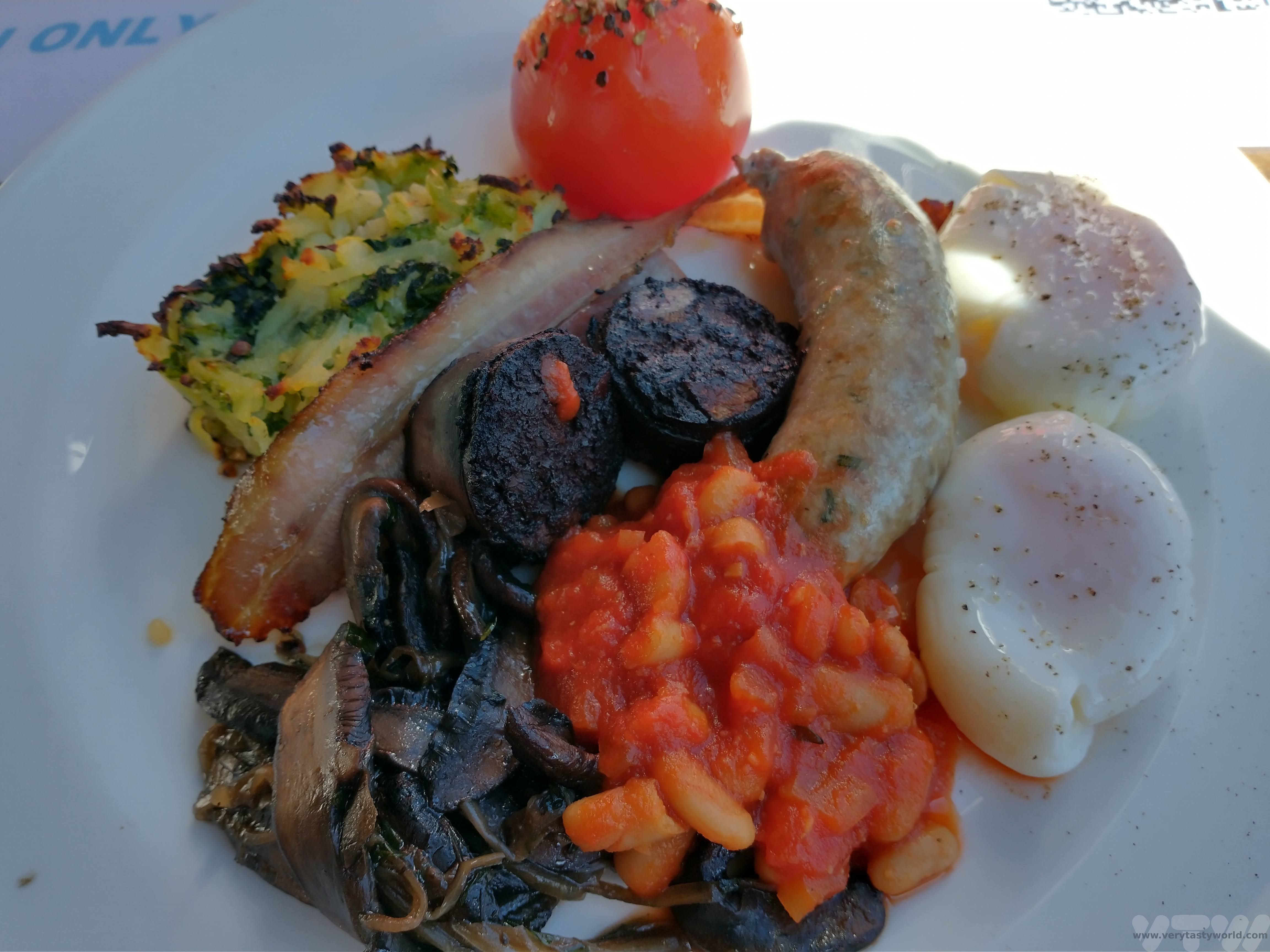
Earlsdon Supper Club (secret location in Earlsdon – you’ll find the location when you book). This is a supper club where you join chef Tobias who cooks you a delicious tasting menu and describes his inspiration behind each dish.
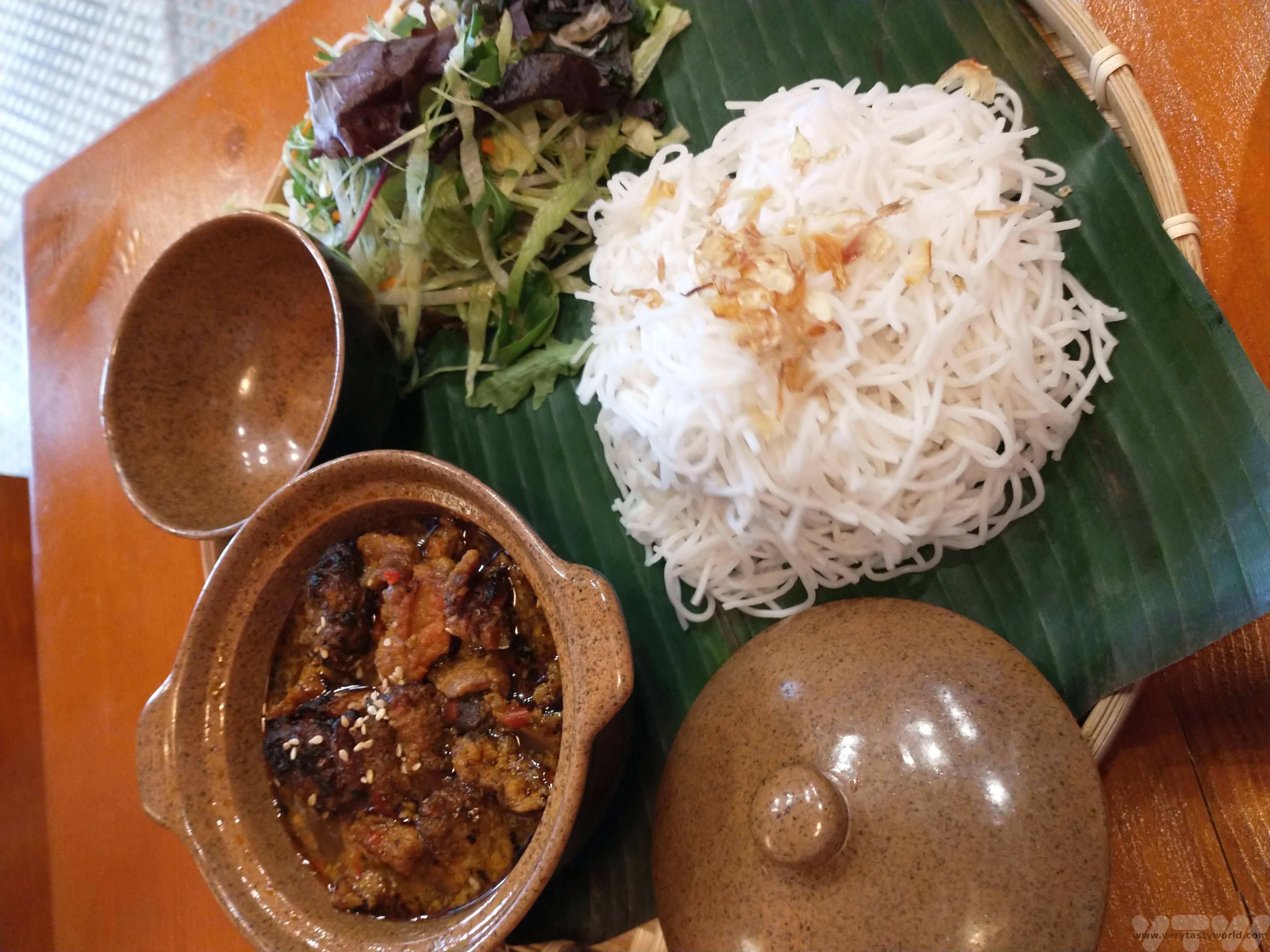
Hello Vietnam (Smithford Street) offers a wonderful array of Vietnamese dishes.
A-Sushi (Hertford Street) – best sushi in Coventry, this Korean restaurant also offers a variety of Japanese and Korean dishes.
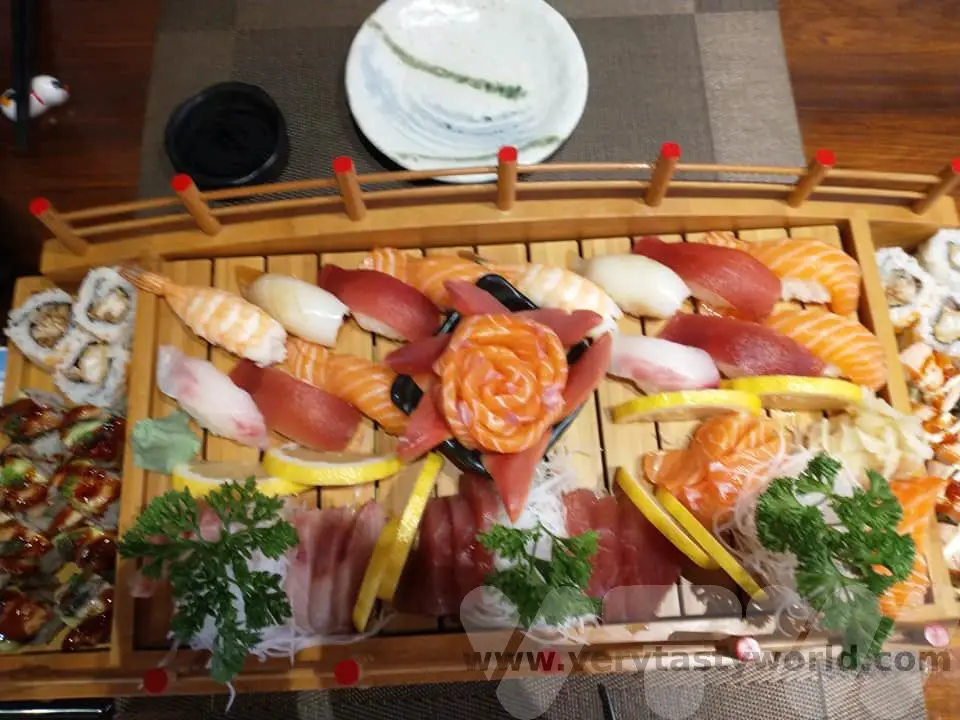
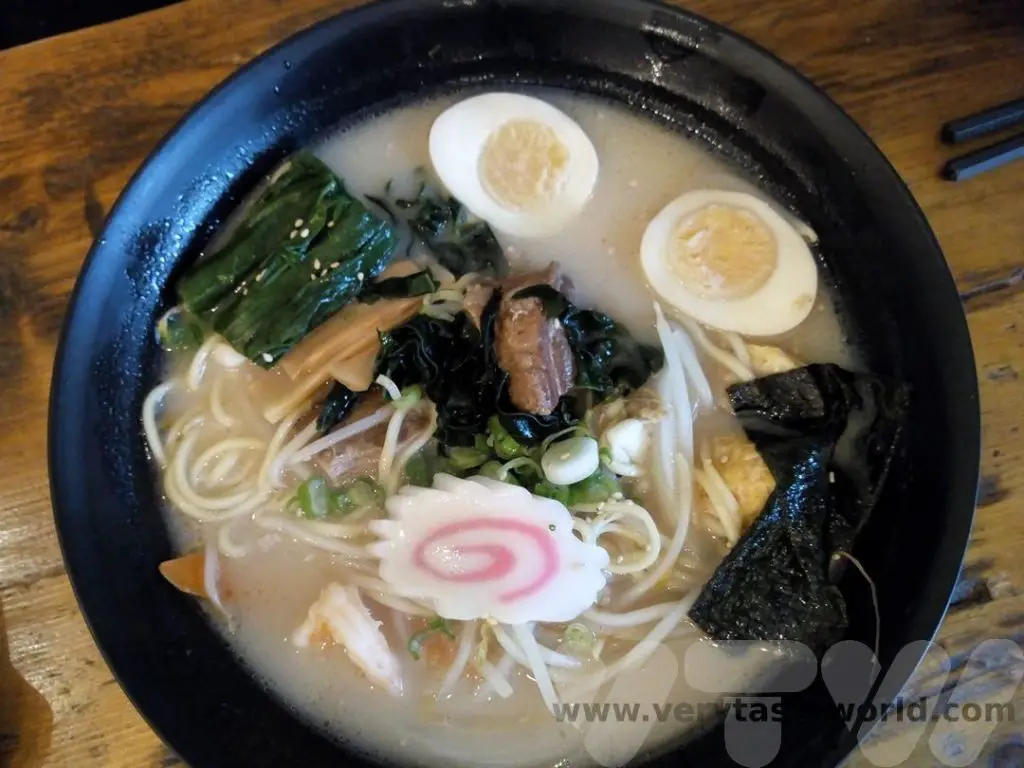
Shin Ramen (Priory Place) is a Japanese restaurant that serves izakaya style food, notably its authentic ramen noodles. The tonkotsu and champon ramen are particularly good.
Jinseong Korean BBQ (Priory Place) – meat eaters can enjoy Korean BBQ where you can cook a variety of meats over a charcoal fire. Their KFC (Korean Fried Chicken) is also delicious.
Pickles (Spon End). There are so many excellent Indian restaurants in Coventry (as there are all over the Midlands) but we’re big fans of Pickles where you get a warm welcome and delicious curries.
Tamils Taste of Asia (Foleshill Road) offers superb and authentic South Indian cuisine. Great if you are hankering after dosas, biryani and idli.
Anatolia (Earlsdon Street) offers amazing Turkish food with great mezze and succulent kebabs.
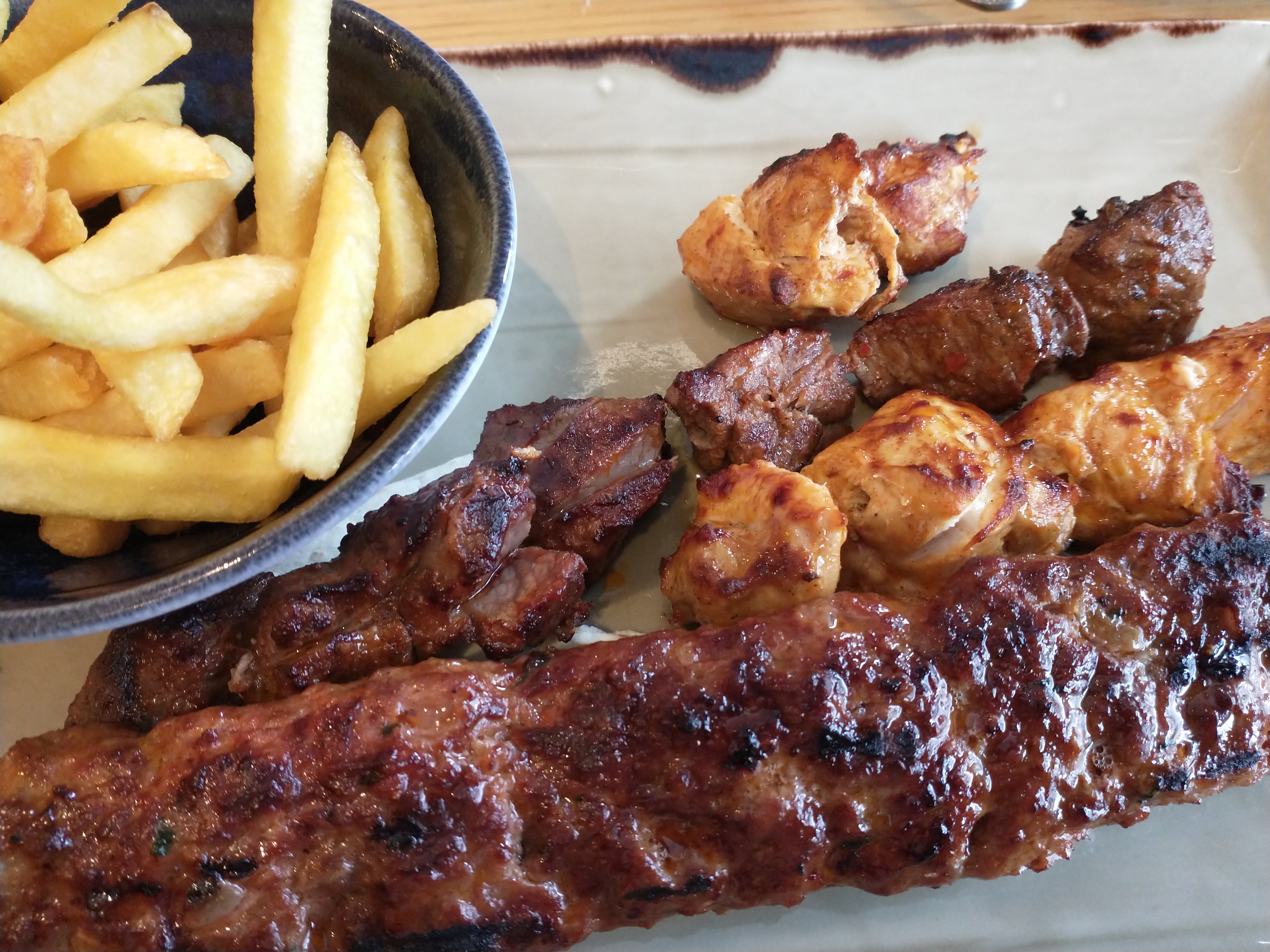
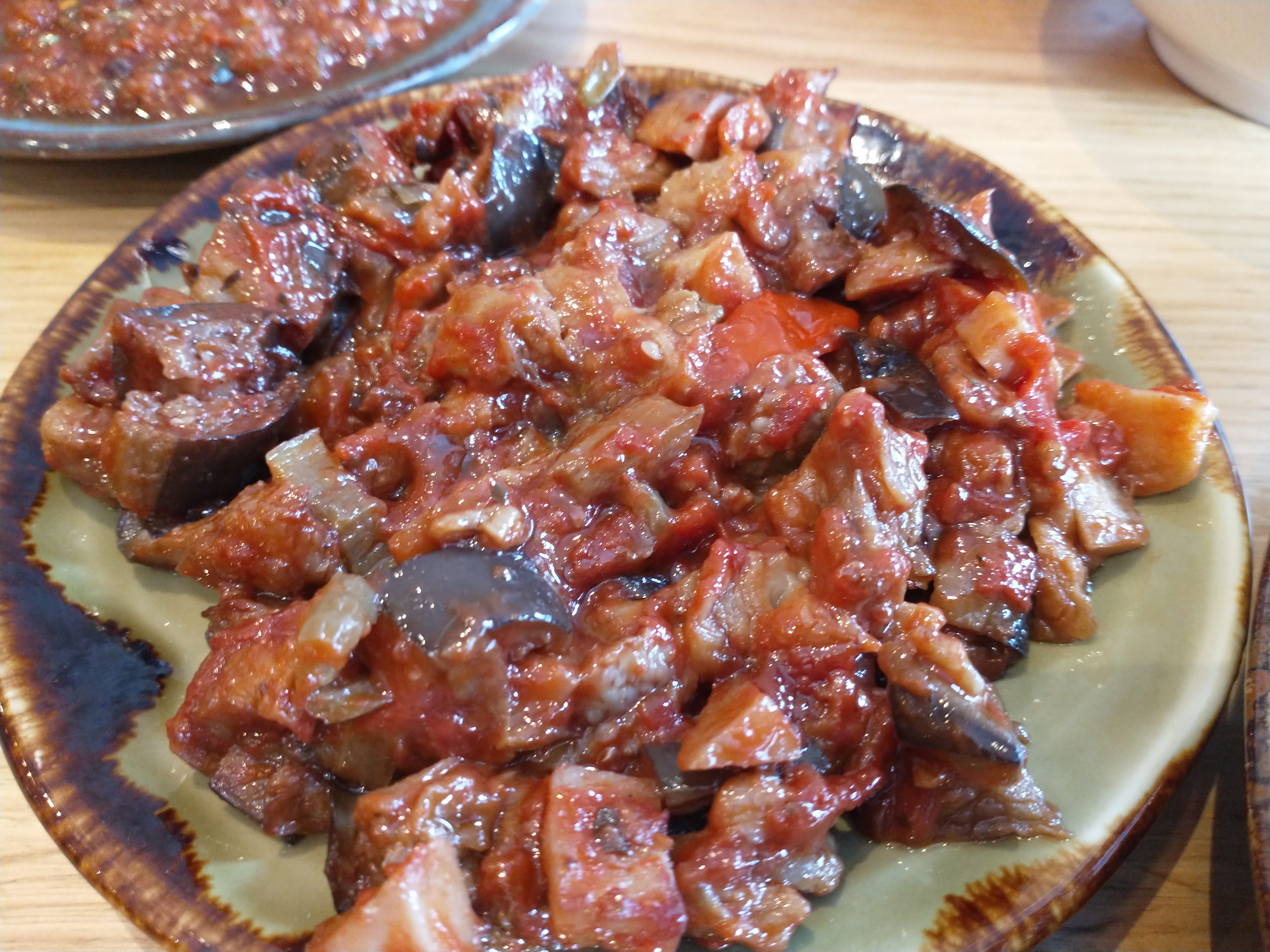
Drinking – Where to Drink in Coventry
Hops D’Amour – is a lovely micropub on Corporation Street serving craft beer, real ale and a variety of ciders. You can be sure of a friendly welcome and that you will have a different and interesting beer or cider experience every time you visit.
Broomfield Tavern – great beers and a huge variety of ciders are to be found in this small pub just outside the city centre, close to the Butts rugby ground. Teddy, the huge St Bernard dog, will offer a warm welcome, even if he sometimes pinches your seat.
Twisted Barrel – a brew-pub located in Fargo village. They offer a great variety of home-brewed and guest beers. They also have a mail order service so you can order their excellent beers online.
The Old Windmill – one of Coventry’s oldest pubs, located on Mediaeval Spon Street, this building has all sorts of nooks and crannies to sit in while enjoying your pint. It offers a great variety of beers and also locally sourced pork pies, ploughman’s platters and cheese boards.
Beer Gonzo (Earlsdon Street) – located in the suburb of Earlsdon this beer shop and tap room offers a wide variety of interesting beers from around the world. They regularly run “meet the brewer” events which result in a fun afternoon or evening enjoying a variety of beers. They too have an online shop.
Dhillons Spire Bar (next to the Bull Yard) is located within and around Christchurch spire, the third of Coventry’s three spires. You can sit in a personal booth (which has a heater when it’s cold) and drink locally brewed beer such as Ghost Town lager or Red Rebel IPA.
Green Spaces in Coventry
While Coventry has a reputation for being a dull concrete city, it actually has a huge number of green spaces, some close to the city centre and some a bit further out.
Lady Herbert’s Garden is located next to Swanswell Gate and the transport museum.
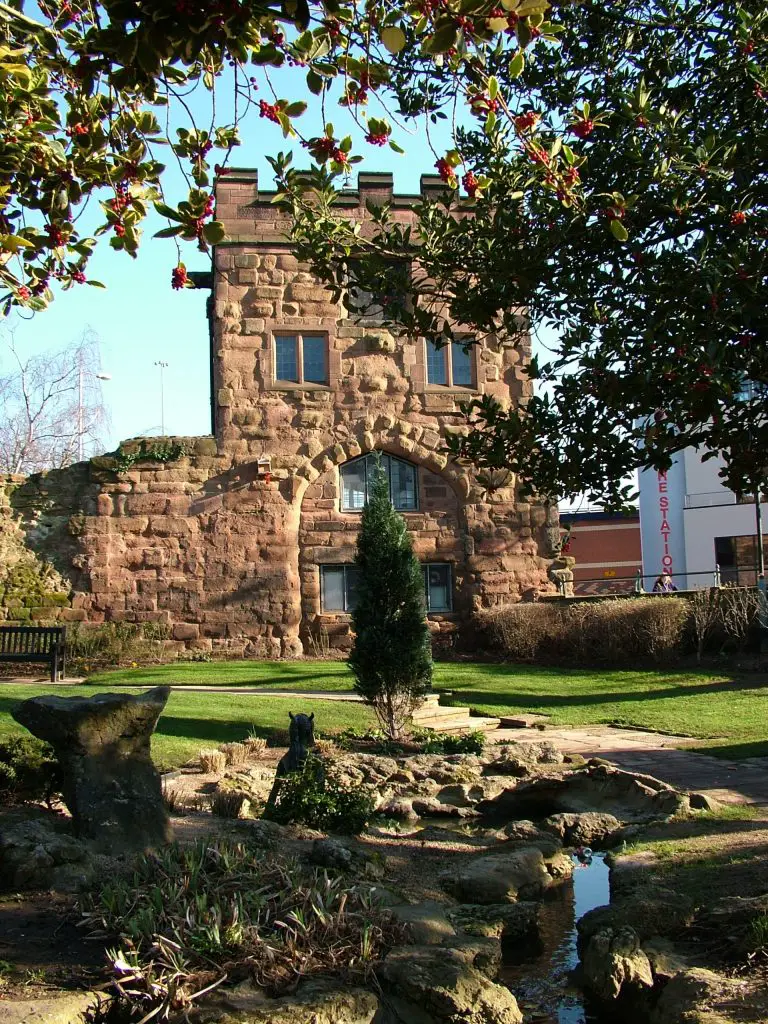
War Memorial Park is the city’s largest and best known park. Established in 1921 following World War I, it is absolutely huge and has tennis courts, football pitches, bowls green, footgolf course, an outdoor fitness trail and a cricket pitch. There are play facilities and skateboarding ramps too. It hosts the popular three day Godiva Festival every year.
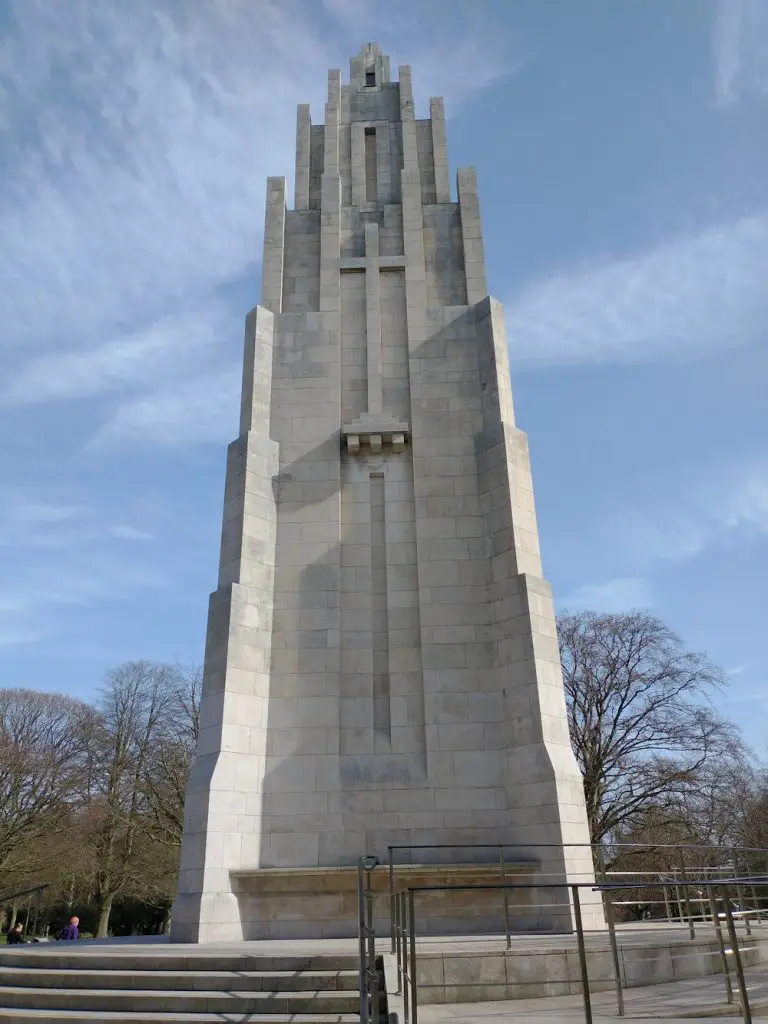
Coundon Wedge – about a mile down the Holyhead road leading out of the city towards the A45 and Birmingham, Coundon Wedge is a delightful slice of actual countryside. Coventry’s lovely little river Sherbourne flows through it.
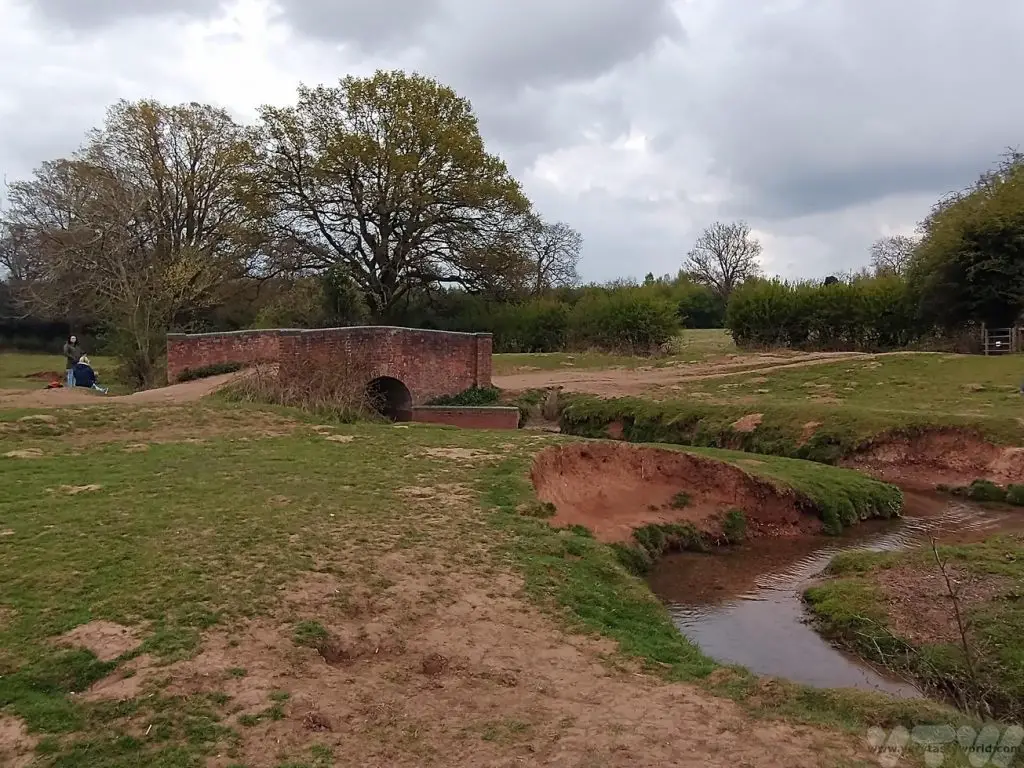
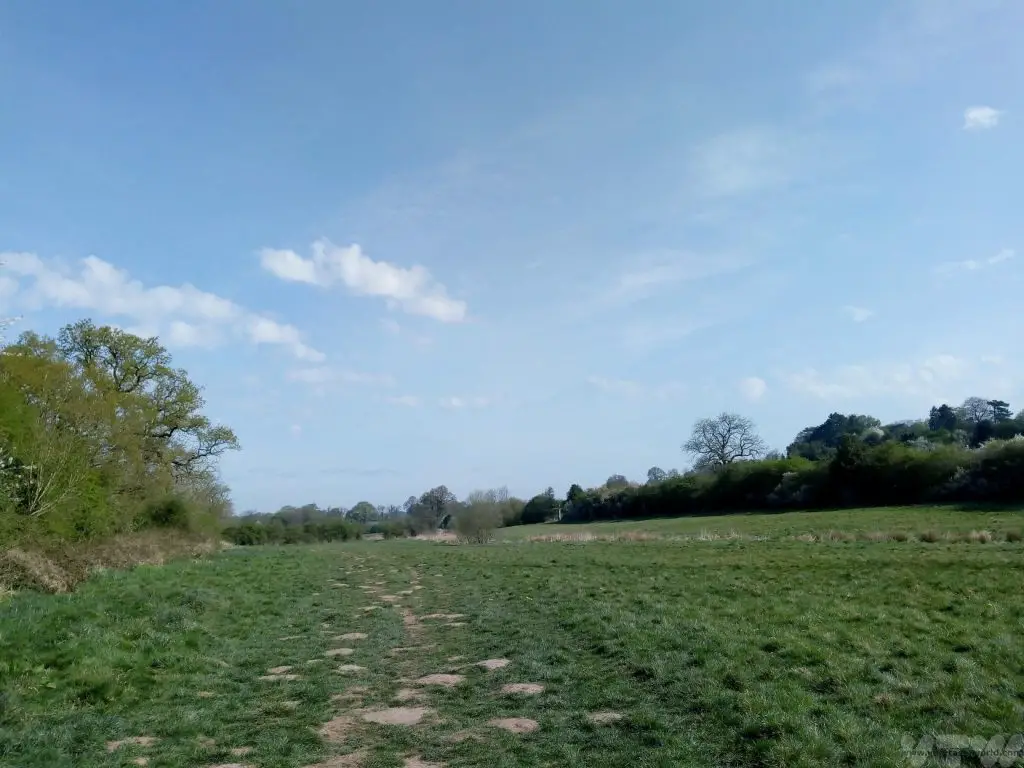
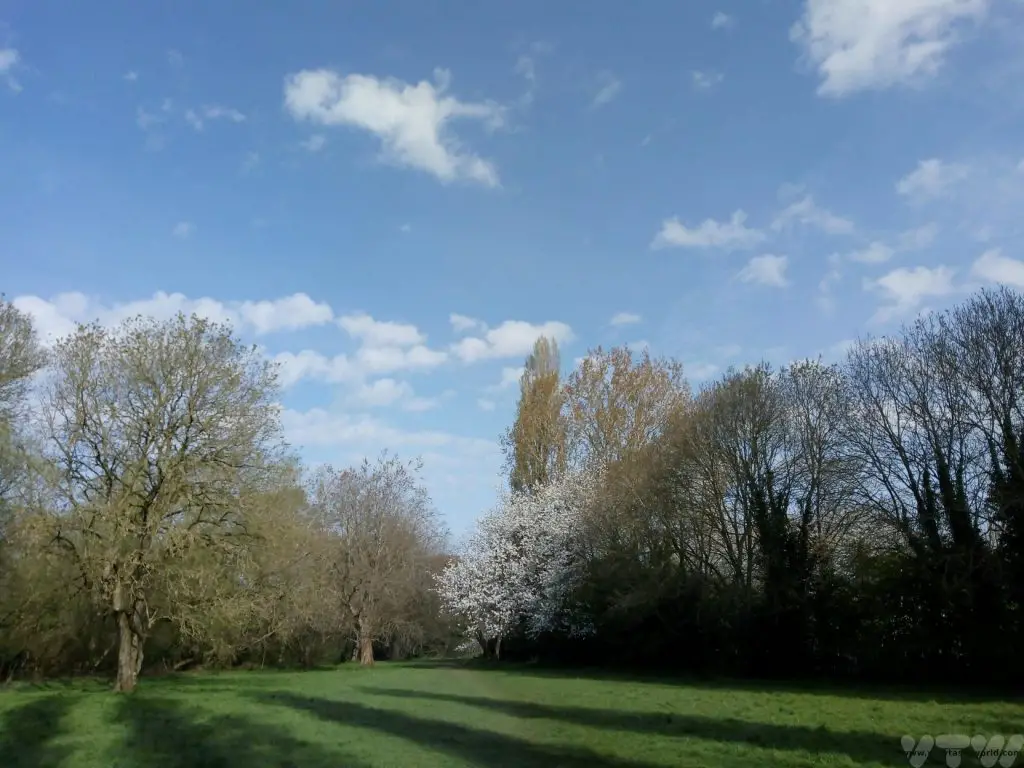
Charterhouse Fields – Opposite the cemetery on the London Road, the Charterhouse of St Anne is a Grade 1 listed building. It was founded in 1381 . It is surrounded by green fields which are located adjacent to the river Sherbourne after it has emerged from flowing under the city.
Coombe Abbey – a bit further out of the city on the way to Brinklow this is a former 12th century abbey that has been converted to a hotel set in around 500 acres of parkland.
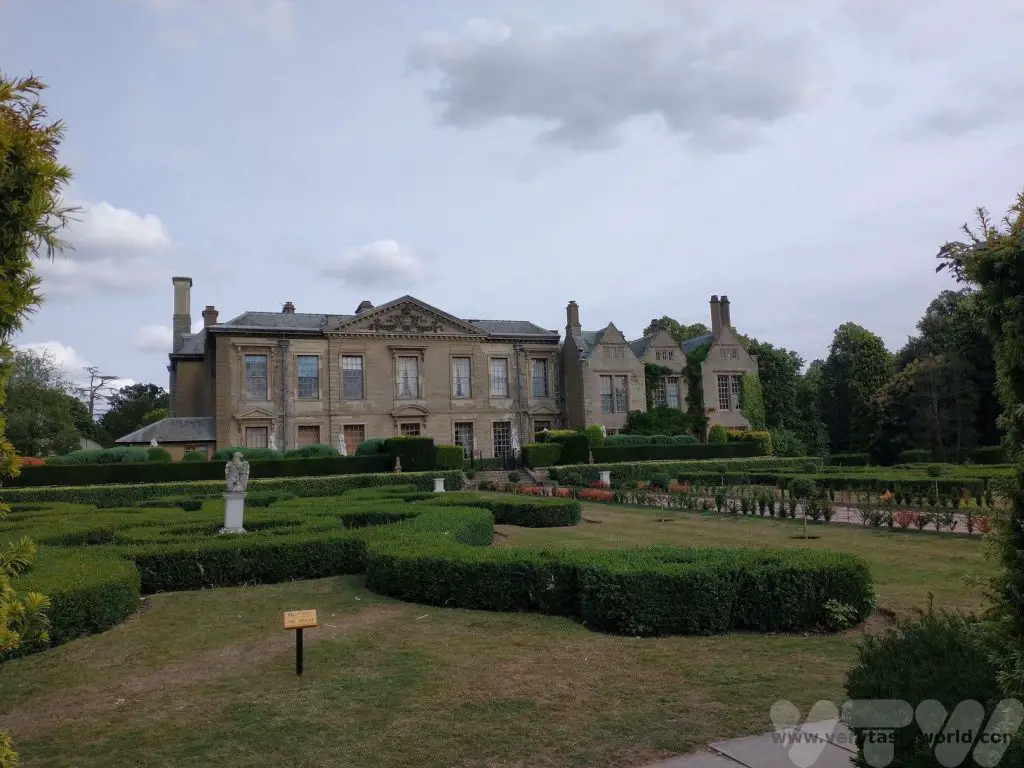
The park is lovely to walk around – with woods and a lakeside to explore and they have also recently opened up a Go Ape venue. The hotel itself offers popular afternoon teas and bawdy mediaeval banquets (the banquets are available for pre-booked groups only).
Shopping in Coventry
Coventry hosts all the major retailers that you would expect from a city. As foodies living in a multi-cultural city, we love that there are all sorts of supermarkets or mini-marts from Asia, Eastern Europe, the Caribbean and Africa. And we are pretty sure that you can buy anything at Coventry market. Located inside a circular building (it took us about 5 years to work out how to leave it at the exit we wanted and we still get a bit lost on occasion) there are stalls for fresh food at great prices and pretty much anything else you might want.
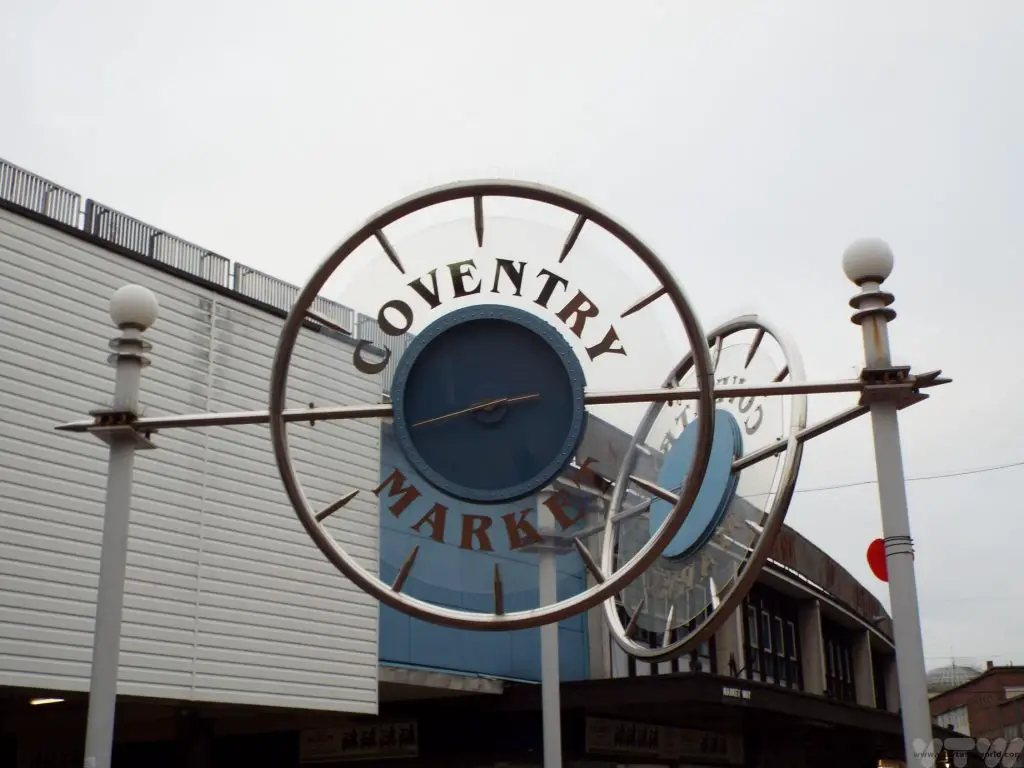
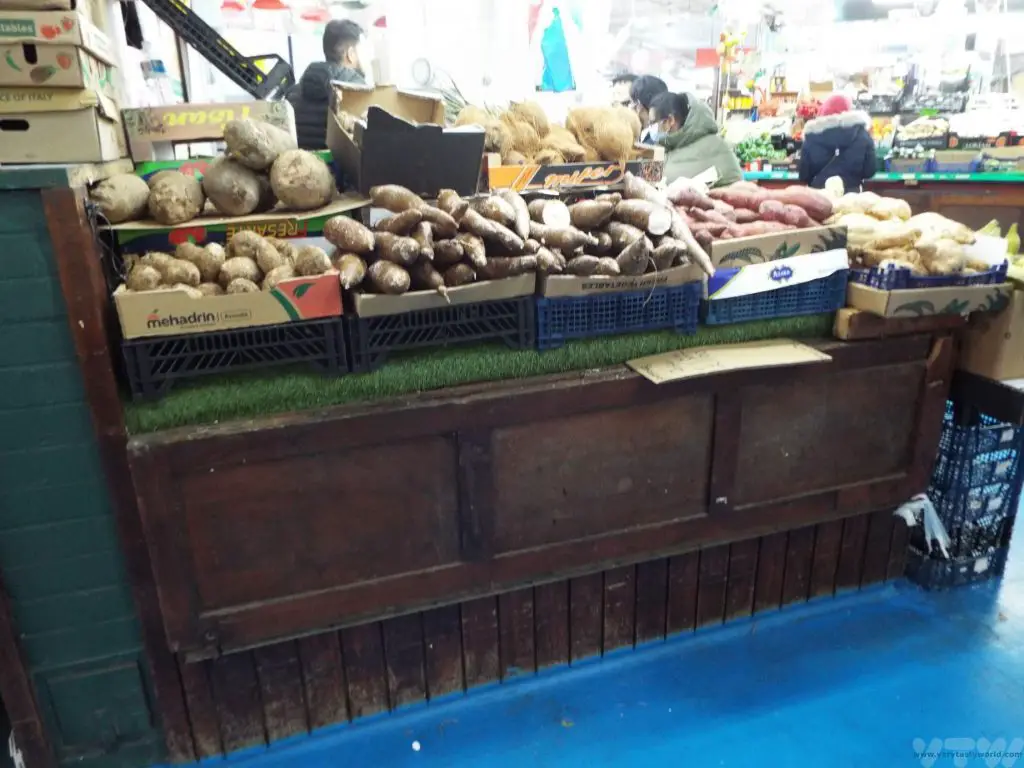
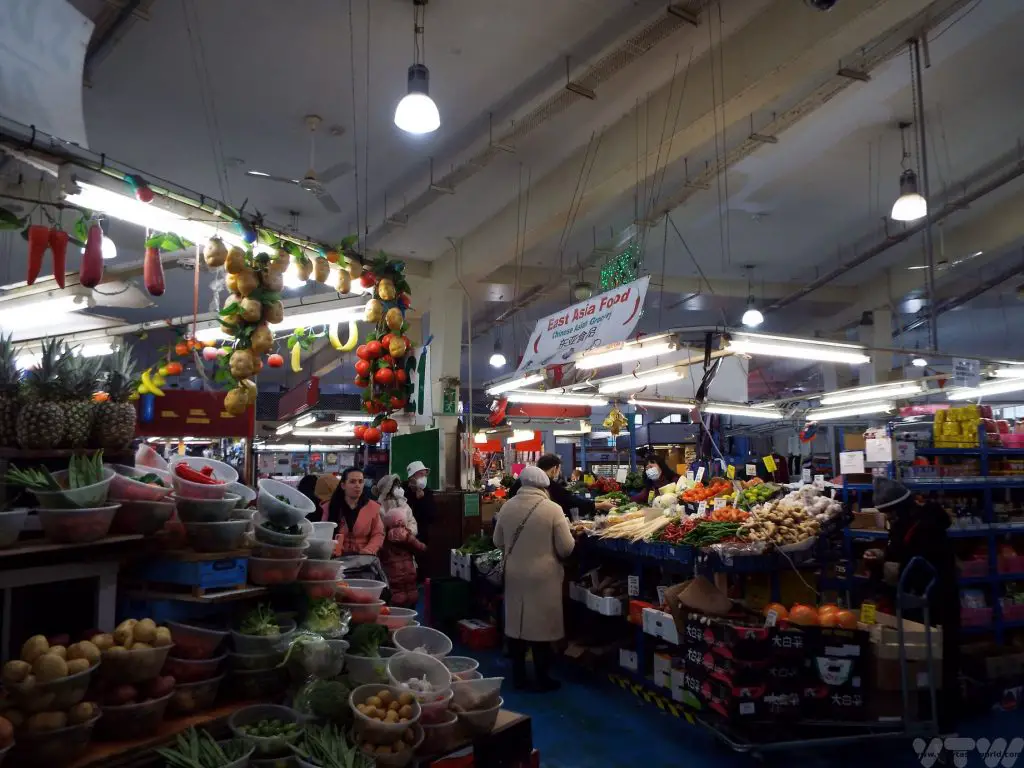
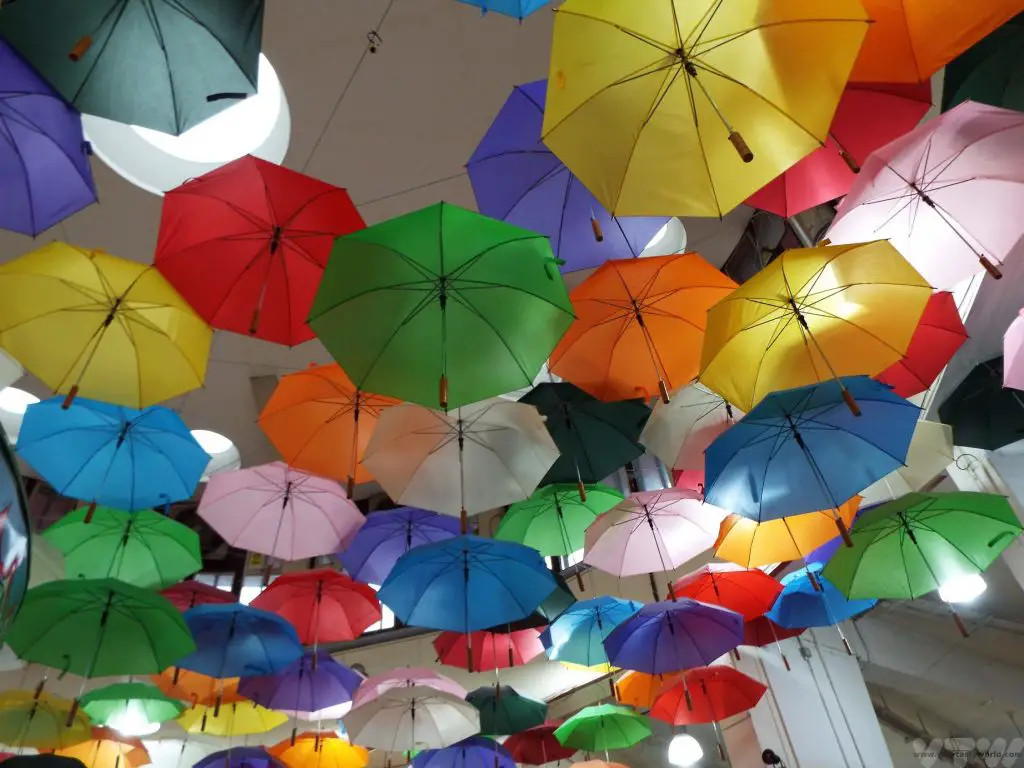
The Best – Or Worst – Road in the World?
Talking of circular things, Coventry’s ring road is one of the world’s smaller ring roads. Indeed it’s so tiny that you can circumnavigate the entire city in less than two minutes. Because the ring road is so teeny cars both enter and leave on the same section of junction, which is usually quite a short distance. This means that it’s something of a challenge for novices to drive on. In fact, we know several people who will drive several miles out of their way to avoid using it. (If you want to avoid it there is a Park and Ride service at War Memorial Park.) But it does work and is hugely convenient. There is a convention: Once on the ring road move to the outer lane unless you are planning to leave at the next exit. When planning to leave at the next junction, move across to the exit lane and exit. If you are about to exit and a car ahead of you is on the junction and planning to enter, slow down and let them enter. Conversely, if you are planning to exit and the car planning to enter is behind you, they should give way. And the same etiquette applies if you are joining the ring road. If you miss your junction you can just go round again – it won’t take long.
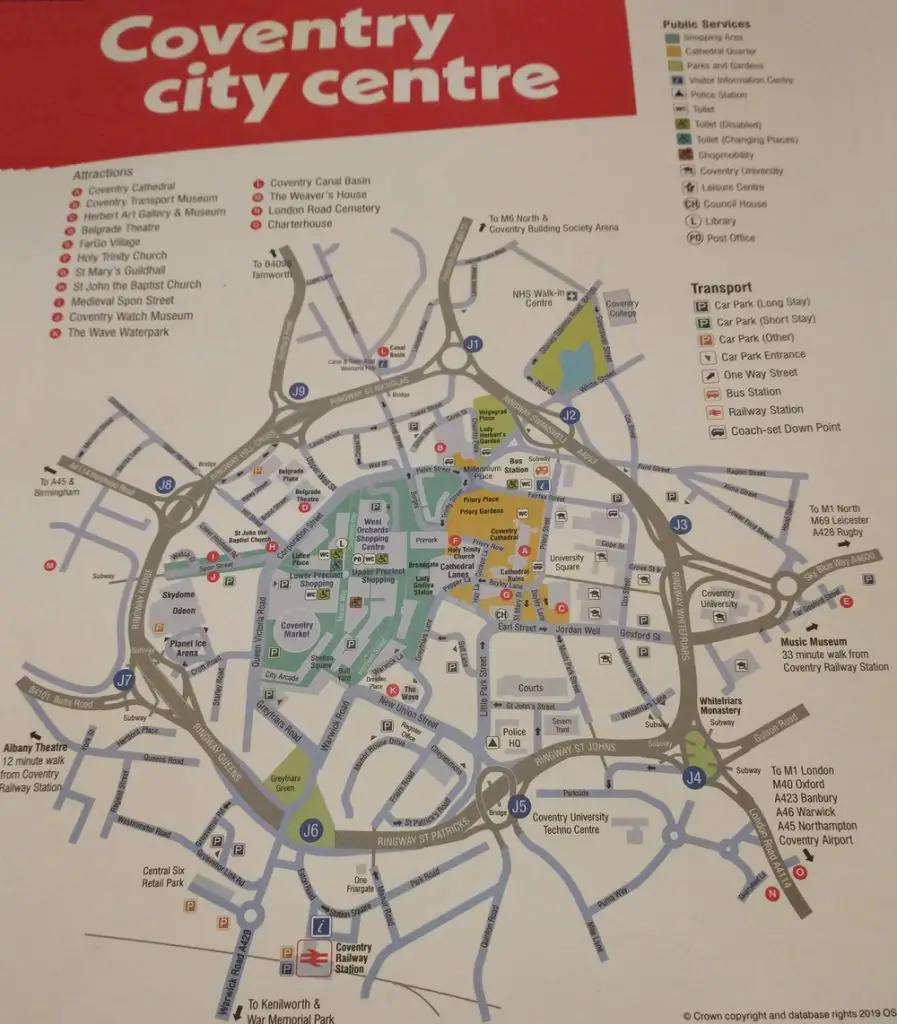

Go With The Sloe – How to Make Sloe Gin
It’s autumn in the UK, which means it’s the perfect season for foraging for fruit and mushrooms in the countryside. We are lucky to have many sloe (blackthorn) bushes in our local area and one of our favourite things to do at this time of year is to make sloe gin.
Sloe gin is a liquer made from gin and sloes, although other alcohol bases can be used. Unlike gin, which is quite perfumed, sloe gin is much sweeter, deriving its flavour from the fruit infusing into the alcohol as well as some added sugar.
Gin is a very fashionable drink these days, with a huge number of flavours and variations available, as well as it forming the base of a vast array of liquers and cocktails. Sloe gin is available commercially but if you have access to sloe bushes it is great fun to make your own.
It’s a really easy process and you can adapt it to your personal taste. It just needs a little patience.
Here’s a flow chart – or, if you will, sloe chart:

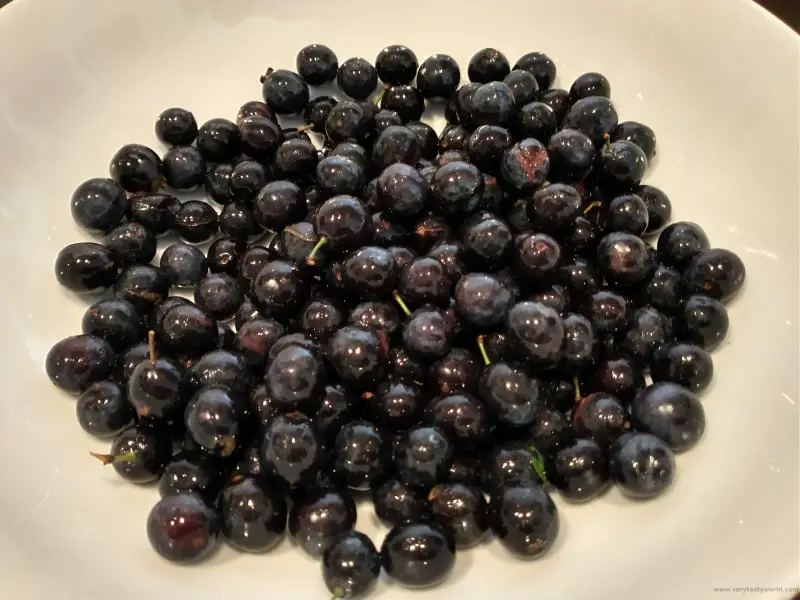
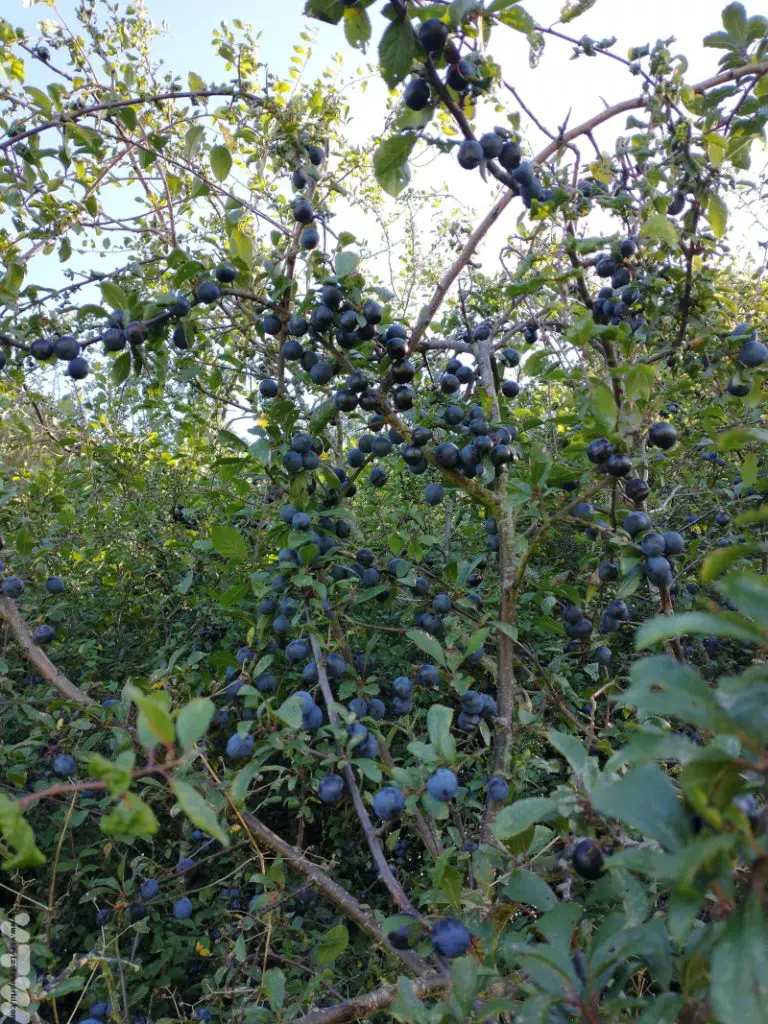
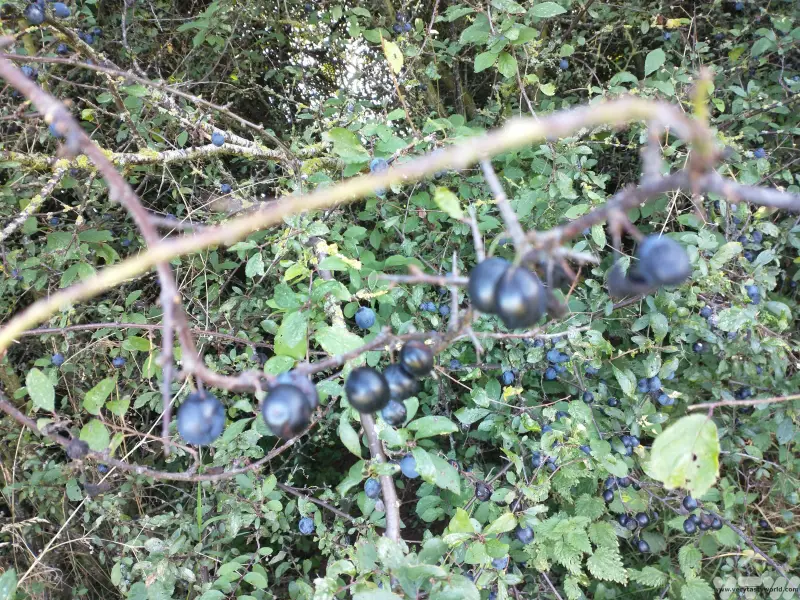
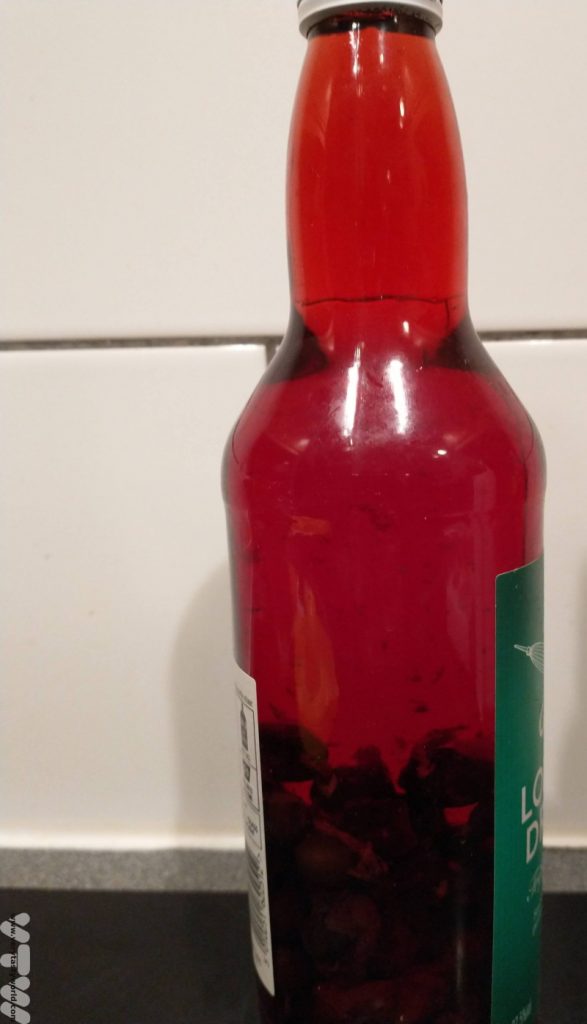
This is what the colour will look like after around three months. You can see that already the gin has acquired the colour of the berries.
Cheers!
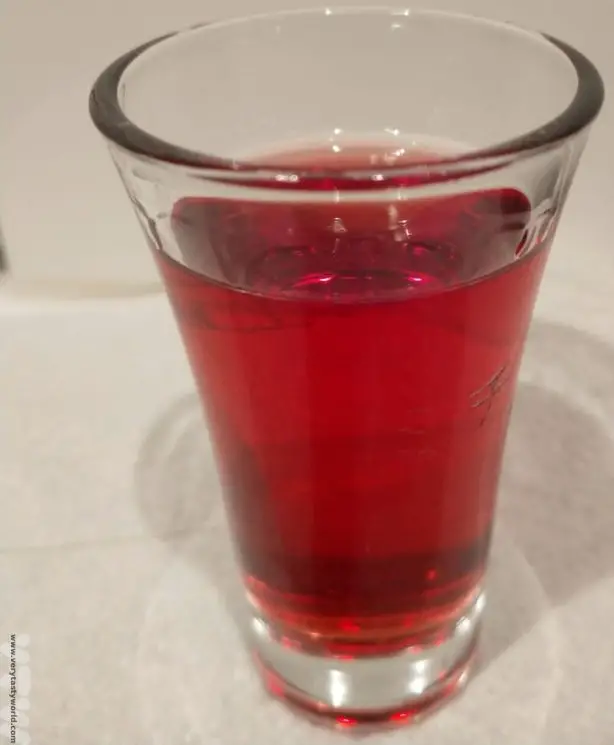
Postscript – sloe gin is also great if you pop the bottle into the freezer for a couple of hours. The alcohol doesn’t freeze fully but becomes slightly syrupy. It’s delicious, so remember to keep some back for summertime.
As with all foraging, do make sure you are 100% certain about the fruit that you are picking. There are some great identification guides.

- RECIPE Oyakodon Donburi
- Zero Waste Recipes Before Your Holiday
- RECIPE: Vegetable Biryani Tamil Nadu Style
- RECIPE: Vegan Wild Garlic Pesto
- Recipe: Venetian Pasta Sauce
- RECIPE: Biryani Raita Recipe
- RECIPE: How to Make Costa Rica’s Gallo Pinto
- Recipe: Japanese Simmered Pork Belly – Buta no Kakuni
- RECIPE: How to Make Umeboshi
Spirit of the Sea – A Visit to Fisher’s Gin Distillery at Aldeburgh
Suffolk, in East Anglia, located on the east coast of England, is a beautiful rural county and a fine place for foodies to visit. It’s famous for its pig farming and high quality pork as well as the seafood bounty from its 50 mile coastline. Adnam’s brewery is also based in Suffolk and most pubs in the area seem to be associated with them. Suffolk can also boast the closest gin distillery to the sea.
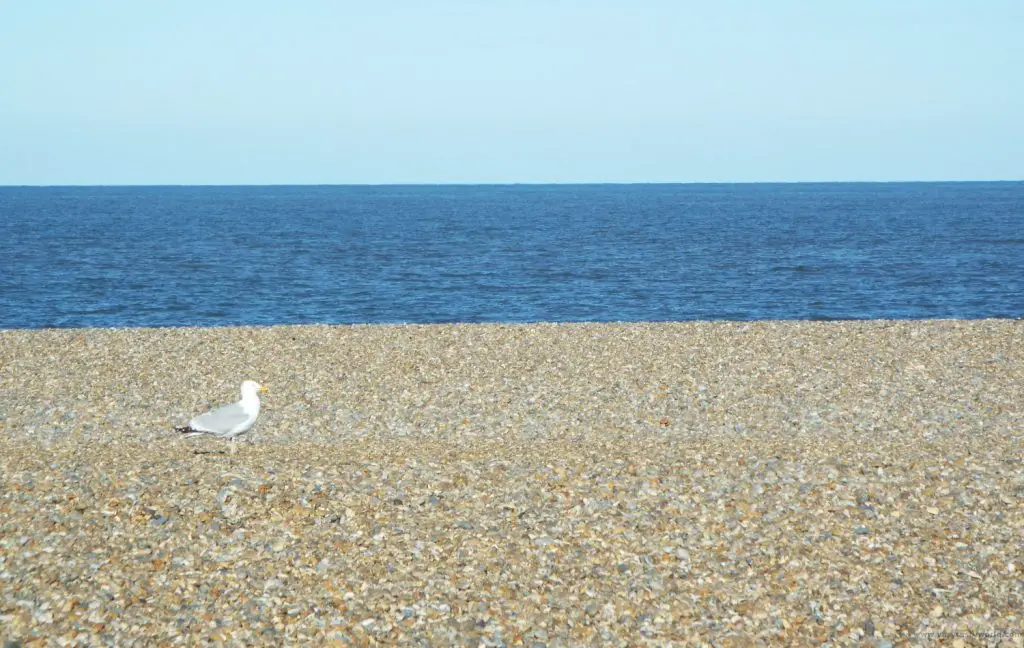
Fishers Gin is located in the coastal town of Aldeburgh and the team aim to capture the flavours of the area in their gin using locally foraged botanicals such as samphire and sea purslane. The distillery is located right by the seashore – literally a stone’s throw from the beach. They offer tours of the distillery – an afternoon tour and, later, a sundowner, which has all the elements of the earlier tour but you also get to taste some local food and go home with a Fishers tote bag and a gin mug. We opted for the sundowner.
On arrival we were greeted with a warm, “Hello, would you like a G&T?” which is one of the best possible welcomes. The G&T (a double, of course) comprised Fishers original gin accompanied by a can of Double Dutch tonic water which contains less quinine than traditional tonic waters and hence is less bitter. The G&T was served in a rather splendid tin cup, a nice change from those enormous balloon glasses full of ice that seem to be so trendy these days. Ice and a slice were mandatory of course, but the ice cube was very large, so it kept the G&T cold and did not to dilute the gin. (Note to self: make very large ice cubes in future.) The garnish was a slice of dried orange and a sea purslane leaf. The gin itself is a London Dry Gin but is unusual because many of the botanicals are particularly savoury and have a salty edge to them. Samphire (rock and marsh samphire are both used in this gin) and sea purslane are key ingredients, foraged locally, and both have a flavour which subtly recalls the taste of the sea.
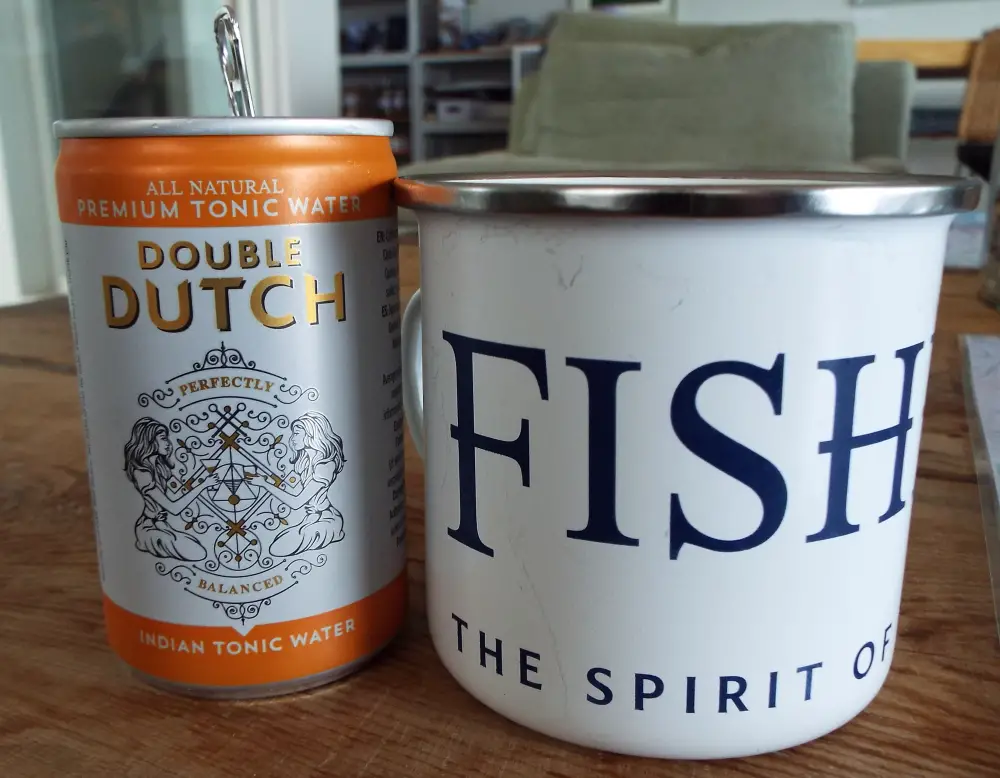
After watching an audio visual display about the local area and botanicals we met the still, which is named Watson after the owner’s dog. The gin making process was explained to us: The botanicals infuse in the base spirit for 16 hours before distillation. There are three outputs from the still: the head (the first few litres of liquid that emerge from the condenser), the heart and the tail (the last few litres). Like whisky, the head and tail are discarded.
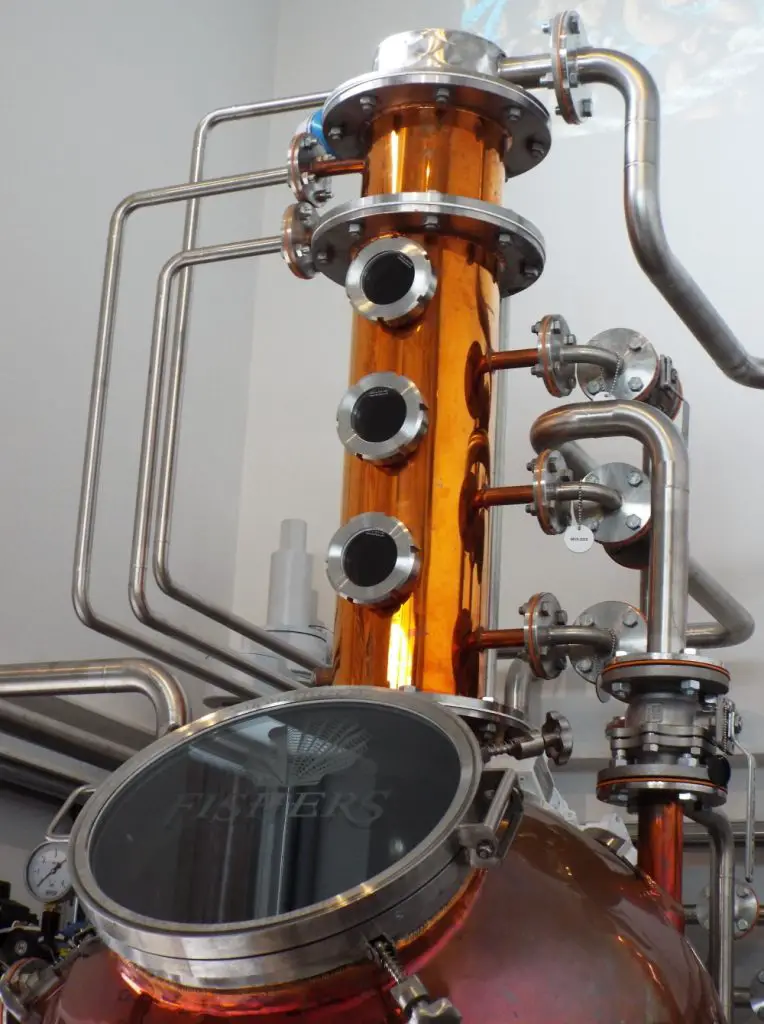
As part of the tour we learned about the history of gin – that it originated in the Netherlands – and also about the different botanicals used in the gin-making process by making a botanical tea. We were provided with the botanicals and an empty teabag (as well as another G&T to help the process) and tasted a variety of flavours.
Juniper is the flavour that defines gin as gin, so that was an essential. Then we experimented with various quantities of the botanicals used in Fishers gin to create a unique tea. Each ingredient was crushed using a dinky pestle and mortar to extract the oils and hence maximise the flavours.

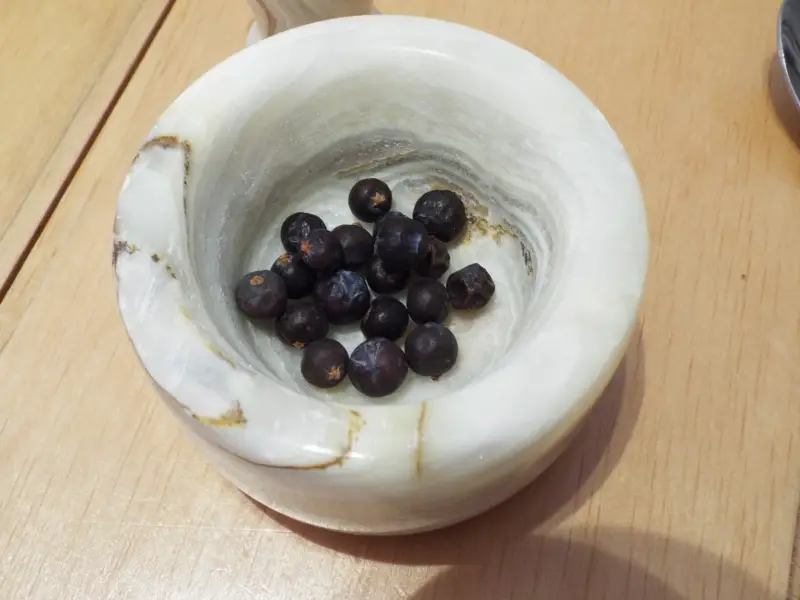
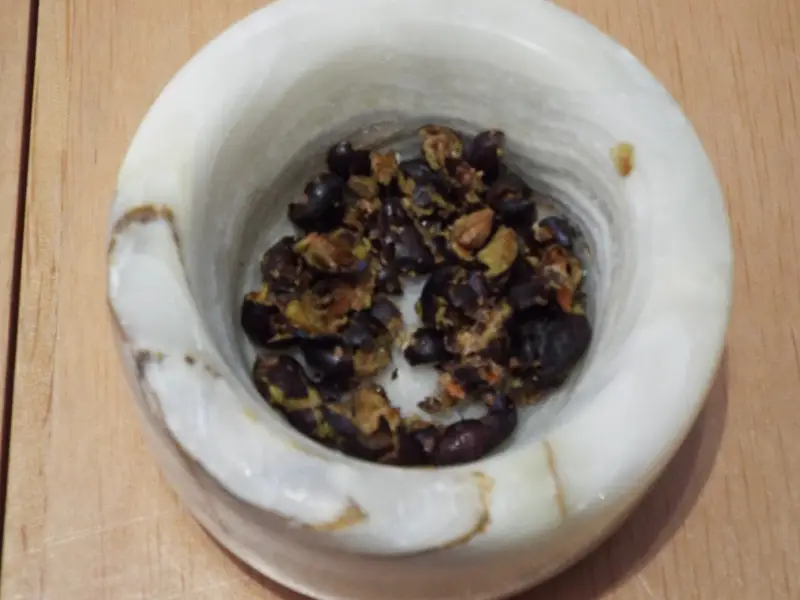
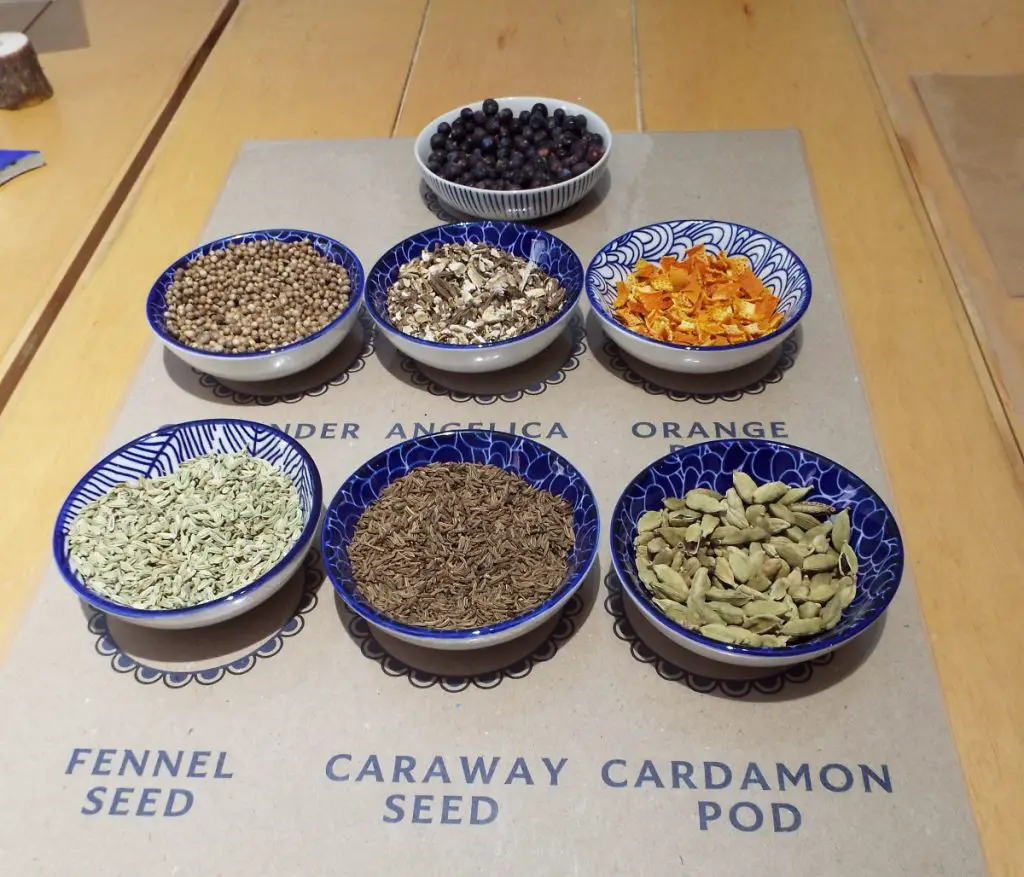
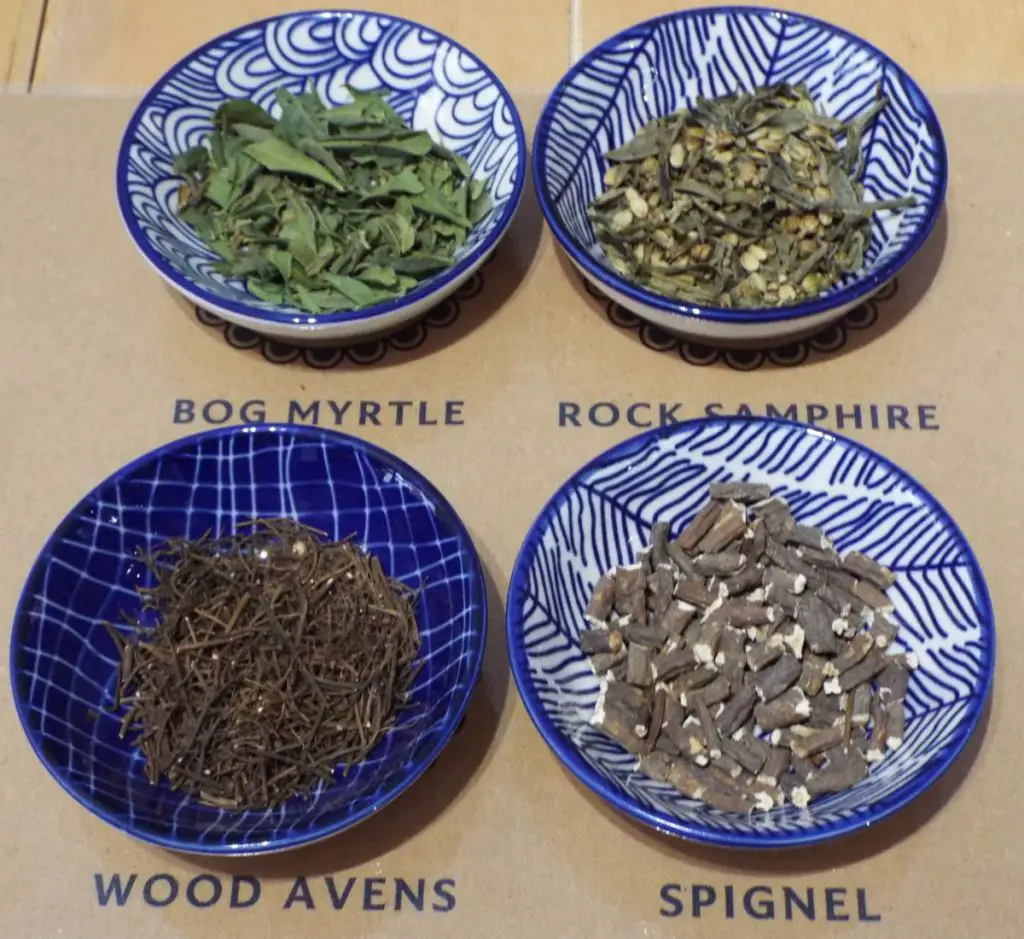
The teabags were then infused in a cup of boiled water and we could taste how our particular combination of botanicals worked together.
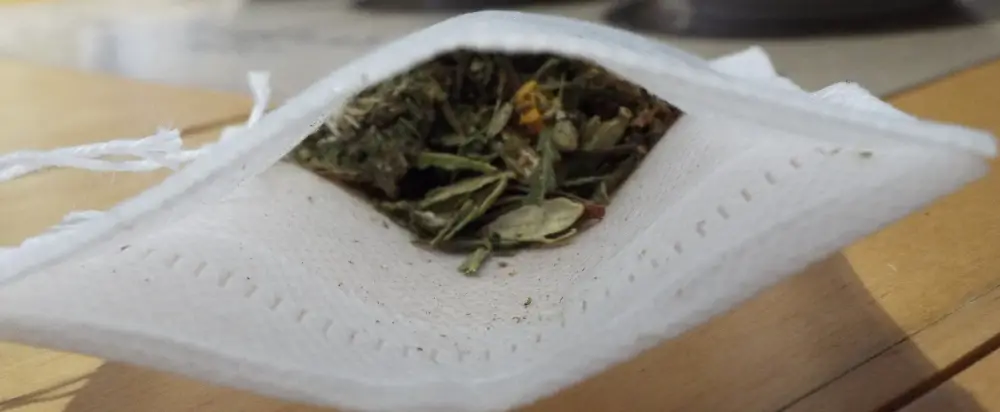
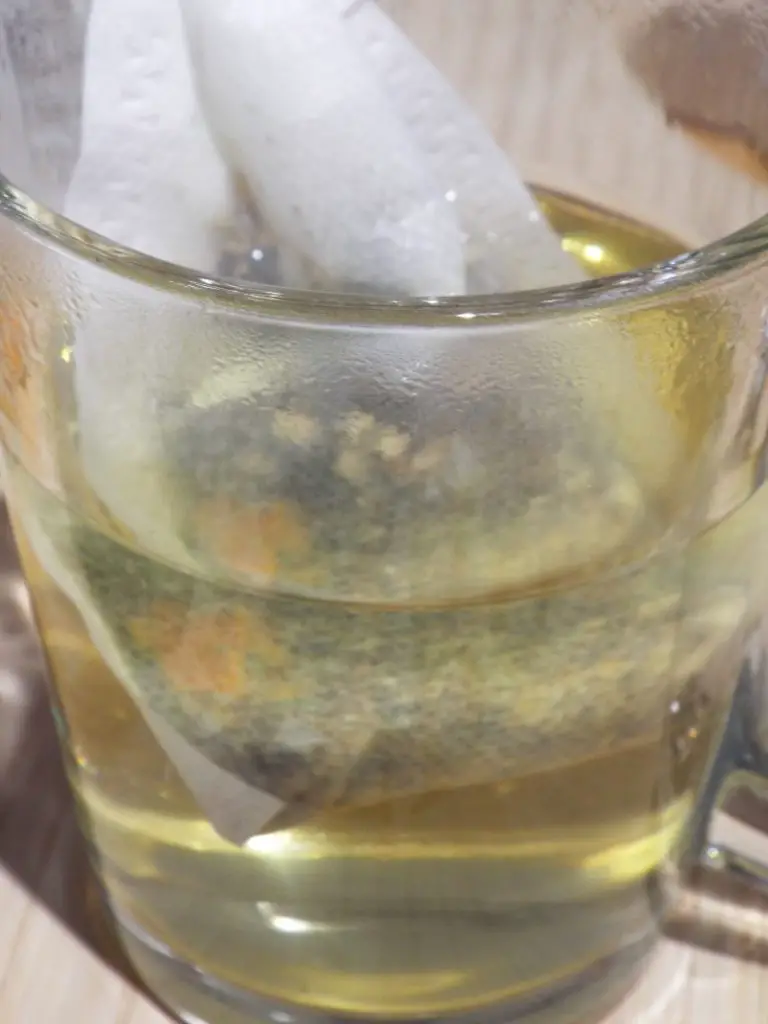
After making the tea we were invited to a tasting. There were three gins on offer: Fishers original, Fishers Fifty (which is stronger, having an ABV of 50%) and Fishers Smoked.
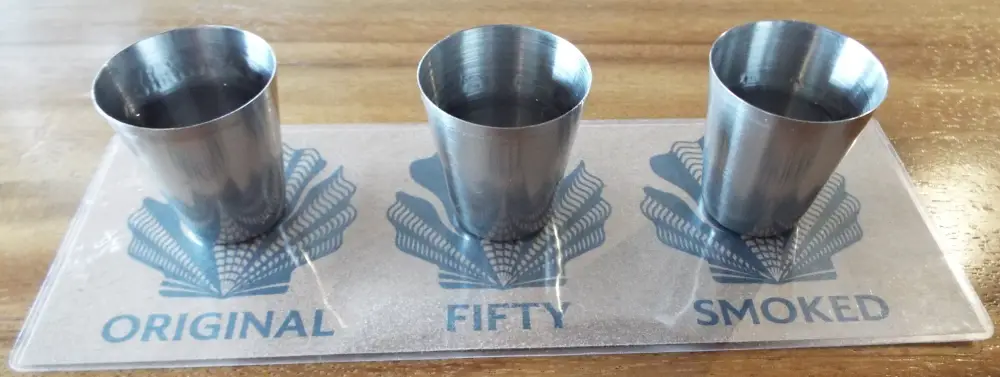
The smoked gin used botanicals that had been smoked at Orford smoke house, just down the road from Aldeburgh, for six days. Curiously, you can almost smell smoked fish on the nose but the finished gin is smooth on the palette, loses any fishiness but retains a gorgeously subtle smoky flavour. What is particularly interesting about this gin is the way that Fishers use savoury flavouring in their gins. Salt won’t get through the distillation process but the oils from the botanicals allow some subtly salty flavours to come through. Fishers also have a small still to experiment with flavours when developing a new gin.
And finally, we were offered a platter of local specialities: smoked mackerel pate from Orford, sesame hummus, sourdough and smoked salmon from l’Escargot deli, smoked cheddar and Stilton style cheeses from Orford.
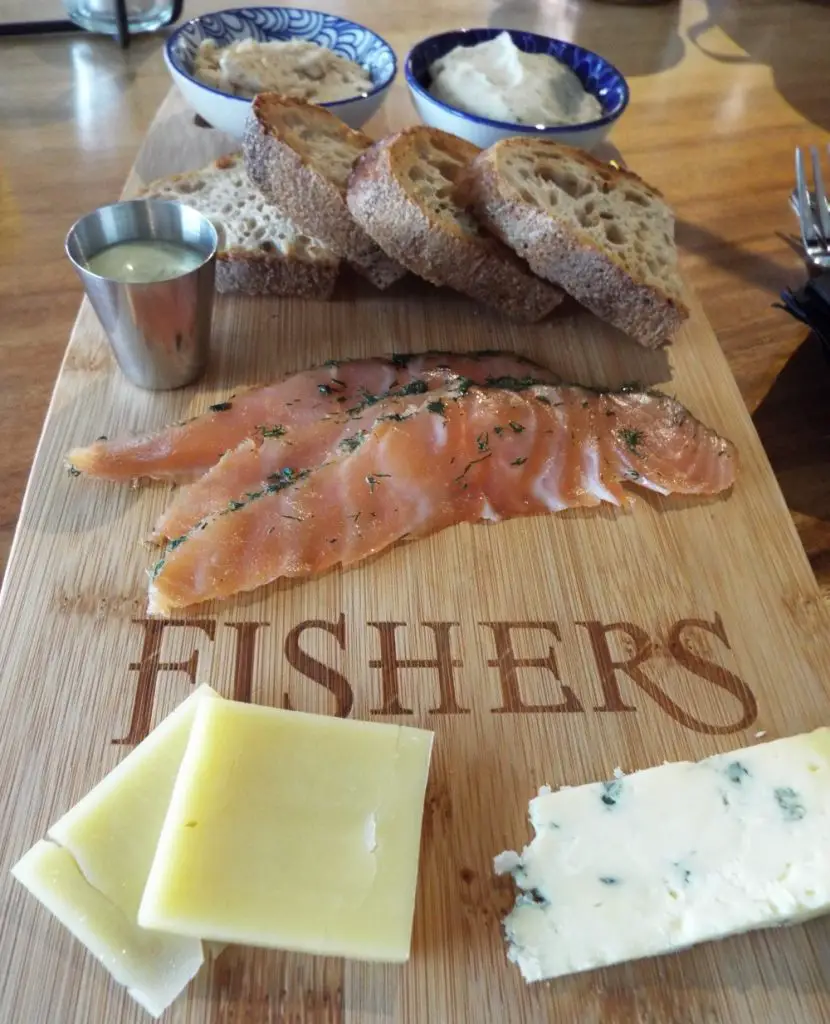
And the evening was rounded off with a couple of cocktails. A Negroni which comprised of Fishers Gold, Campari and sweet vermouth in equal measure and a Mule which contained Fishers Smoked, ginger ale and lime. Both were delicious.
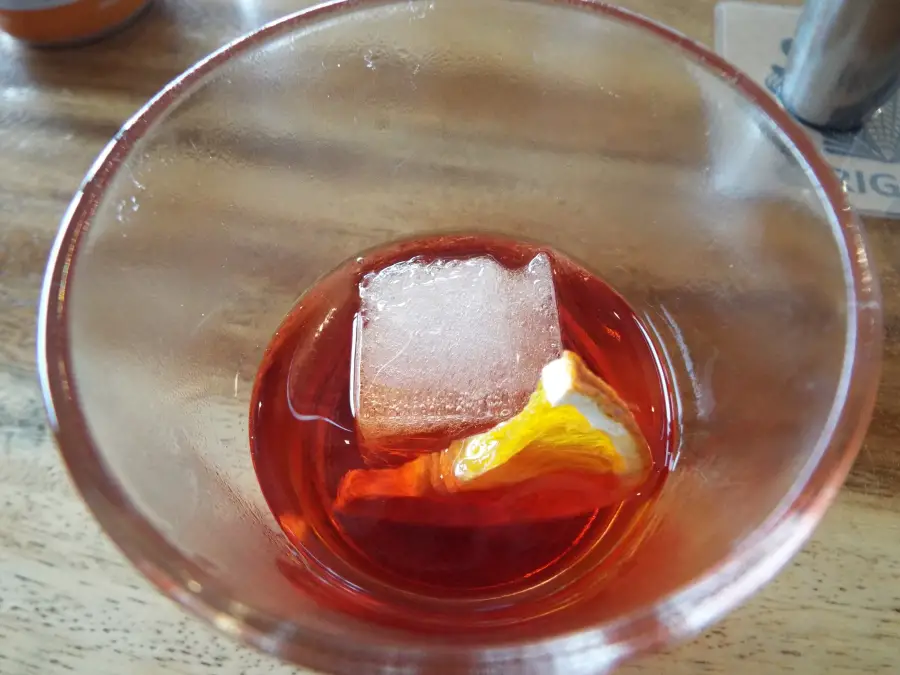
The Fishers team were very friendly, the tour was informative and the tastings hugely enjoyable (hic!). We ended up chatting with our hosts for much longer than the planned tour time as they were so welcoming and accommodating. The experience is highly recommended.

- Things To Do In Rovaniemi In Winter
- Avebury Stone Circle vs Stonehenge
- Five days in Copenhagen
- Is Sarajevo Worth Visiting?
- A Svalbard Holiday – Land of the Midday Moon
- Afternoon Tea in Coventry
We attended this experience using our own resources.
Luang Prabang Lao PDR (Please Don’t Rush)
There’s a general assumption that the cuisines of many countries in South East Asia – Thailand, Lao, Cambodia and Vietnam – are pretty much the same but that would be doing them a great disservice. While they may share many ingredients and seasonings, each cuisine is different and it is a joy to be able to discover the nuances of the foods from each country. Lao, for example, being landlocked, relies on the river for its piscine bounties rather than the sea. Hence most of the fish served will be river fish. River weed, dried in in the sun and flavoured with seasonings, makes for a tasty snack. Luang Prabang, Lao’s former capital, located in the north of the country, lies on the Mekong river at its confluence with the Nam Khan.
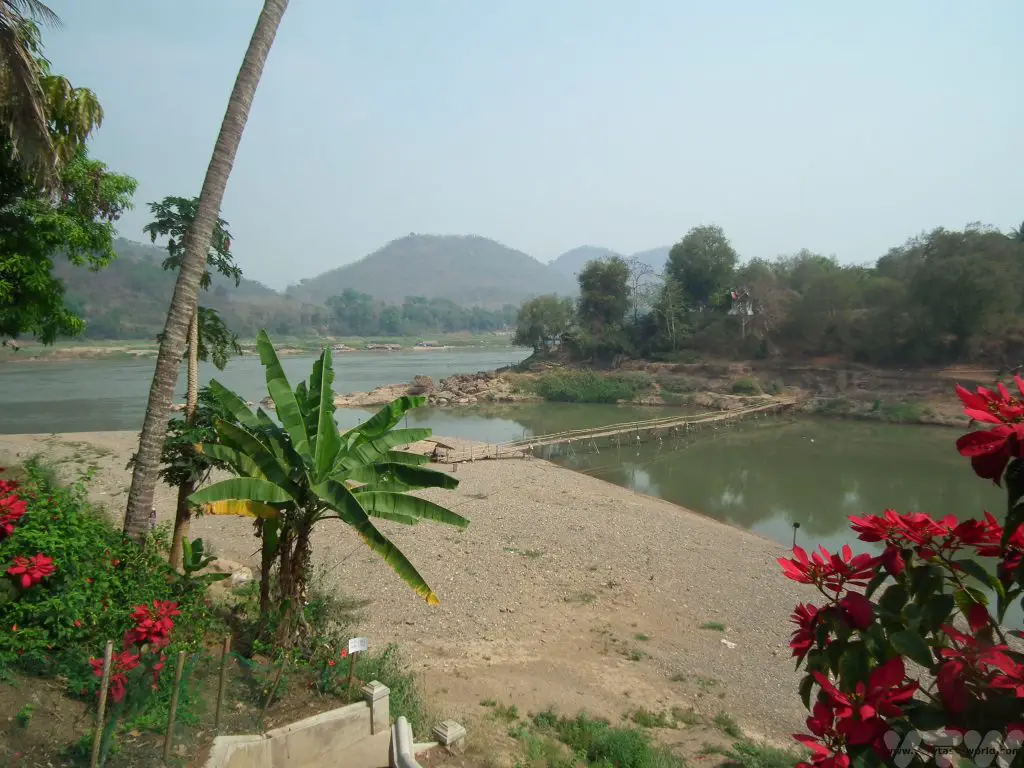
It’s a lovely, laid back town with plenty of temples and palaces to explore, which are largely within easy walking distance.
Wat Xieng Thong is the best known of the temples, located a short walk from the confluence. The main Wat has an intricate design and a beautiful tree of life mural.
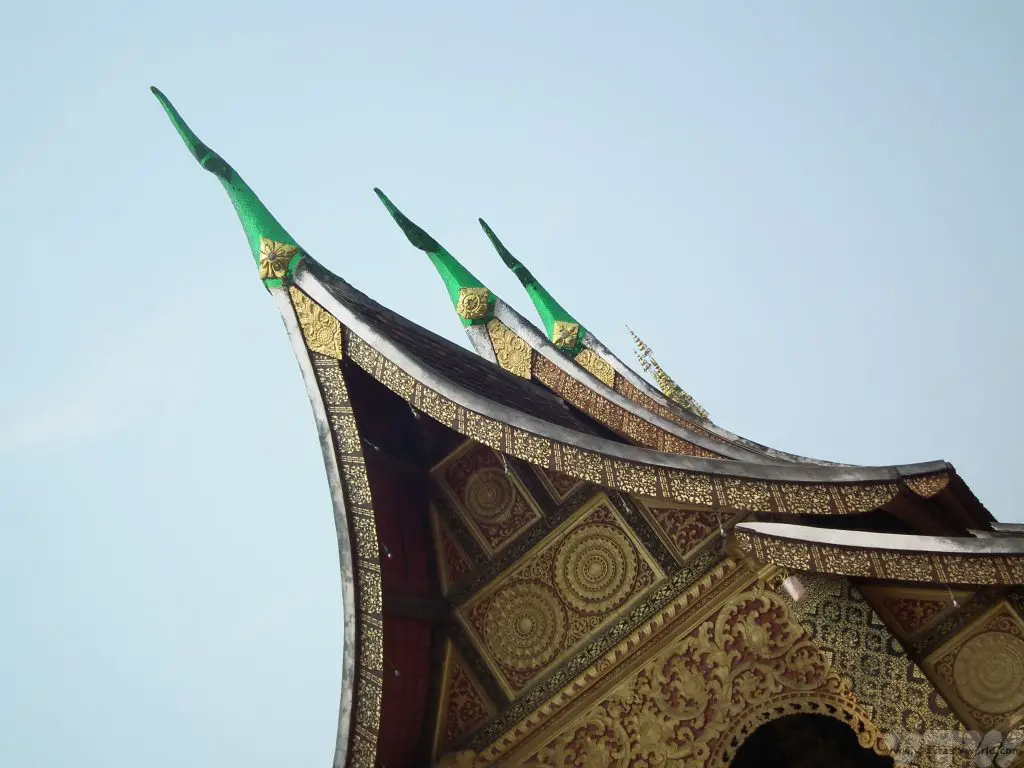
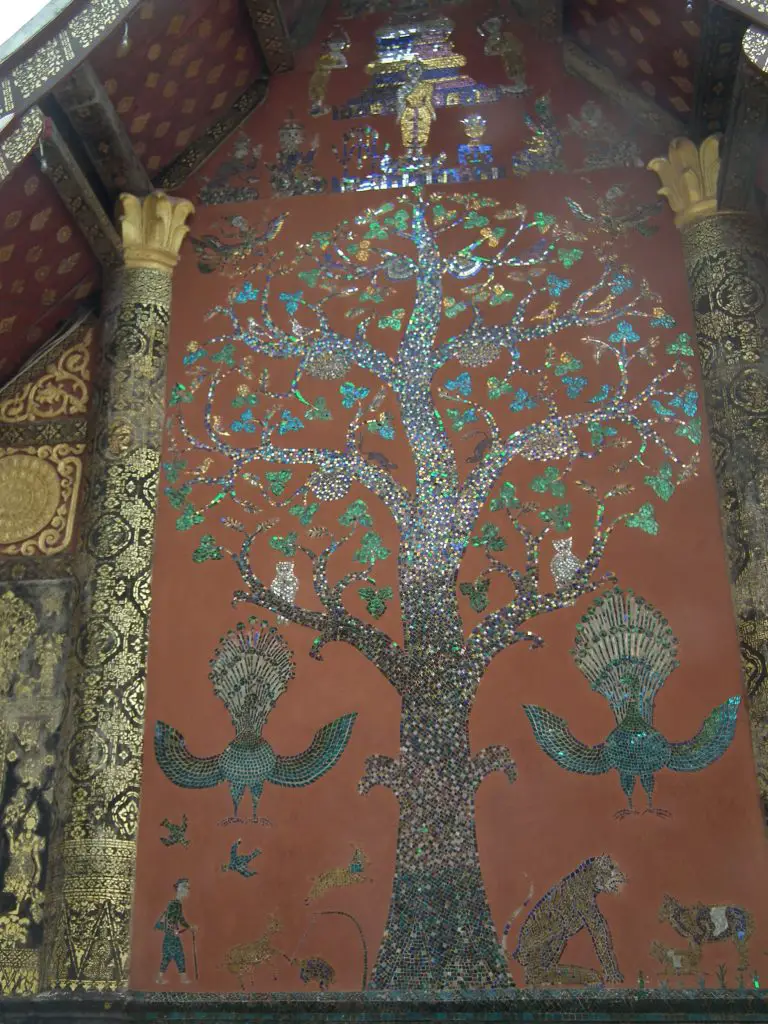
The Royal Palace was built in 1904 when Lao was under French occupation. The monarchy was overthrown by the communists in 1975 and the building converted into a museum.
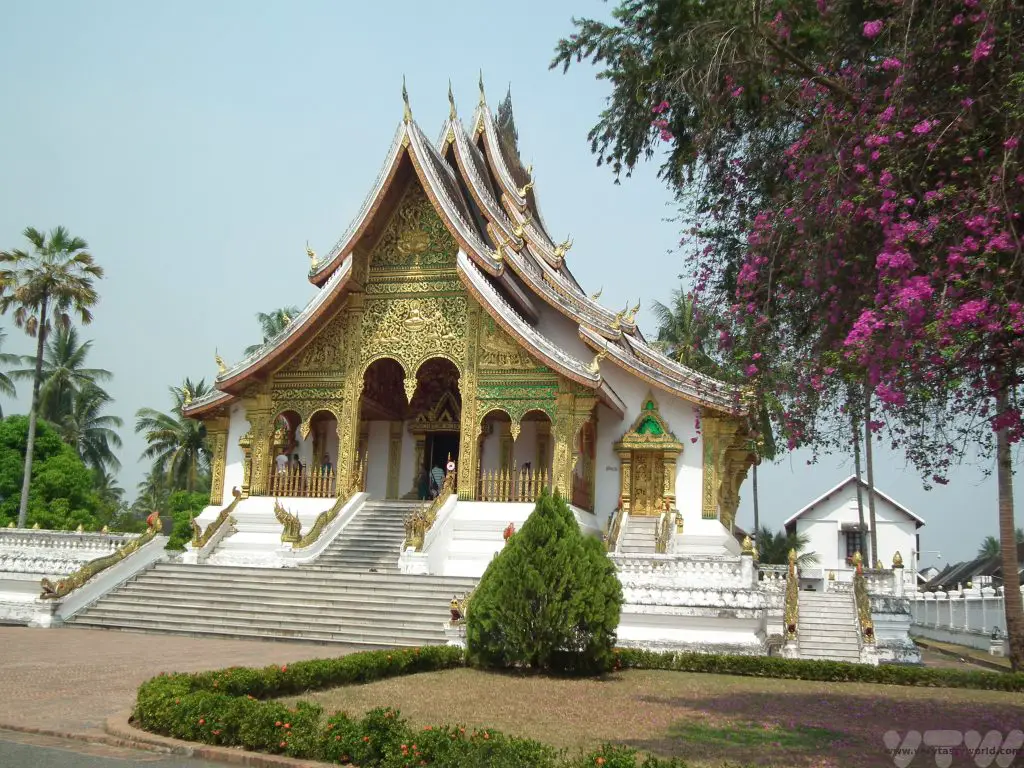
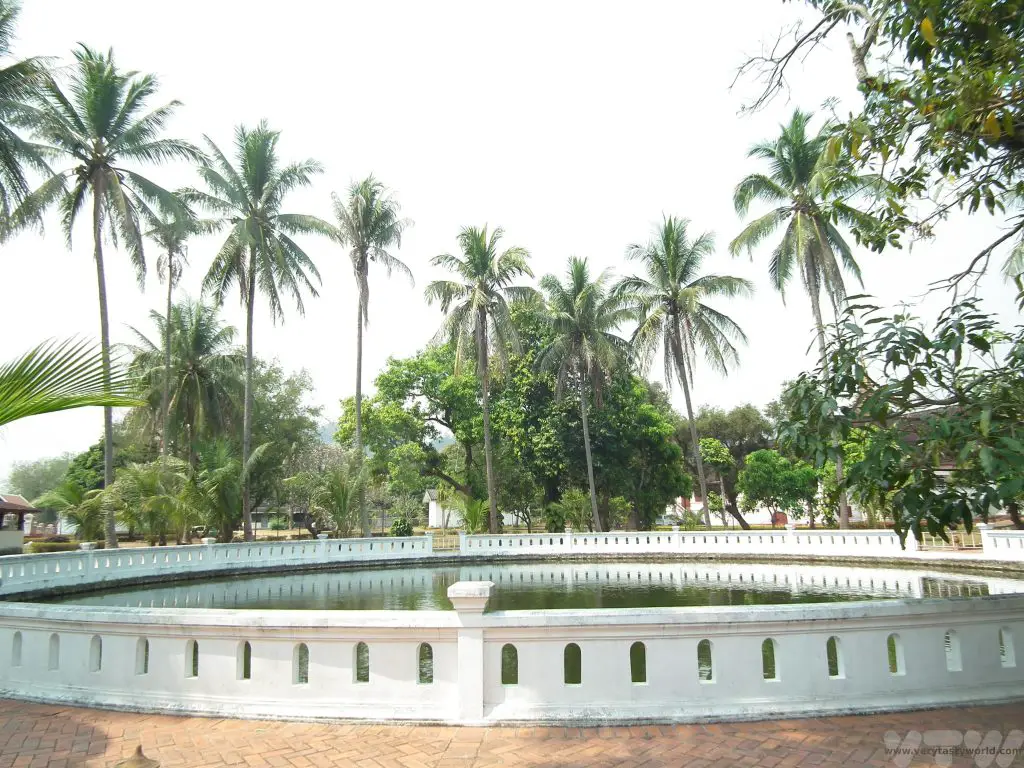
Crossing the Mekong and following a short hike up a hill you can reach the small temple of Wat Chomphet with its old stupa and Wat Long Khone. It’s more peaceful and less touristy on this side of the river.
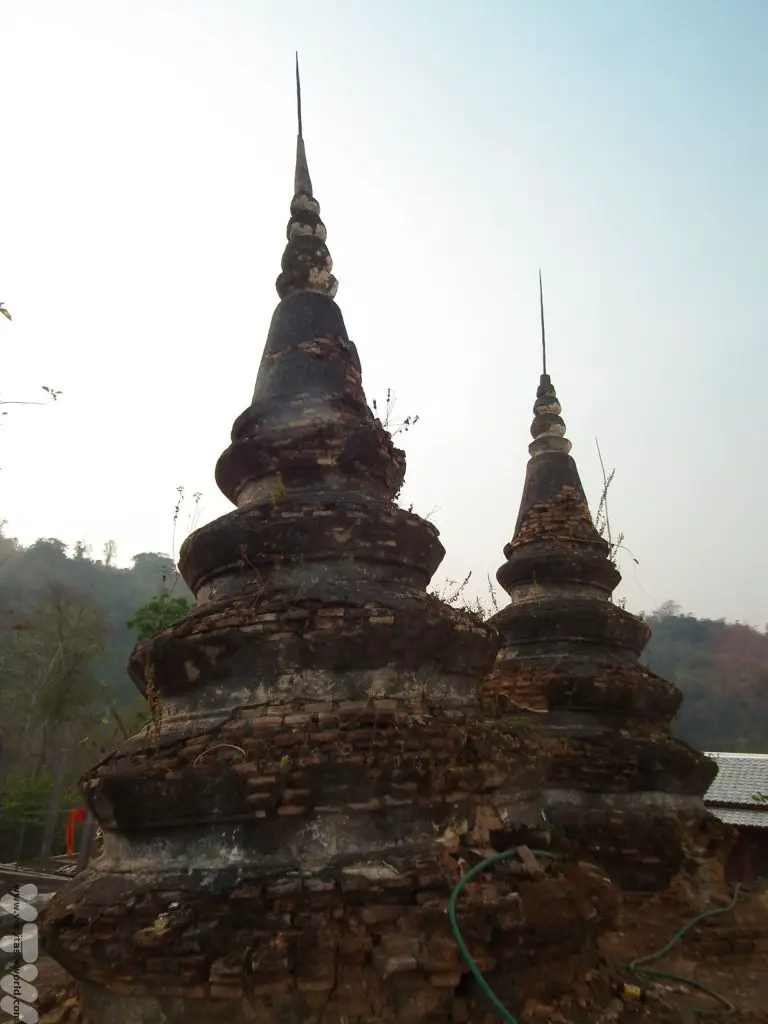
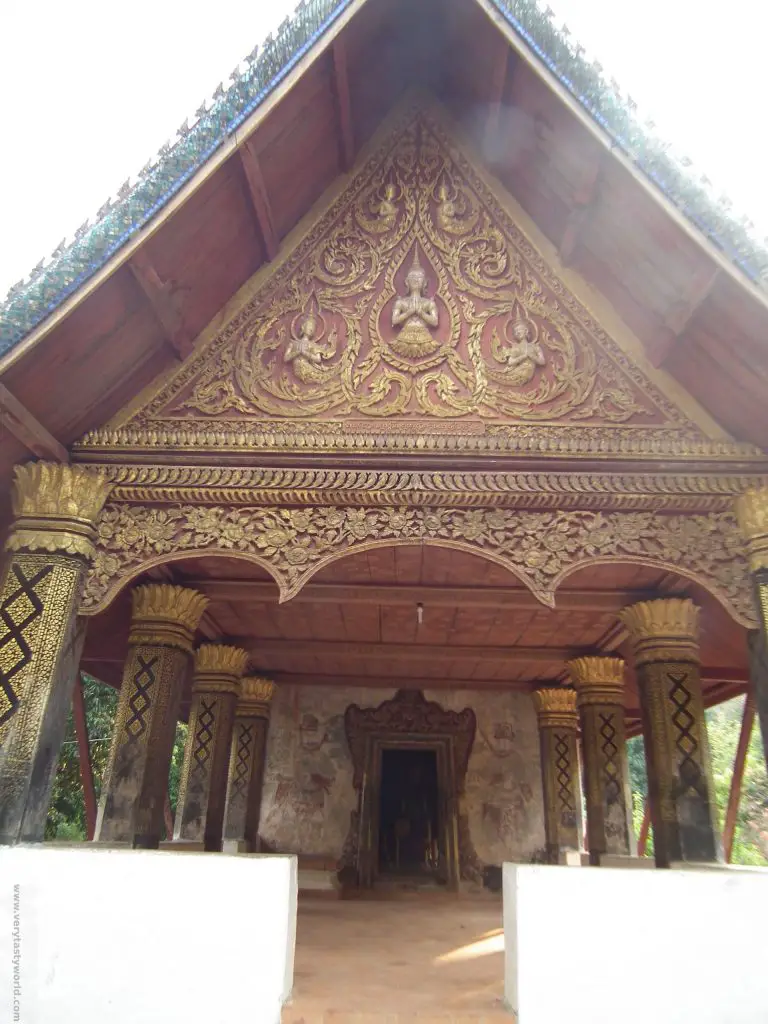
It’s also possible to hire a longboat and drift downriver at sunset, cool glass of beer in hand, enjoying the colours of the evening.
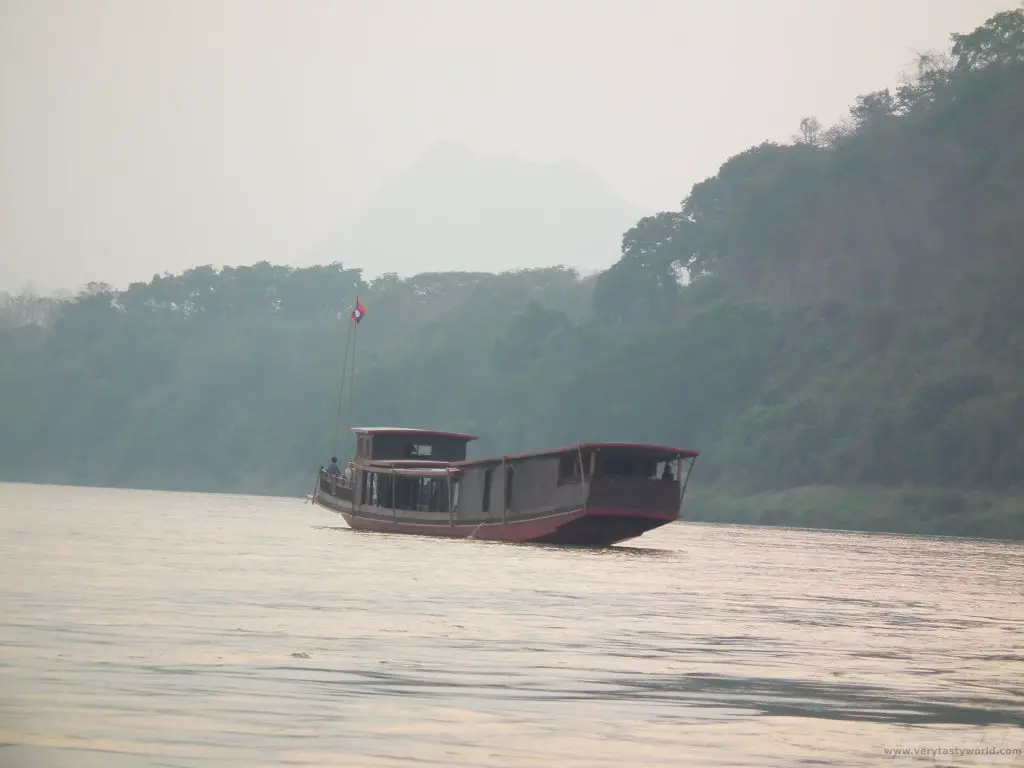
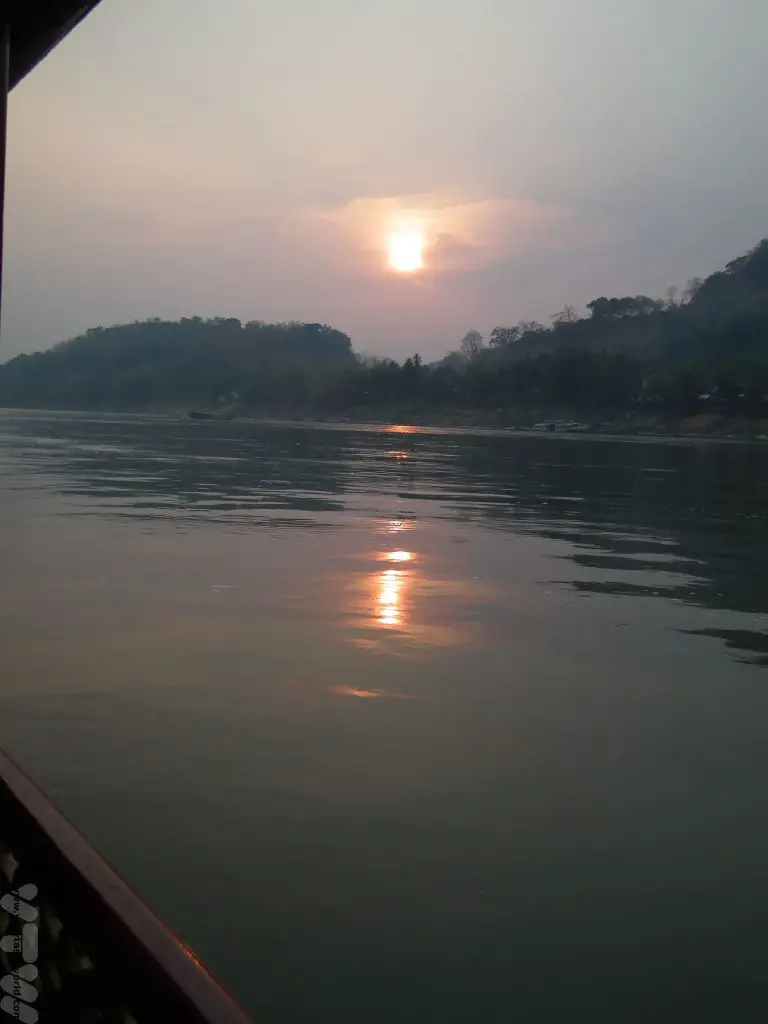
Lao’s formal name is Lao PDR – People’s Democratic Republic. Informally, locals will let you know that PDR stands for Please Don’t Rush – a wise philosophy which also means that you shouldn’t worry if service at restaurants is slow. (Actually, we didn’t notice particularly slow service anywhere we went.) But it’s a good reminder to relax and enjoy your time in this friendly country.
Luang Prabang Lao has a number of bars and restaurants which range from cheap eats to higher end offerings. Utopia is a short walk away from the town, set atop a cliff which overlooks the river. It’s a very laid-back place with a cool vibe and is located in a quirky garden setting.
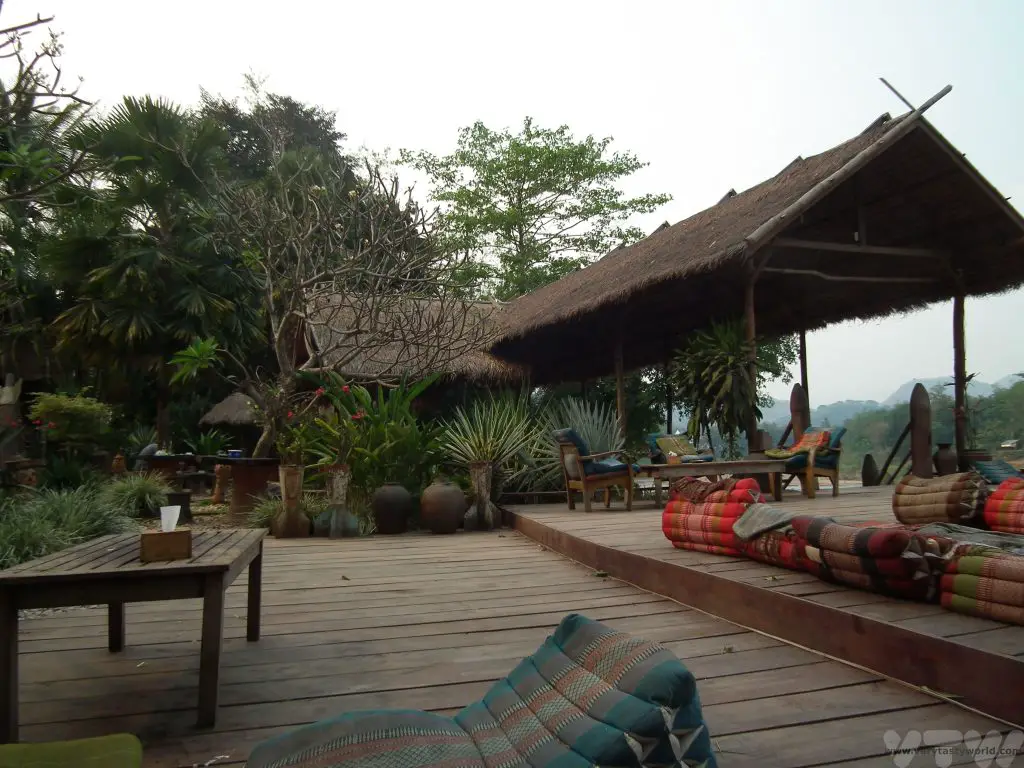
There is a sorrowful side to the garden design though. Many of the flower pots are actually bomb shells from the time of the Vietnam War when, over the course of nine years, the US dropped roughly two million tonnes of bombs on Lao in a secret attempt to support the royal Lao government against the communists led by Pathet Lao, as well as impact the Ho Chi Minh trail. The country remains the most bombed per head of the population in history. Worse still, a significant amount of the ordnance – about a third of the devices dropped – failed to detonate and, more than forty years later, there is still a huge problem with unexploded bombs that remain embedded in the ground, despite some international efforts to clear them.
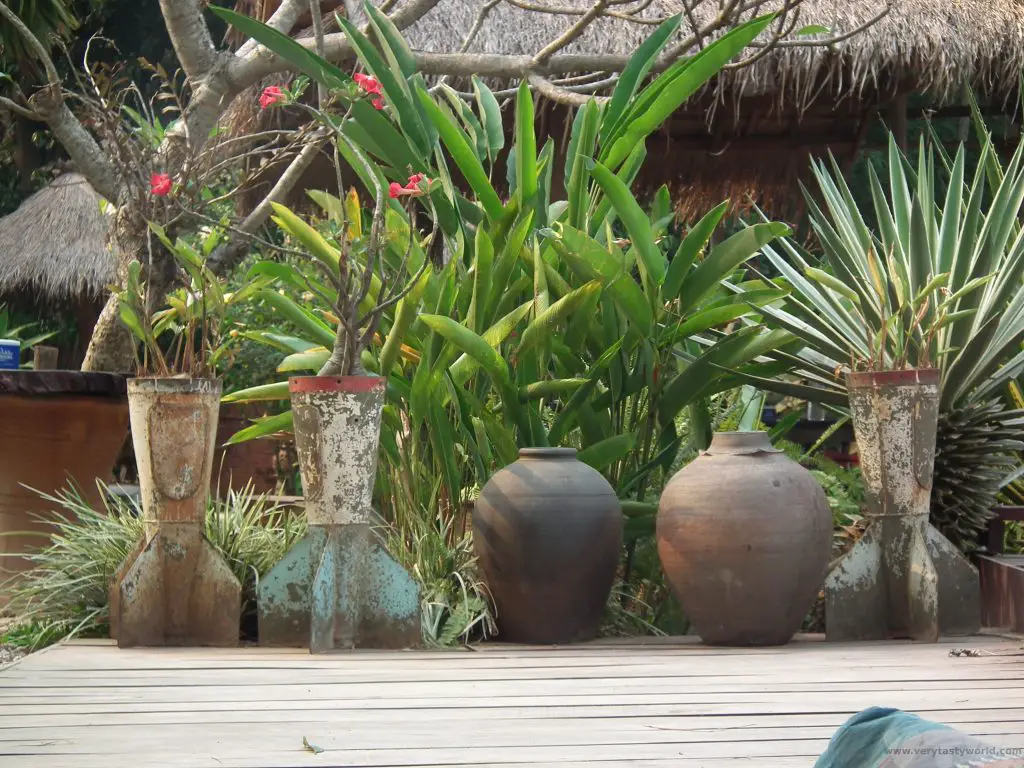
Utopia is popular amongst backpackers for its chilled atmosphere during the day (it has activities such as yoga lessons available) and livens up a lot at night, and it offers local and western food.
One of the best restaurants in Luang Prabang Lao for local food is Tamarind, on the Kingkitsarath Rd, and they specialise in local cuisine. They offer tasting menus which give visitors the chance to try various specialities. It’s a fantastic introduction to local fare. It’s a popular restaurant so it’s worth booking ahead if you can, although we got lucky with a walk-in for lunch.
We started with Lao-Lao shots as an aperitif. Lao-Lao is rice whiskey. Its name isn’t a cute term of endearment – the two words have different tones in pronunciation and hence different meanings. The first Lao means “alcohol” and the second means “from Lao”. The whiskey has a mild flavour but is pretty potent at round 40-45% alcohol.
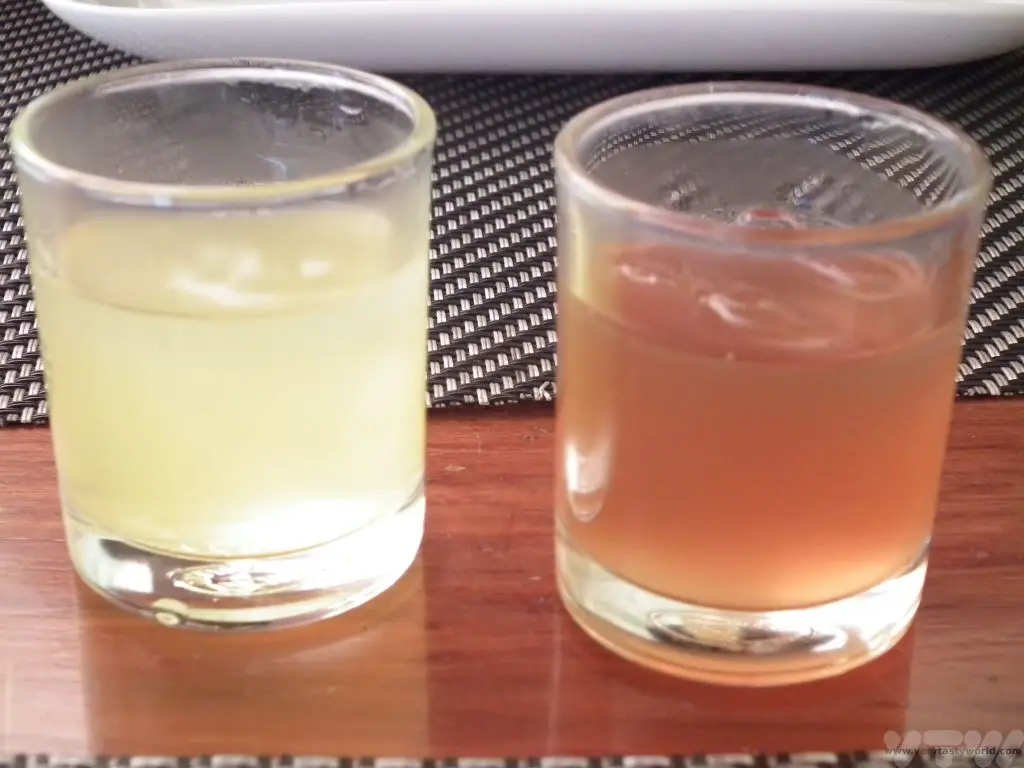
The starter was chunky bamboo and vegetable soup. A lot of Lao food can be searingly hot, with chilli often providing the heat, but this wasn’t; whilst still spicy, it had a piquancy in the seasoning that allowed the flavour of the vegetables and herbs to shine through.
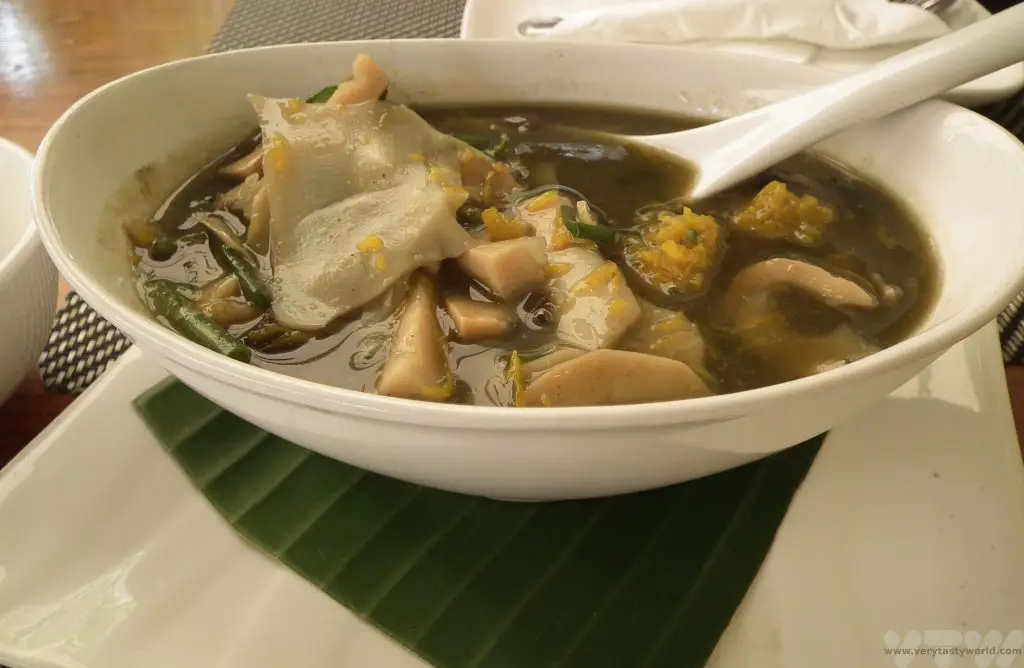
Then came a platter of Lao specialities. These included dinky little sausages with a variety of relishes, which varied in the amount of spice they delivered, as well as kaipen – crispy sun-dried river weed coated with sesame seeds.
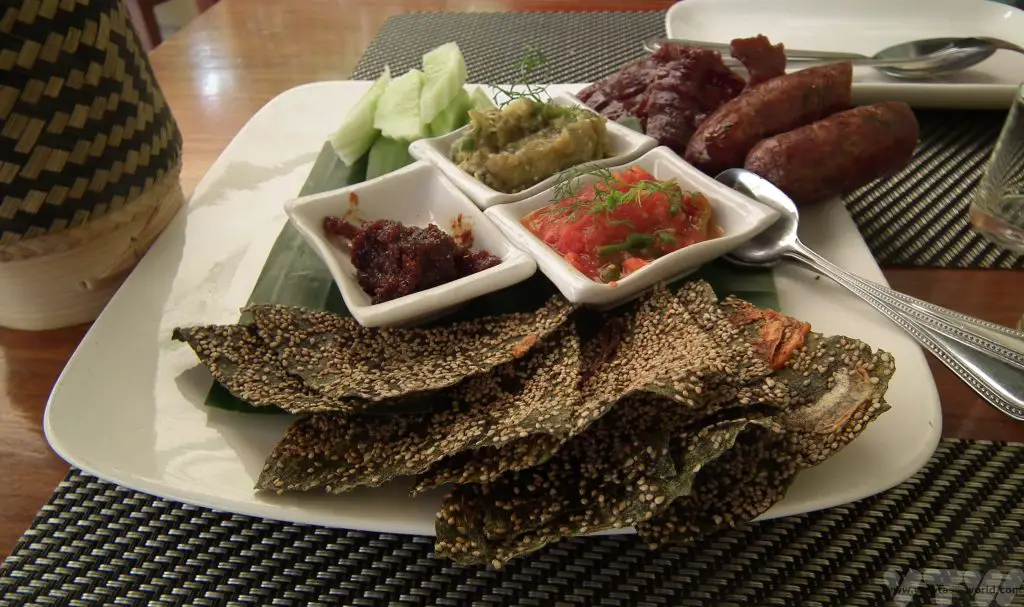
The next dish was fragrant lemongrass stuffed with chicken which felt like a bit of a contradiction. Usually you would expect lemongrass to flavour the meat but this was soft minced chicken, delicately spiced, placed into the bulbous part of the lemongrass stalk, then steamed and fried. The gentle scent of the lemongrass imparted a delicate citrus flavour. It was accompanied by herbed river fish steamed in a banana leaf along with local vegetables.
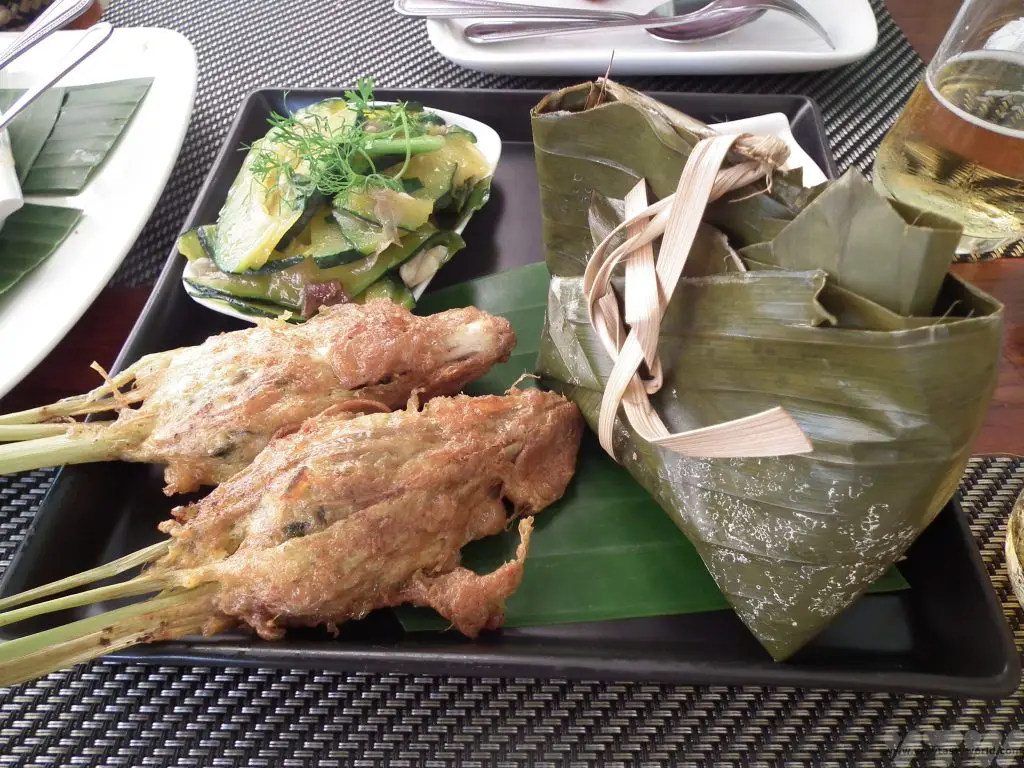
Finally, purple sticky rice cooked in coconut milk with tamarind sauce – which was sweet and slightly sour as well as delightfully sticky – rounded off a splendid meal.
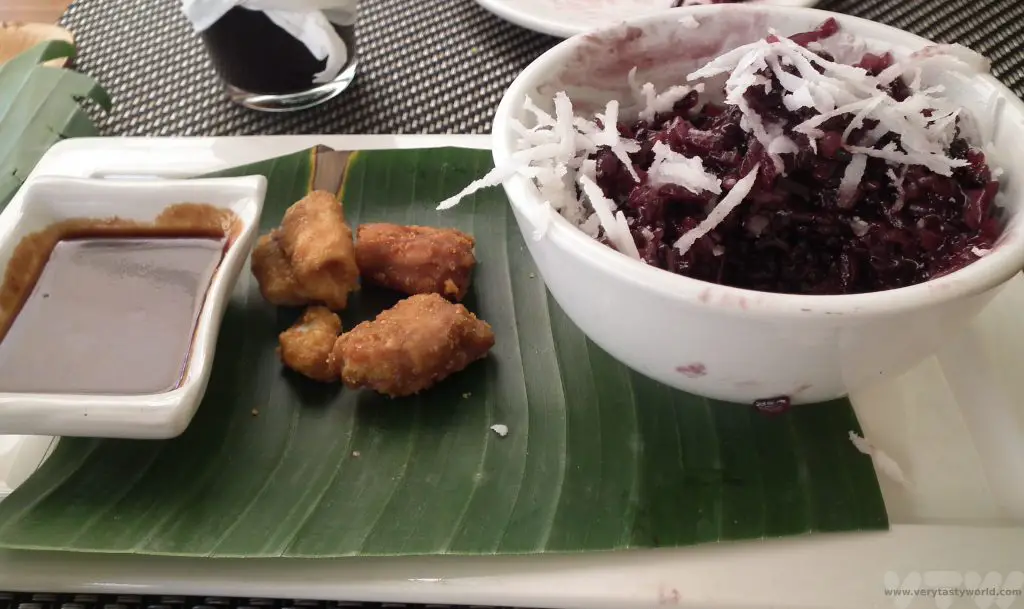

The Isle of Skye – The Skye’s The Limit
The Isle of Skye is a popular destination in the Highlands and Islands of Scotland. It’s the largest island of the Inner Hebrides, located around 200 miles from Glasgow and it takes around 5-6 hours to drive there. There are some fantastic places to stop off along the way, though, either to stay for a night or two, or just to break up the drive for an hour or so.
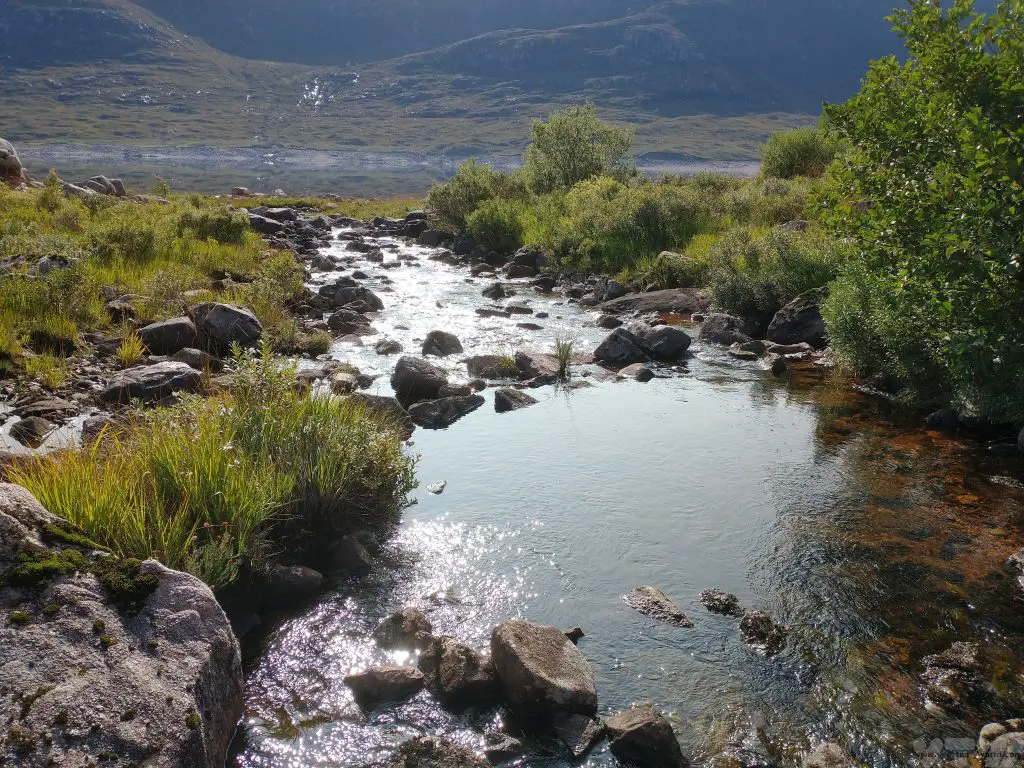
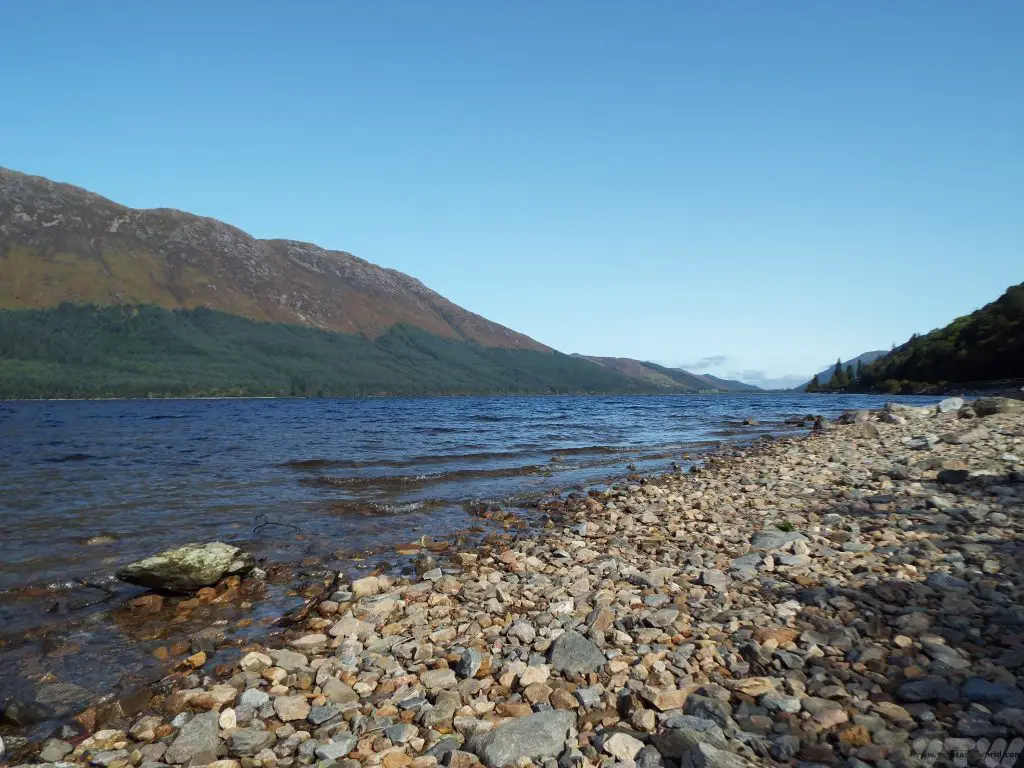
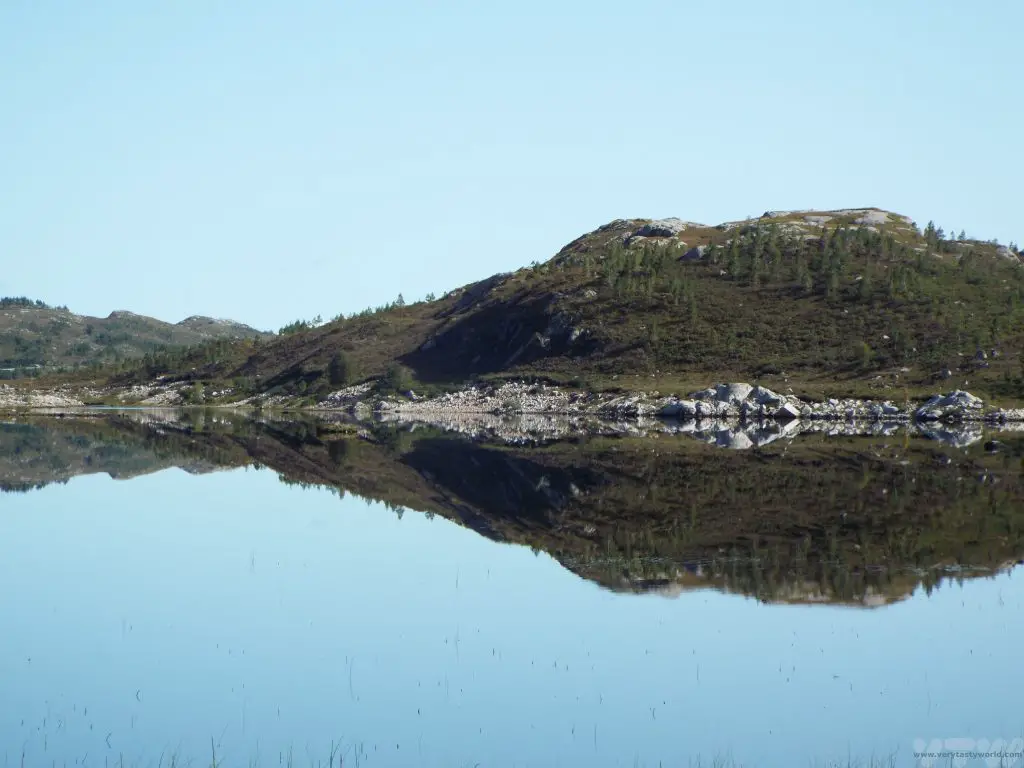
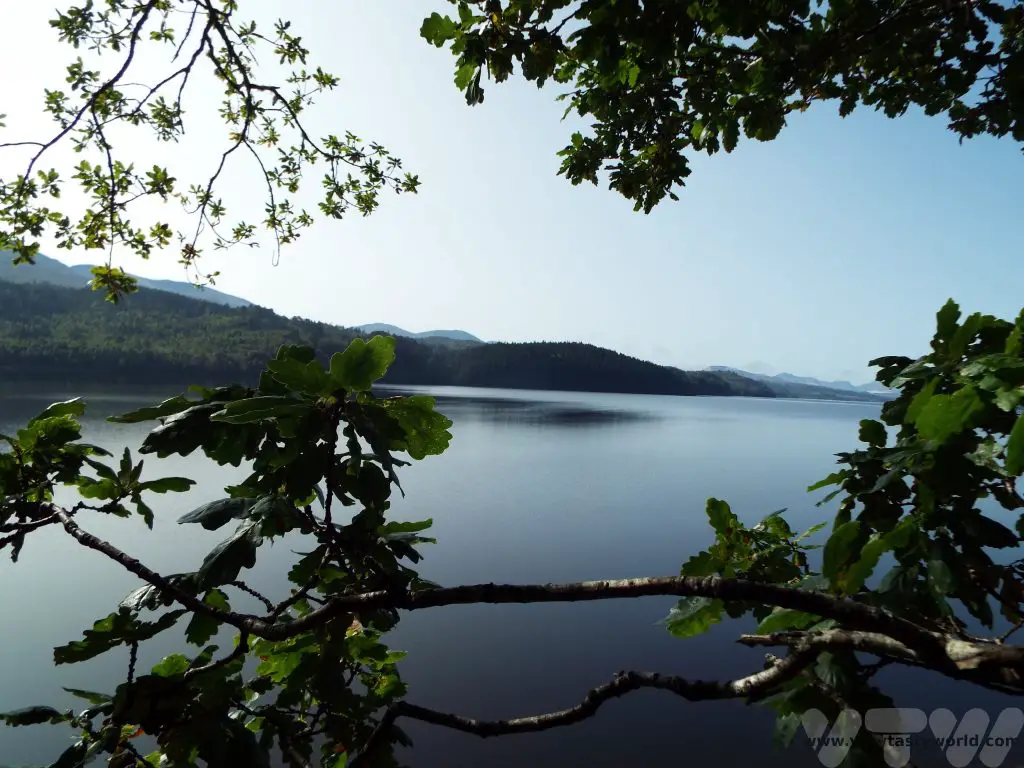
If you are travelling from the mainland you can take a ferry ‘over the sea’ to Skye from Maillaig or drive to the Kyle of Lochalsh and cross the beautiful bridge.
Just before arriving at the Kyle of Lochalsh you can visit the 13th Century Eilean Donan castle located on a small islet just off the coast and accessible via a bridge.
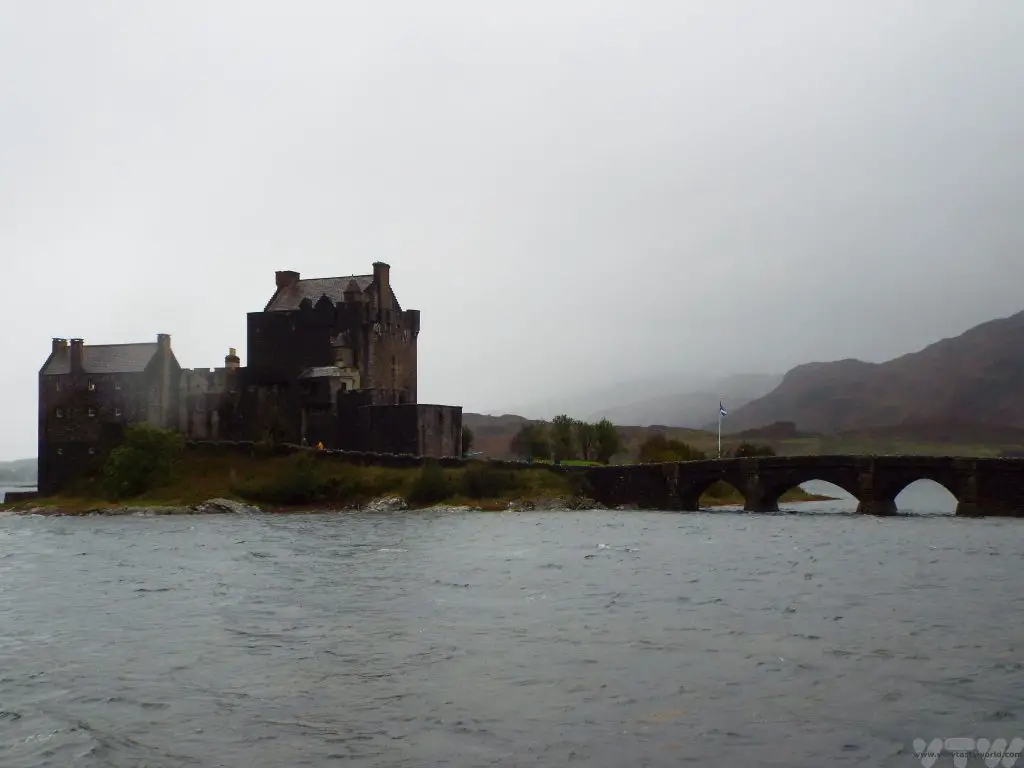

The Isle of Skye is much, much larger than you think it is. You really need a car to be able to explore it. The scenery is spectacular so take it slowly and enjoy a leisurely drive.
It’s worth noting that a lot of the villages marked on the map are very tiny, usually comprising just a few houses. Portree is the largest town on the island and would be a good central location to stay for a few days especially if you are exploring the northern attractions.
We stayed in Broadford which had some nice hotels and restaurants and was closer to the Skye bridge but further from some of the attractions. It meant quite a lot of driving each day, especially as roads on Skye can be slow. But then if the view from your bed looks like this, you really can’t complain.
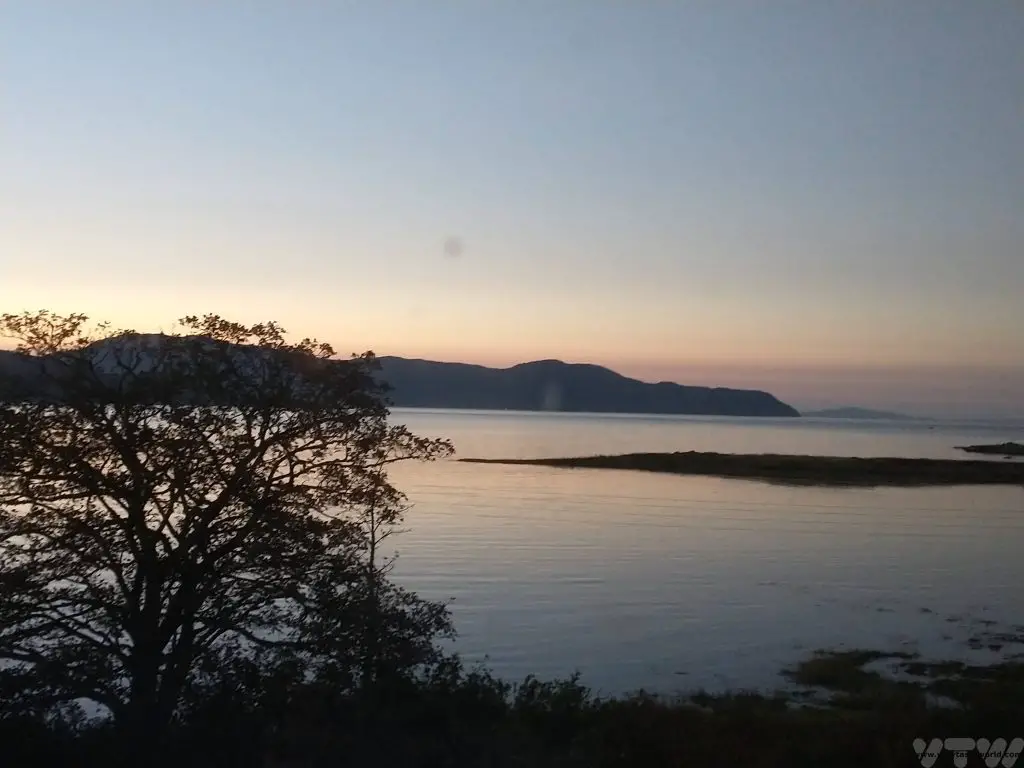
Oh yes, our hotel had a Cornetto hotline – free ice-cream on demand – which is a policy that should be implemented in hotels across the world.
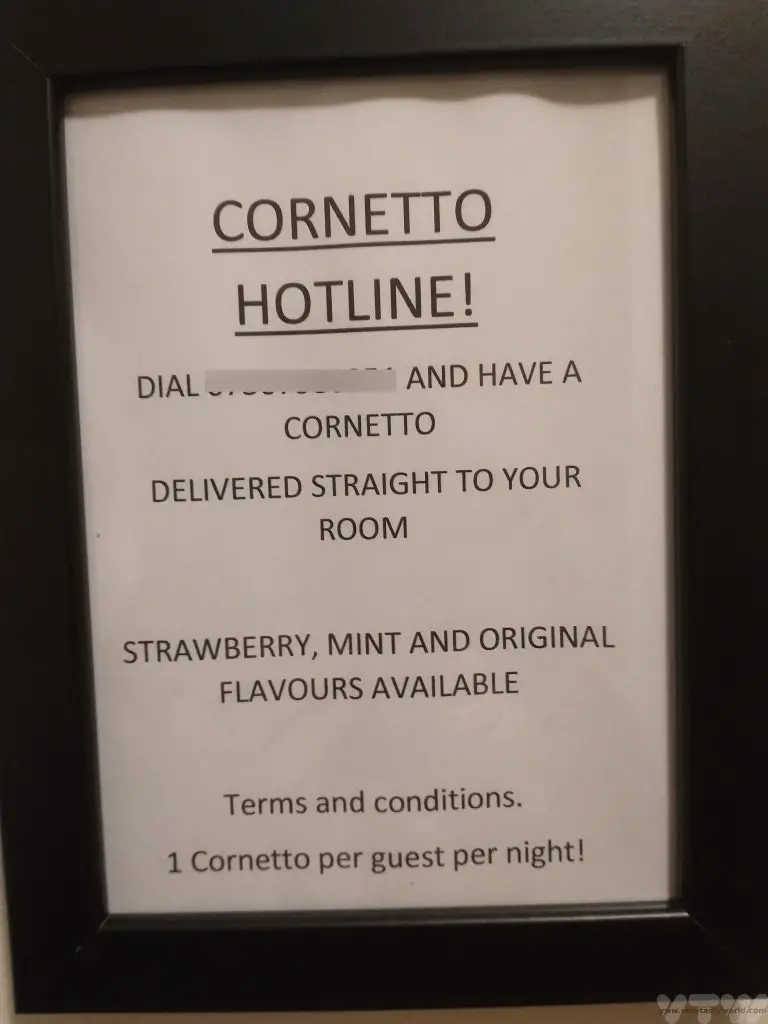
The Northern Part of the Isle of Skye
The Isle of Skye has some fantastic scenery although it can get crowded as it is a popular destination. A lot of the roads near the main geographical attractions are single track and it’s worth knowing the convention for driving on these sort of roads: Single Track road advice – Skye Guides Look ahead to see traffic that may be approaching and locate the next passing place. Only use the passing place to the left. If there is one on the right, wait on the correct side of the road and let the approaching car use the passing place.
If you have just passed a passing place but you can see that it would be difficult for oncoming traffic to have to reverse their car in order to allow you to pass (for example, if they have to reverse up a hill or around a corner) do the decent thing and reverse up. Also, if you are driving more slowly than other traffic, it’s polite to move into a passing place and stop briefly so that other drivers can overtake you. Take your time. The scenery around you is guaranteed to be gorgeous so relax and enjoy the drive.
There are also loads of walking opportunities across the whole island. The car park for the Old Man of Storr was absolutely chocka so we skipped that.
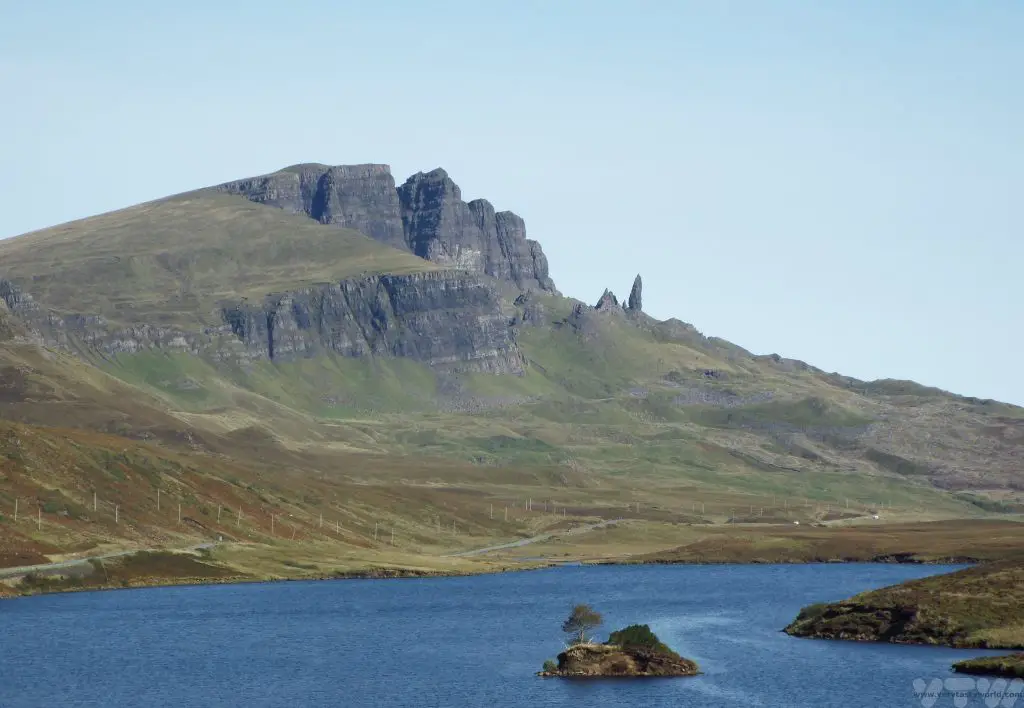
There are car parks scattered along the road for much of the northern part of the island and they are mostly free but you have to pay to park at some of the more popular attractions. They are usually not very far from a fantastic view.
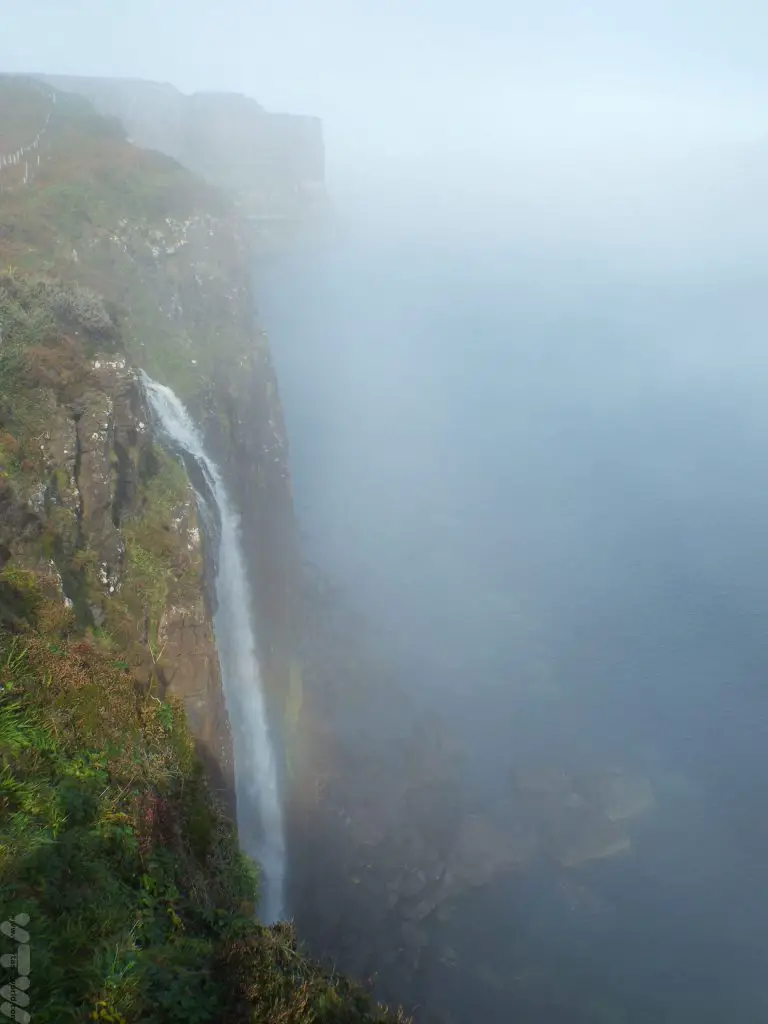
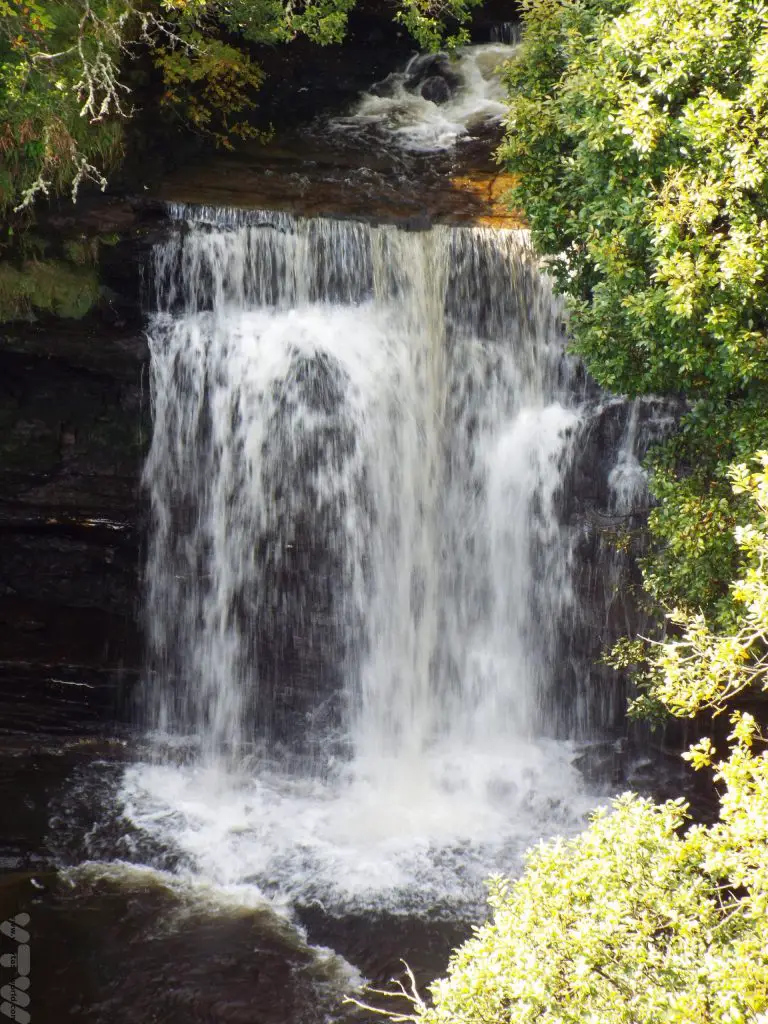
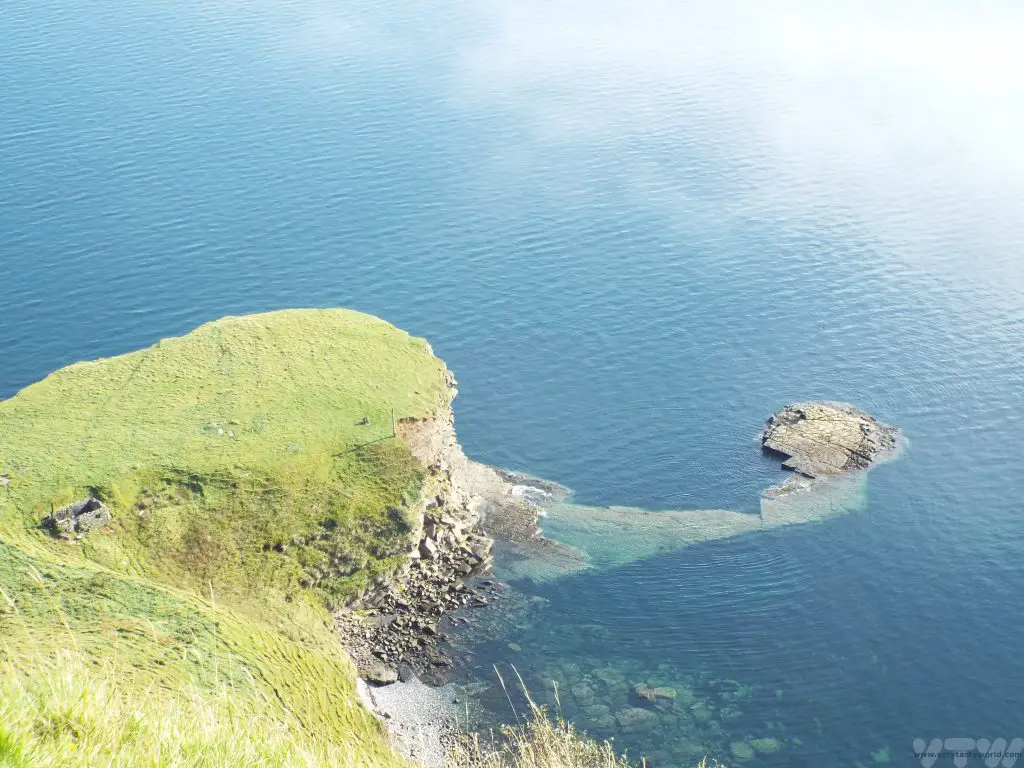
The Quiraing offers an amazing walk. Located right at the north of the island via a single track road the car park is located at the top of the hill. You can do a circular walk or just trek along the path and back. It’s absolutely manageable for the average walker but there are some sections where you may need to scramble. And the views are splendid.
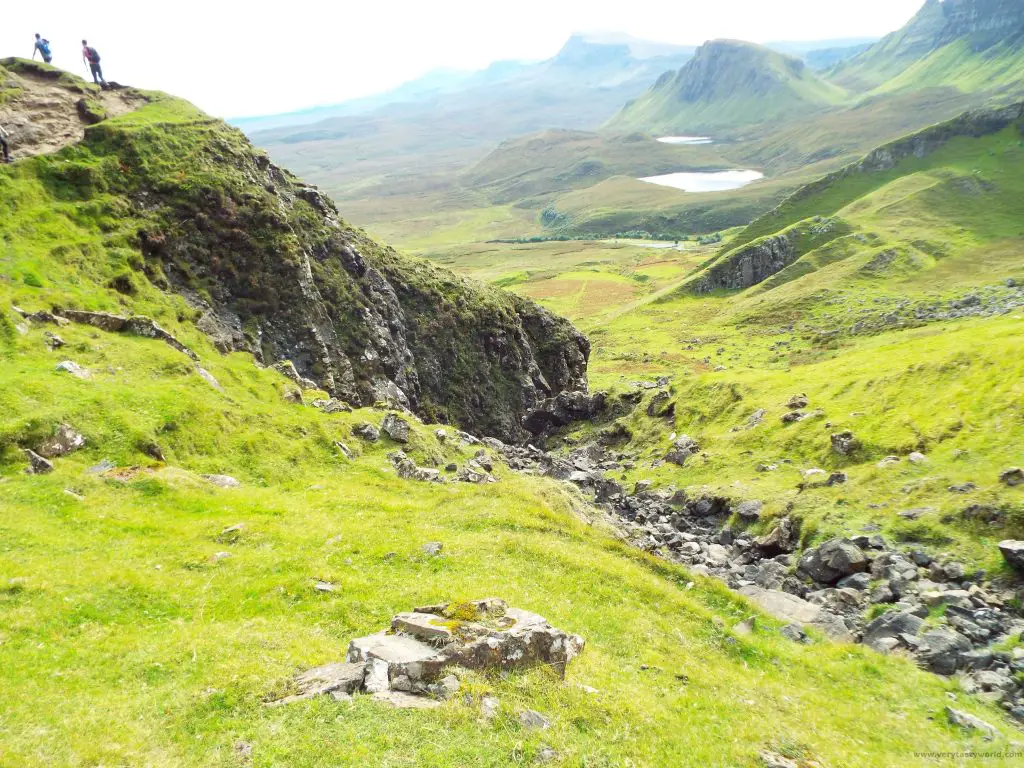
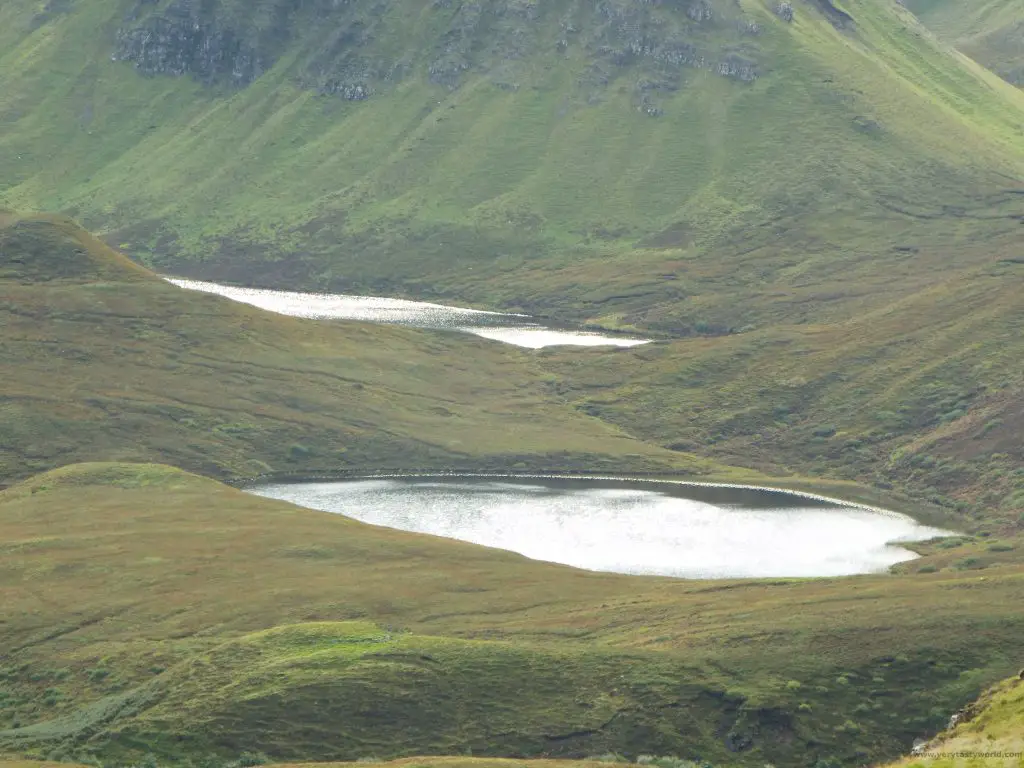
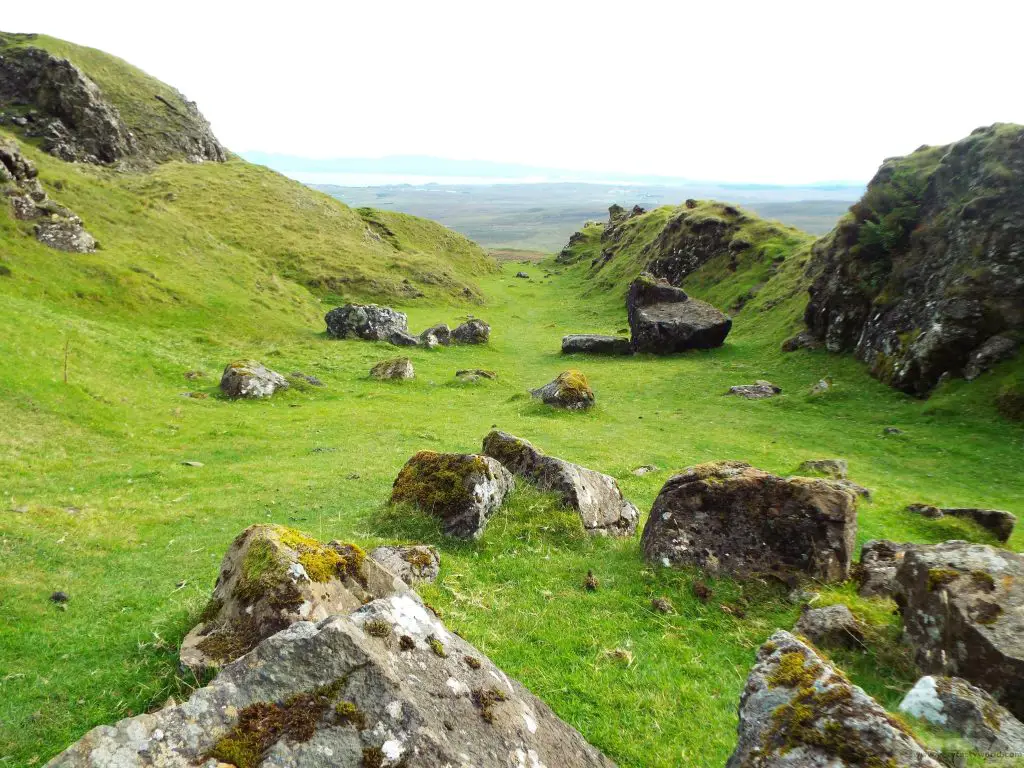
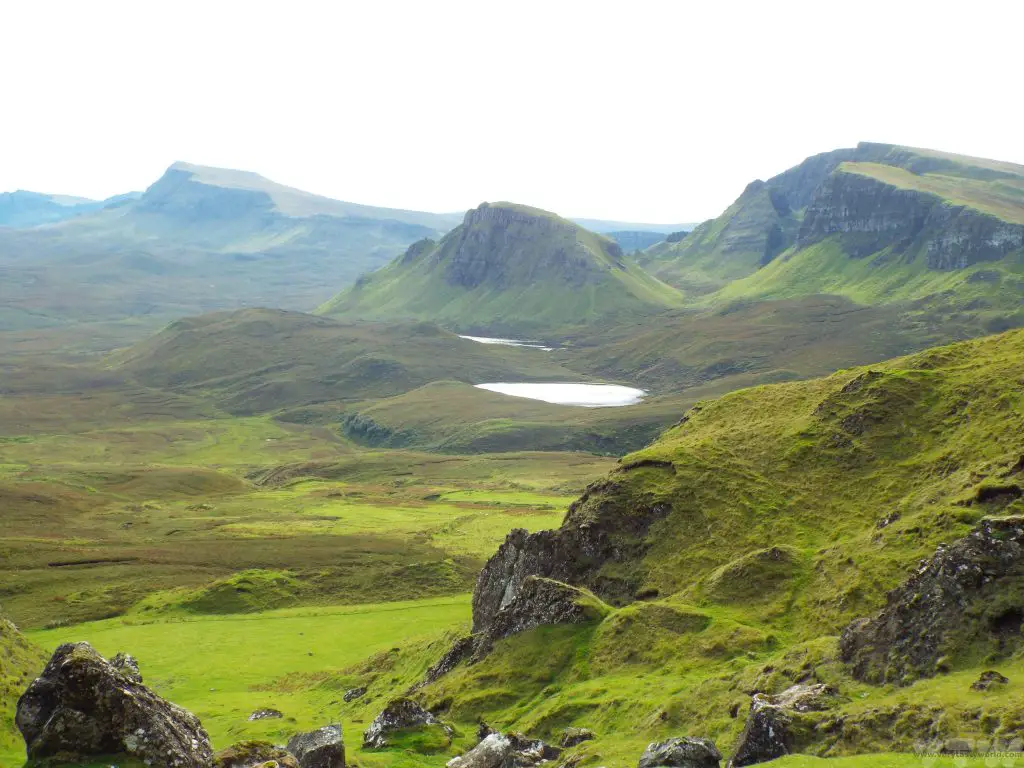
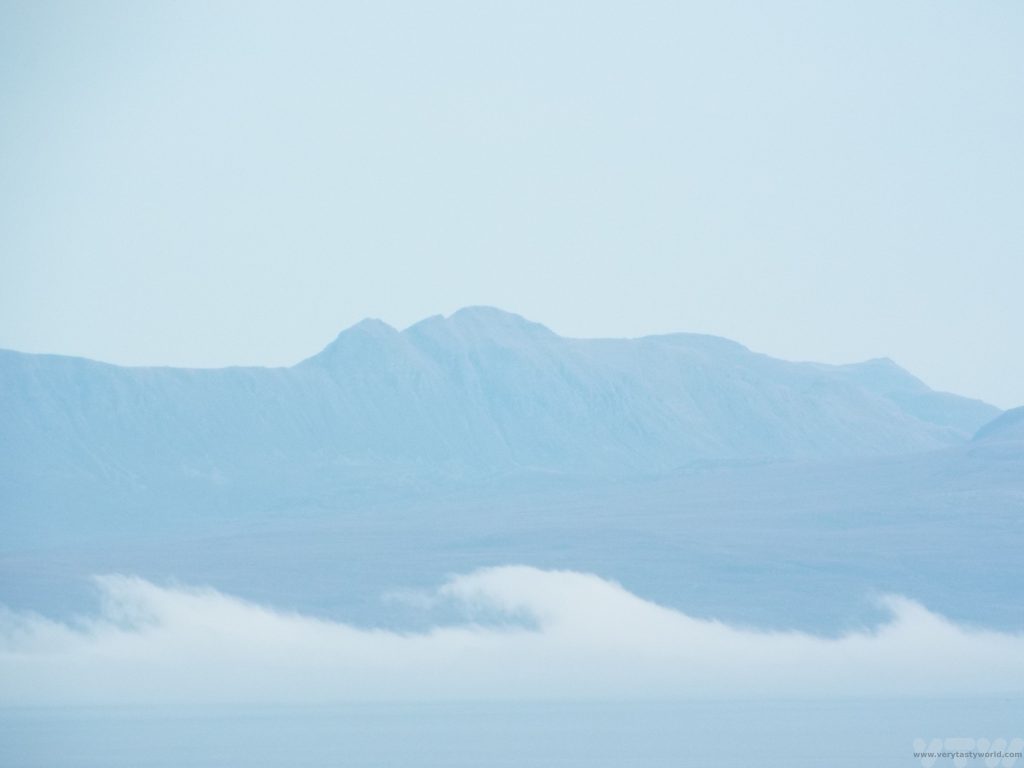
Carrying on over the top of the hill from the Quairang takes you to Uig, which has a pleasant harbour and also the Skye Brewery which makes cracking beers. The beers on offer are broad in range but because it was a cold and windy day we opted for two of their darker varieties. (Which, of course, we imbibed later that evening as it was a long-ish drive back to the hotel.)
Skye Tarasgeir beer has a wonderfully complex flavour and you can really taste the peat on the malts. It’s light on the palate initially but the flavour develops and lingers on the finish. A fine quaffable beer.
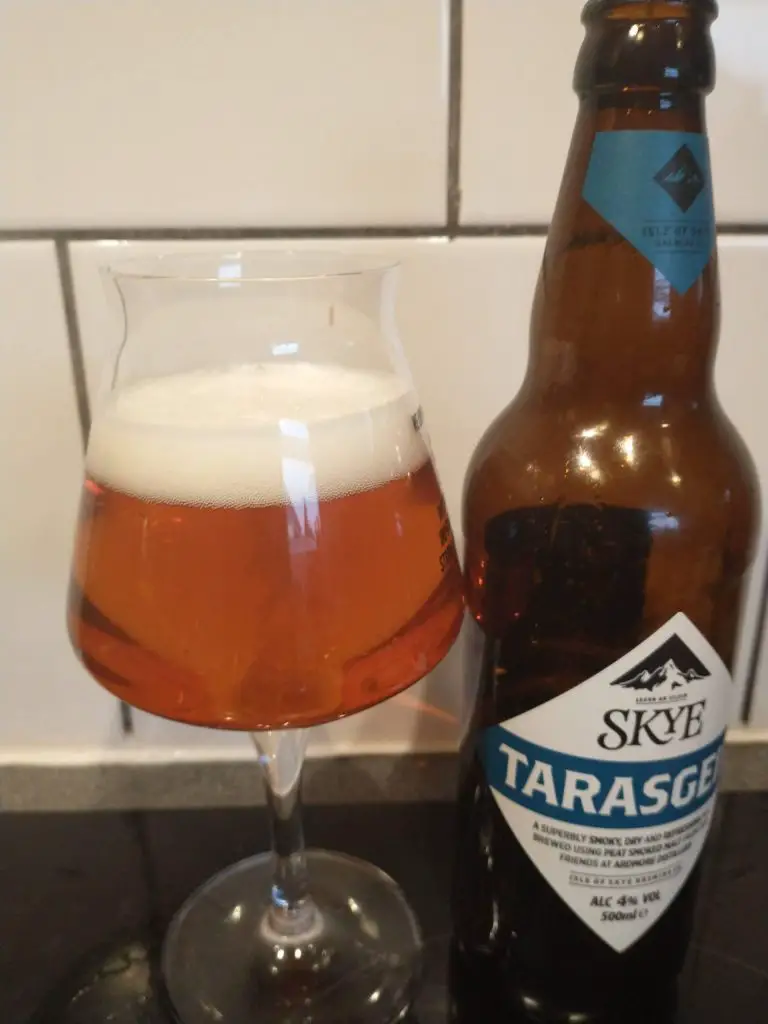
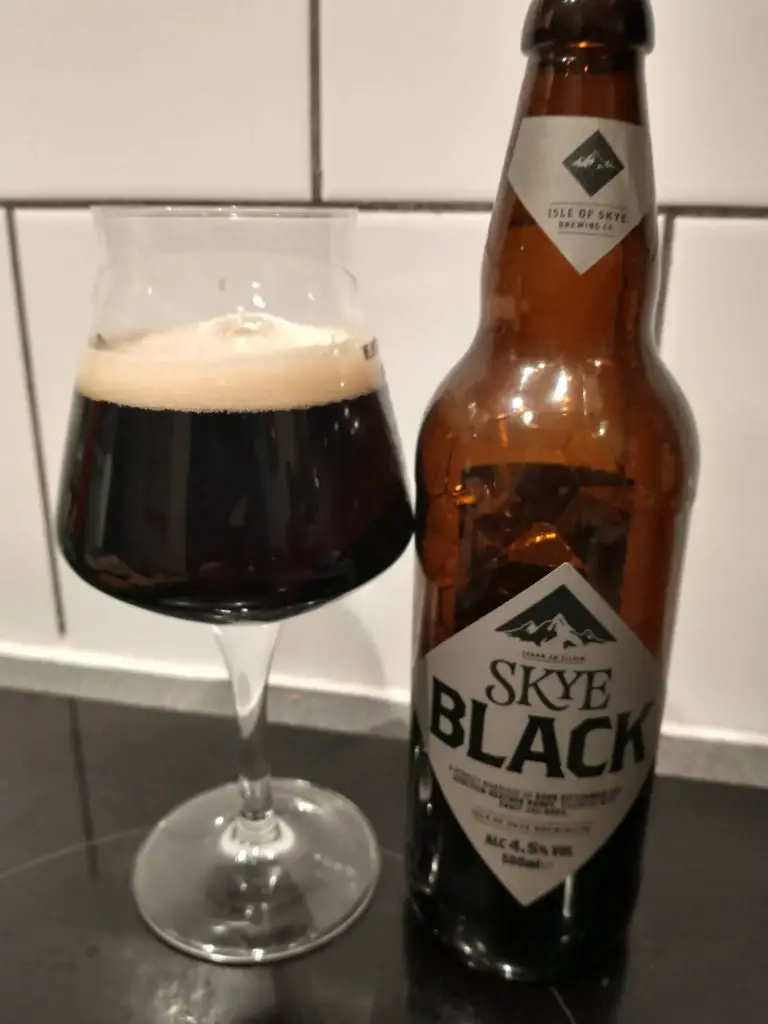
As expected, Skye Black is a very dark. On first taste it feels like a porter. Roasted malts give bitterness but this is tempered by the addition of local heather honey which comes through subtly. It also has rolled oats and hops which add to the flavour to the beer.
Close to Uig is the Fairy Glen, a delightful landscape.
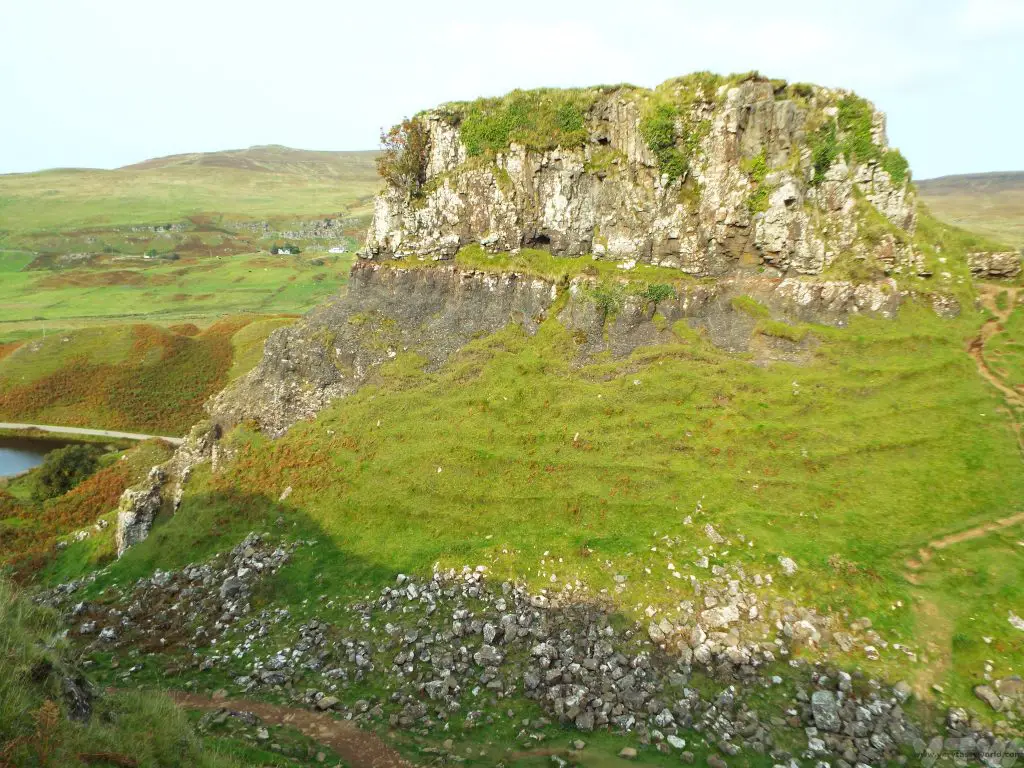
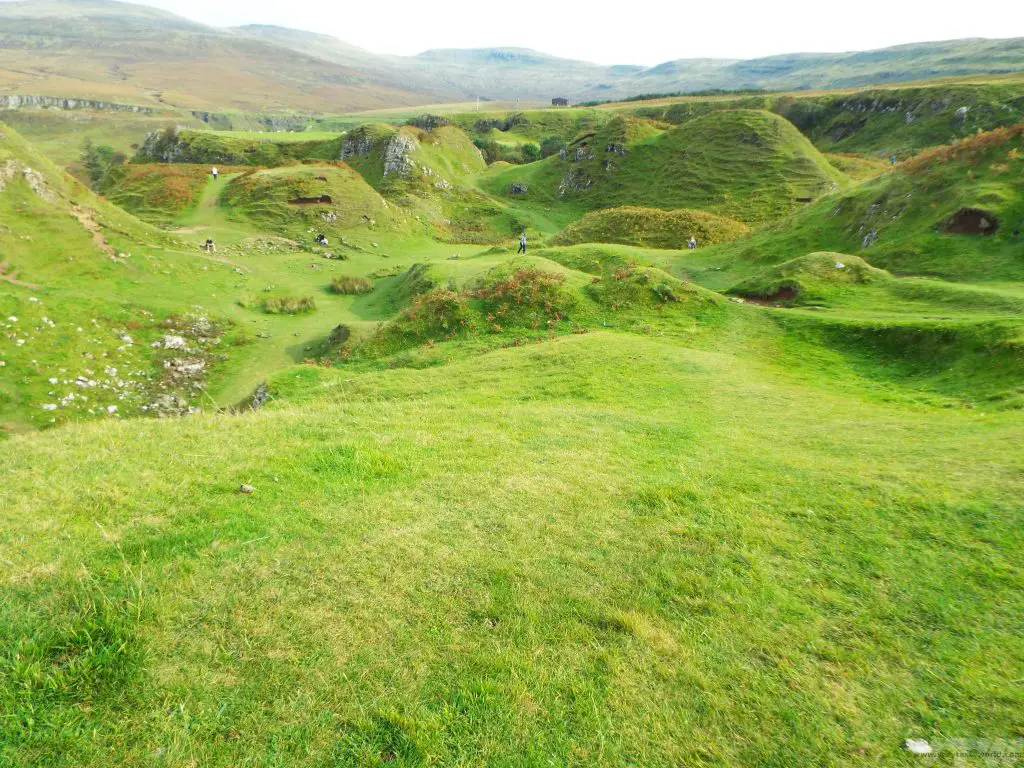
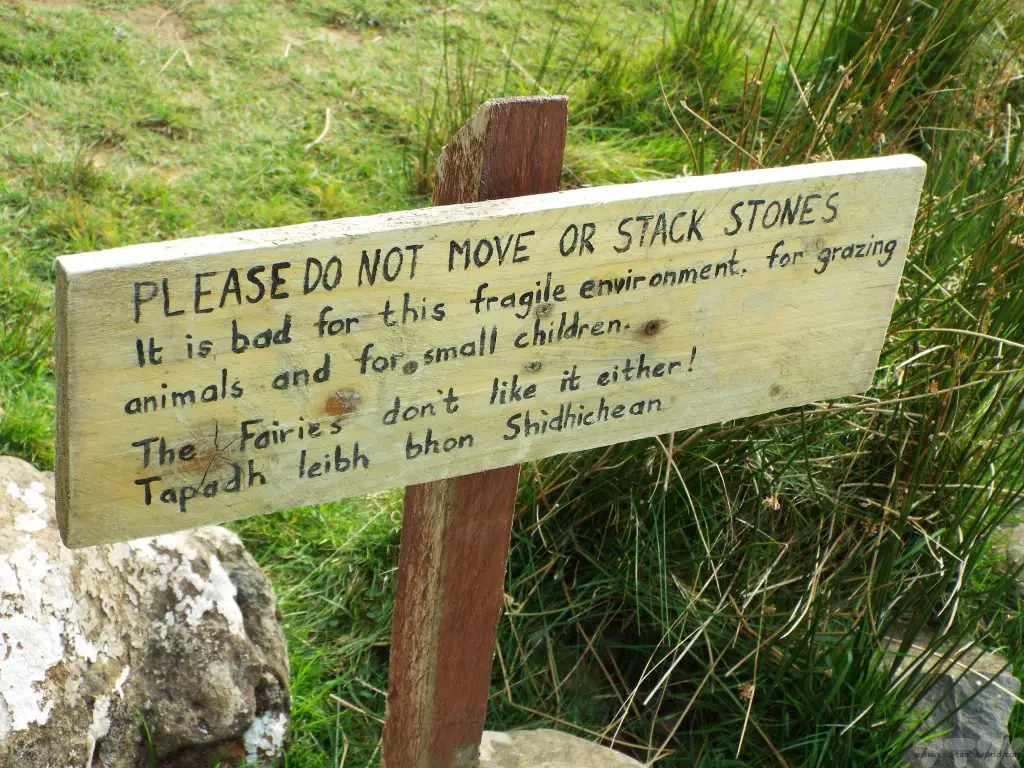
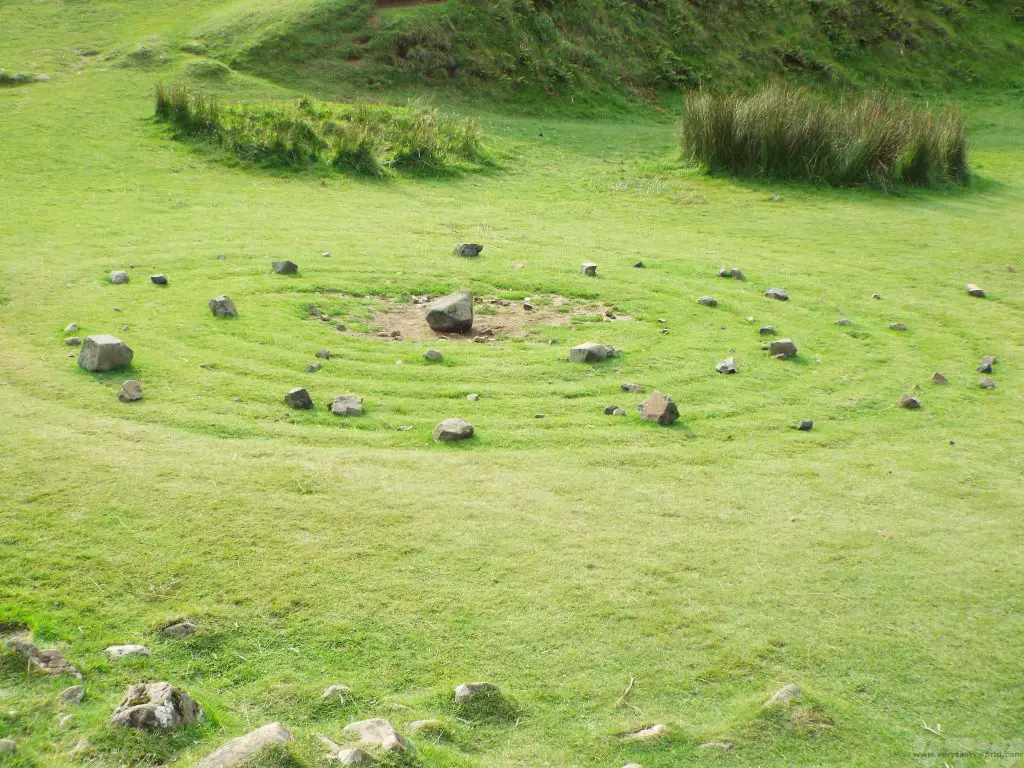
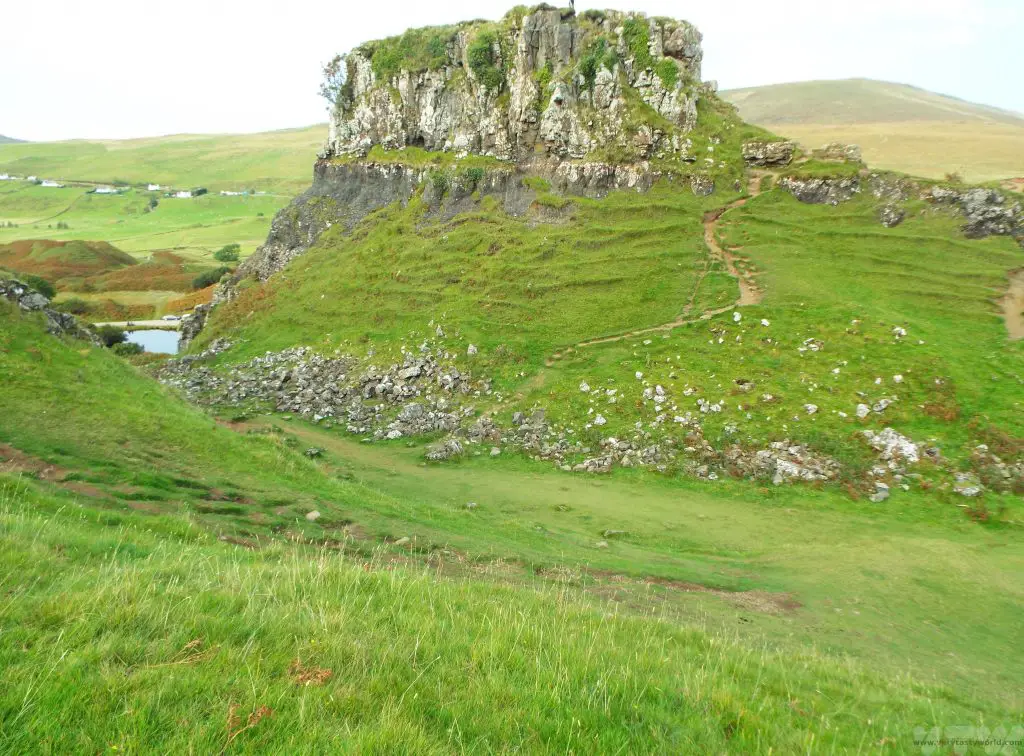
Neist Point is a remote lighthouse located on a peninsular and again offers spectacular and dramatic views. It is possible to walk to the lighthouse (just park with all the other cars along the roadside).
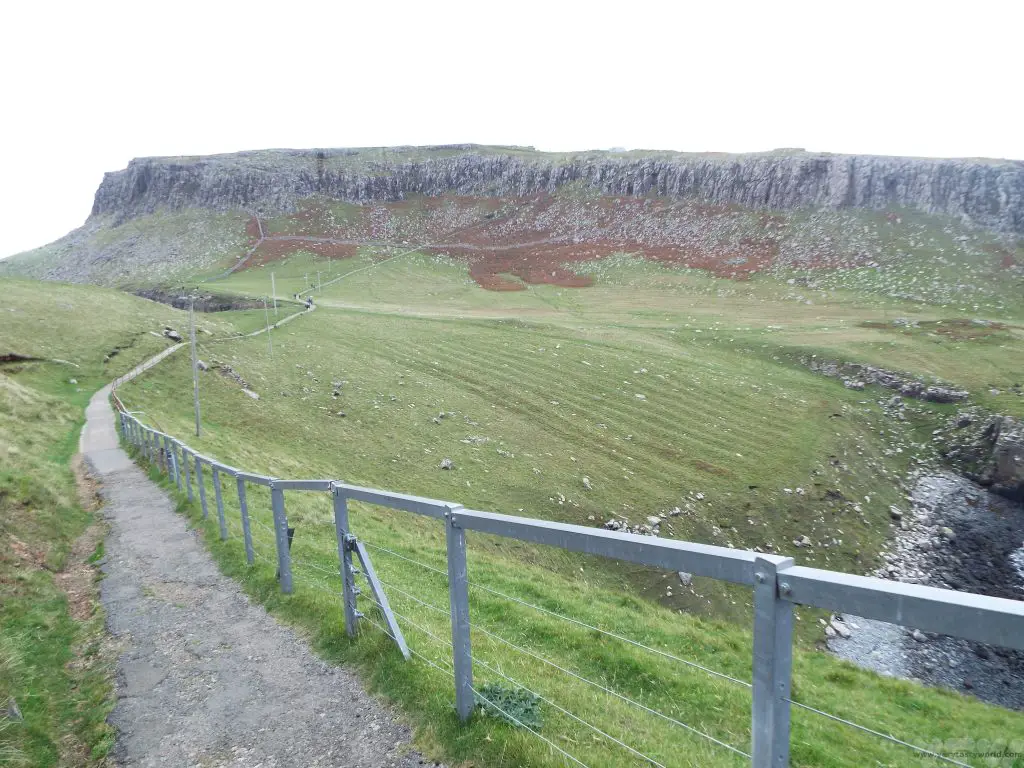
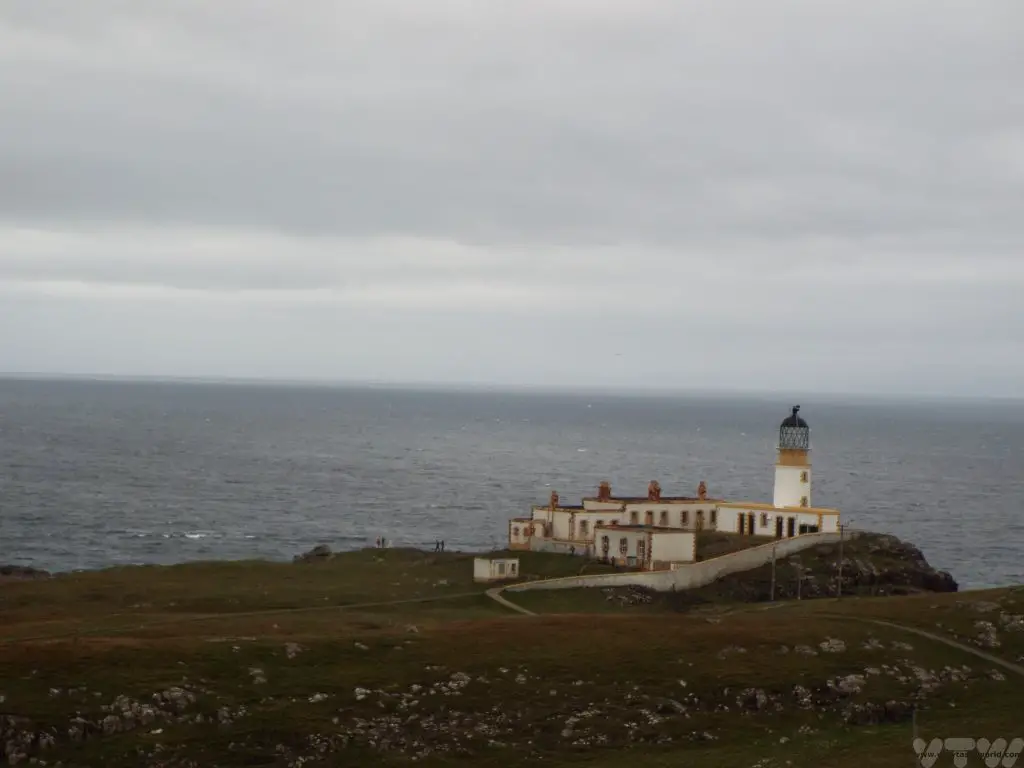
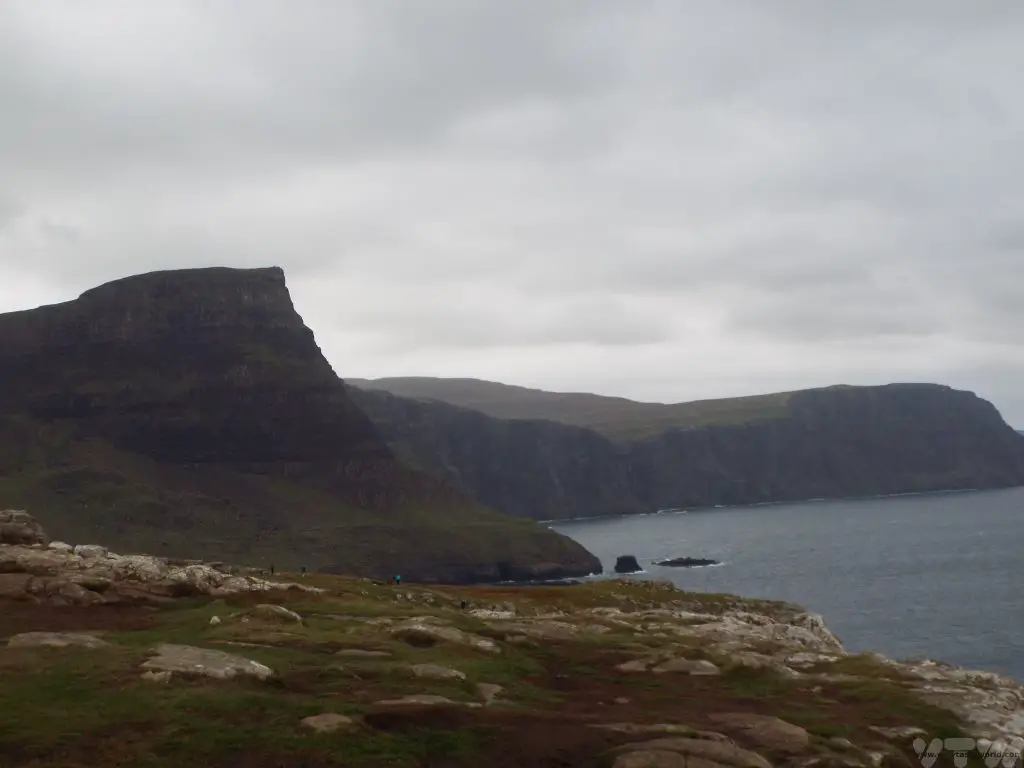
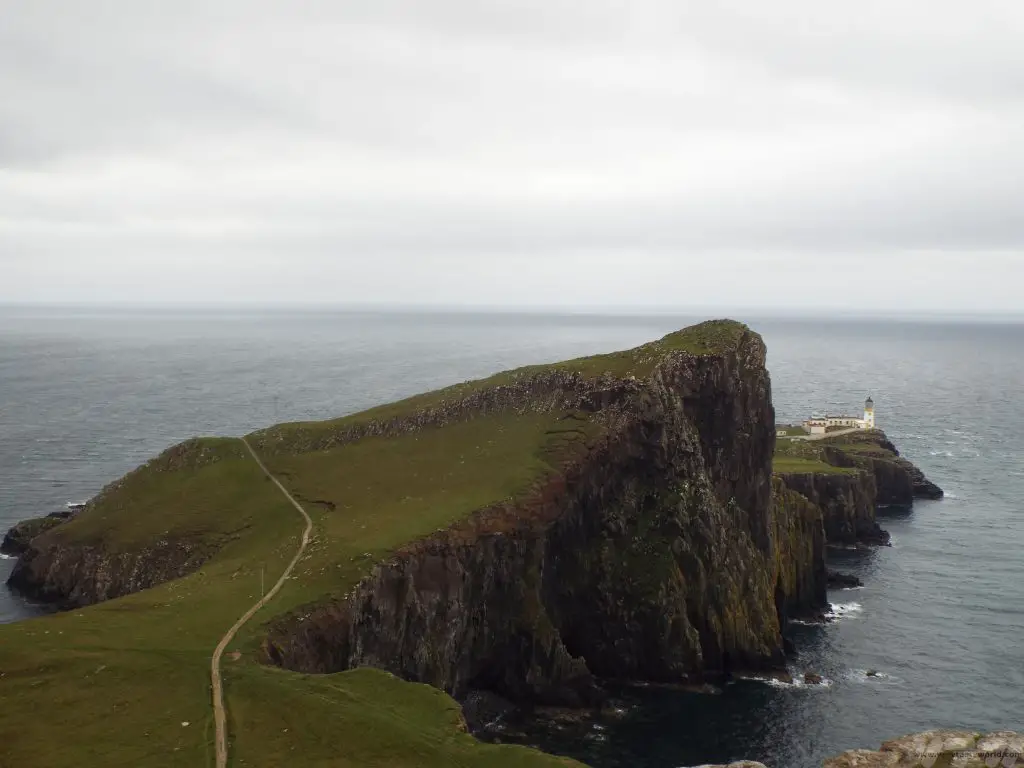
Further south on the western coast, the Talisker Distillery offers tours but can get very busy. It’s the oldest and probably the best known whisky distillery on the island. It’s well worth booking a tour in advance if you’d like to visit. Even the shop had a half hour queue when we turned up.
Leaving the Isle of Skye
On leaving the Isle of Skye and heading back into the Scottish mainland there are some other interesting stop-off points.
We were generally blessed with uncharacteristically good weather for much of our trip to Scotland. Unfortunately on our way back from Skye the rain swept in and, while we went to the Five Sisters of Kintail viewpoint, reputed to be one of the finest views in Scotland, we didn’t experience it at its finest.
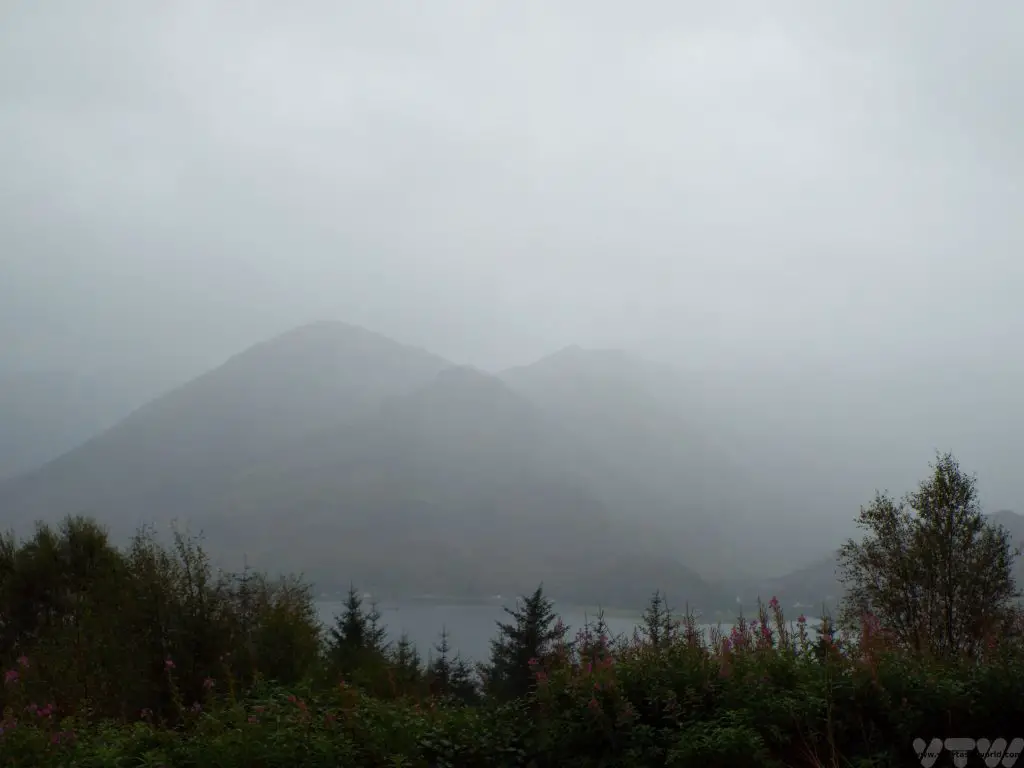
The Glenelg Brochs, Dun Telve and Dun Troddan, are amazing dry stone constructions over 10m tall with a concentric design that provides an outer and an inner wall. They date back to the late Iron Age and are around 2000 years old.
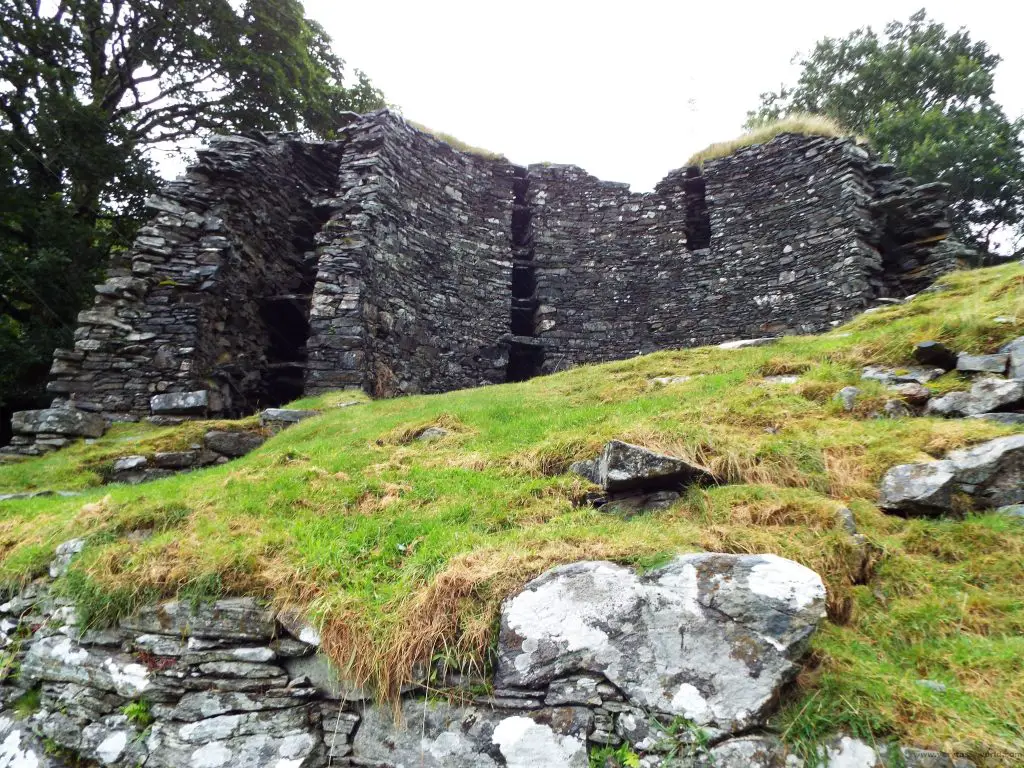
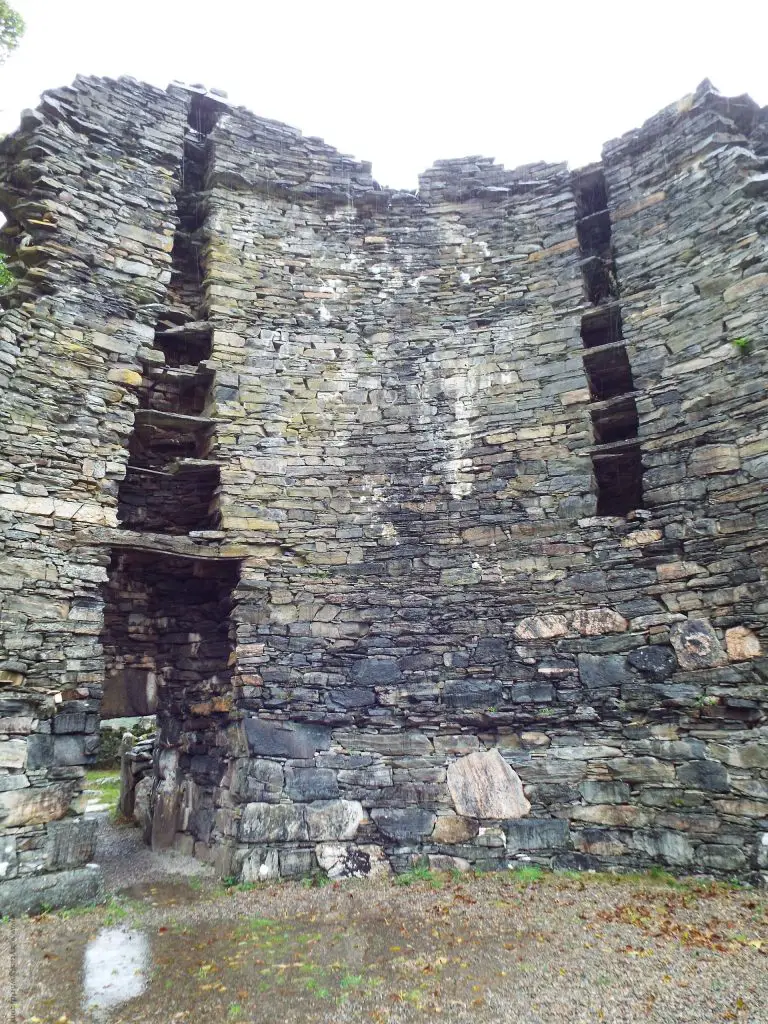
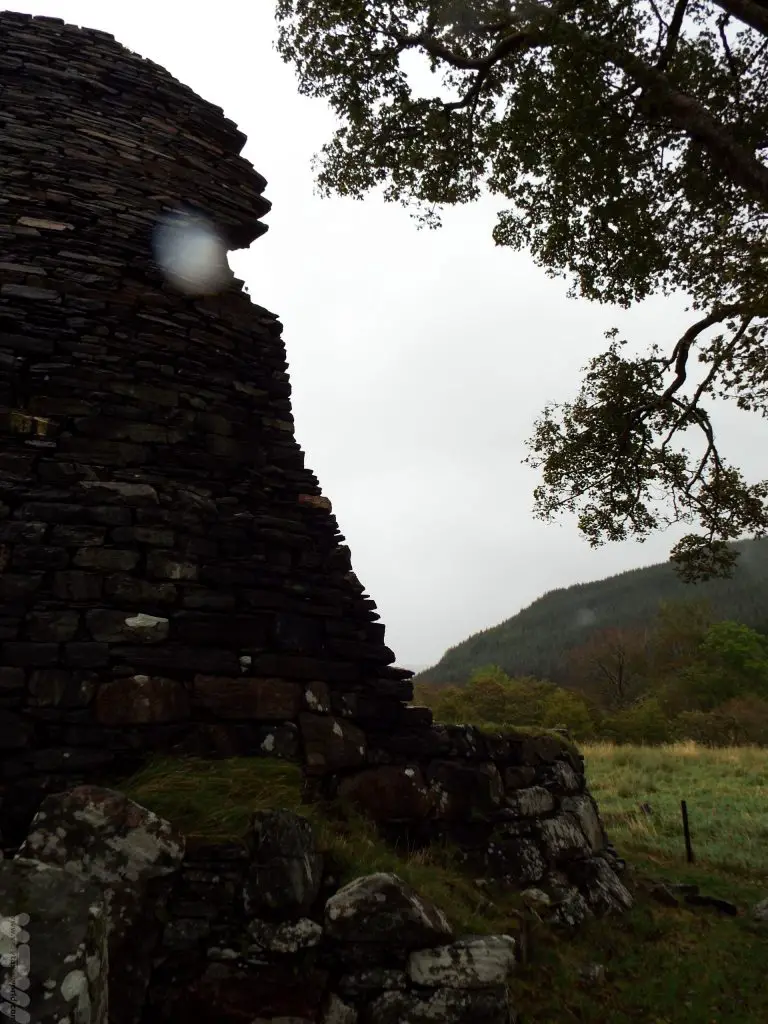
They are something of a cross between and fort and a mightily impressive house. You are free to wander around them.
Incidentally, the little village of Glenelg has probably the coolest twinning on the planet.
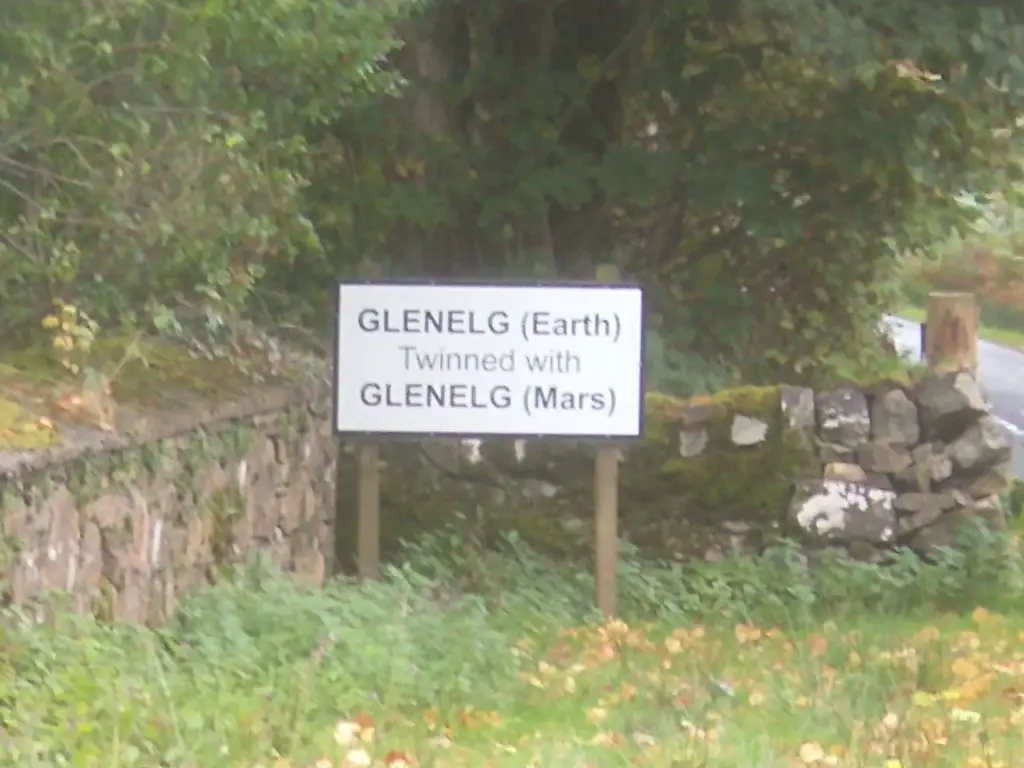
Related Posts You May Enjoy

The Maipo Valley in Chile
You’re the Wine That I Want
Less than an hour’s drive from the bustling capital Santiago is Chilean wine country. The Maipo valley is ideally located for growing vines – a combination of perfect soil, altitude and climate.
Concha y Toro is probably Chile’s most famous wine producer – its wines are exported all over the world. Their working vineyard isn’t available to visit, which is a shame, but just outside the village of Pirque they have a visitors’ centre whereby you can tour the grounds and cellars as well as visit a very big shop. There are tours available in English and Spanish which all have a set starting time.
The vineyard was established in 1883 by Chilean businessman Melchor Concha y Toro who recognised the potential for winemaking in Pirque. He procured French vines from Bordeaux and invested in the equipment needed to start producing wine on a grand scale.
You get to see the exterior of the family house, its gardens and a display areas showing the different grape varieties with commentary on how the grapes are cultivated.
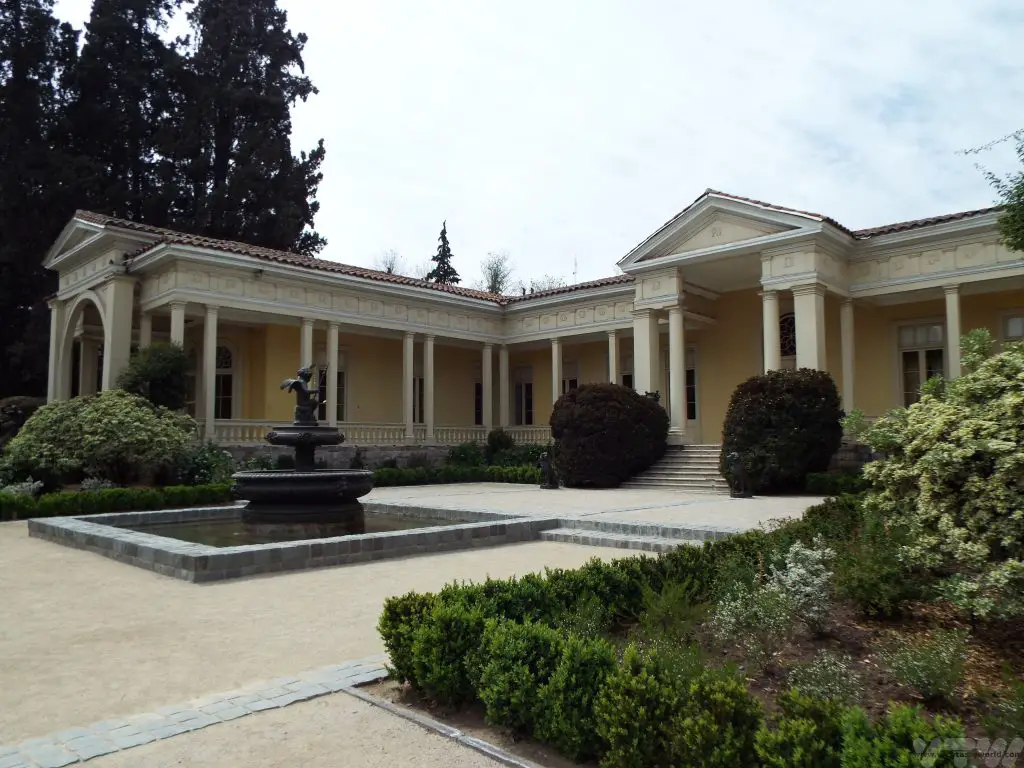
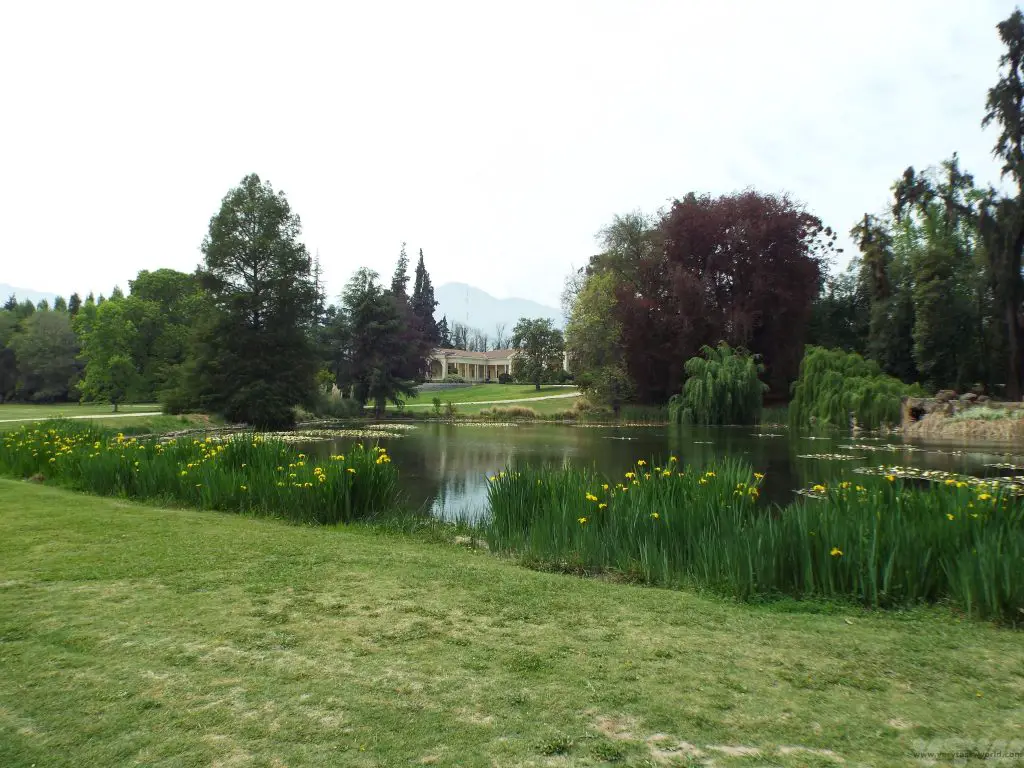
Then it’s into the cool, cool cellars where you can see lots of barrels and a sound and light display.
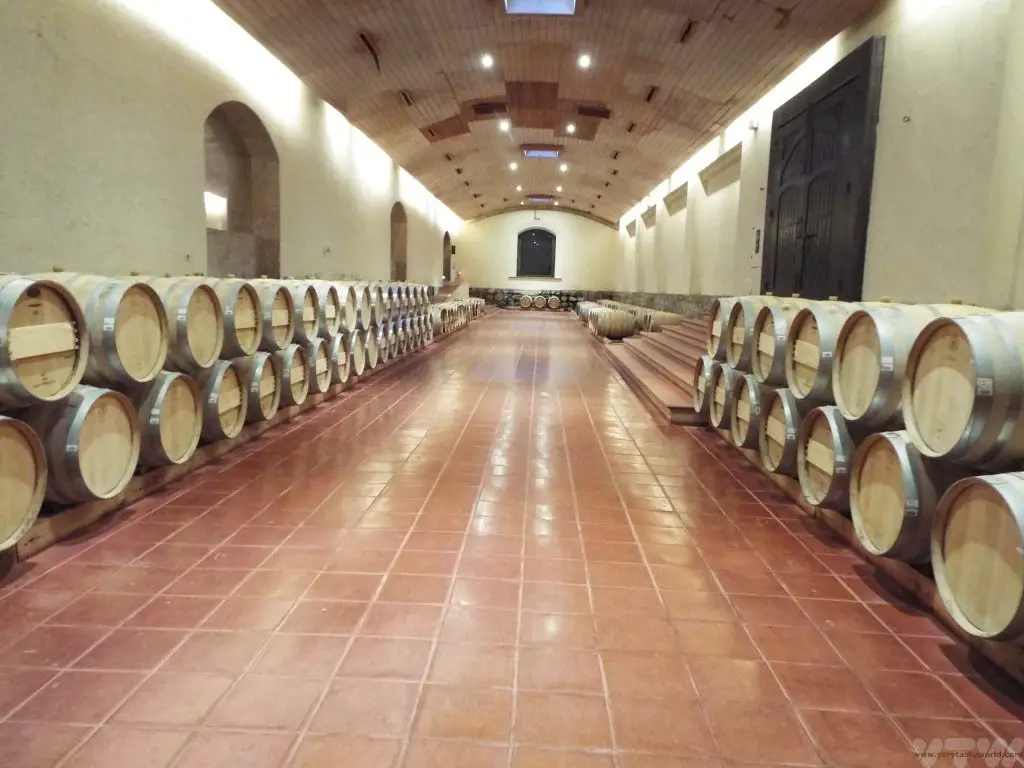
There was a legend that in the early days of the winery, despite the cellars being locked, bottles of wine used to go missing overnight. The owners started a rumour that the devil lurked within the cellars. And since that rumour circulated, not a single bottle of wine ever went missing again.
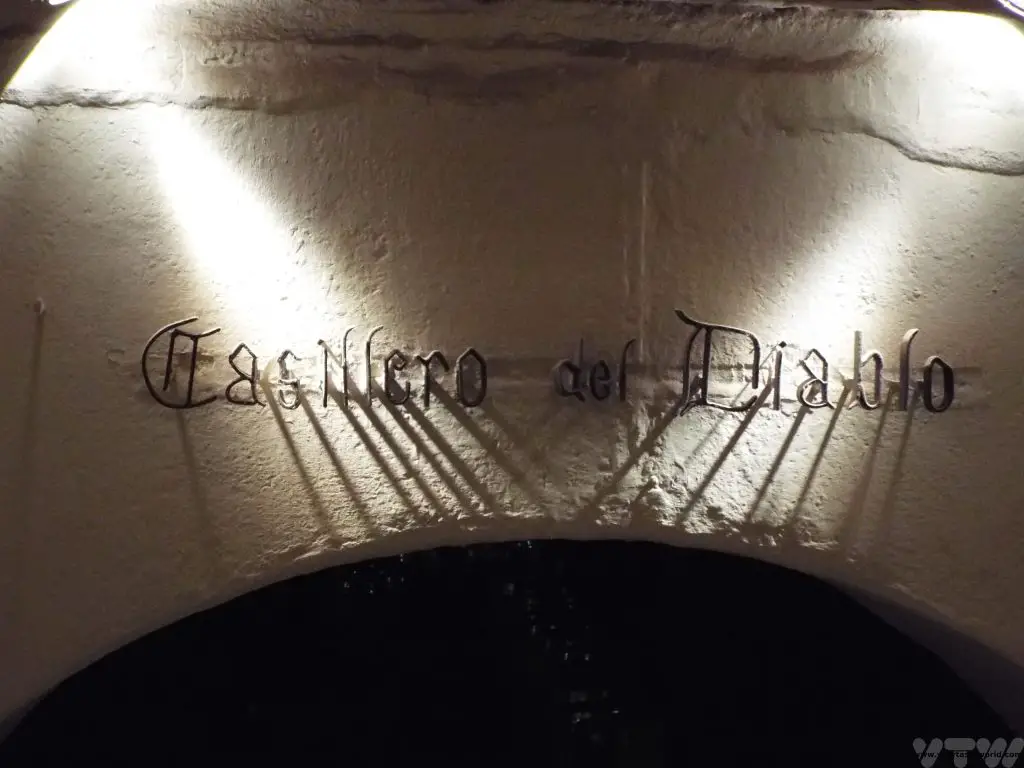
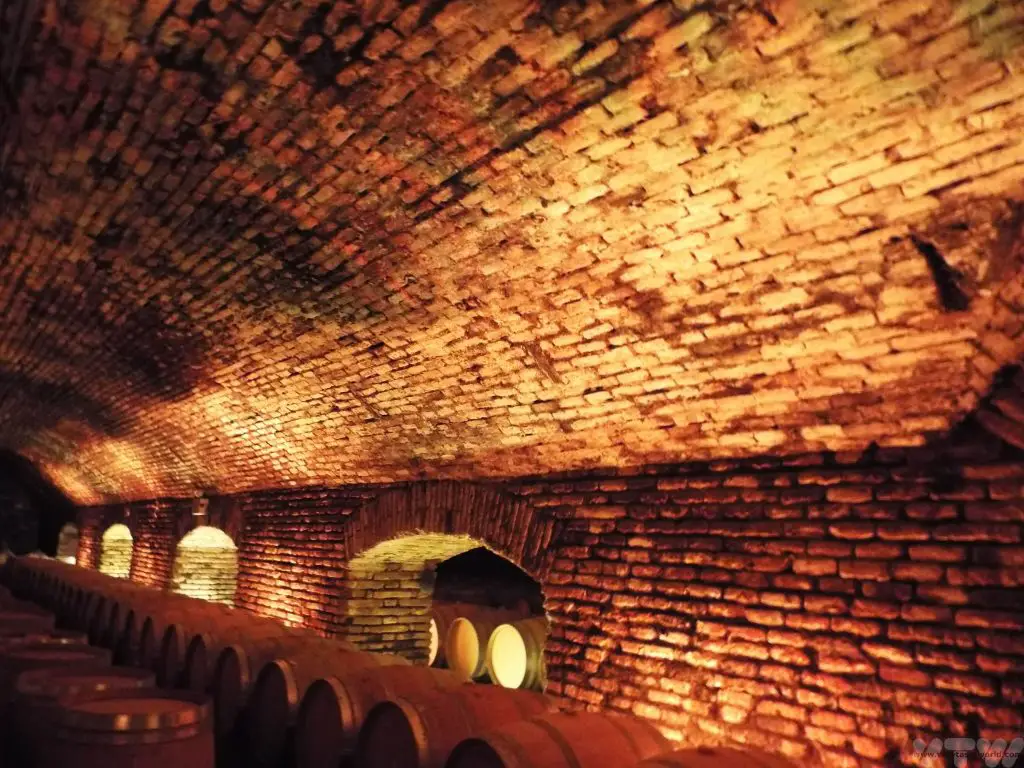
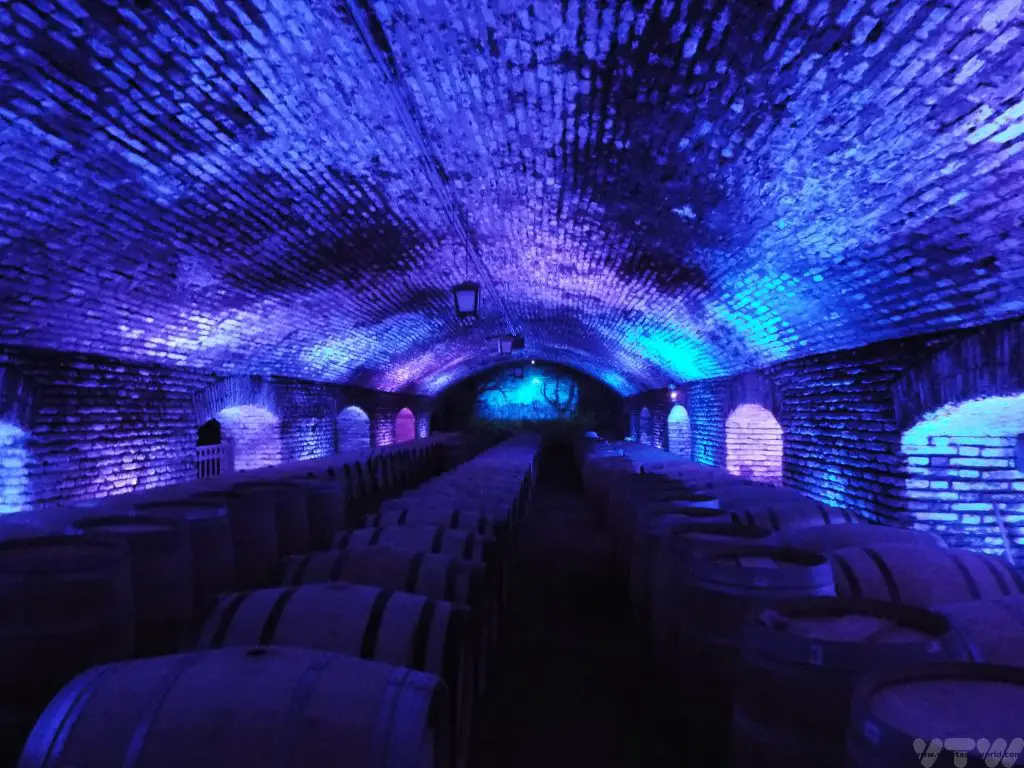
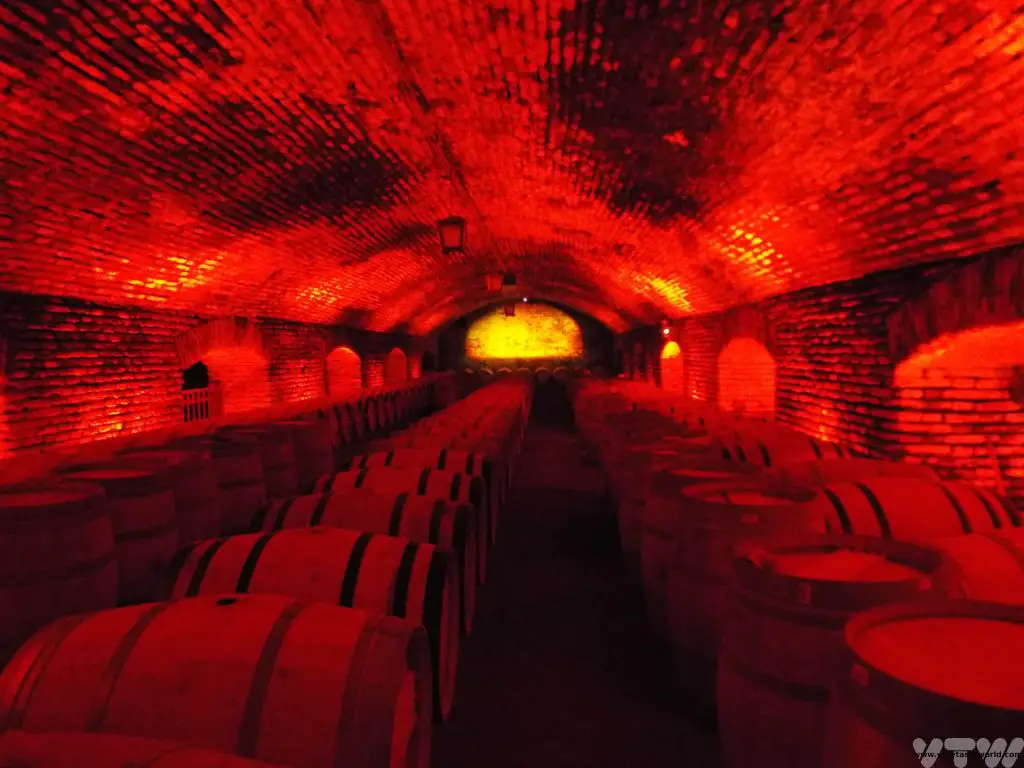
Maipo Valley Wine Tasting
You are given a tasting glass which you can keep. (If you are travelling to other destinations, stuff a t-shirt inside the bowl, wrap it around the whole glass, taking special care to protect the slender stem, place the whole lot gently back into its souvenir box and hope for the best – both of our glasses survived a further fortnight travelling around South America.) And receiving a glass means you get to taste a variety of the winery’s produce.
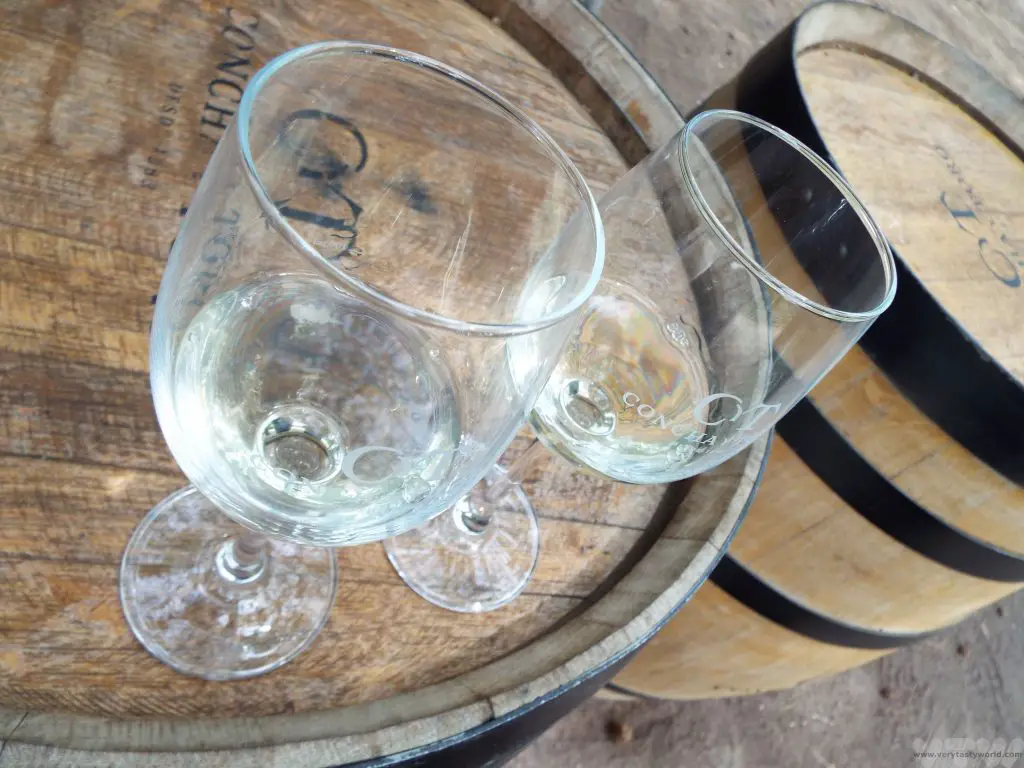
Originally grape varieties were brought over to the Maipo Valley from Europe (Bordeaux) and these included Cabernet Sauvignon, Sauvignon Blanc, Semillon, Merlot and Carménère. The latter is very rare in Europe these days, having been pretty much destroyed by the dreaded phylloxera, a sap-sucking bug. So Chile is now the Carménère capital of the world. It’s a variety that we had never tried before. The wine we tasted was incredibly fruity, like raspberries and cherries with sour notes and a lingering finish.
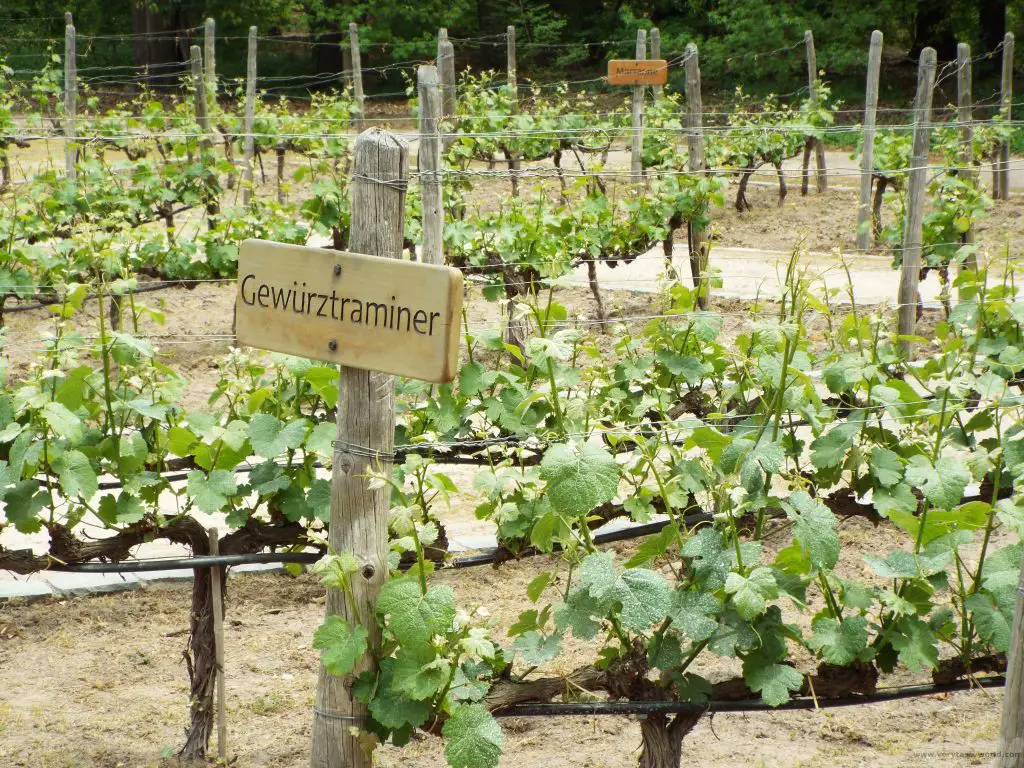
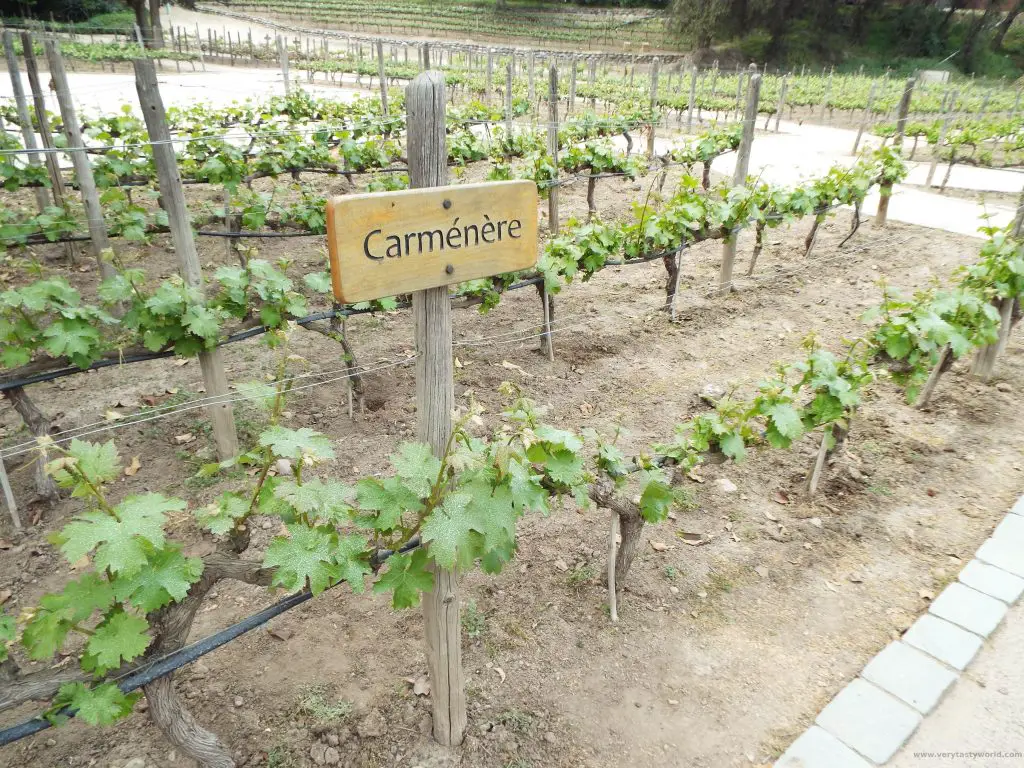
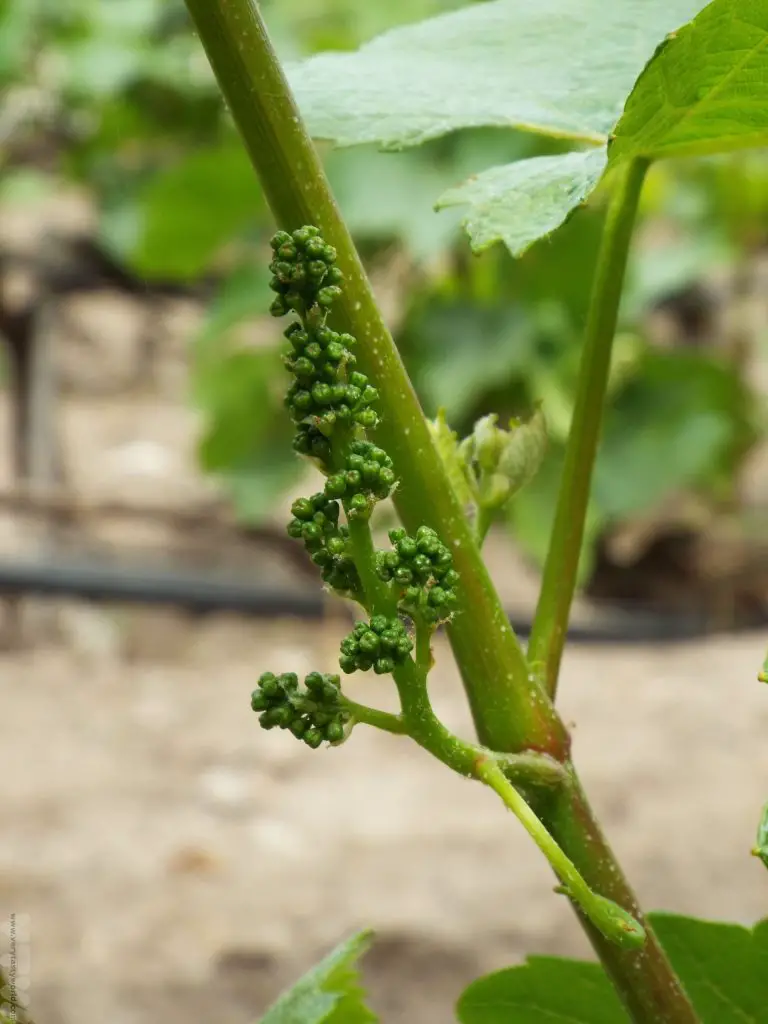
As with all the grape varieties the vines are watered using only a teeny amount of water. Literally a few drops per day. This means that the plants work extra hard to produce fruit which leads to a higher yield and, of course, more wine.
The Maipo Valley wines on offer for tasting included a smooth blackcurranty Cabernet Sauvignon, a mellow Carménère and a zingy Sauvignon Blanc.
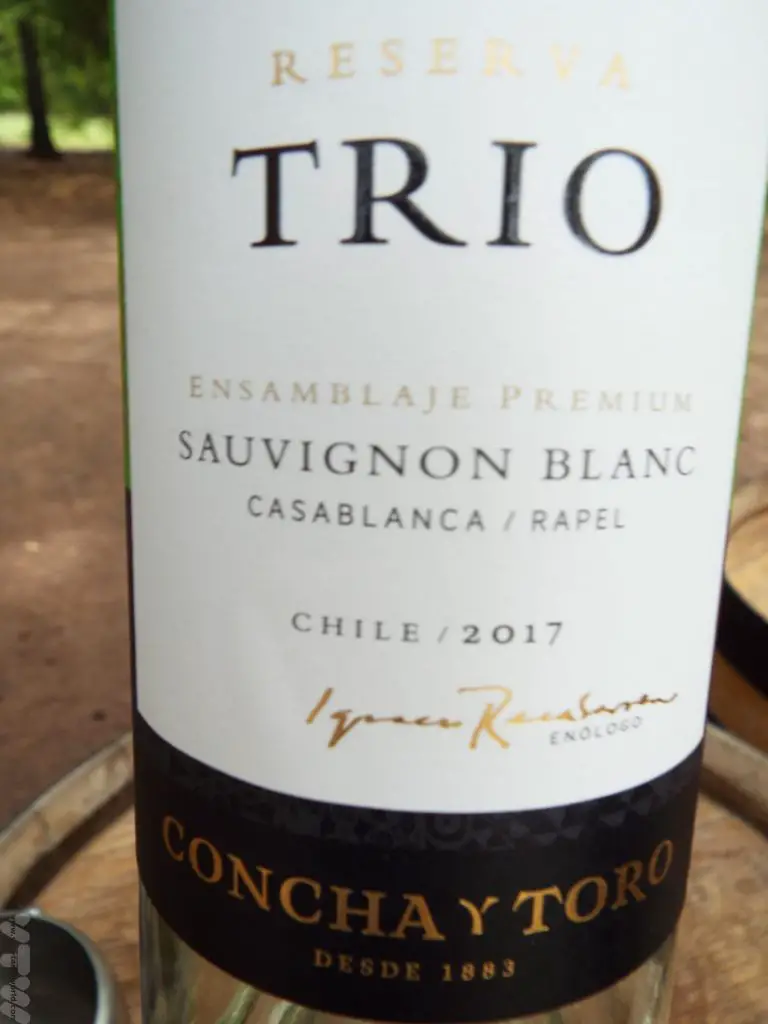
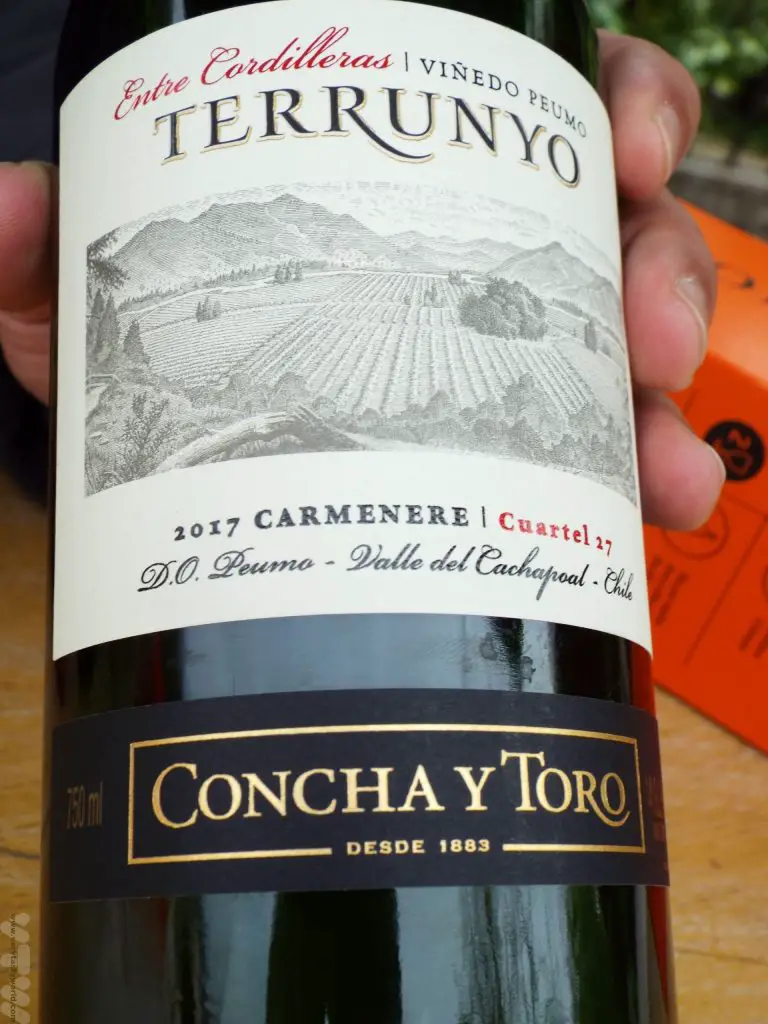
We took full advantage of being in Chile to sample the local wine – it was massively cheaper than in the UK. Even visiting ordinary supermarkets to stock up on a tipple was definitely worthwhile – we could taste some really splendid wines for a fraction of the price that it would have cost in our home country. (We recommend packing a travel corkscrew.)
Related Posts You May Enjoy

- Best Time To Visit Machu Picchu 2024 Update
- A 2 Week Patagonia Itinerary
- Day of the Dead in Campeche
- A Galapagos Land Based Itinerary
- RECIPE: How to Make Costa Rica’s Gallo Pinto
- A Tasty Puebla Food Tour
- Costa Rica Wildlife Sanctuary – Caño Negro
- Visit Torres del Paine National Park in Patagonia
- Atacama Desert Itinerary
